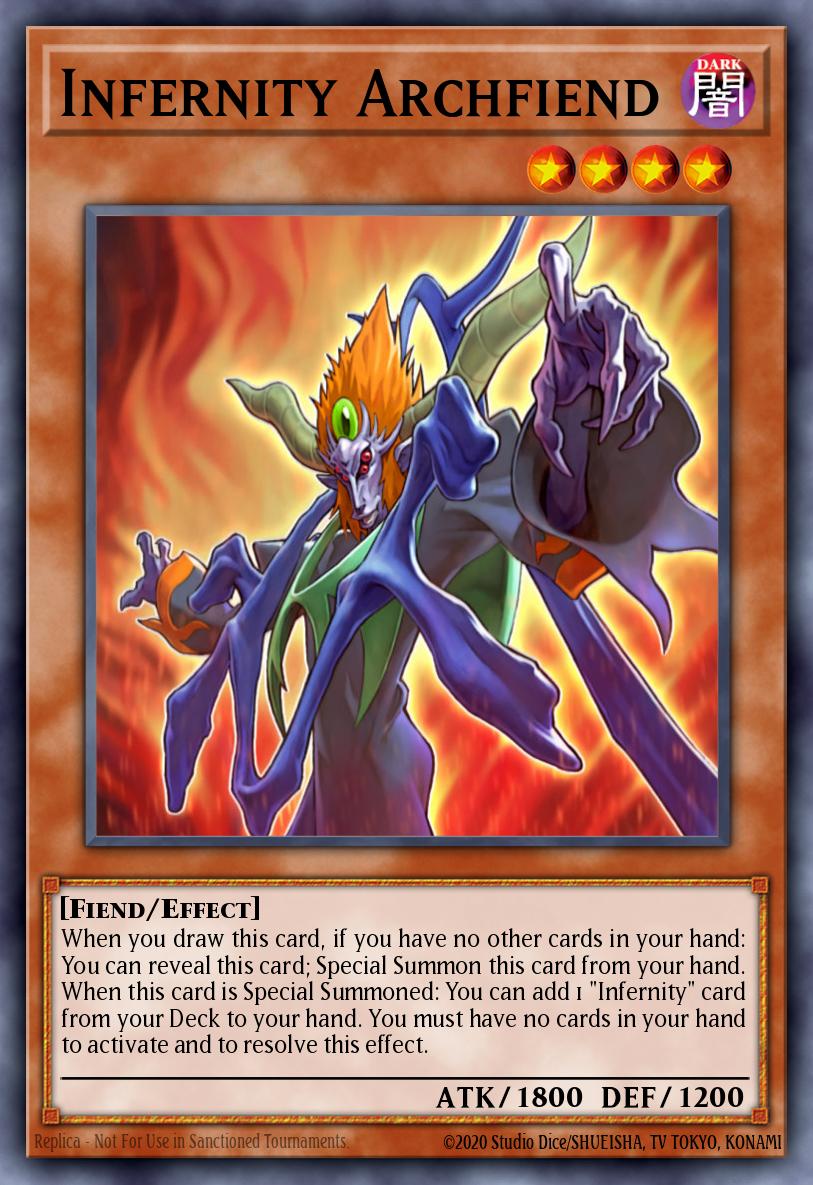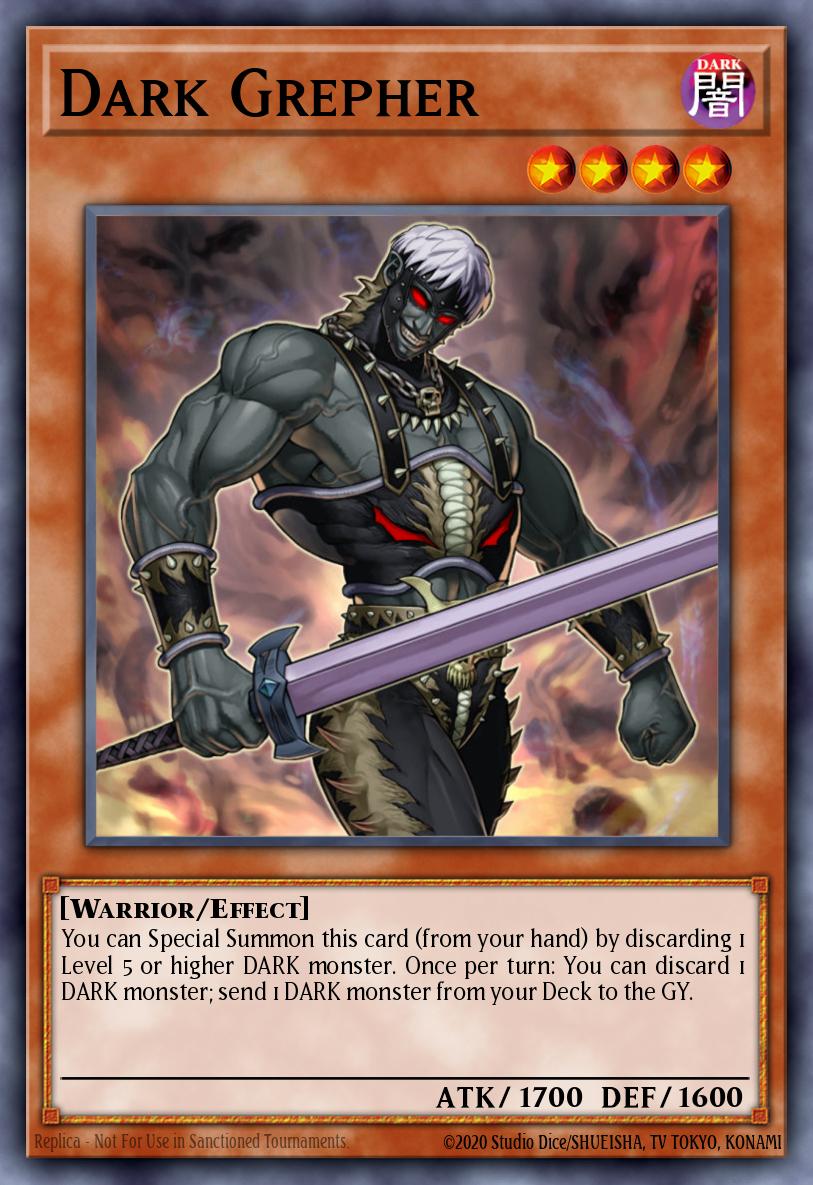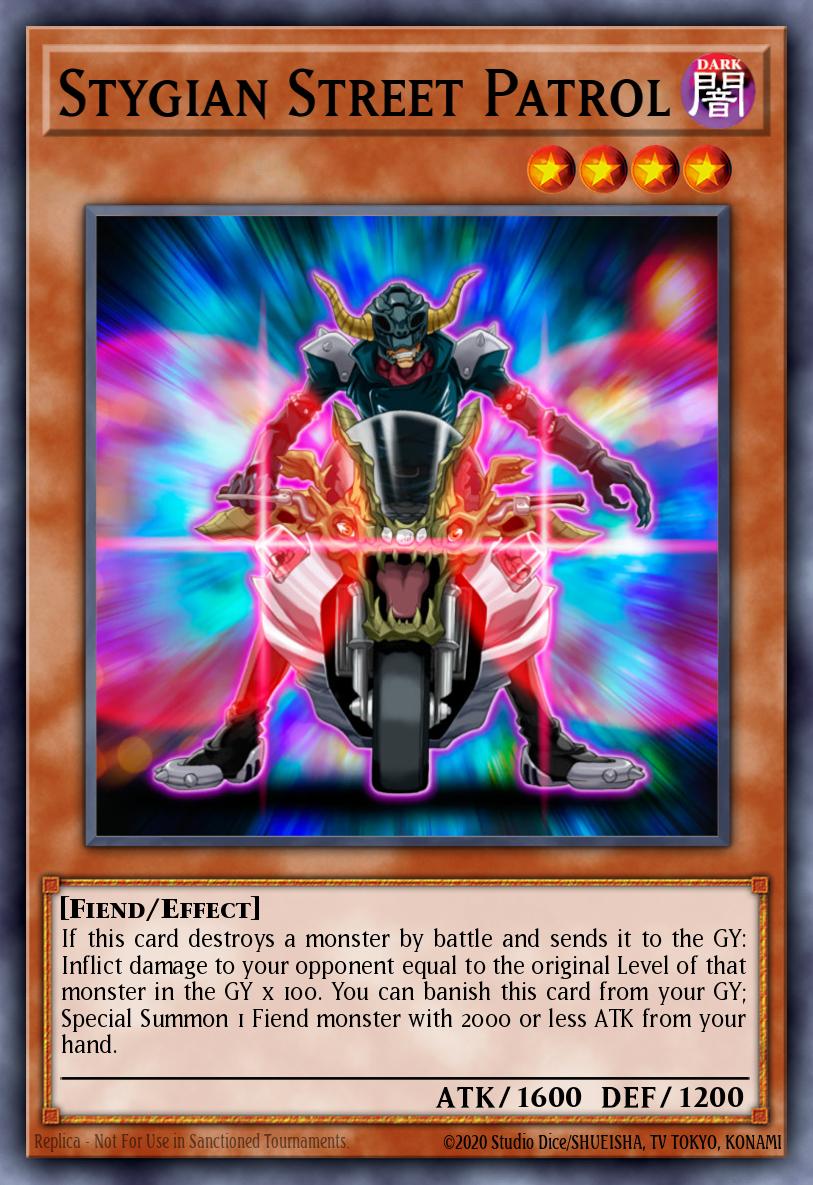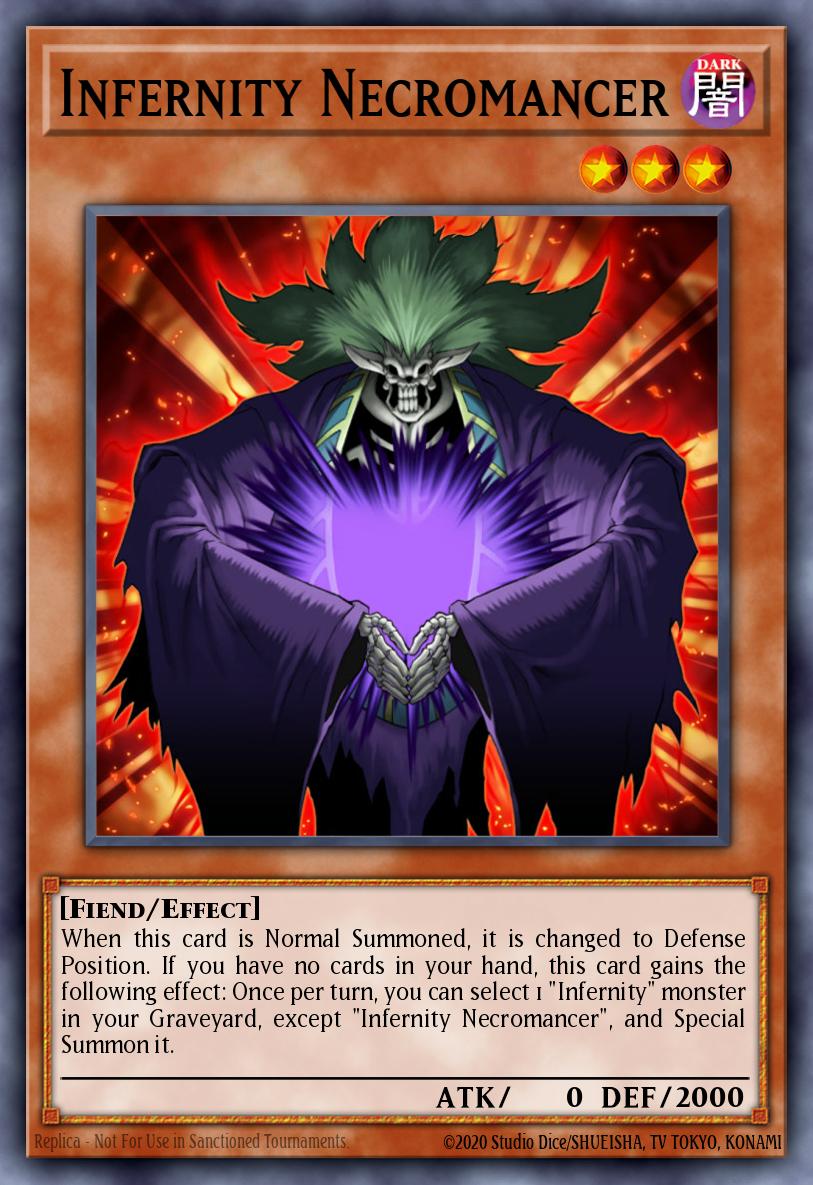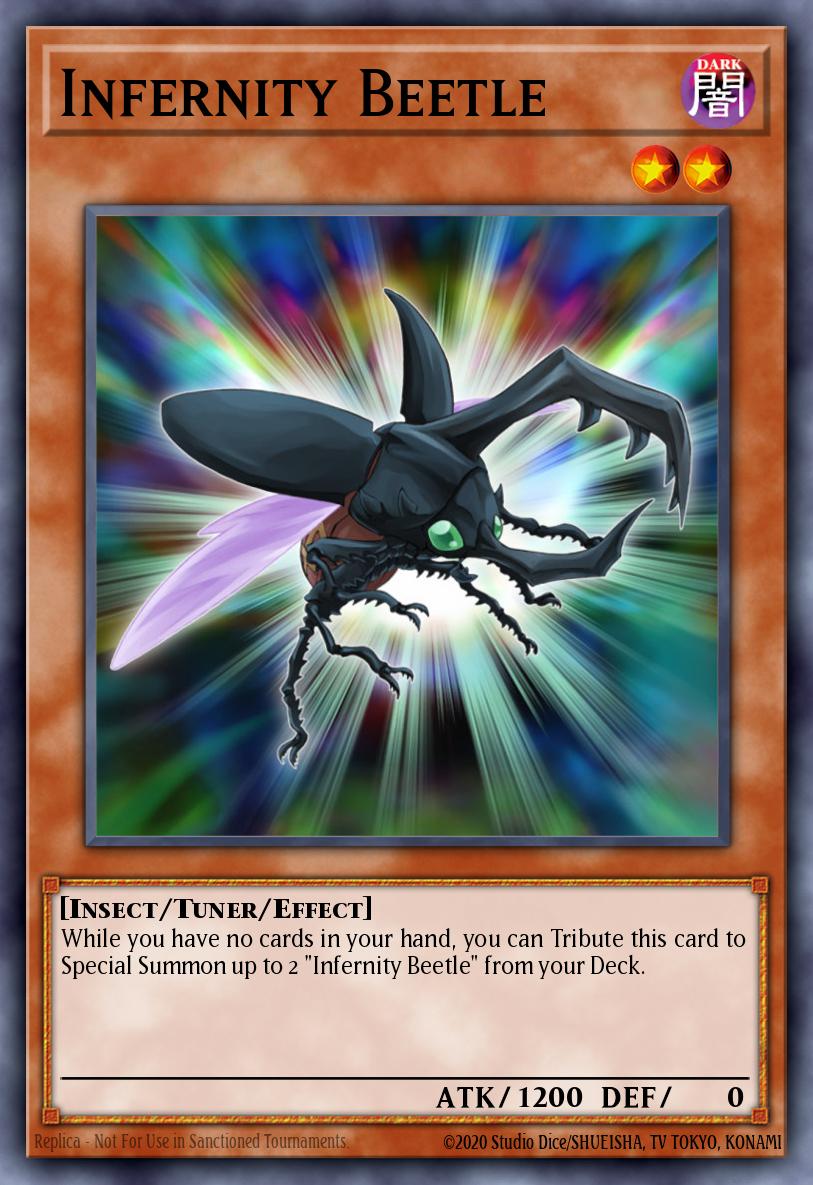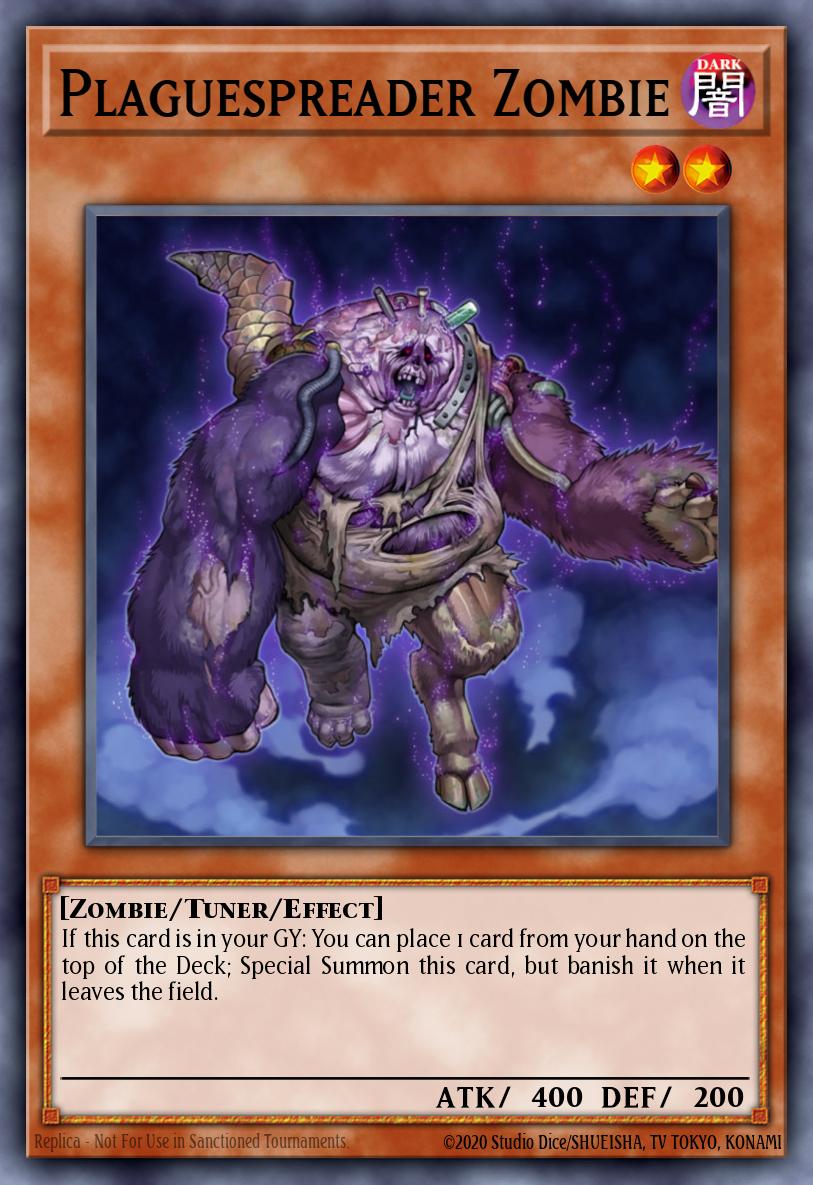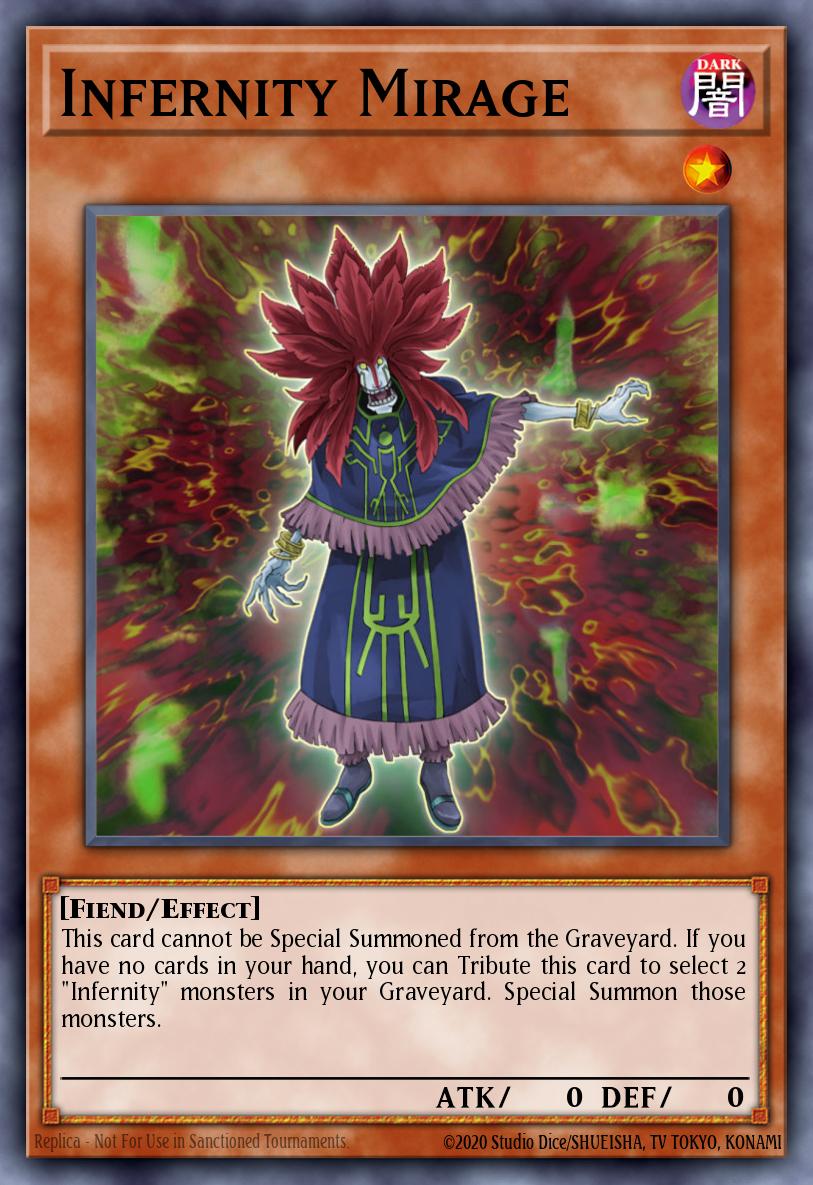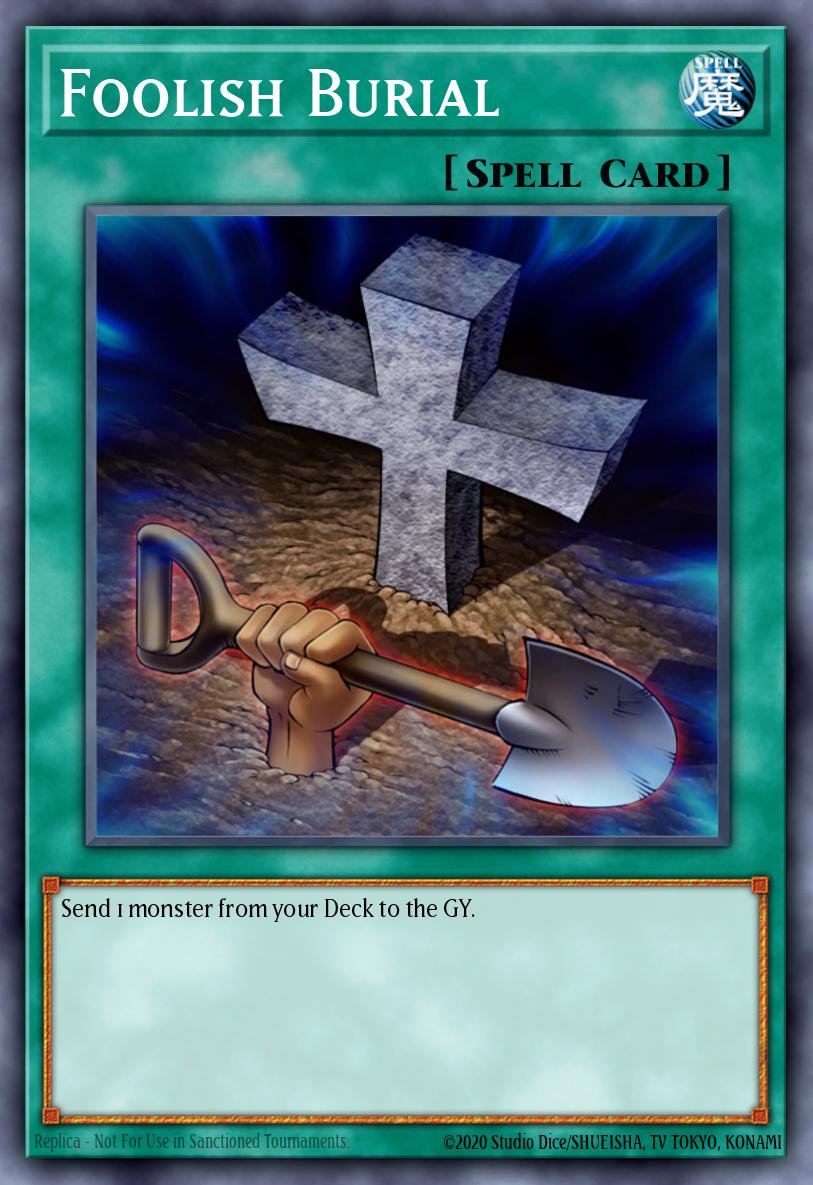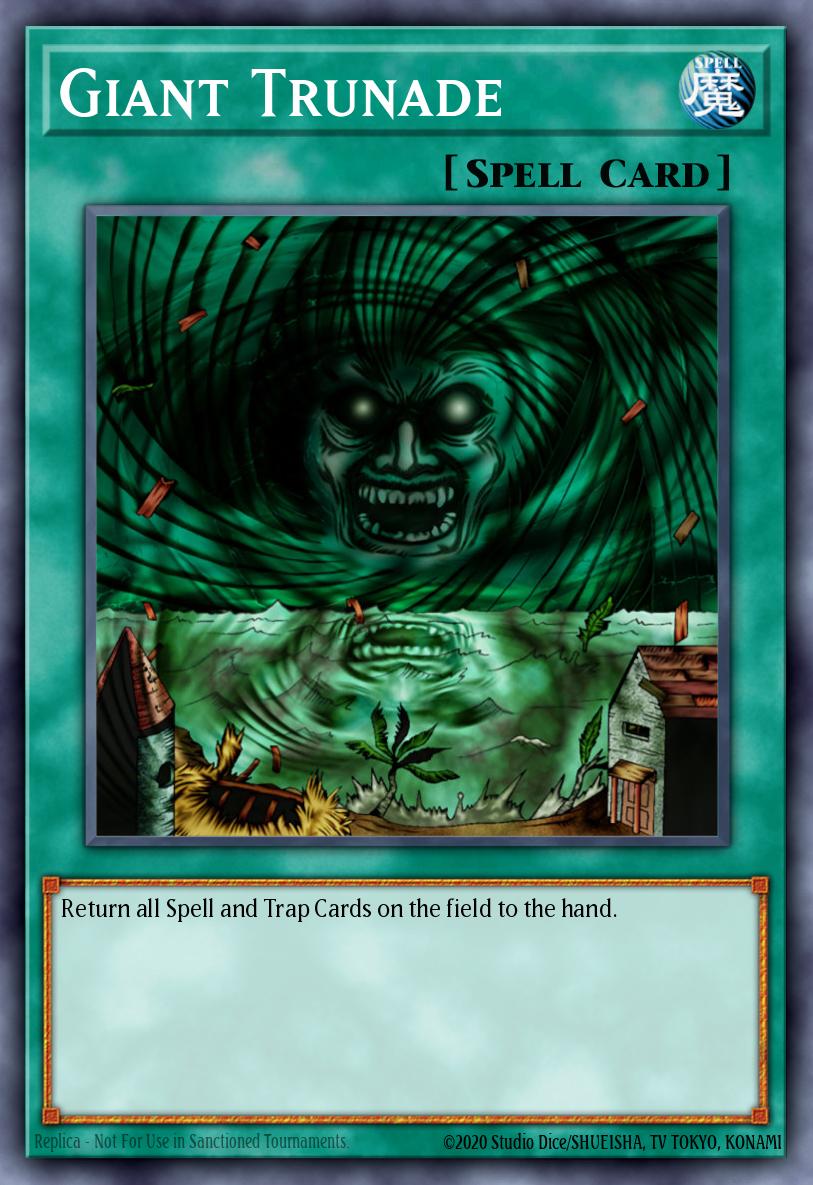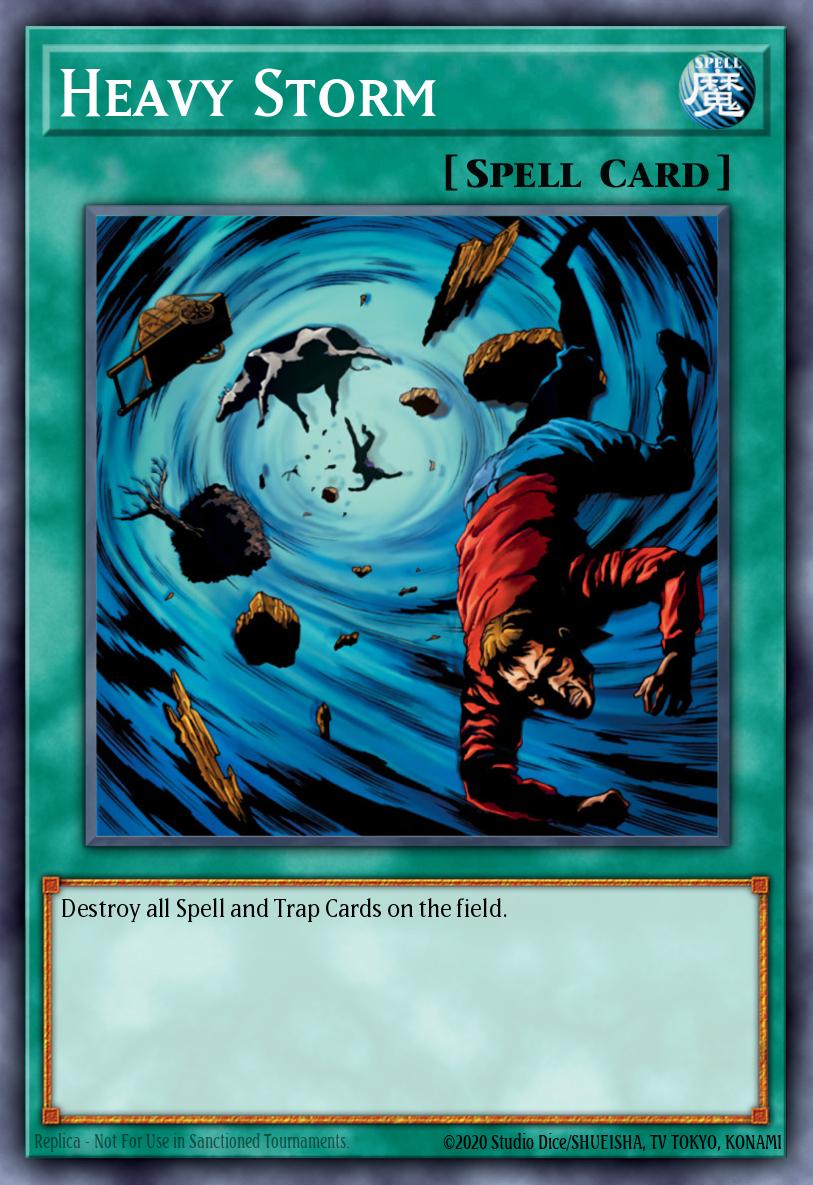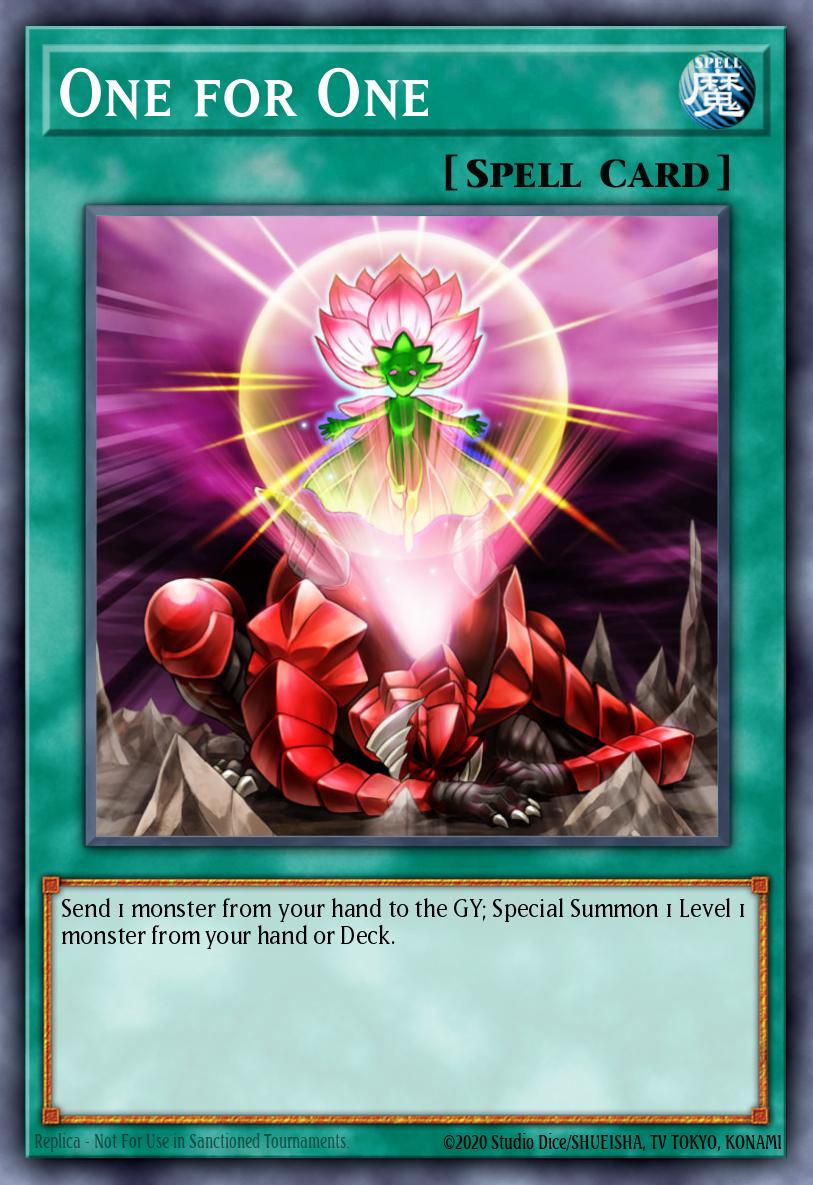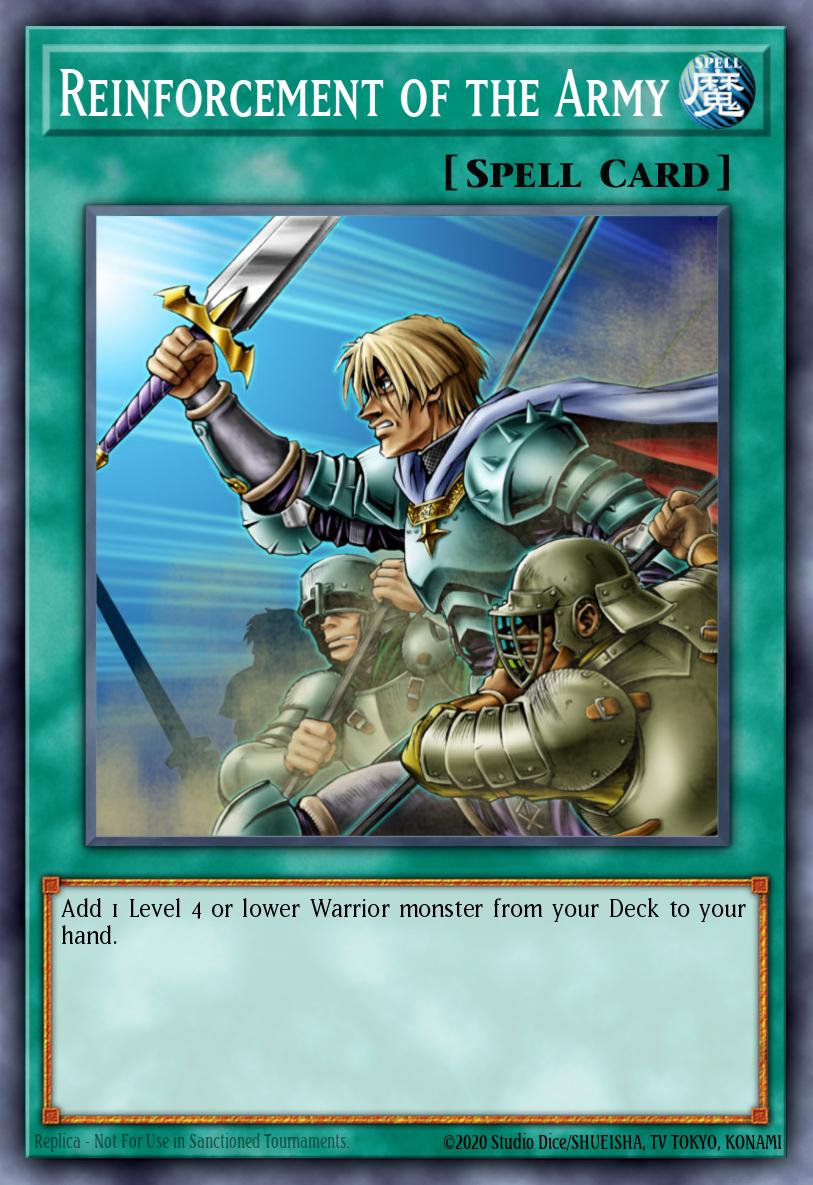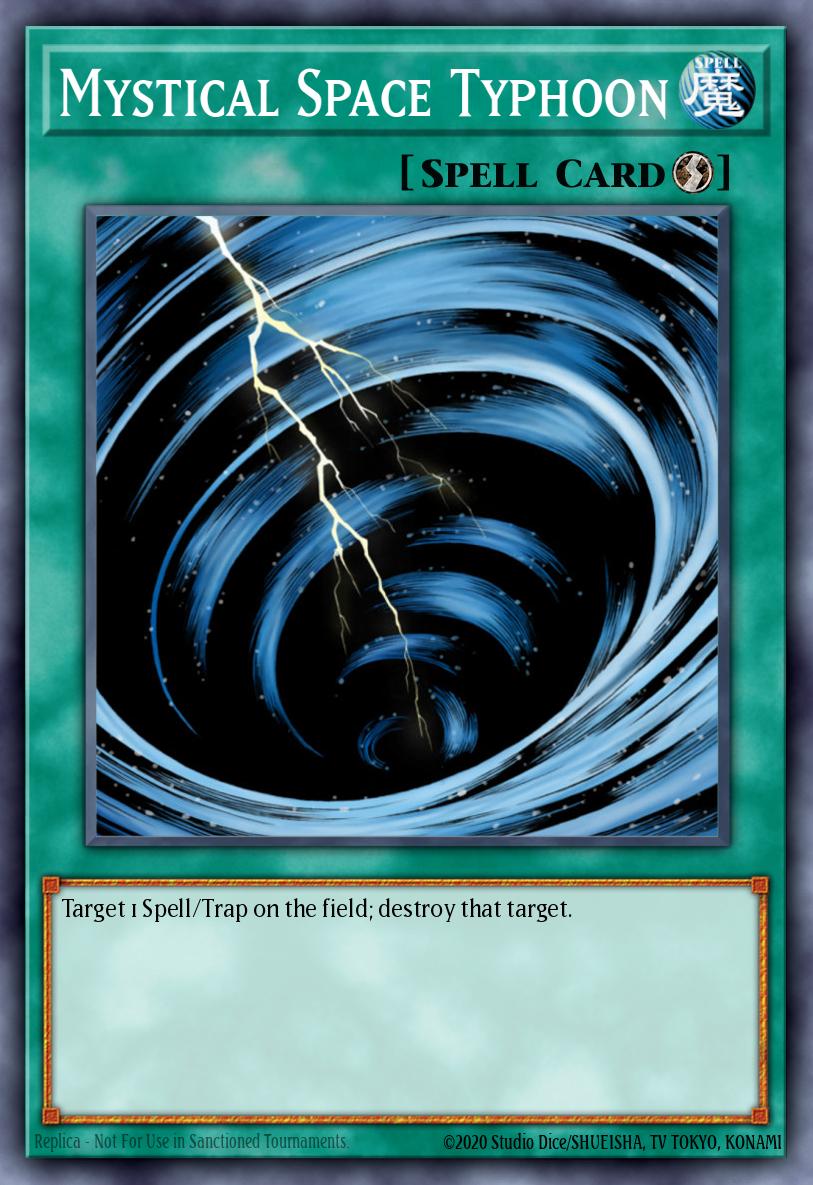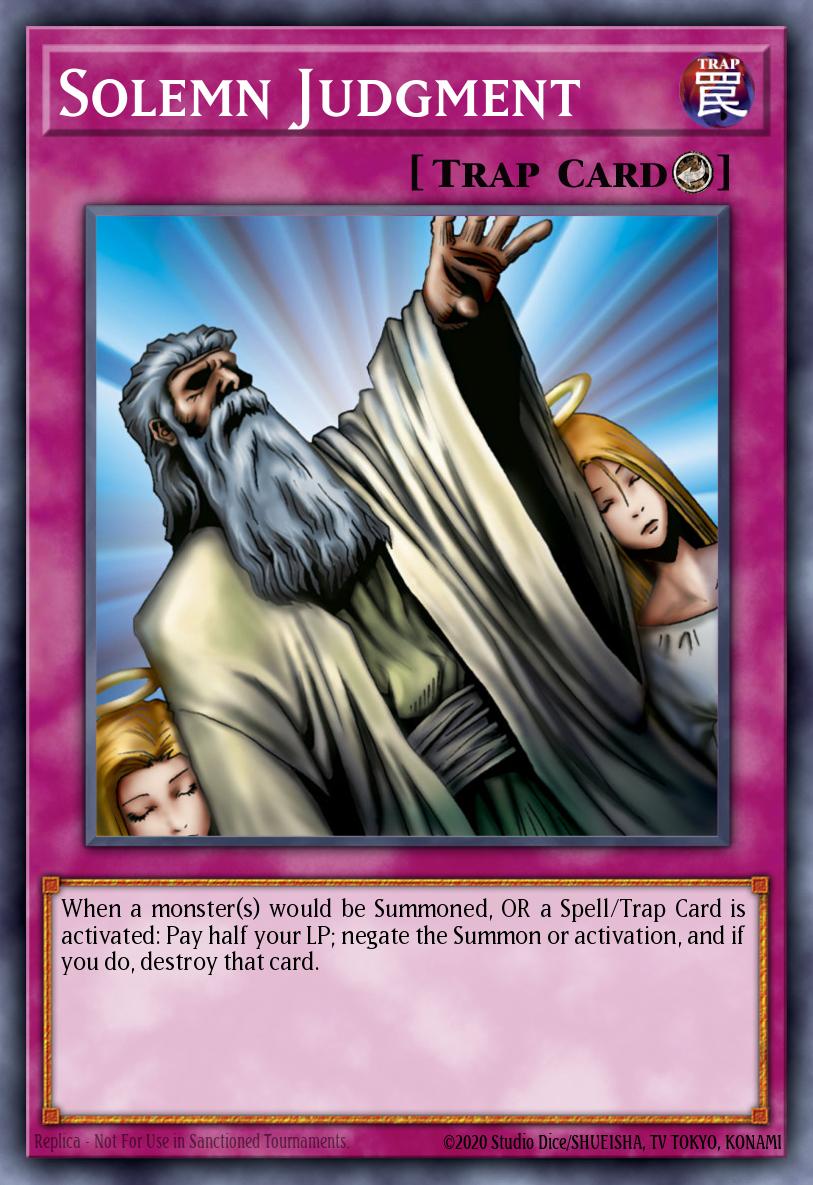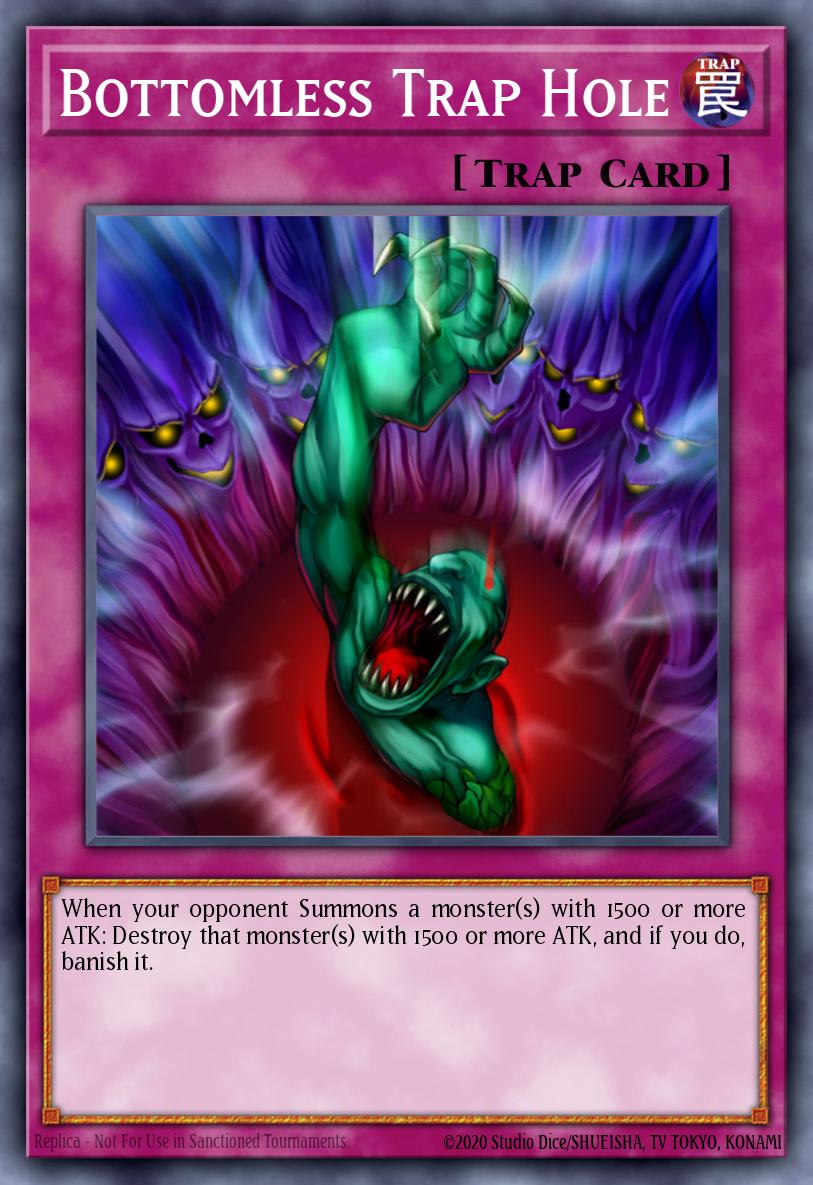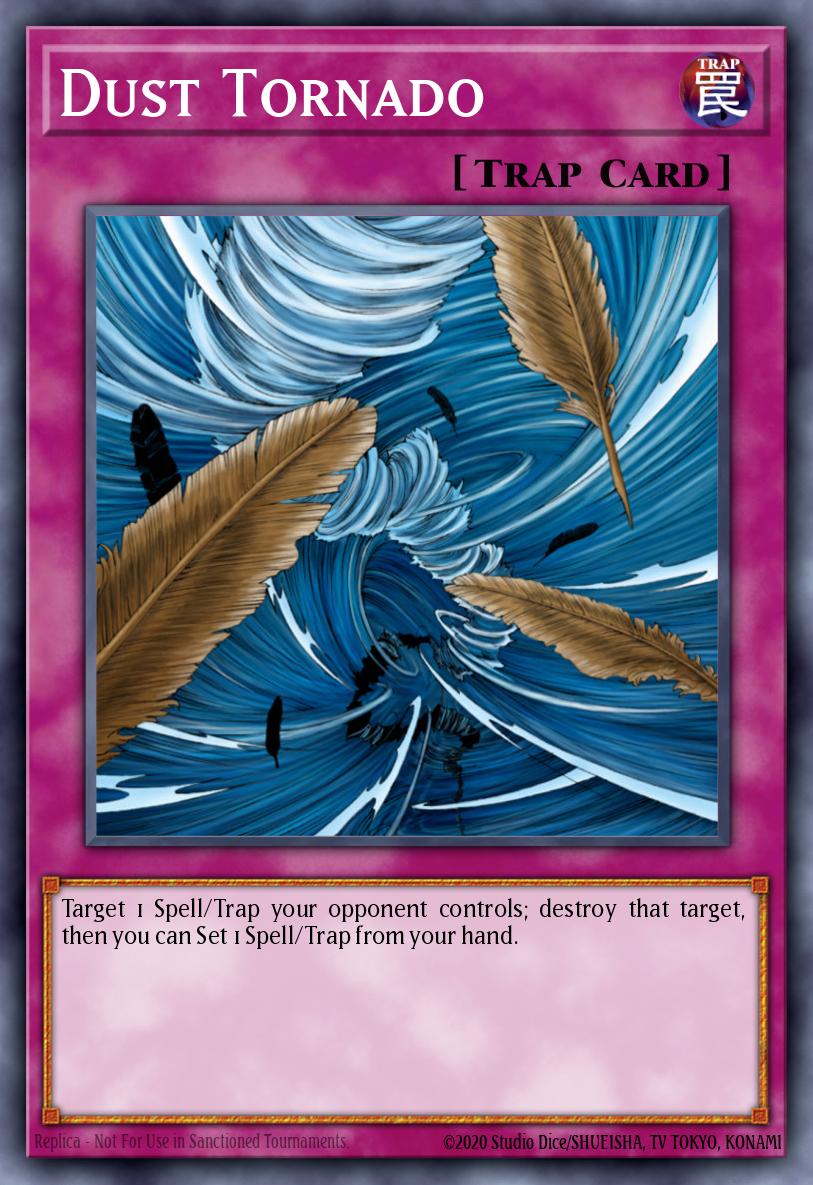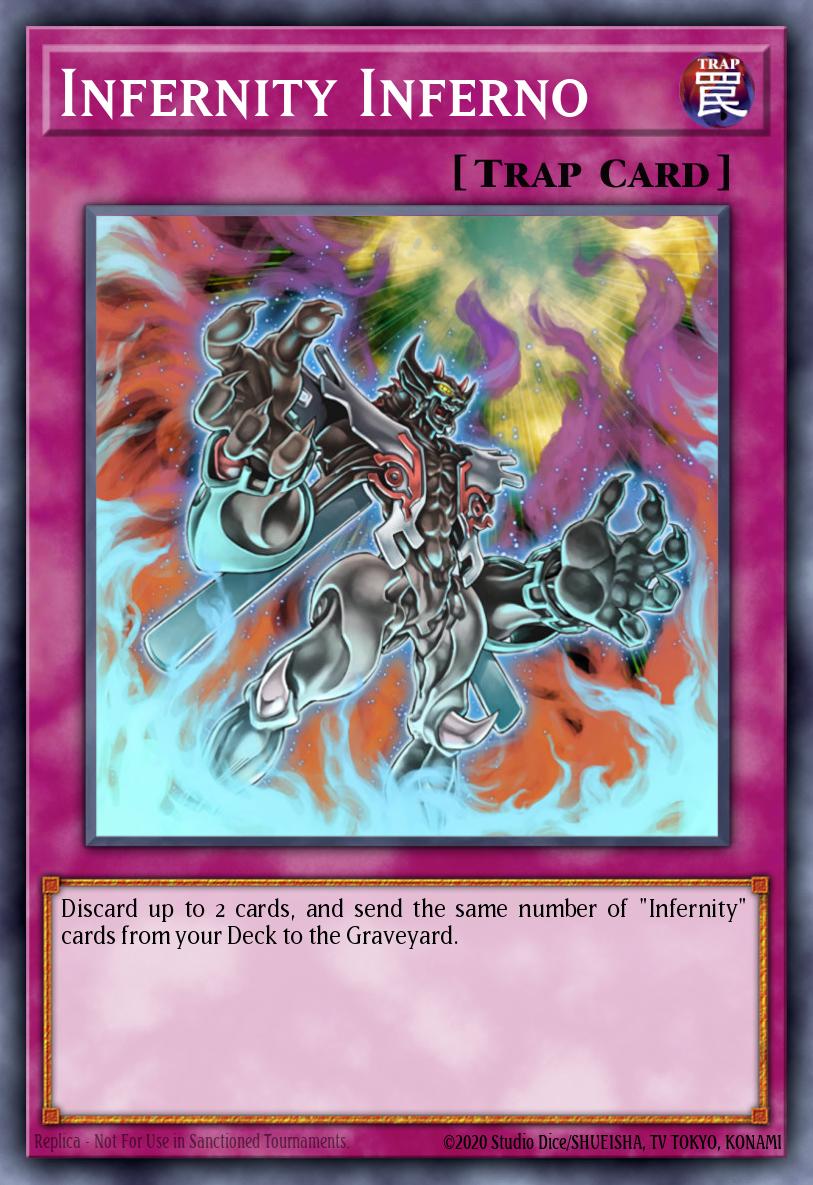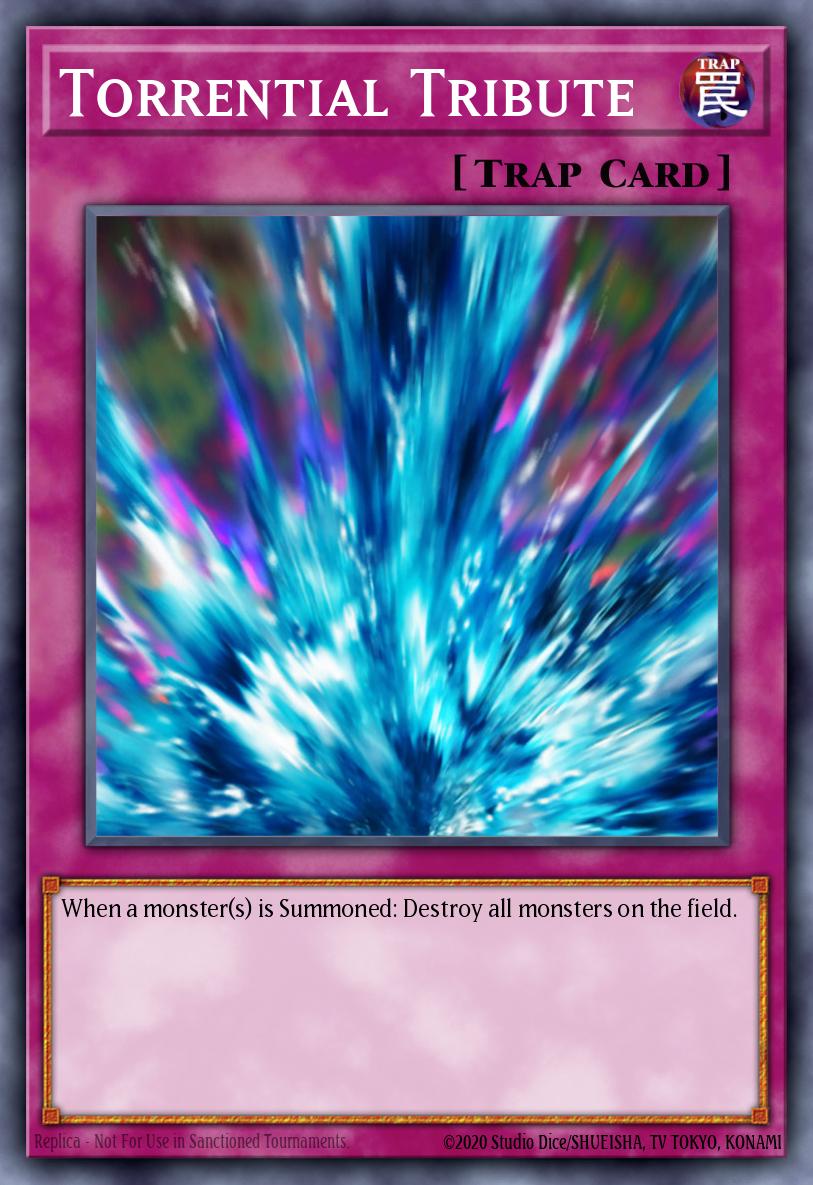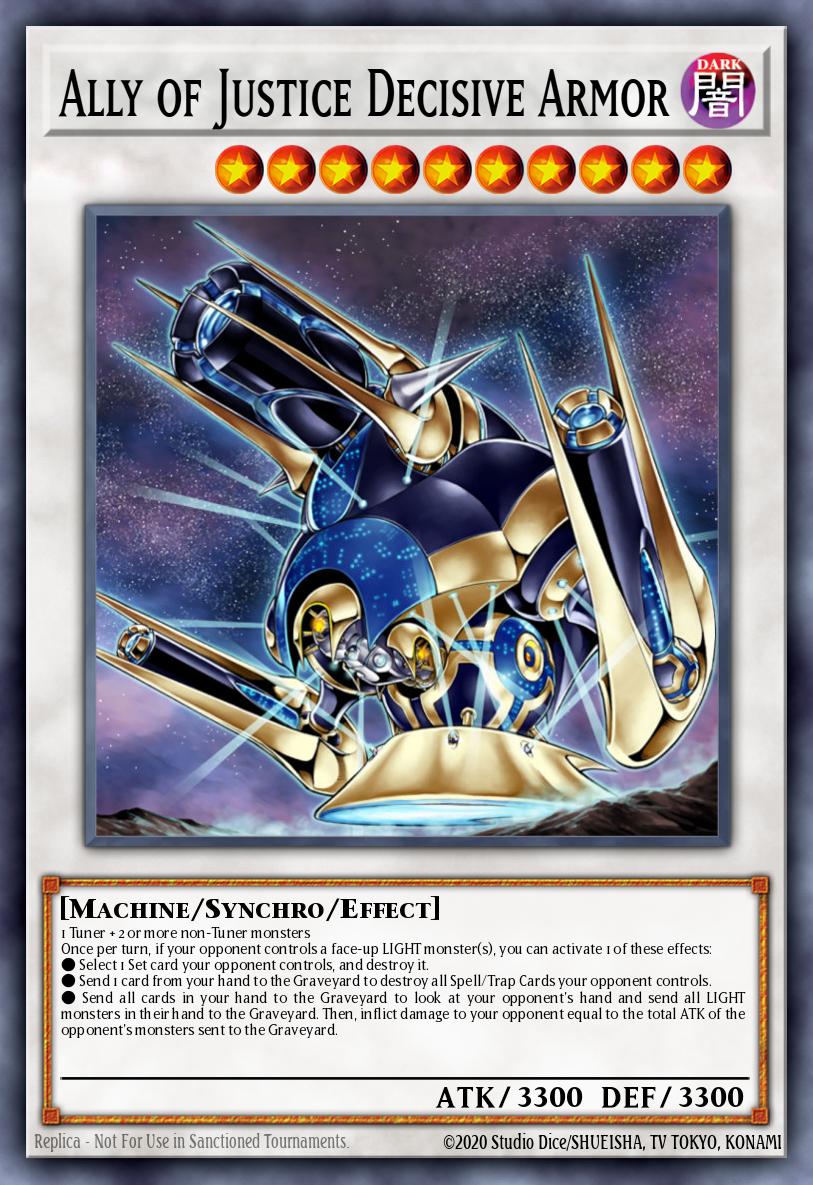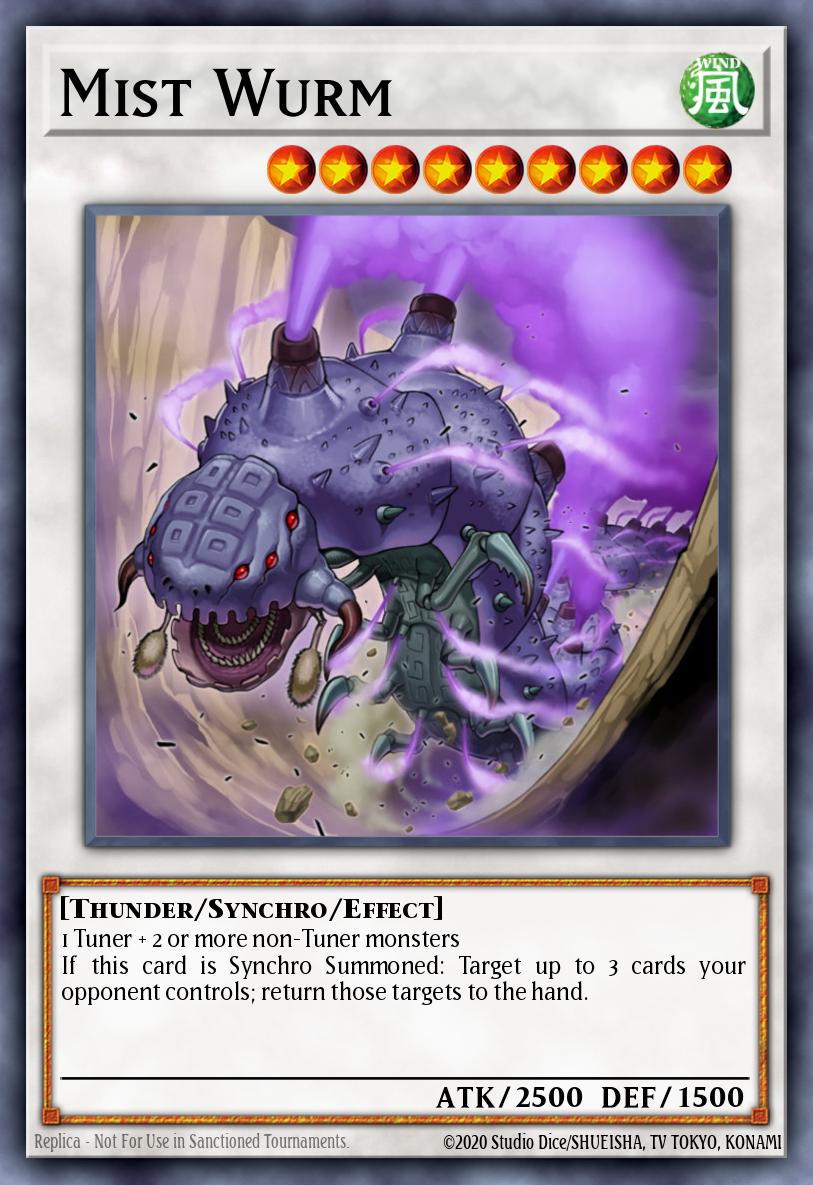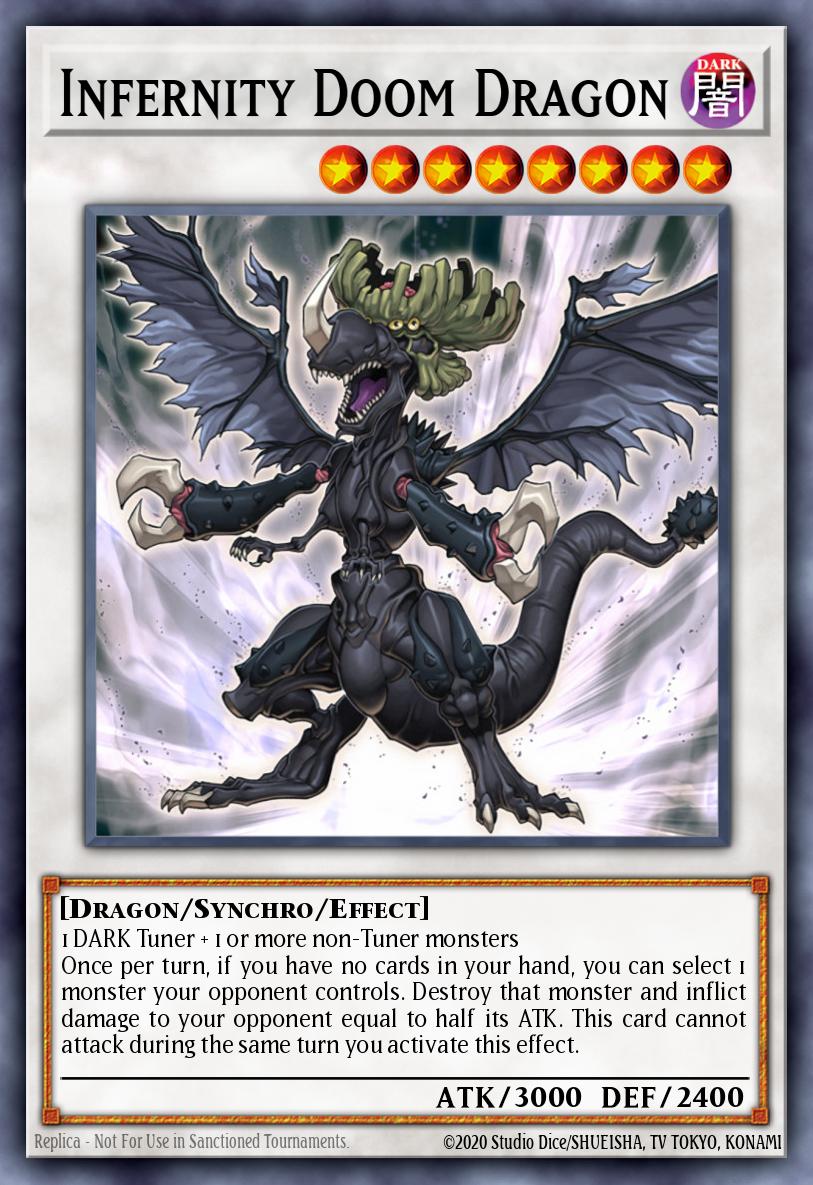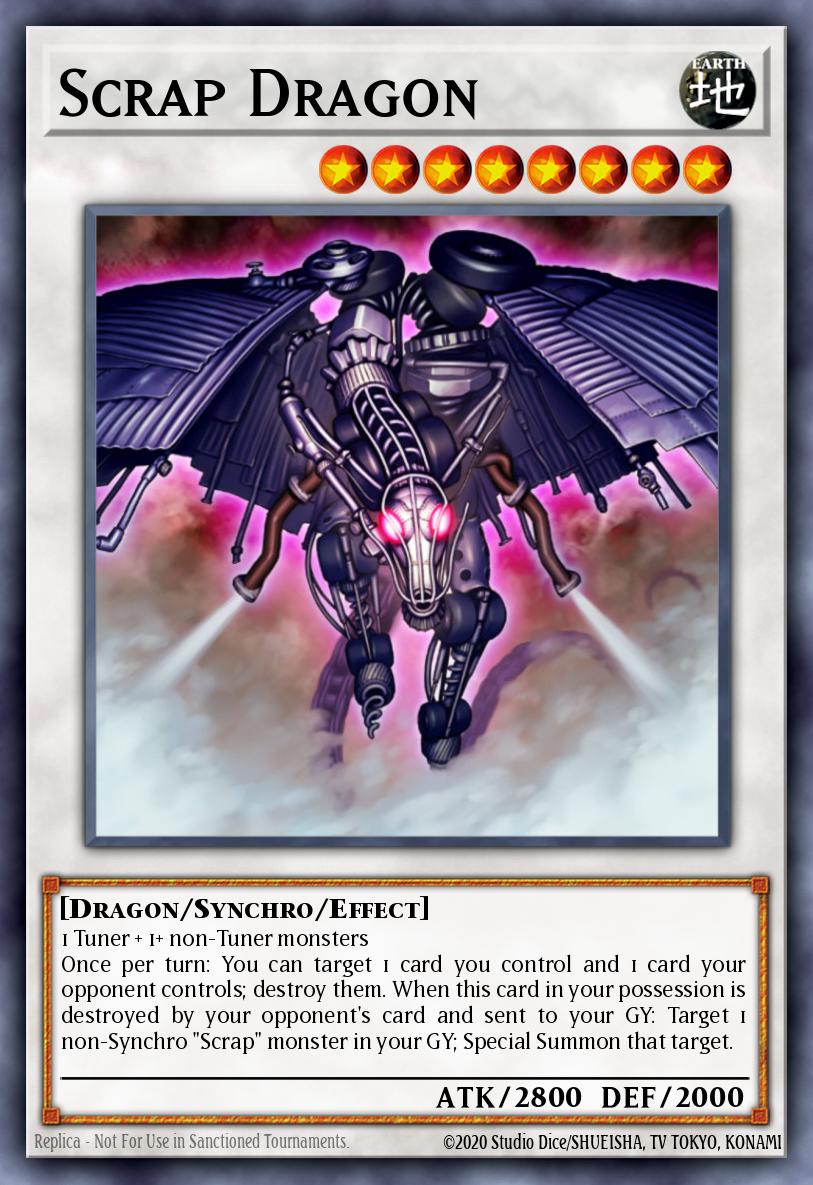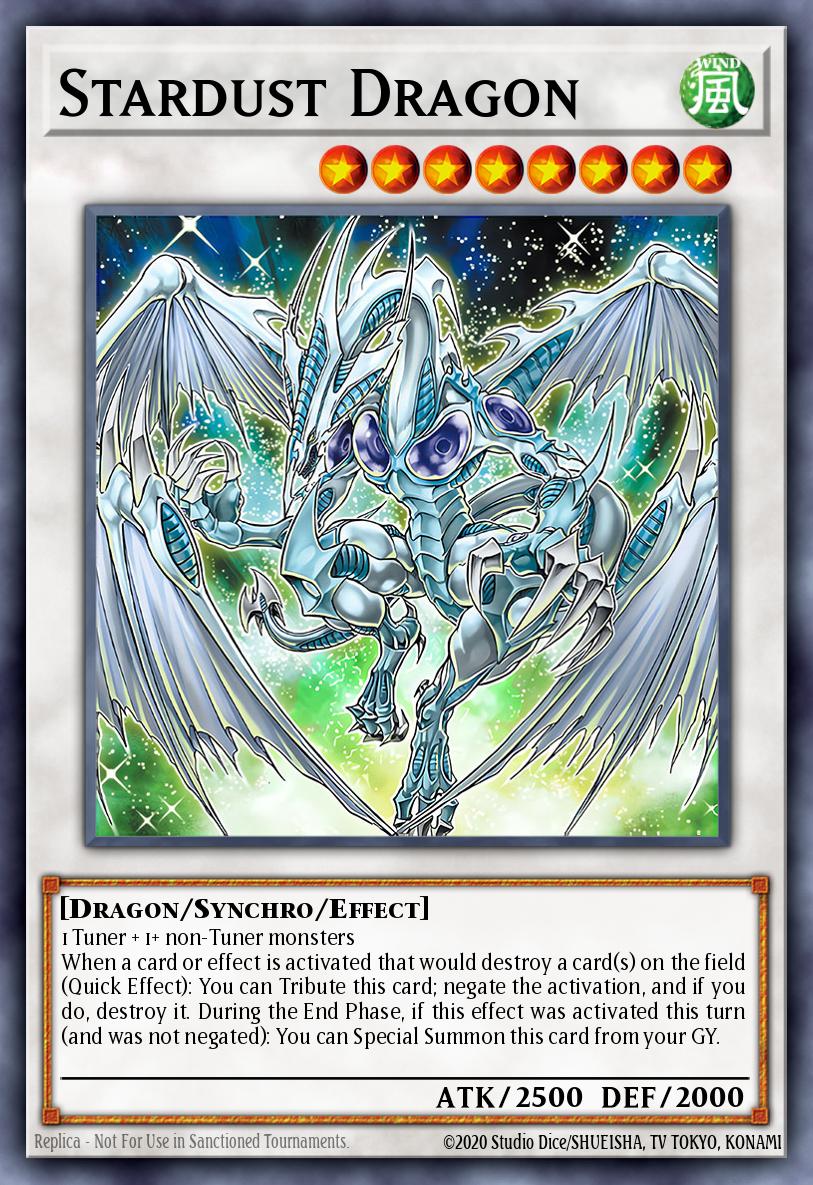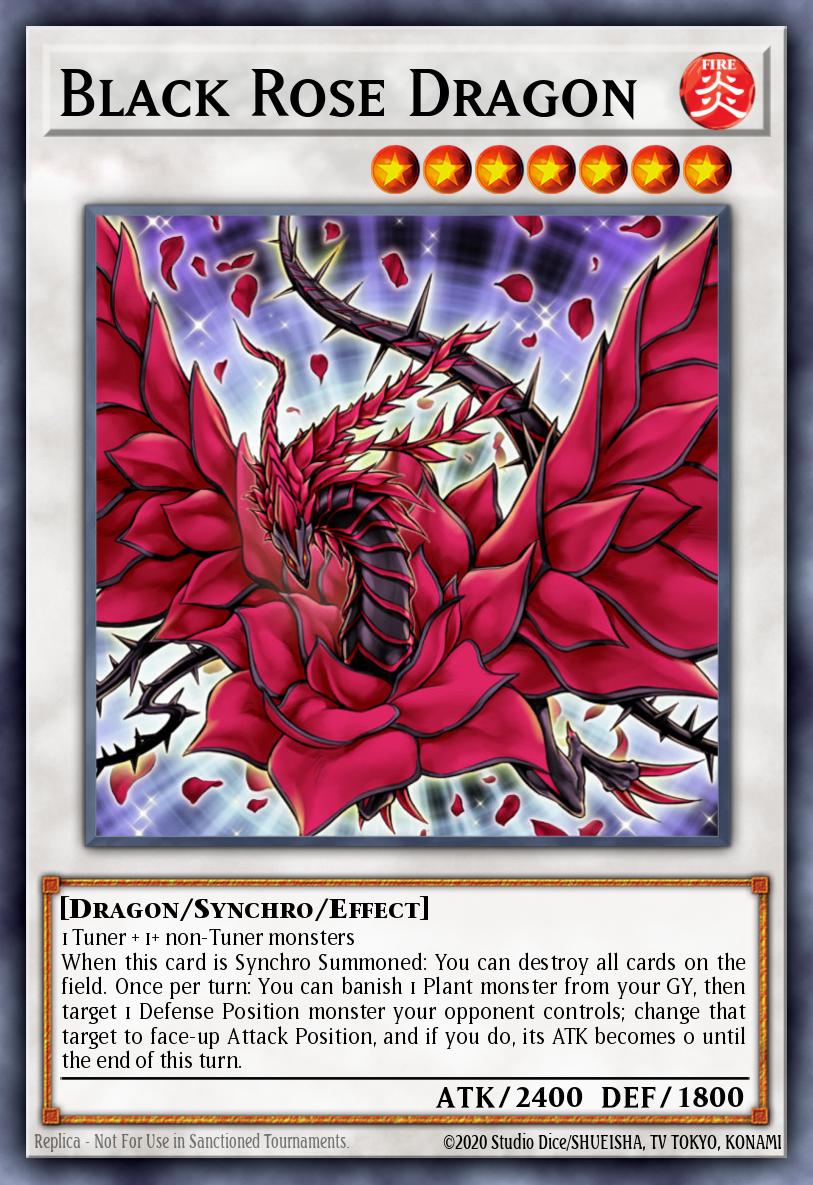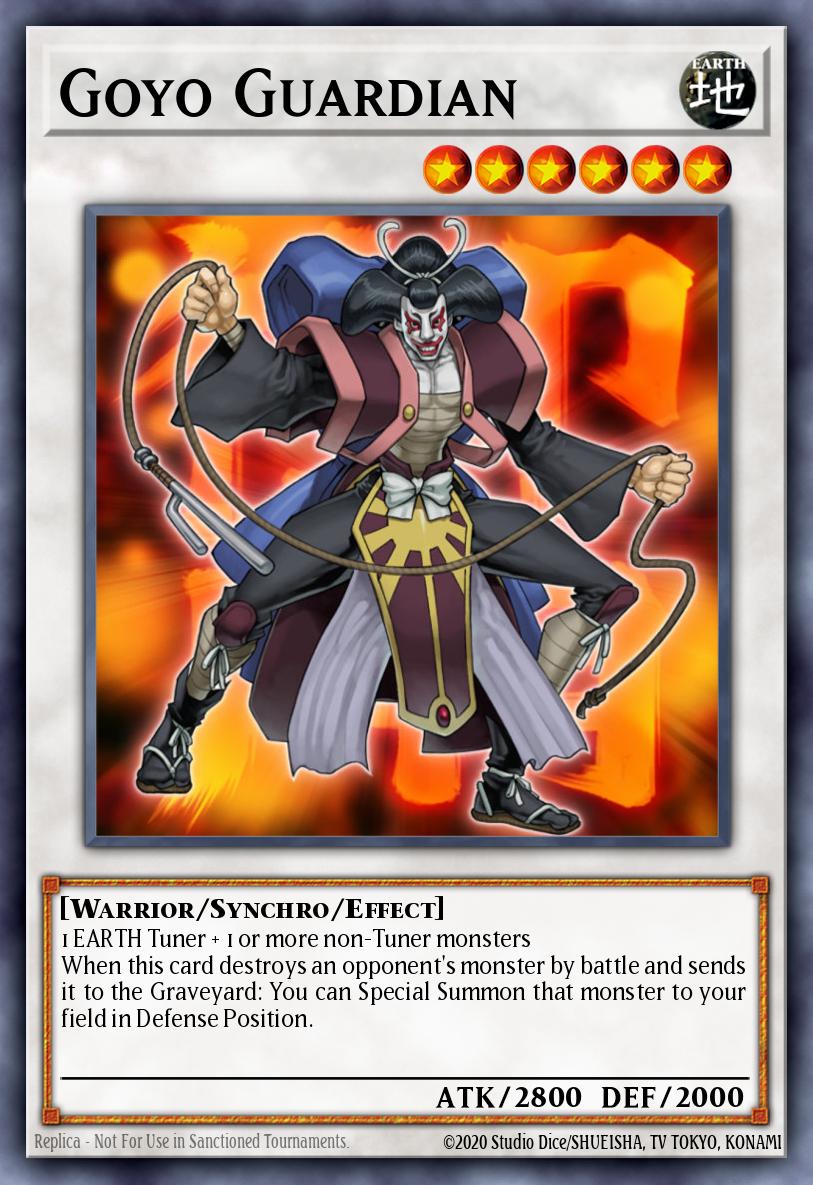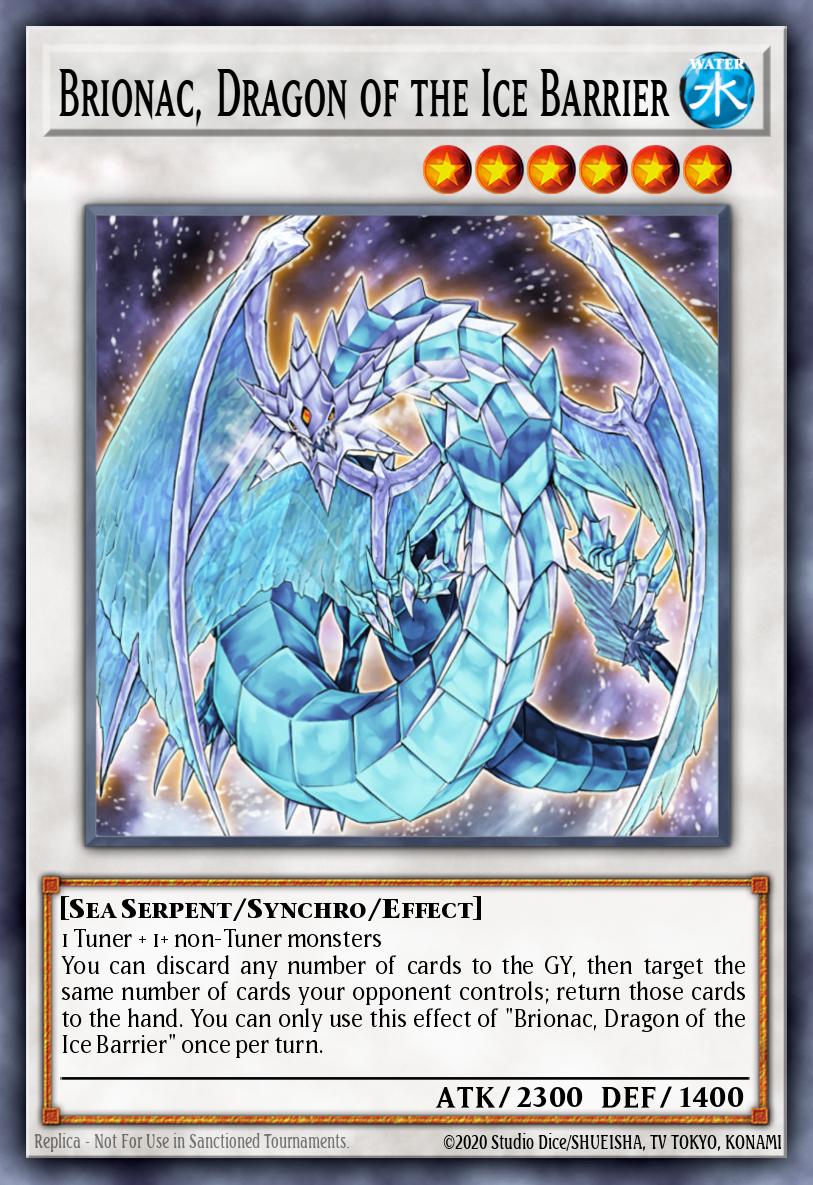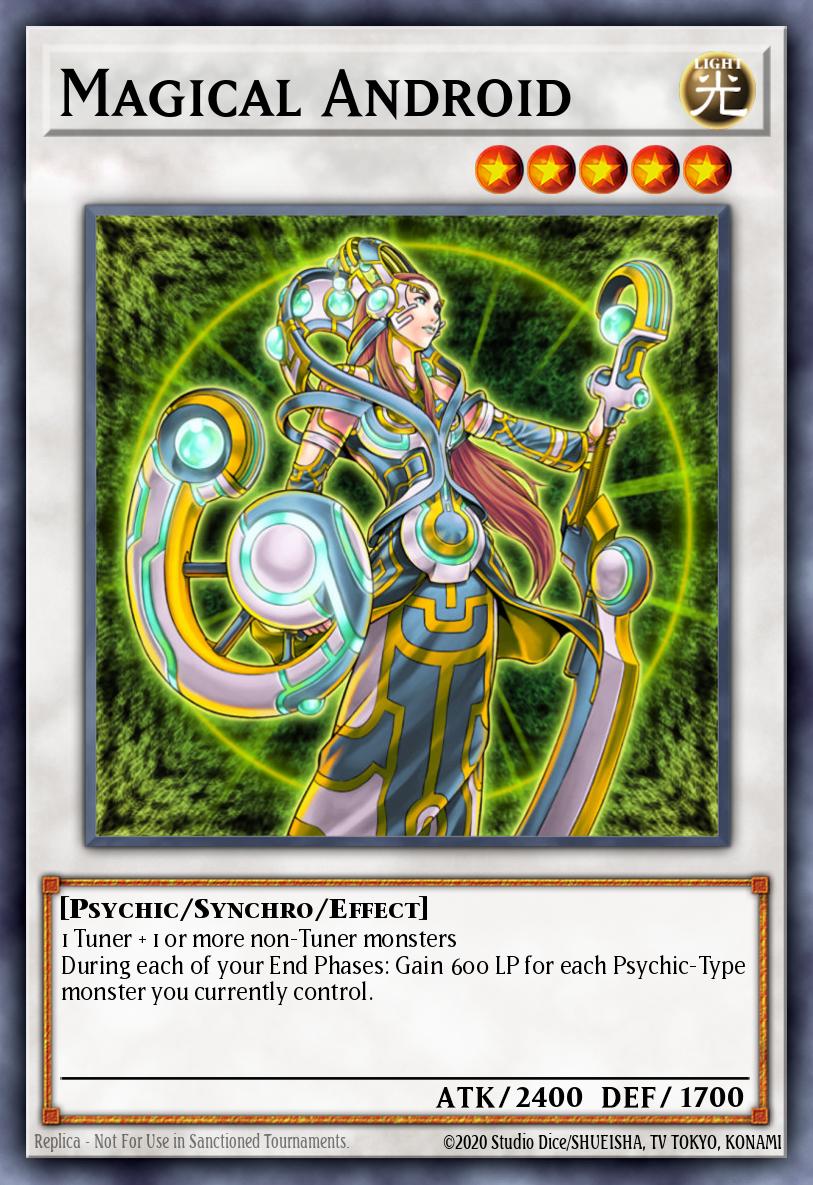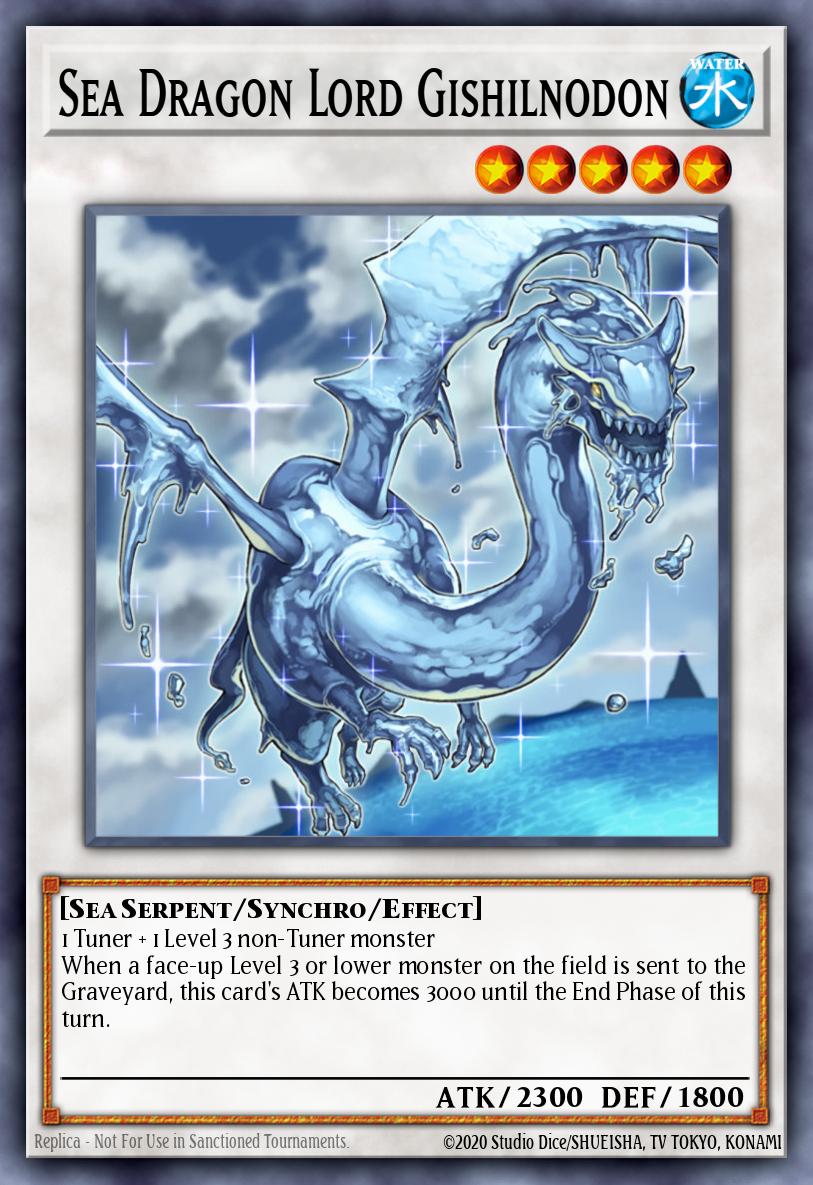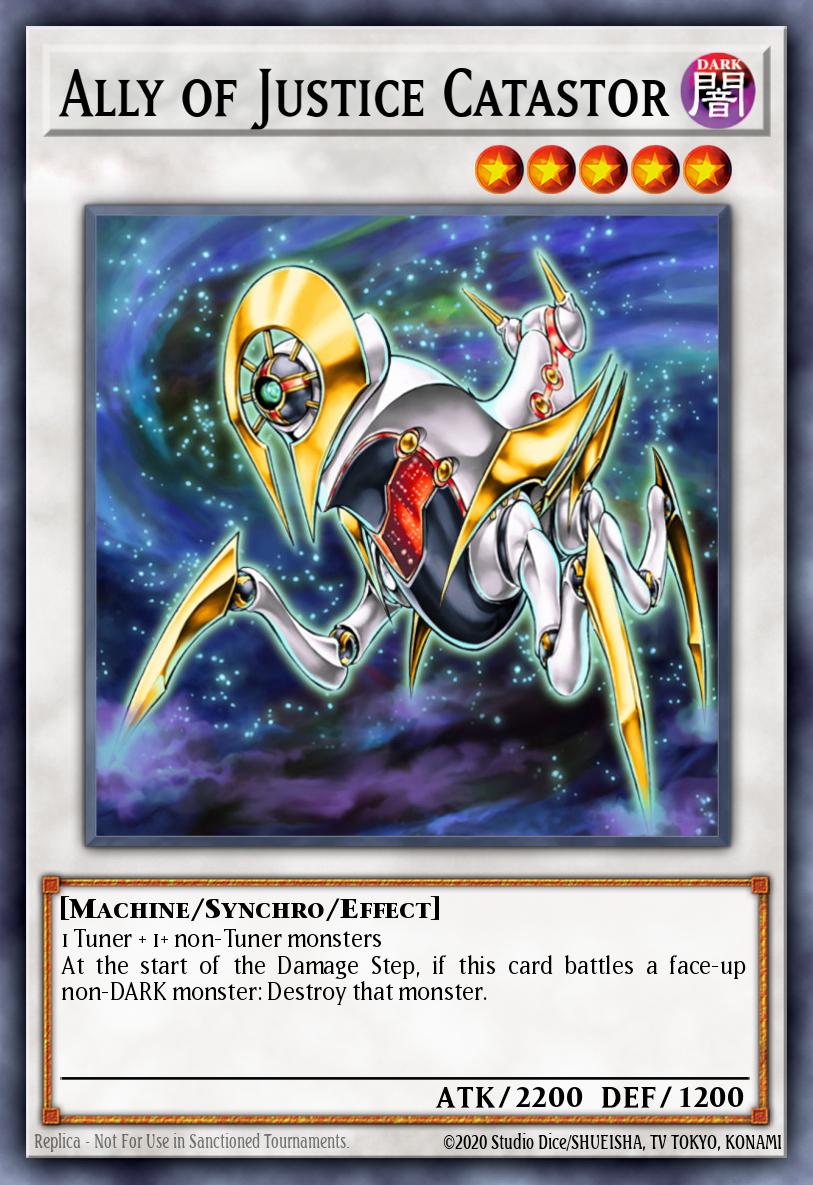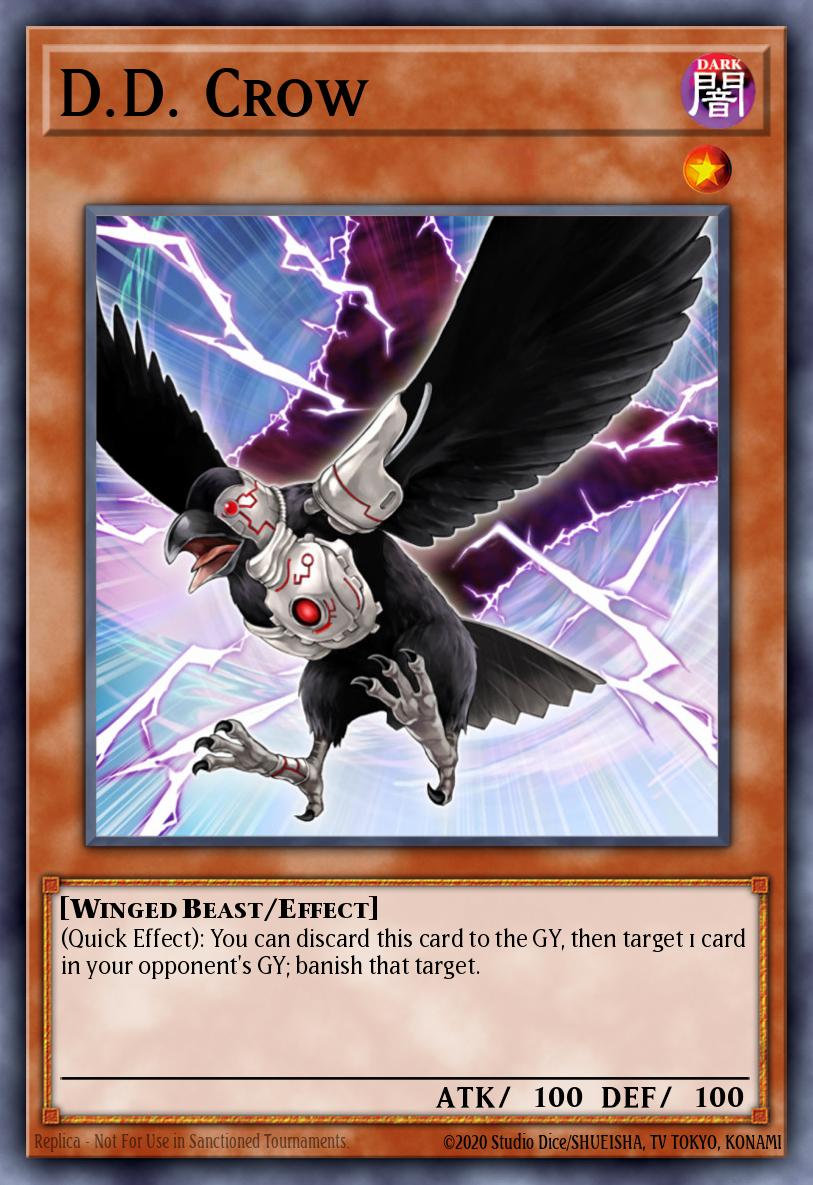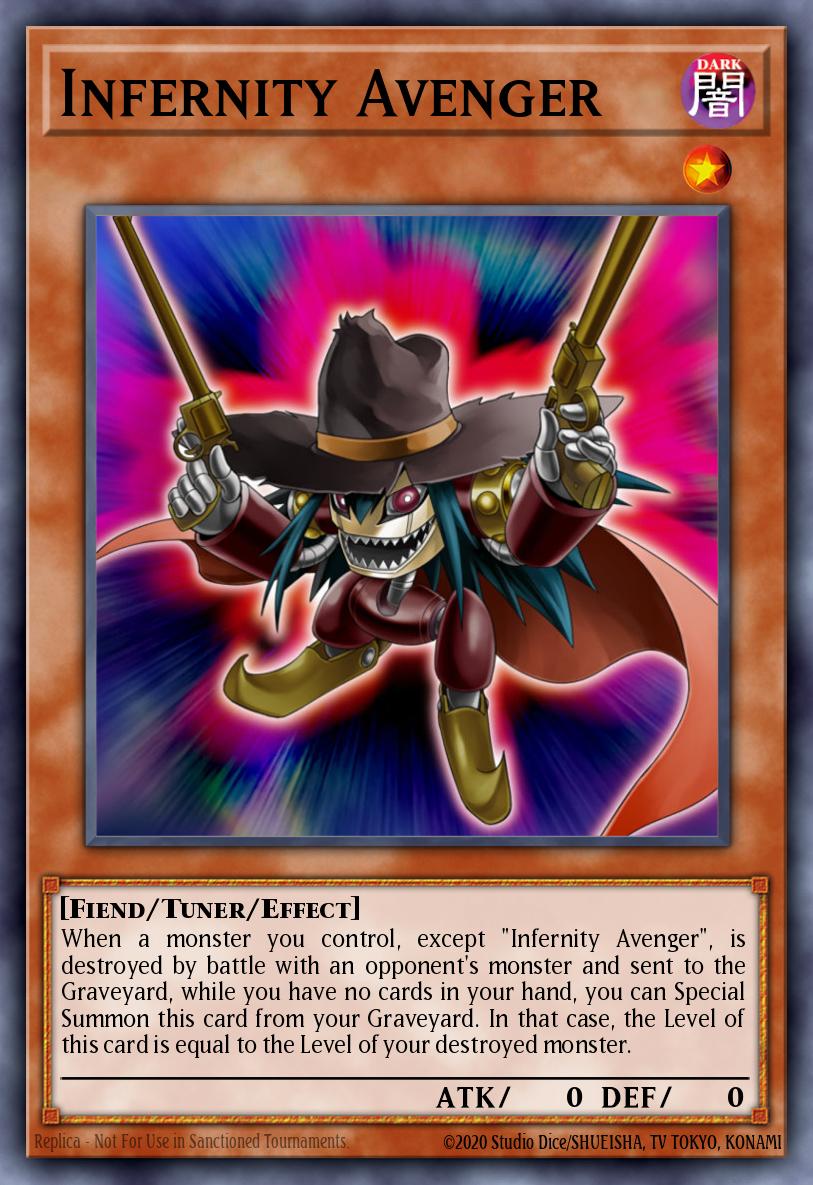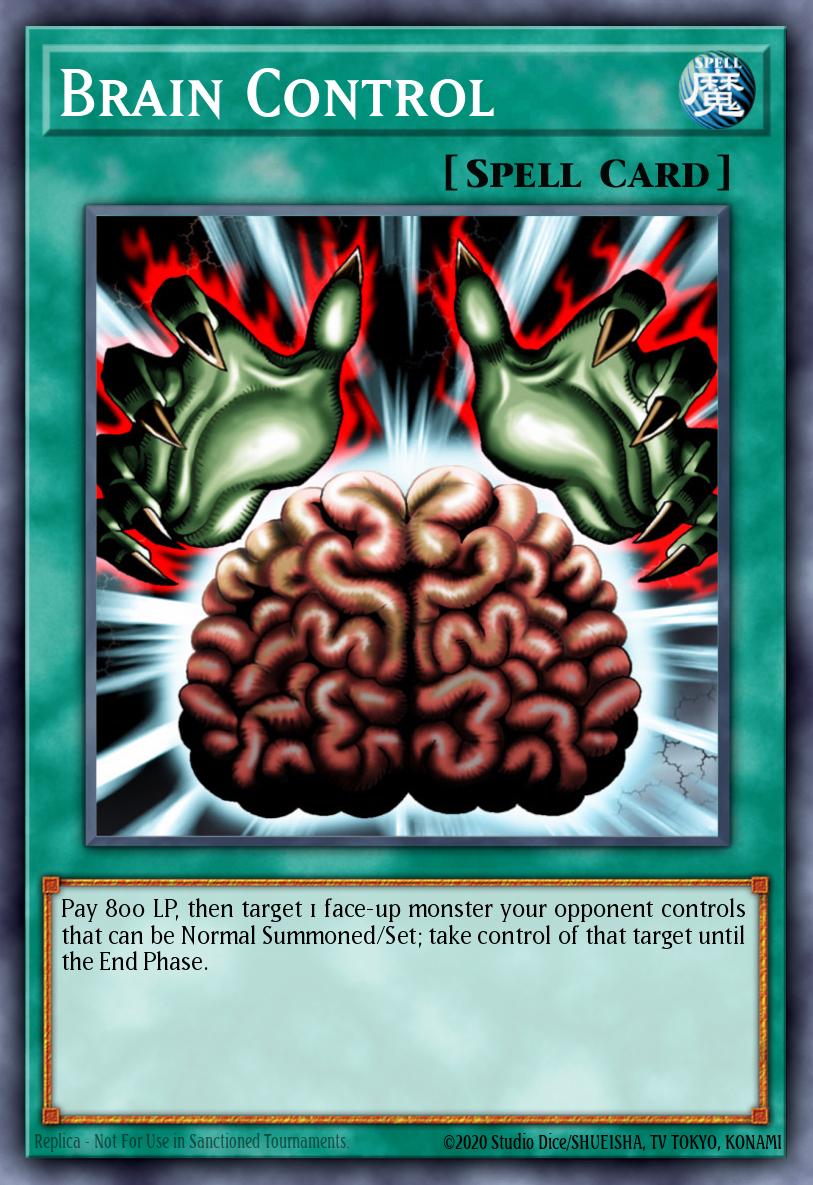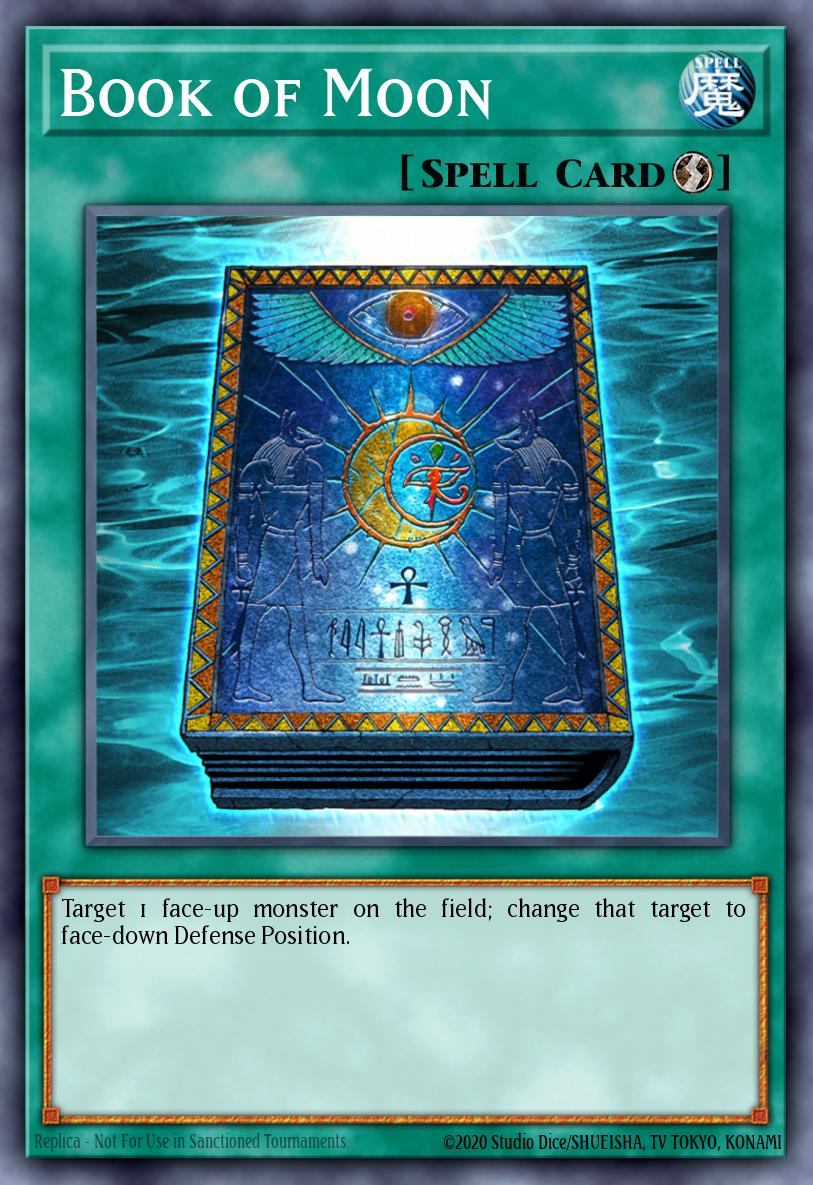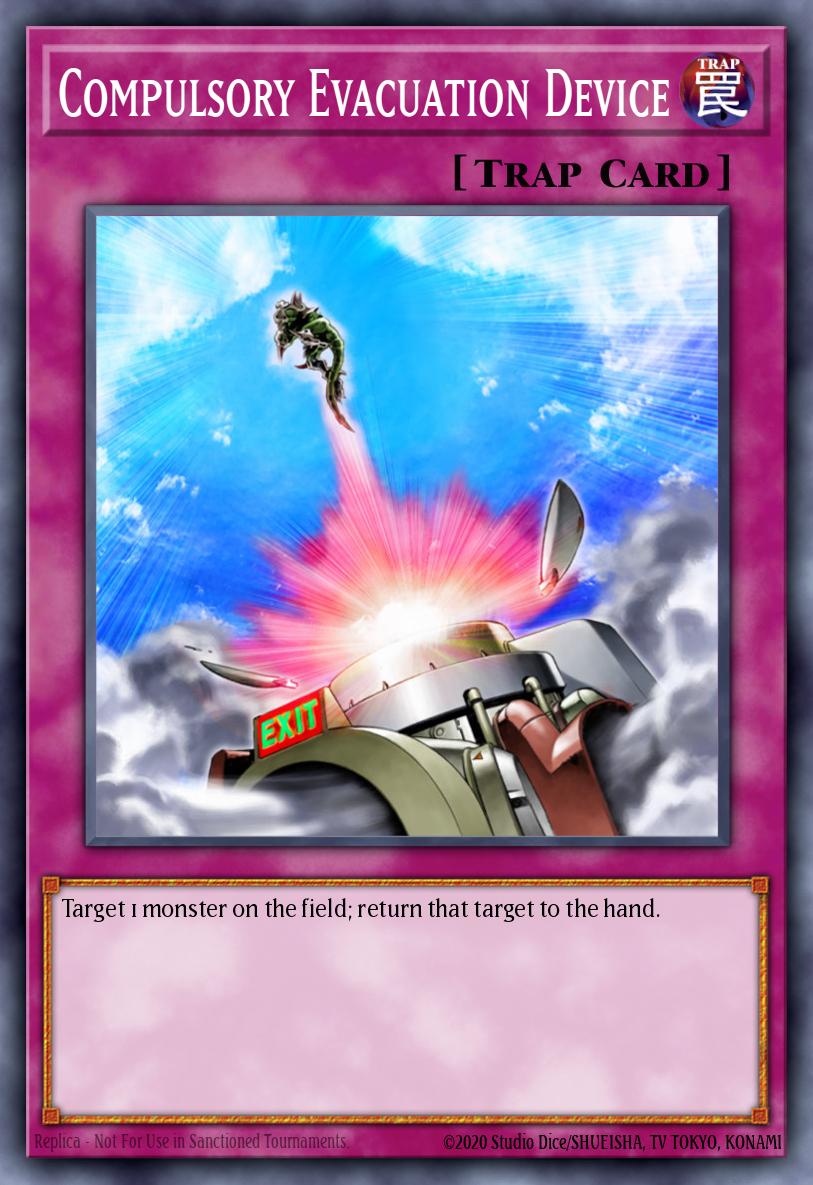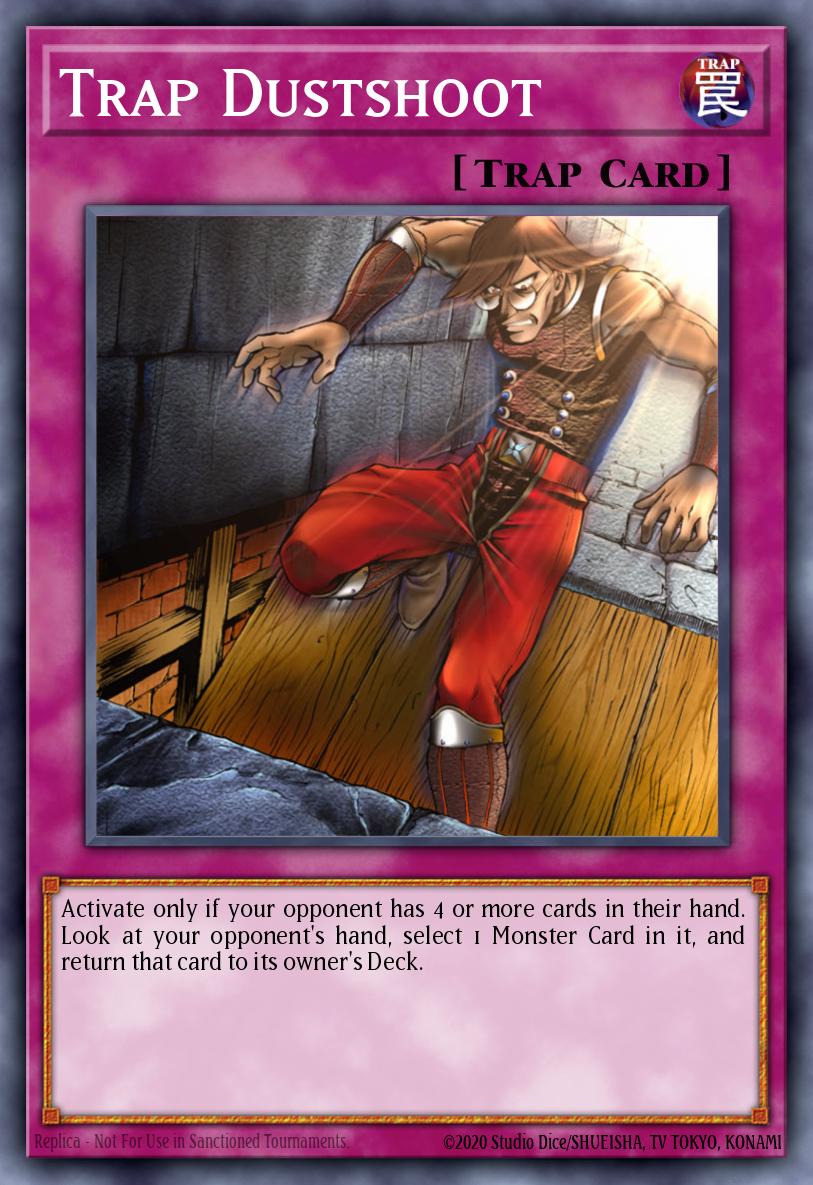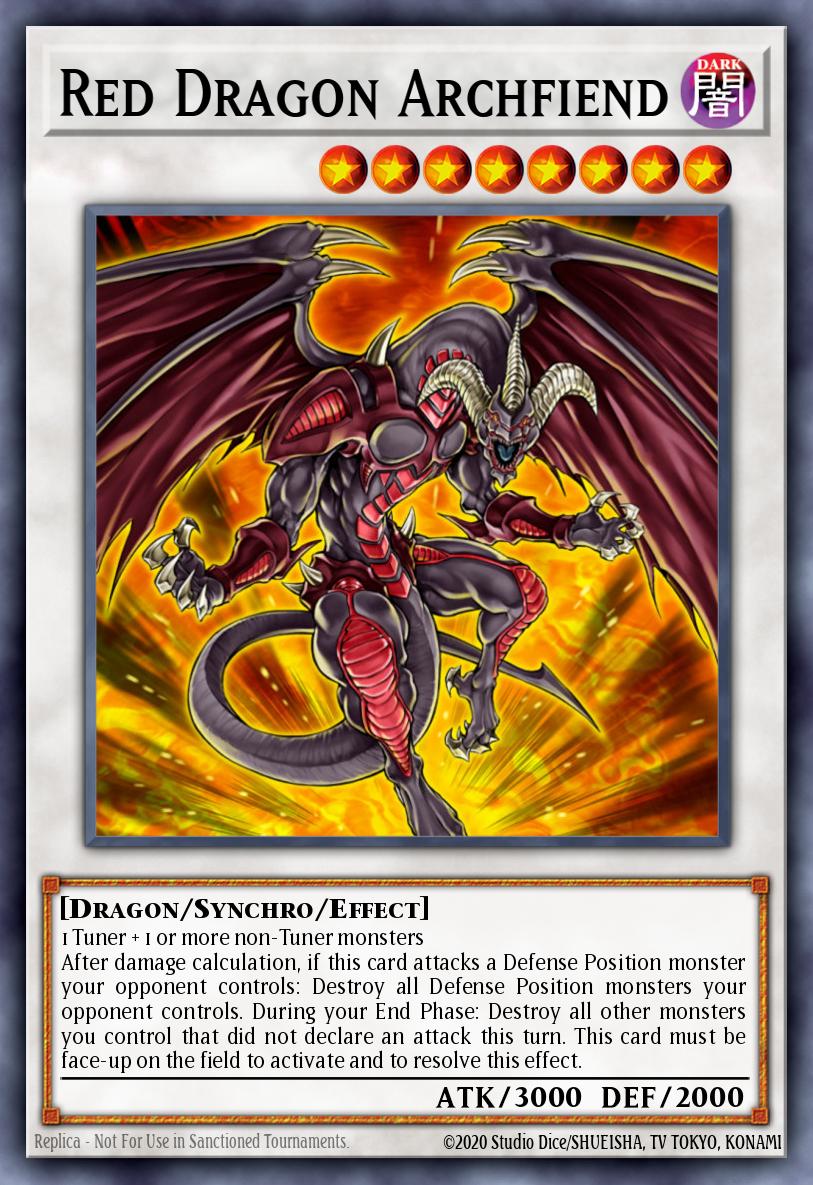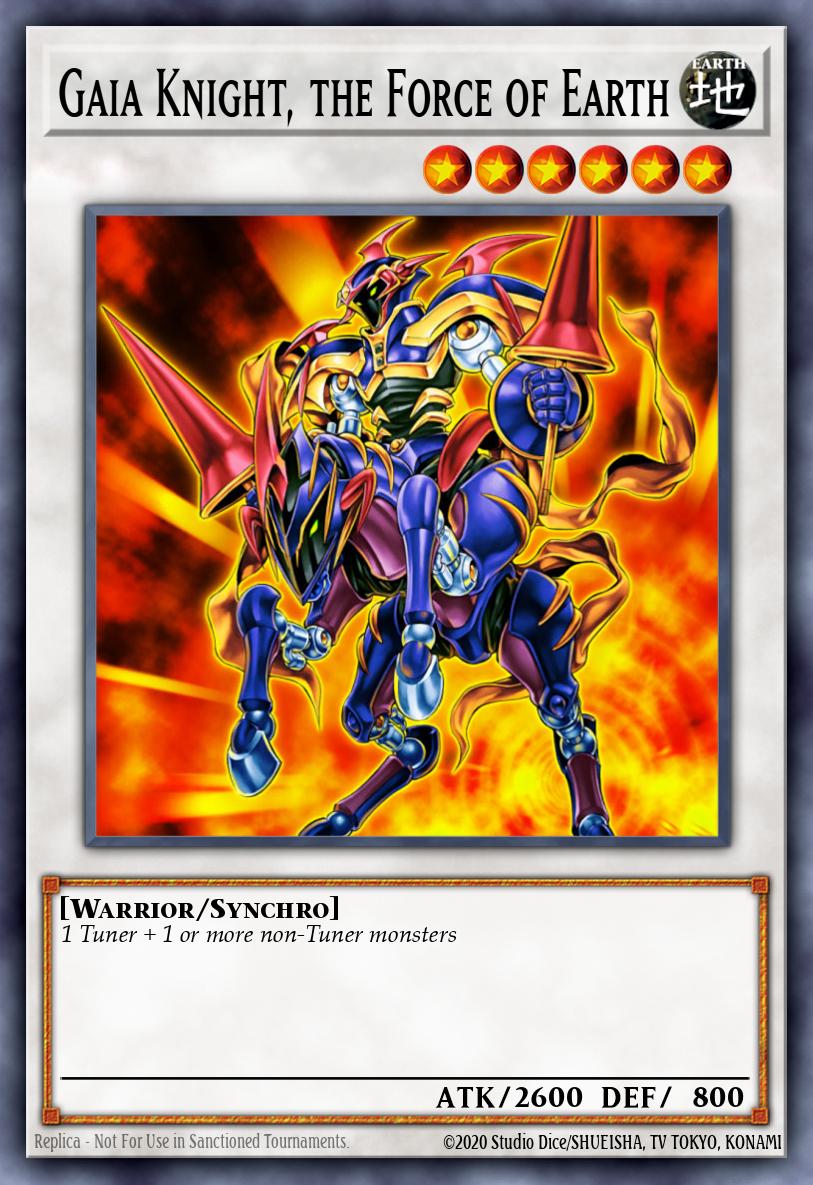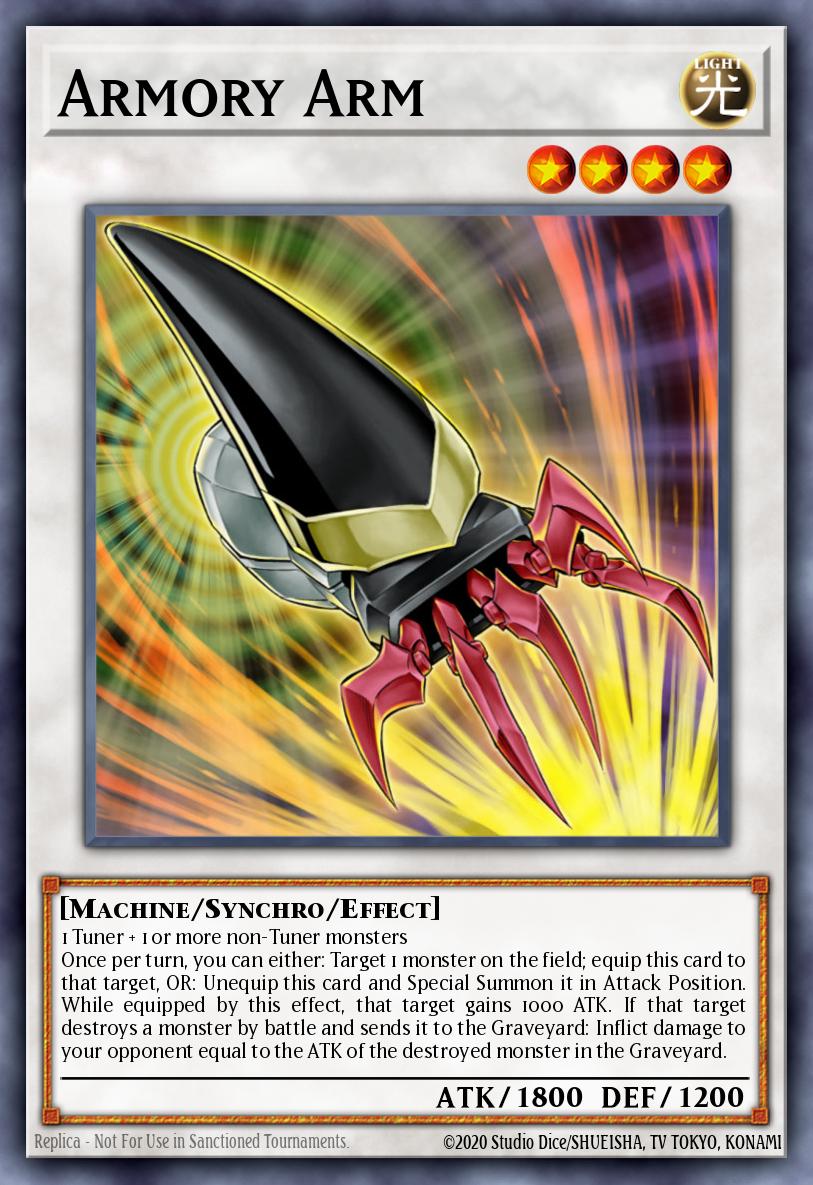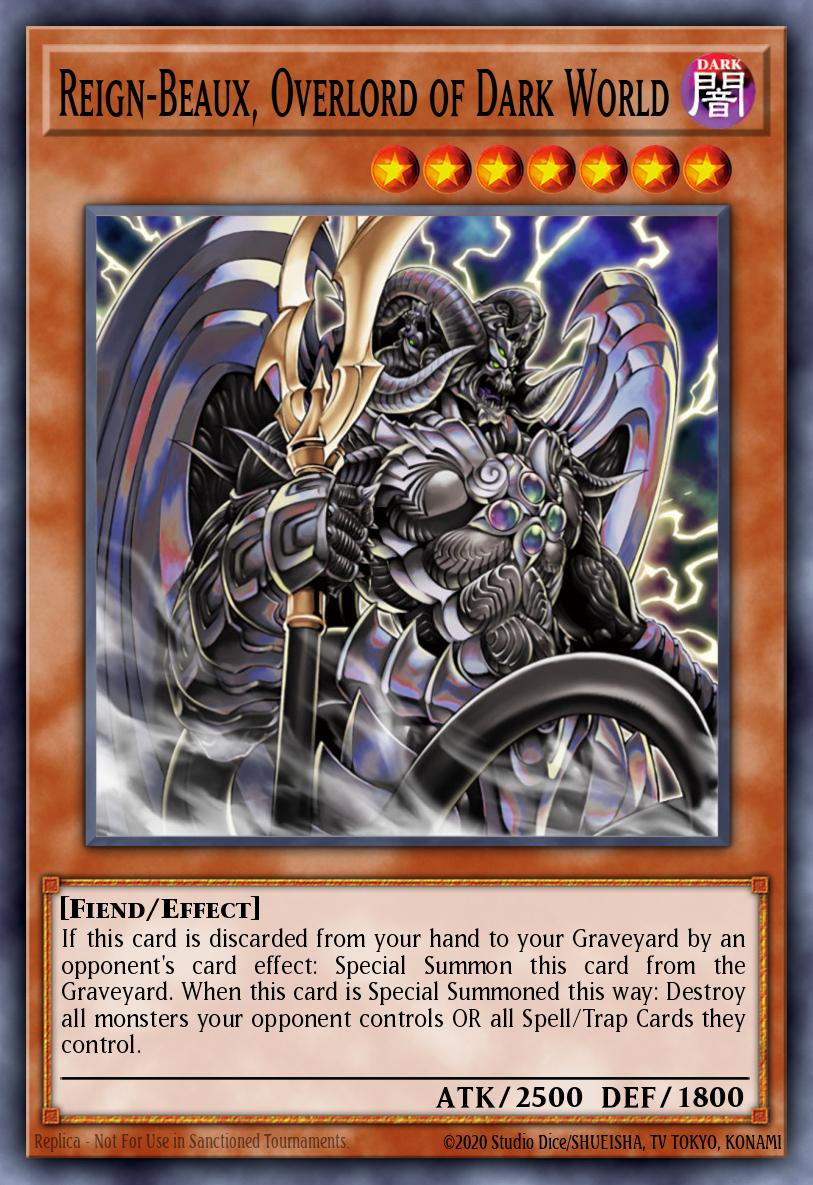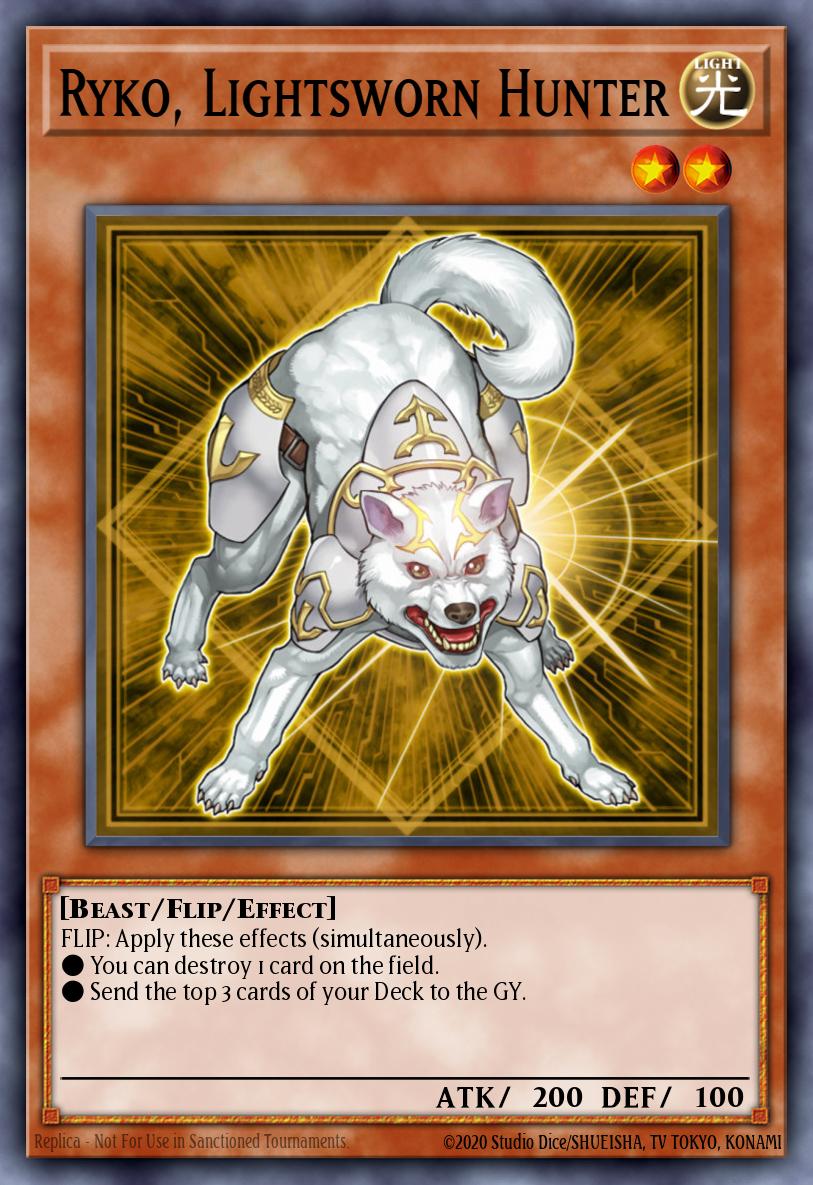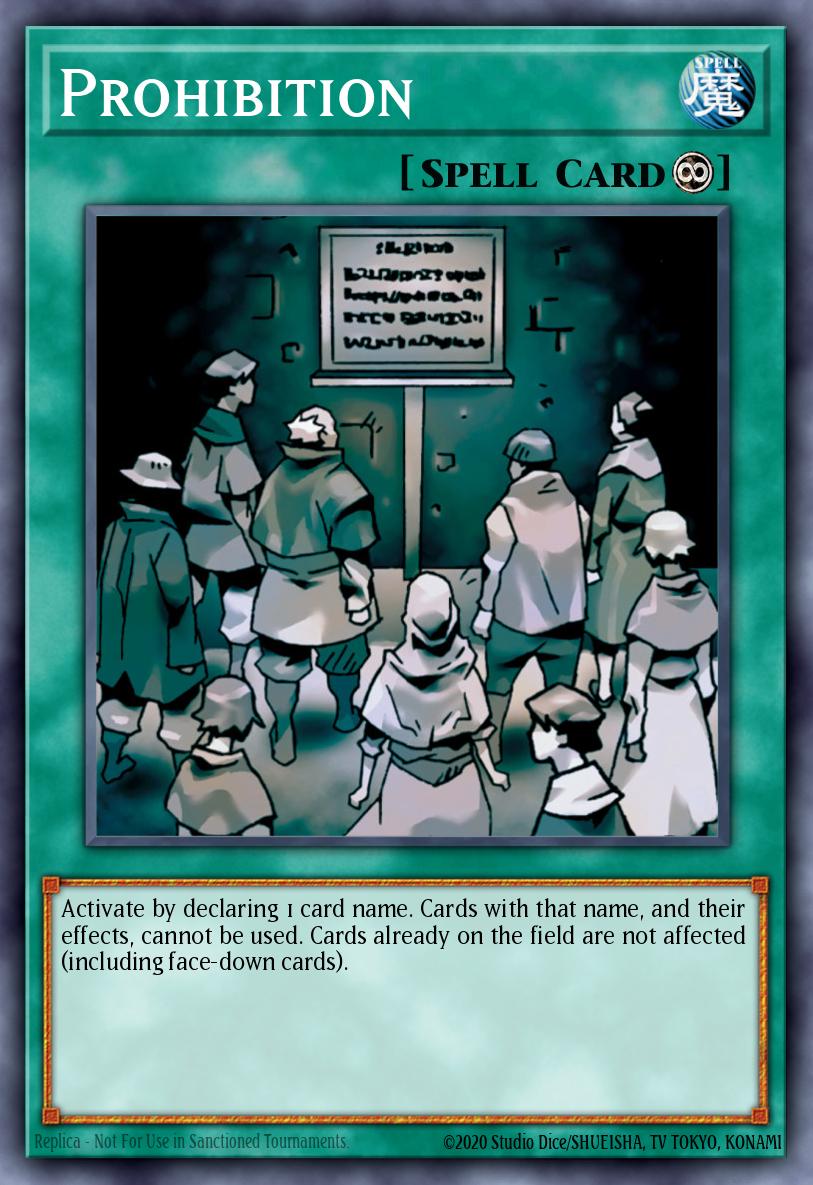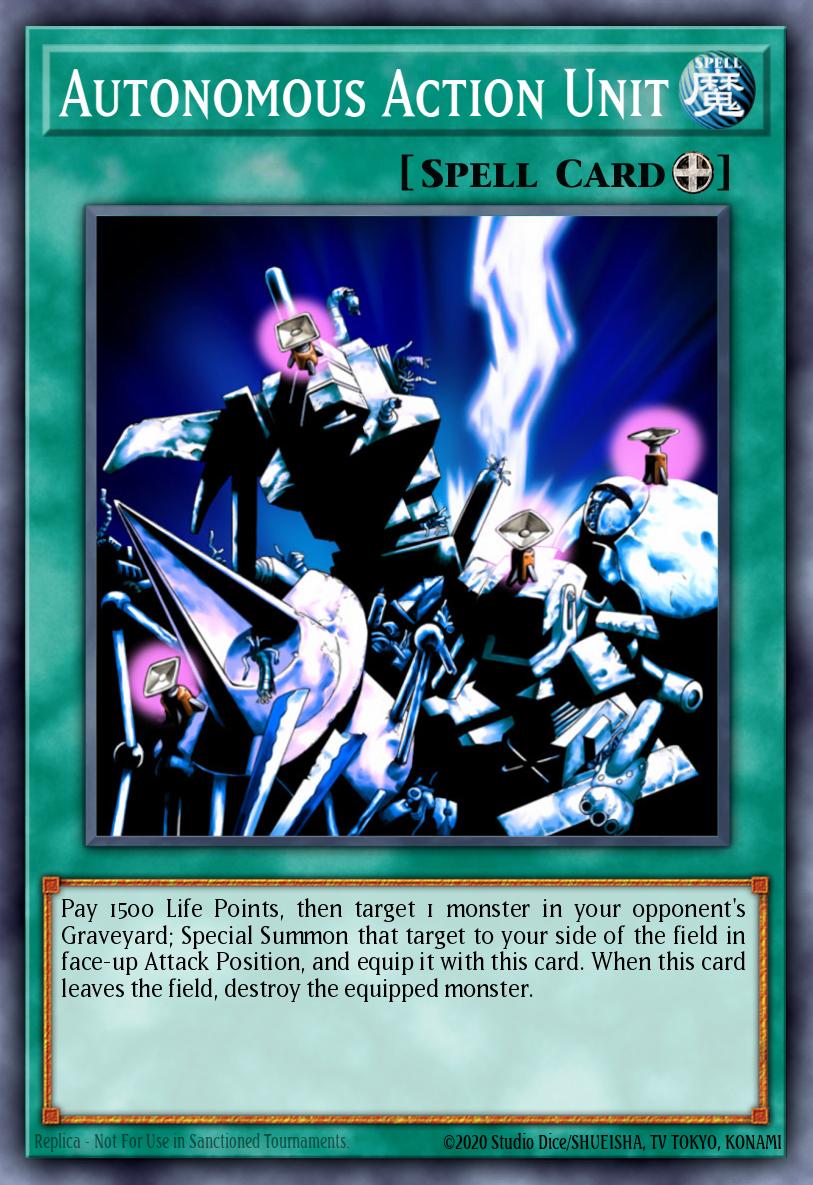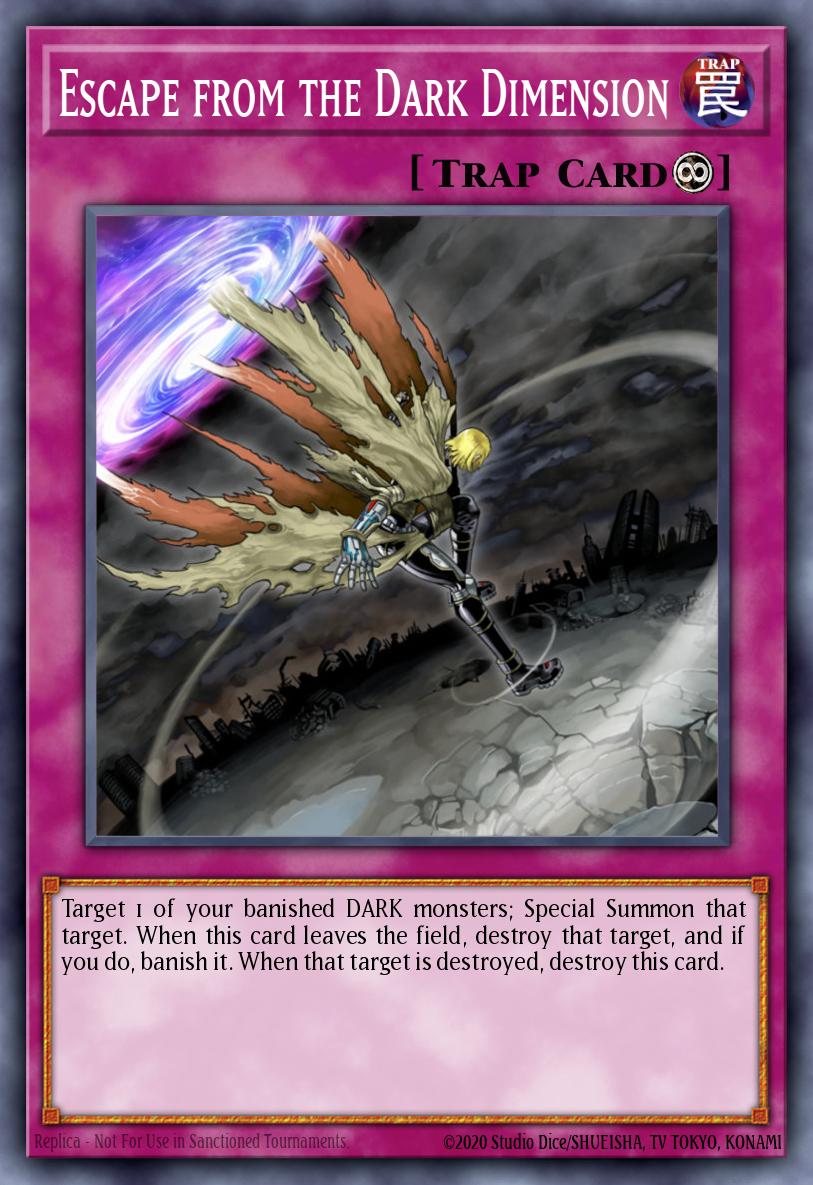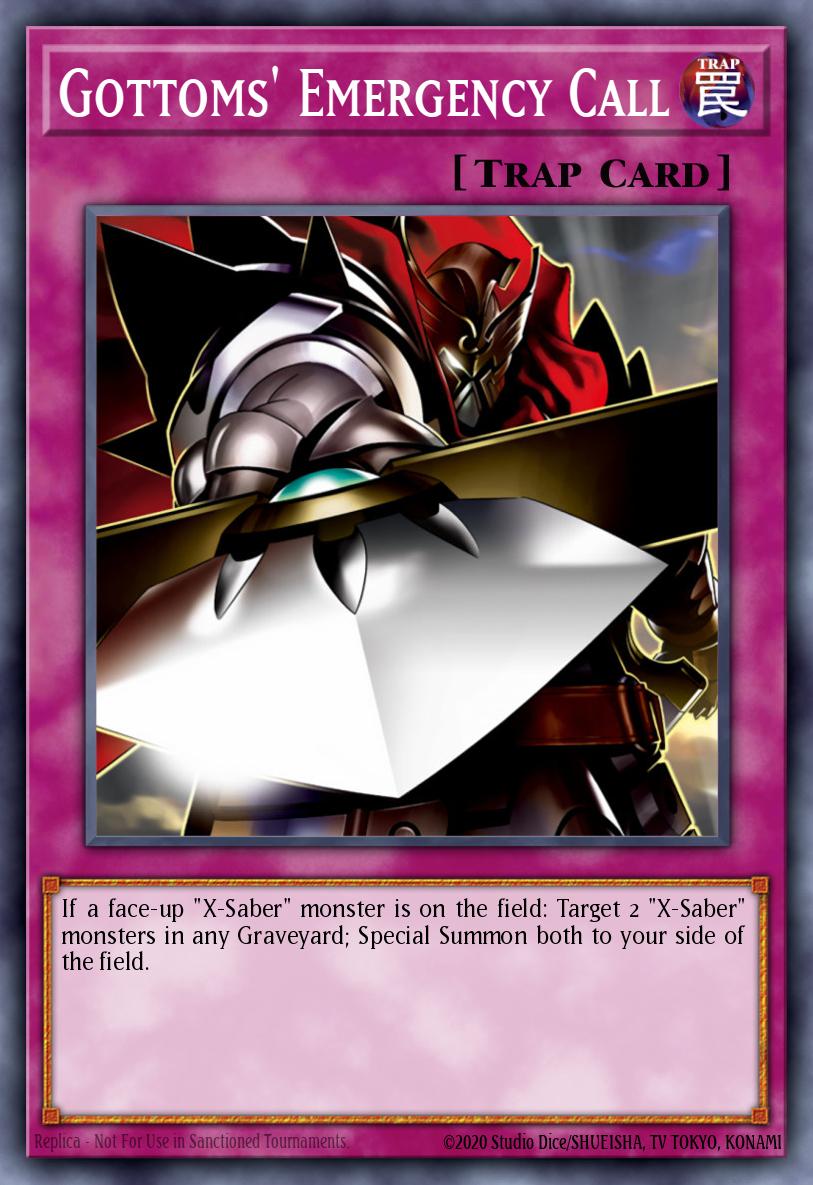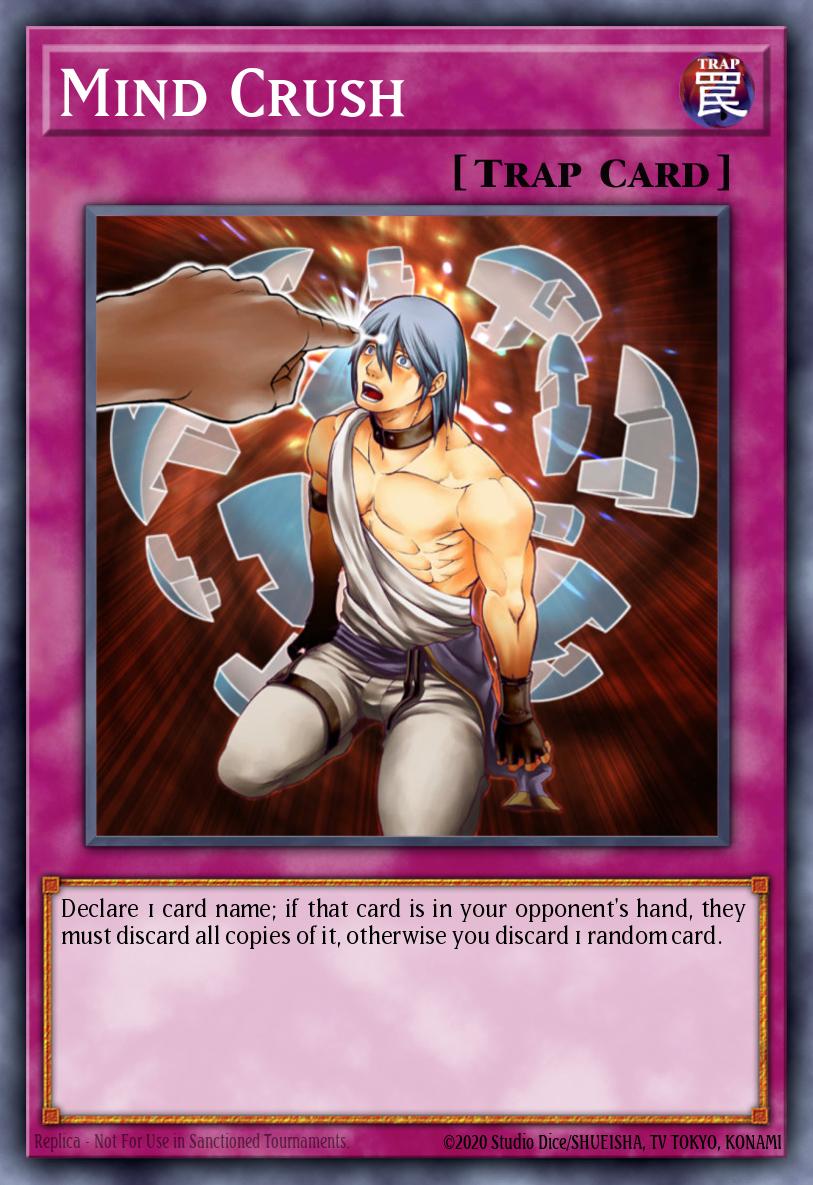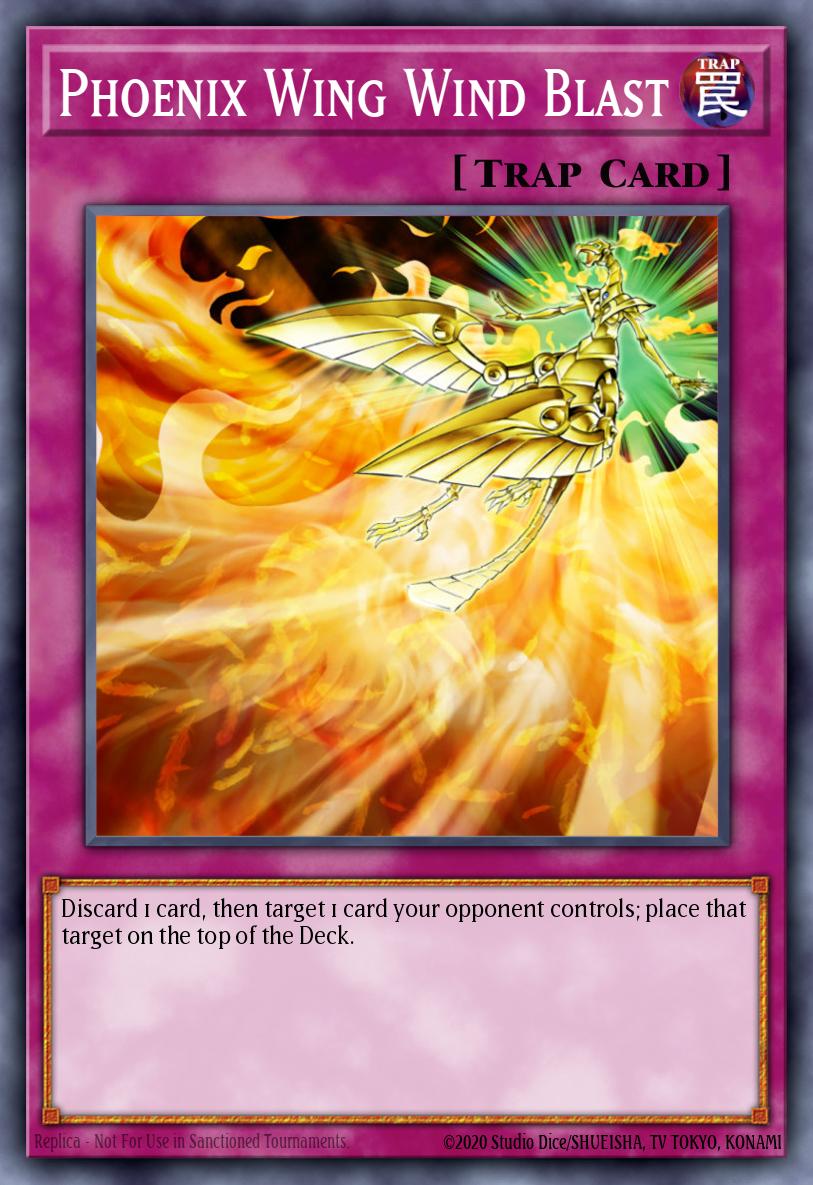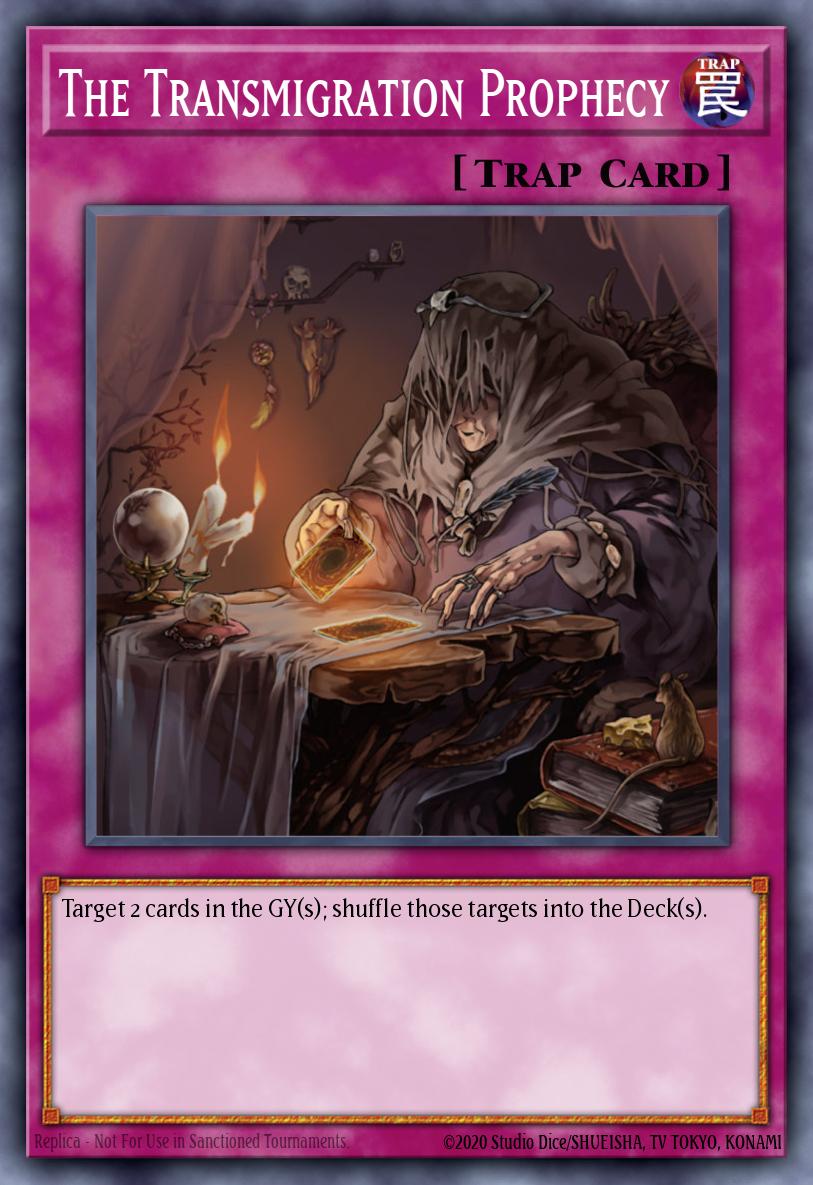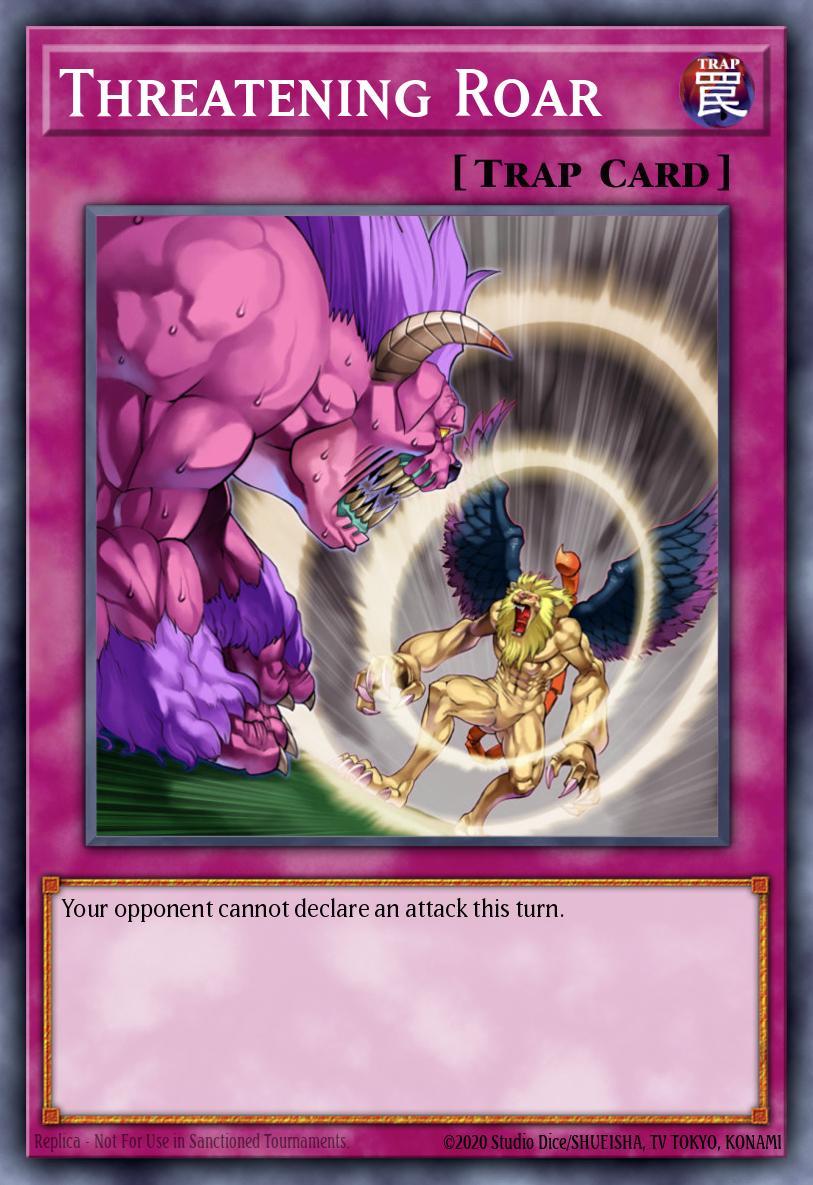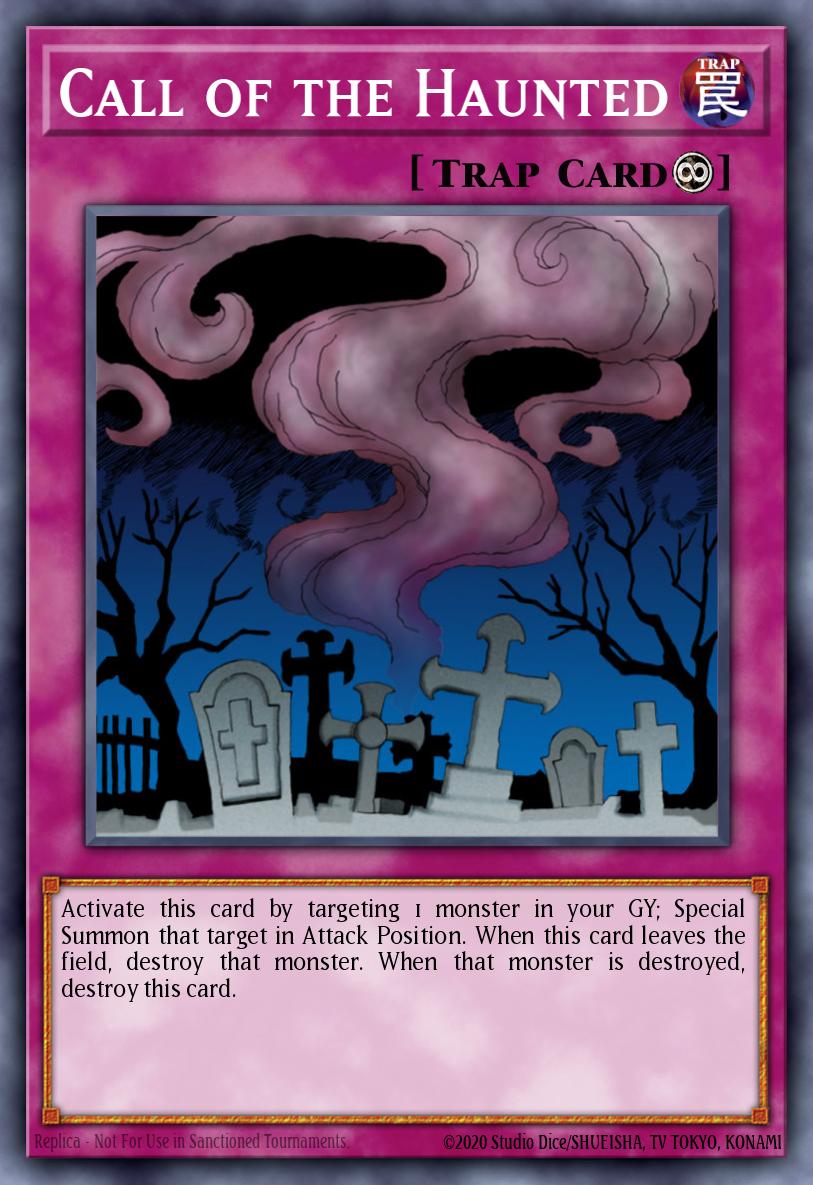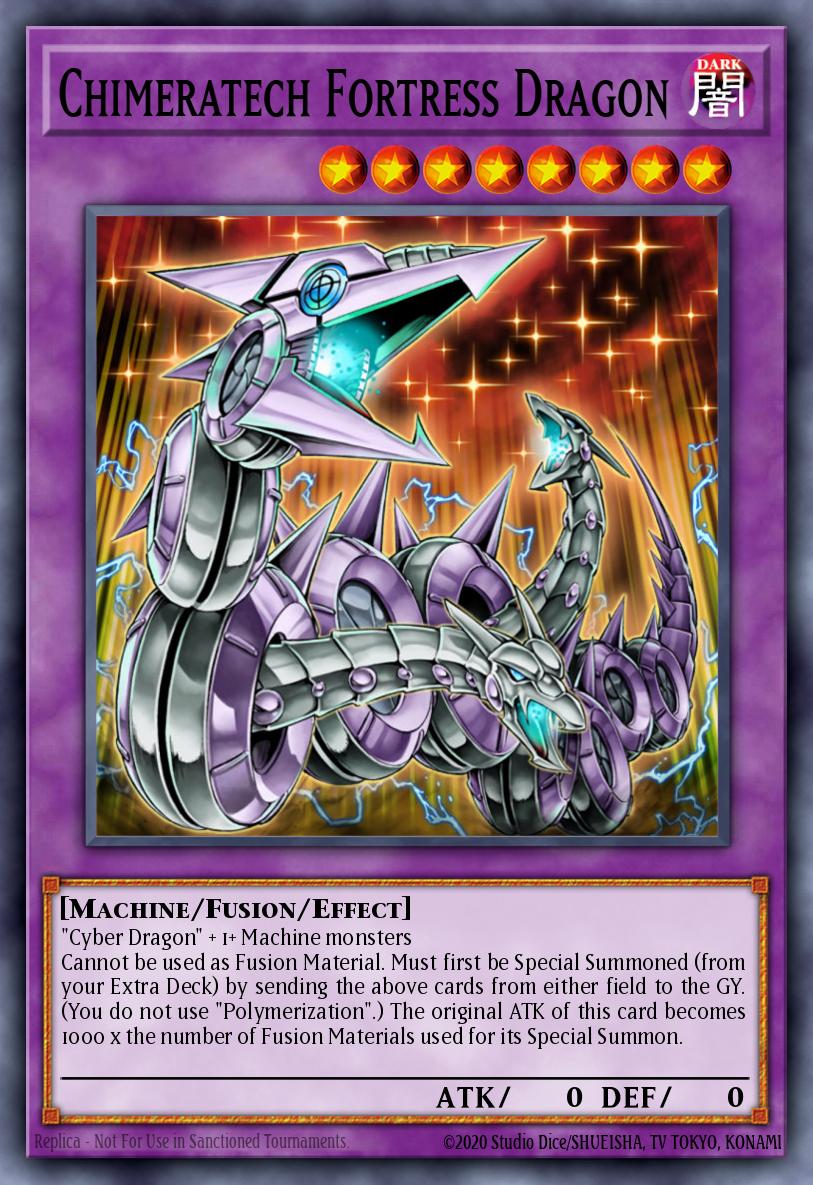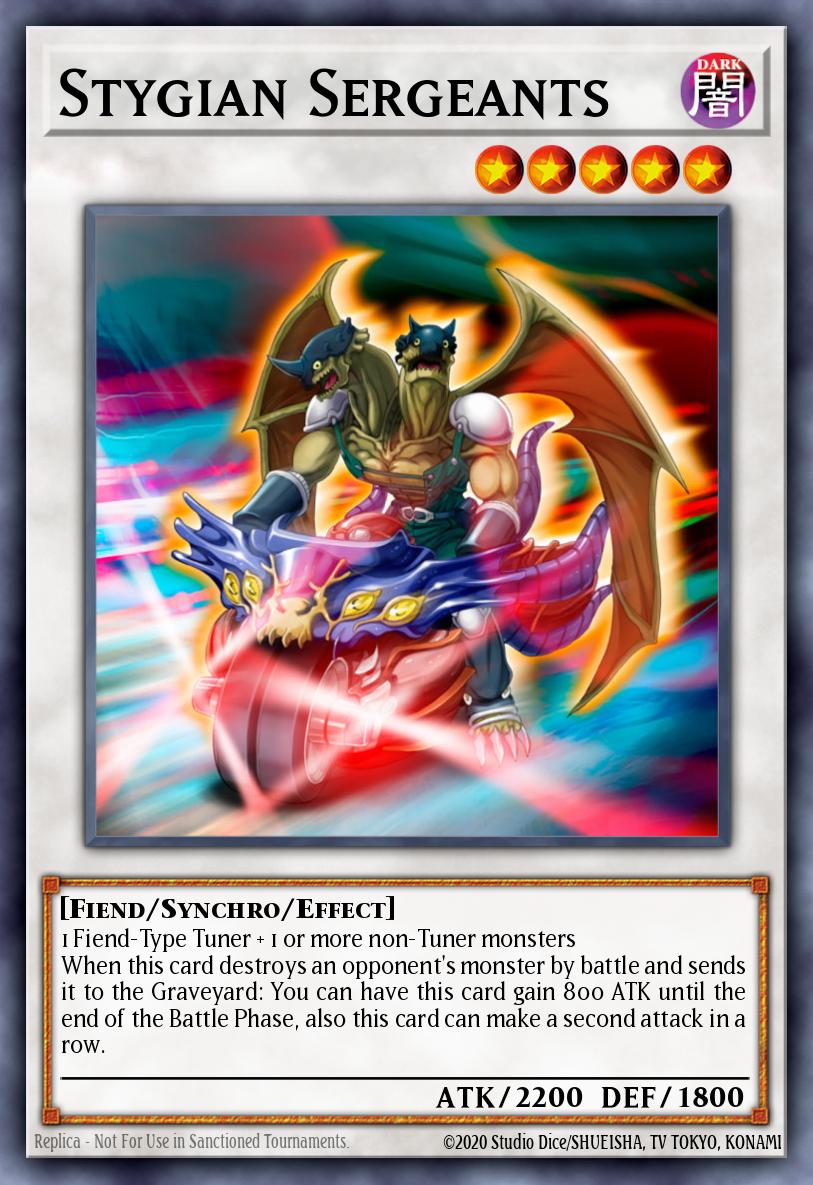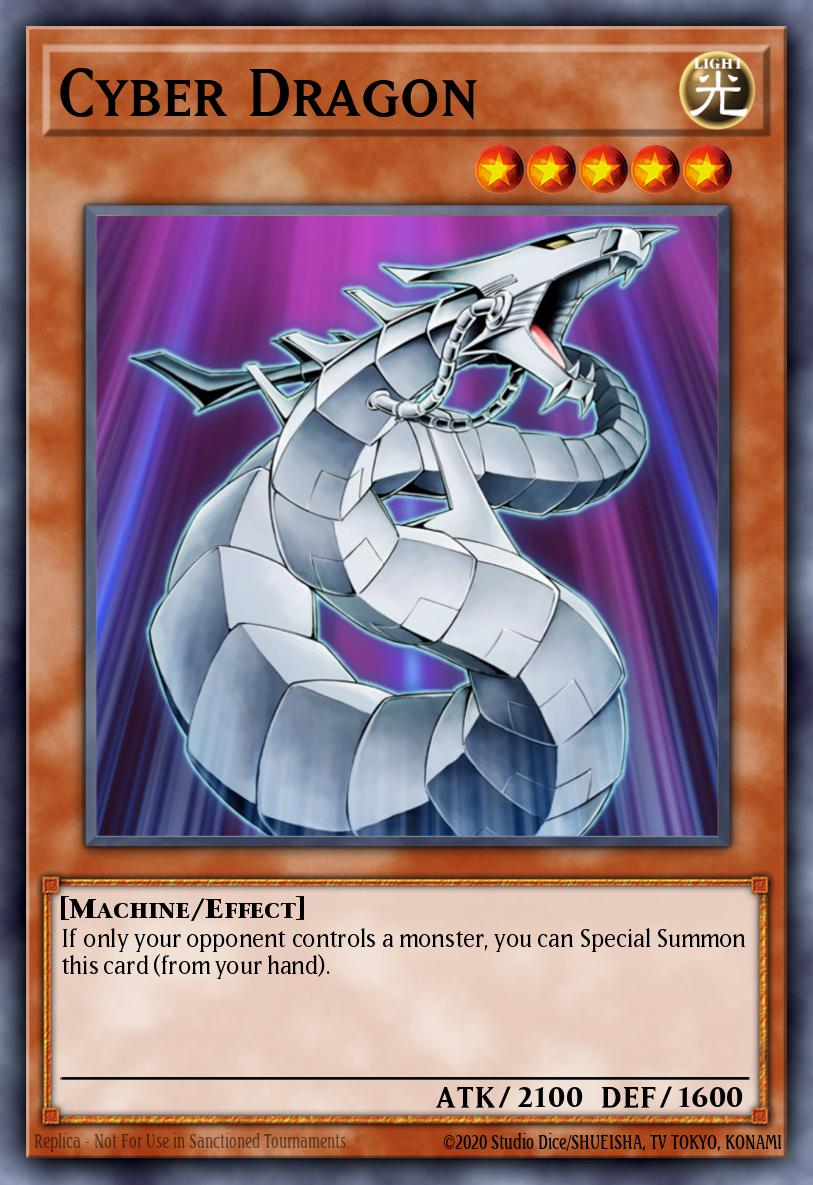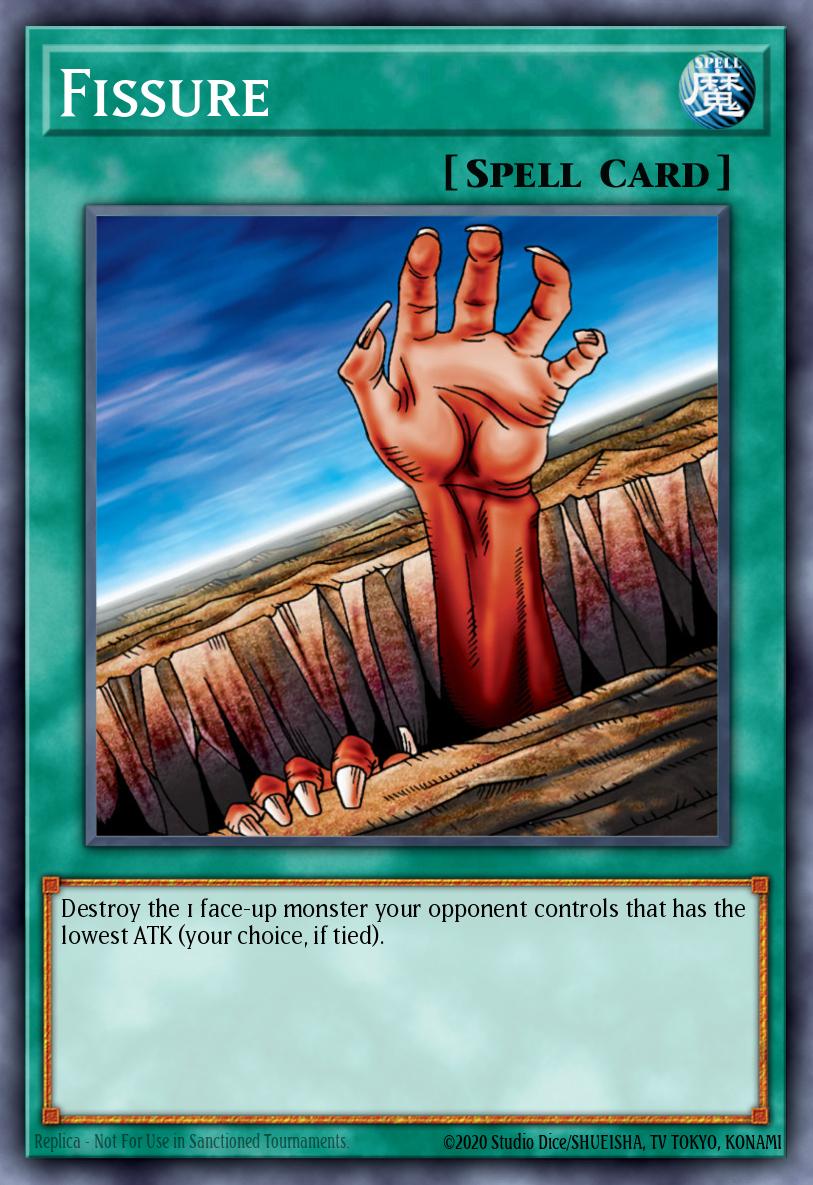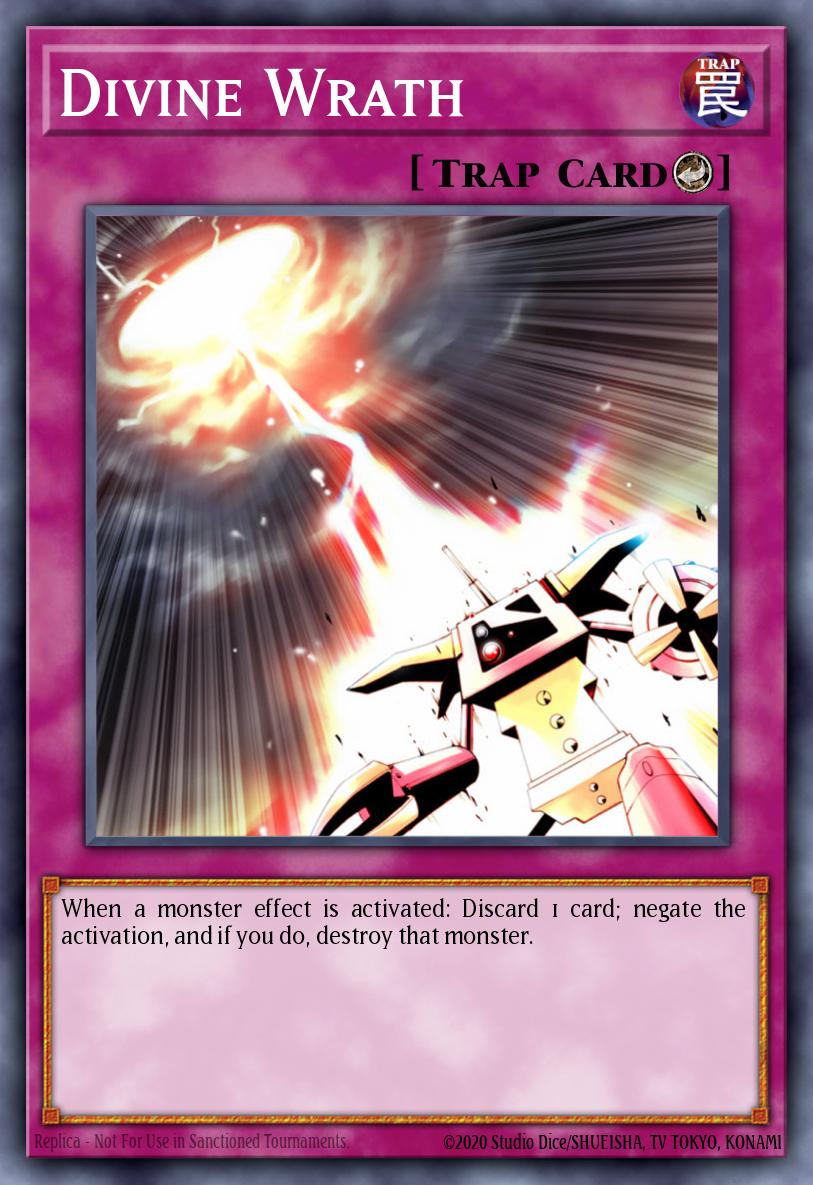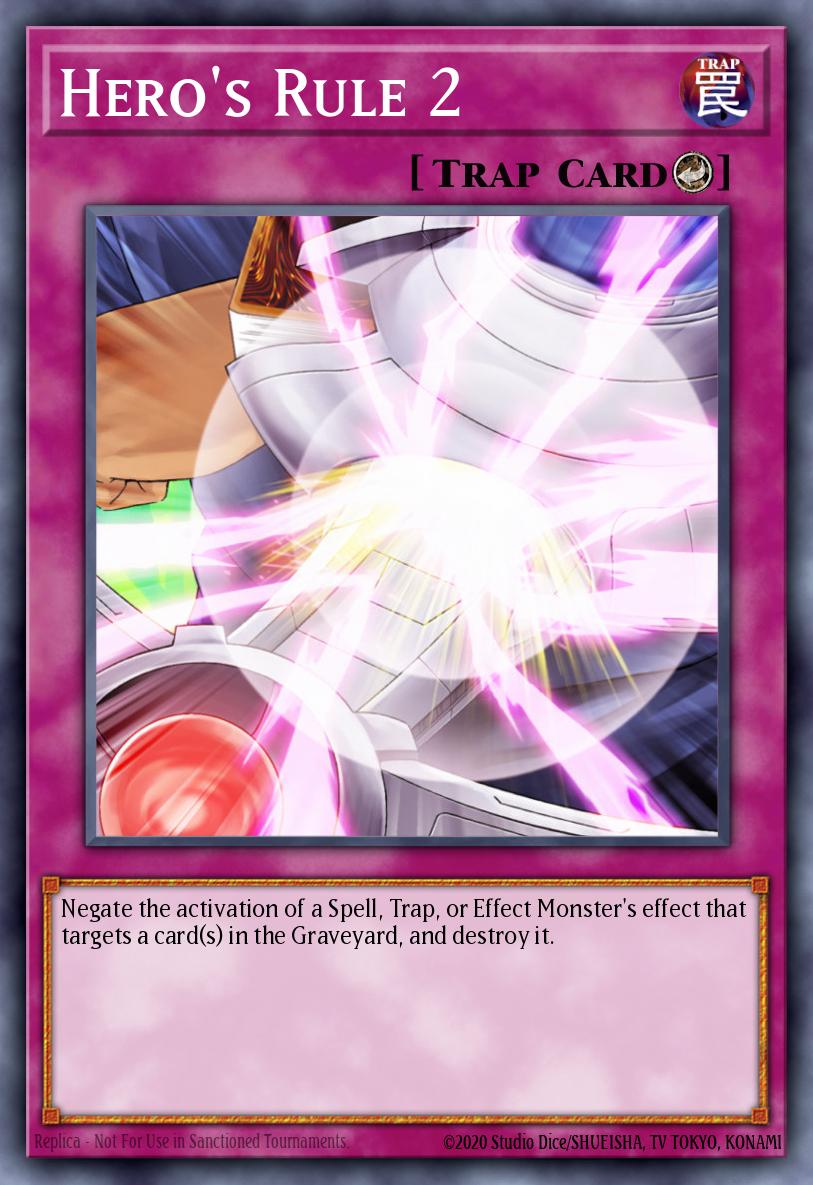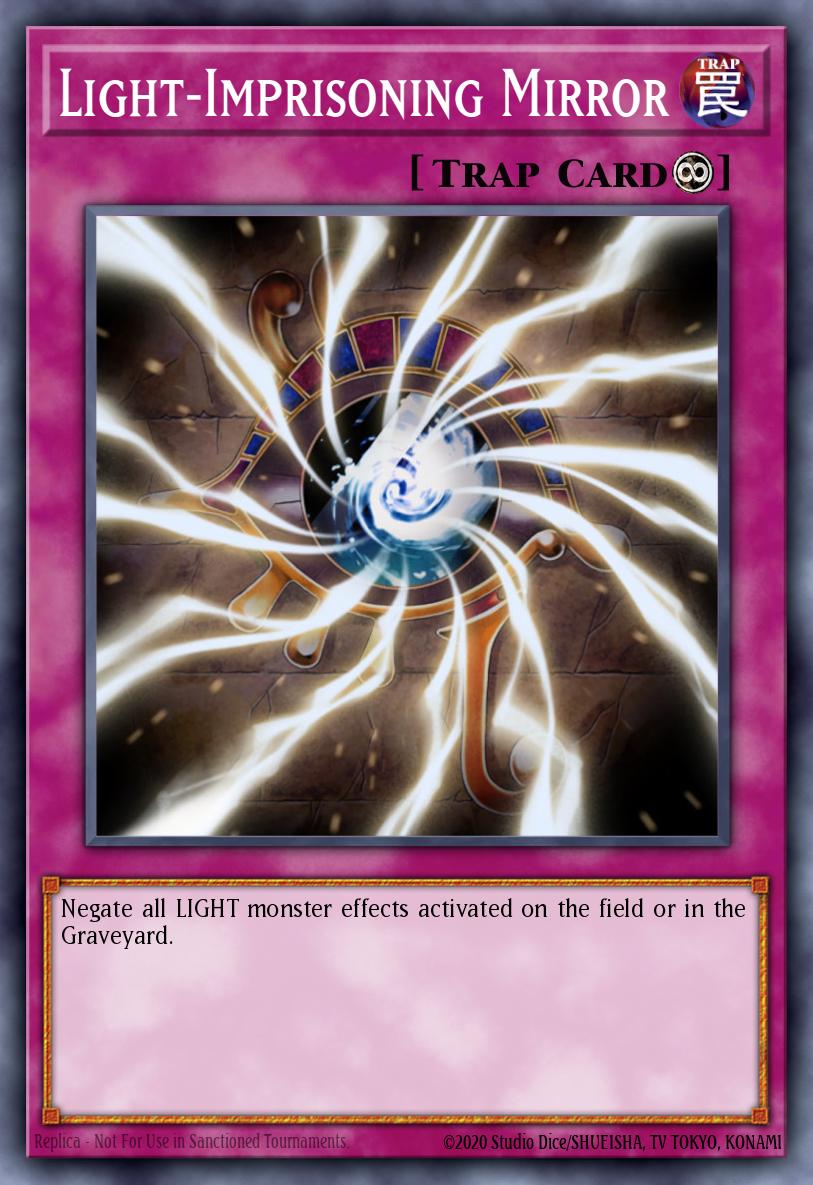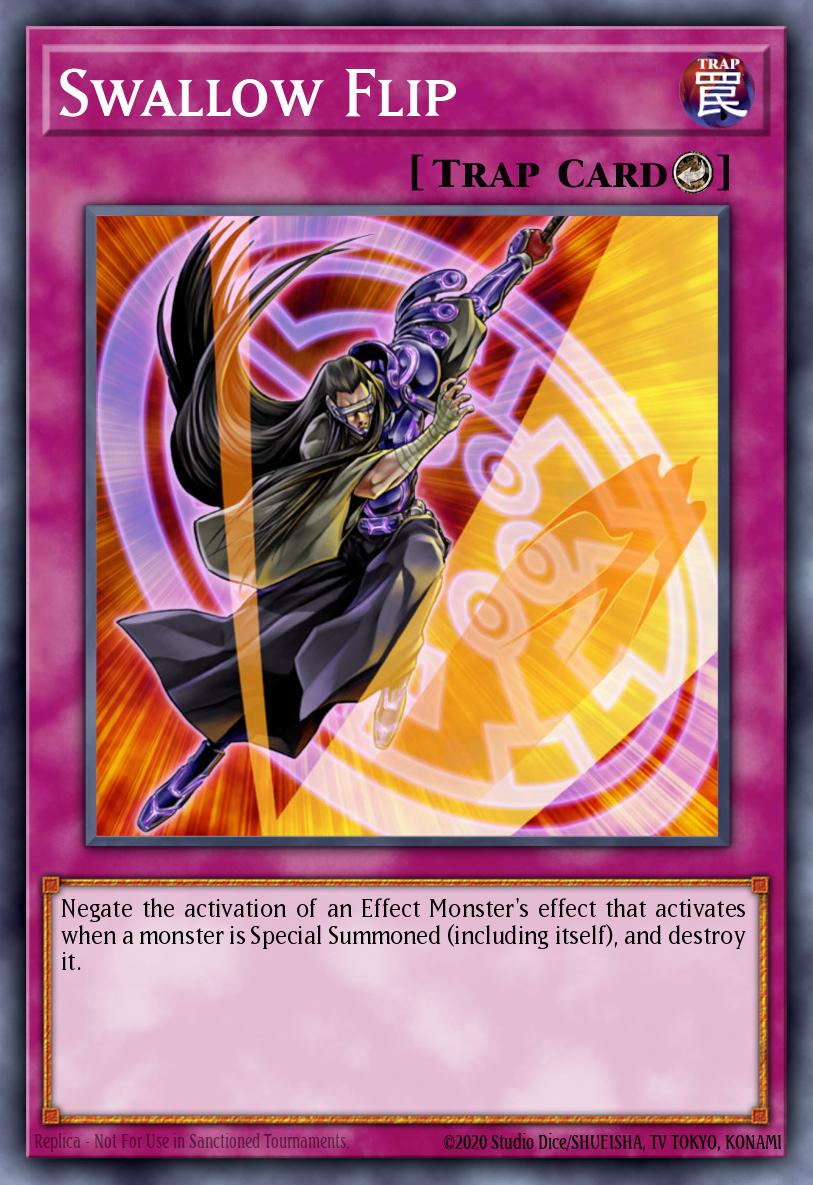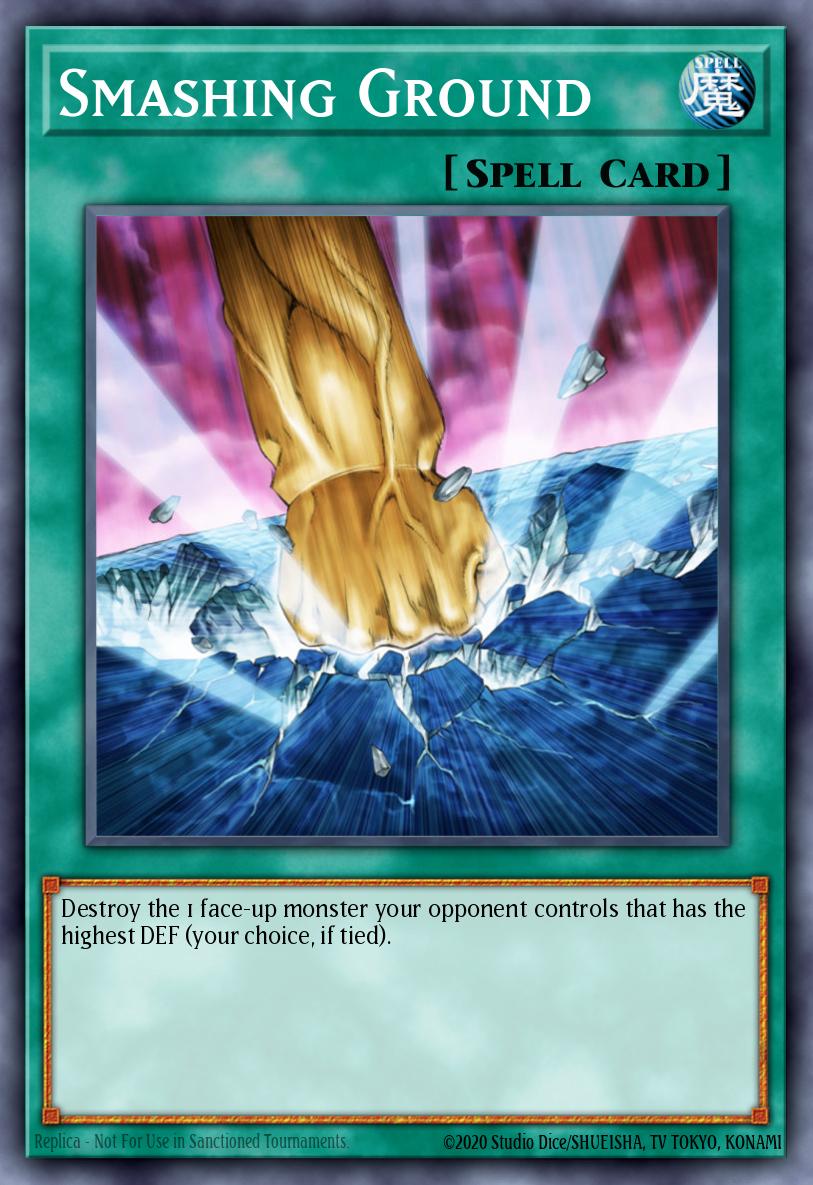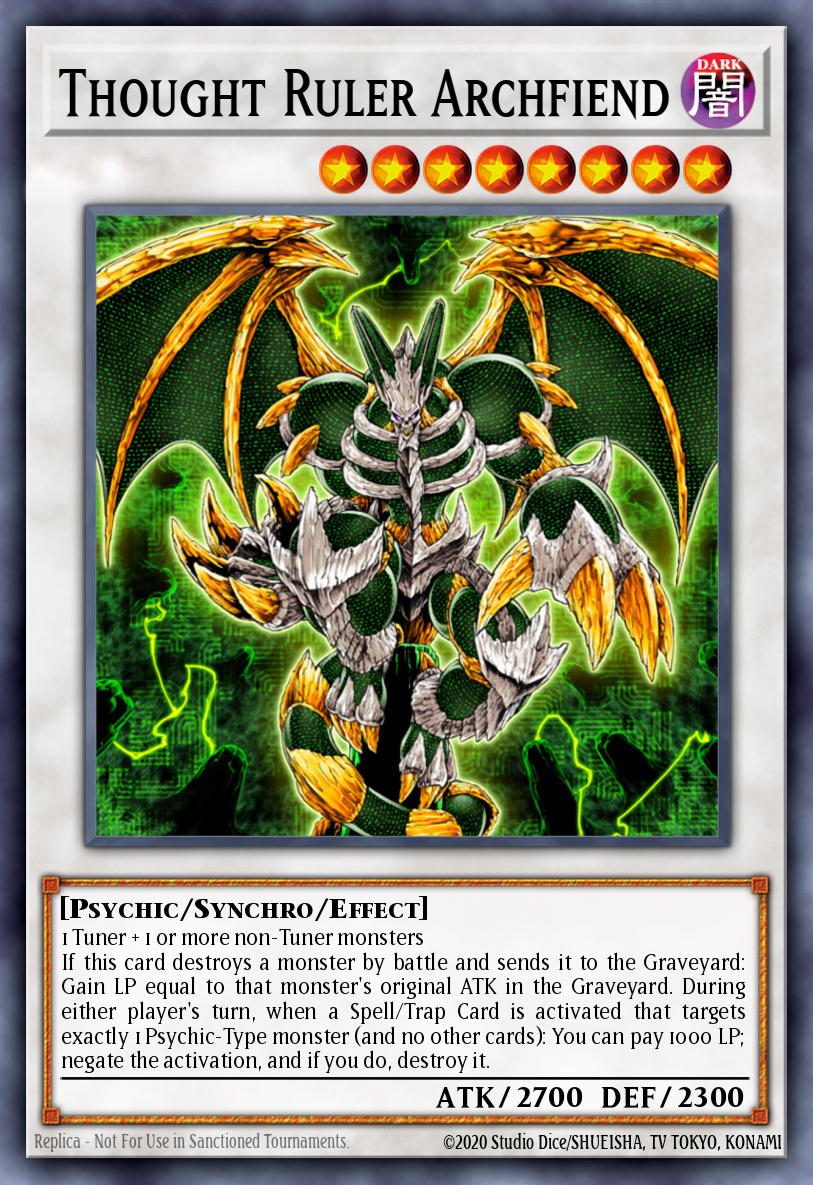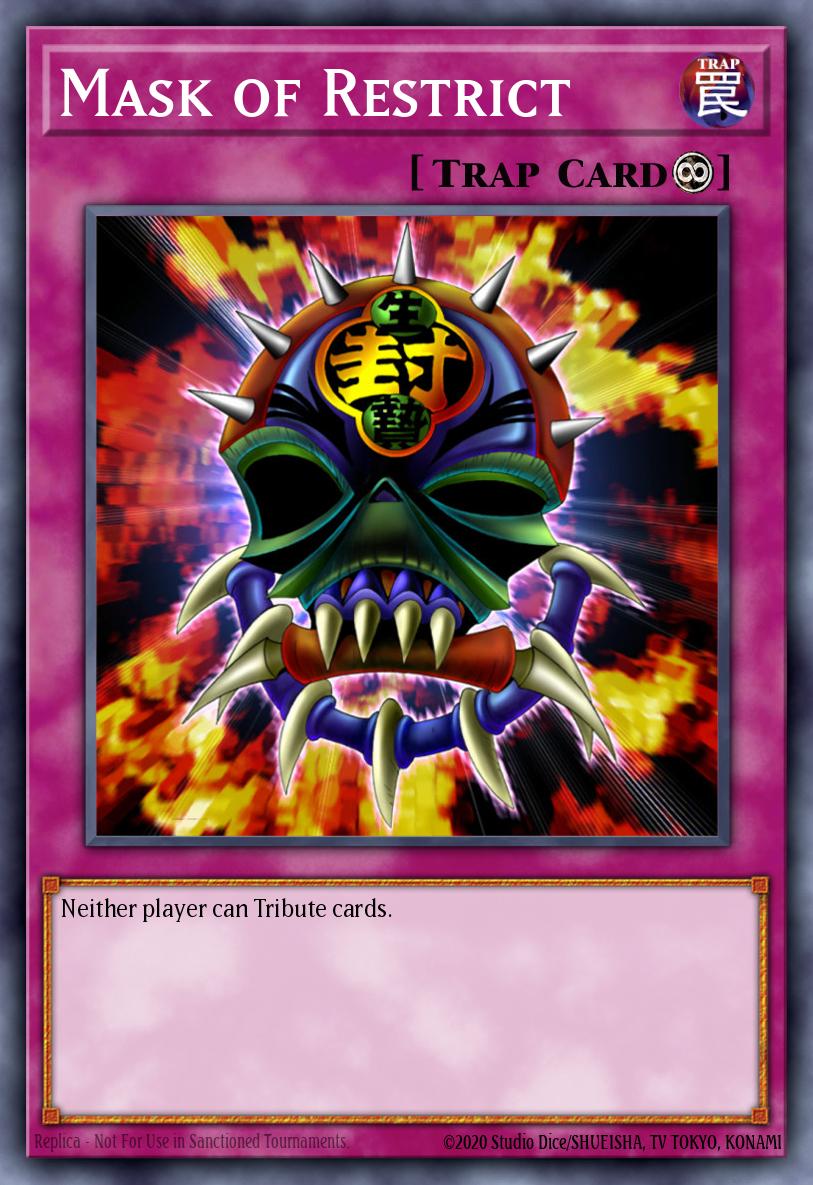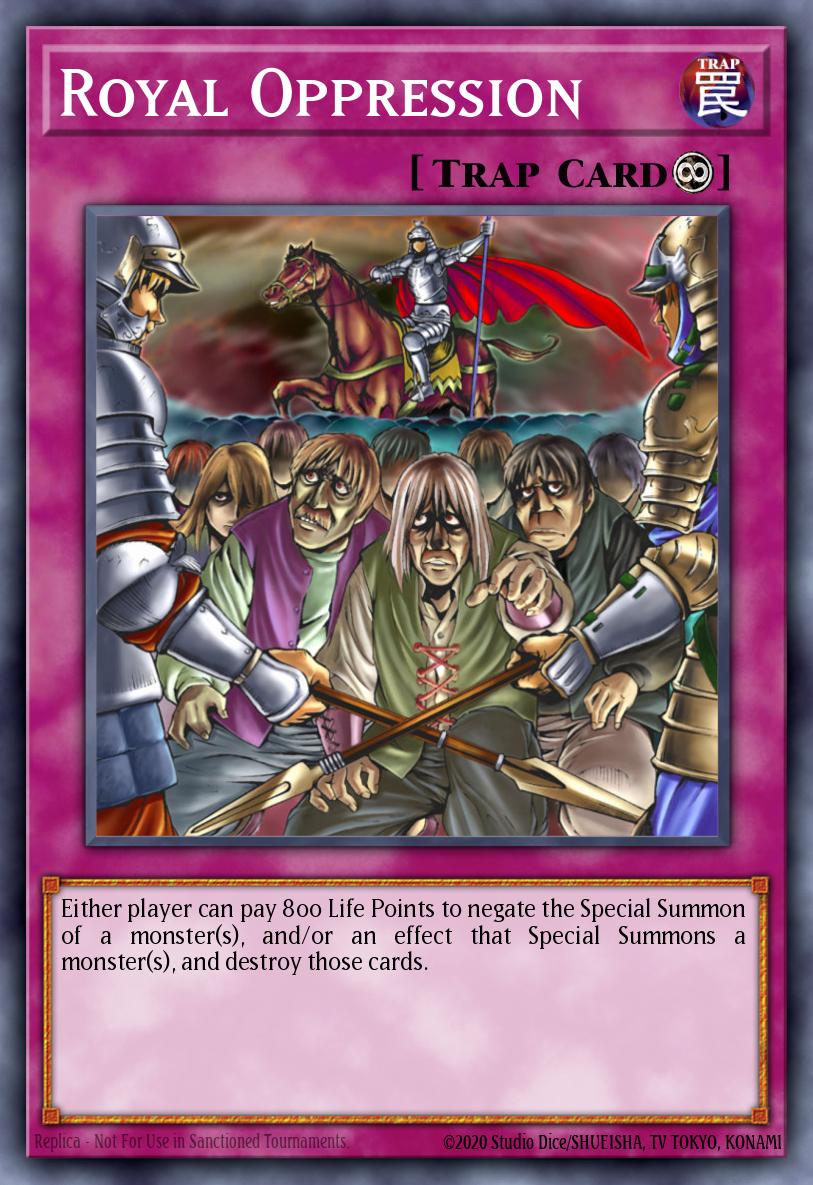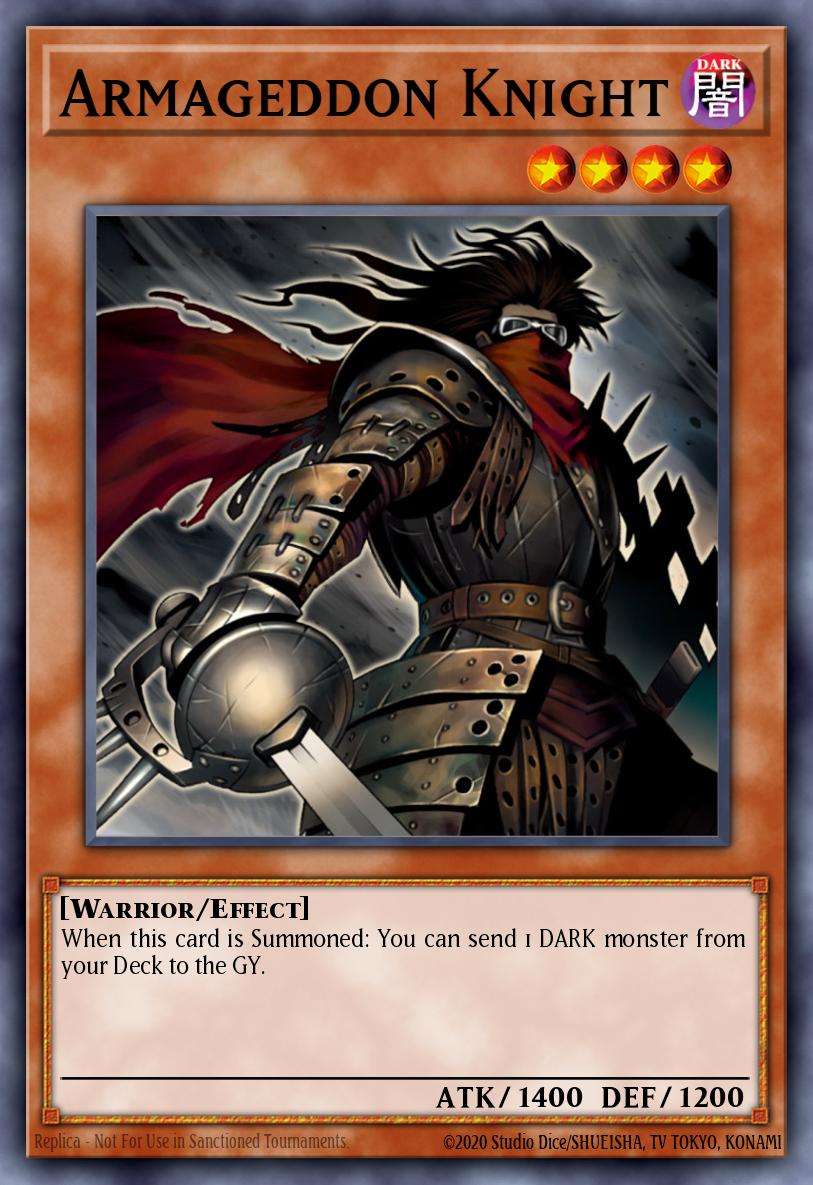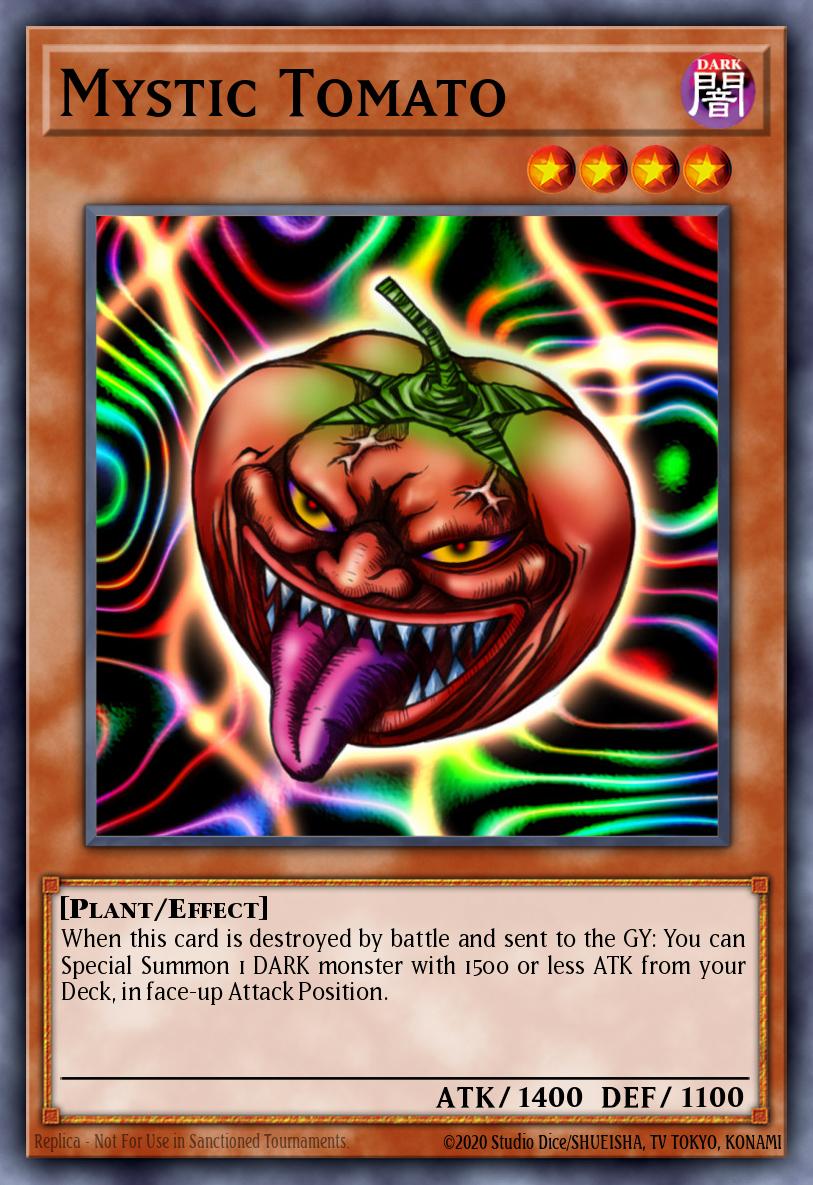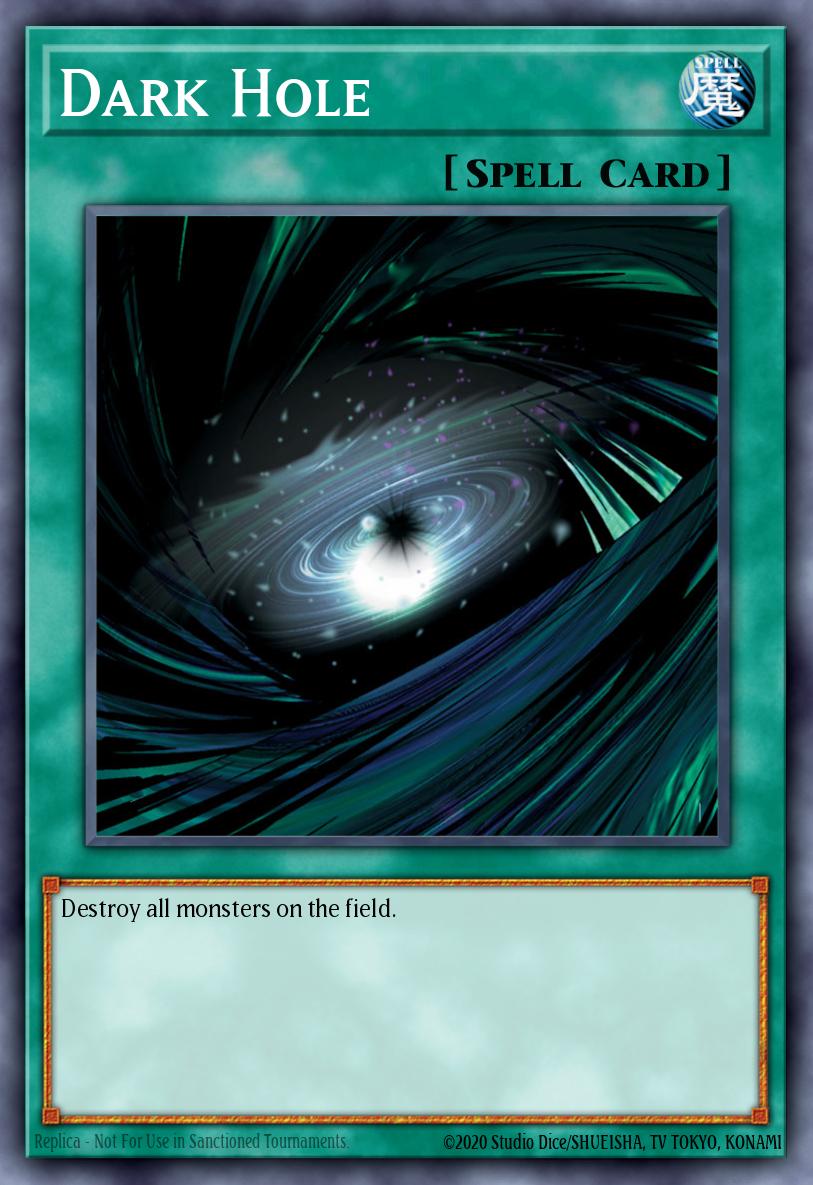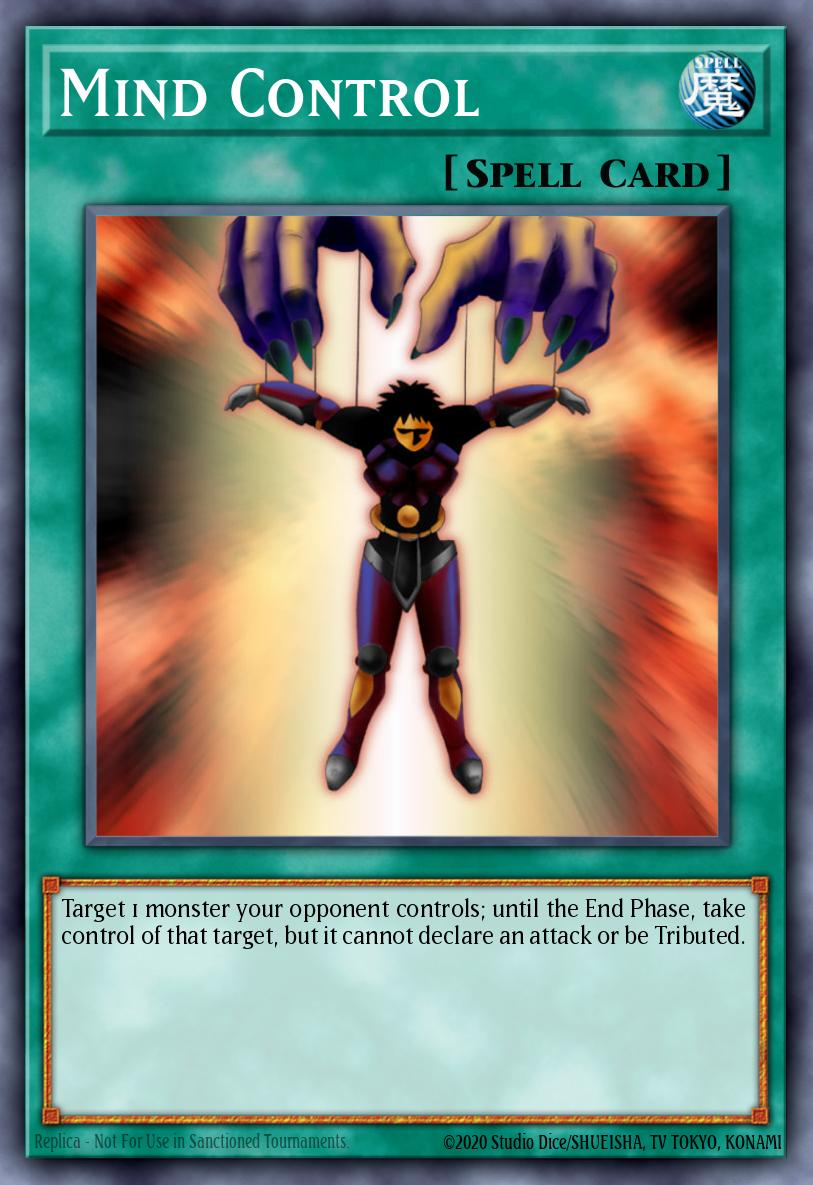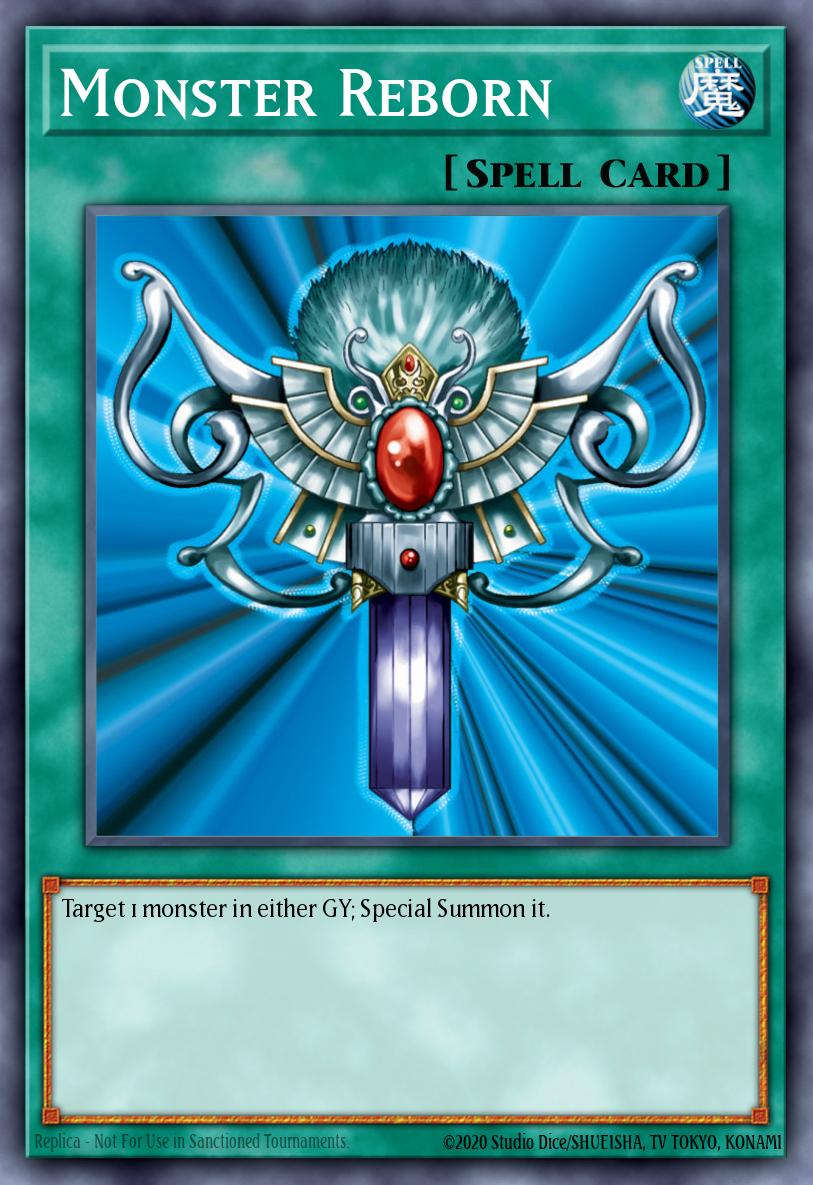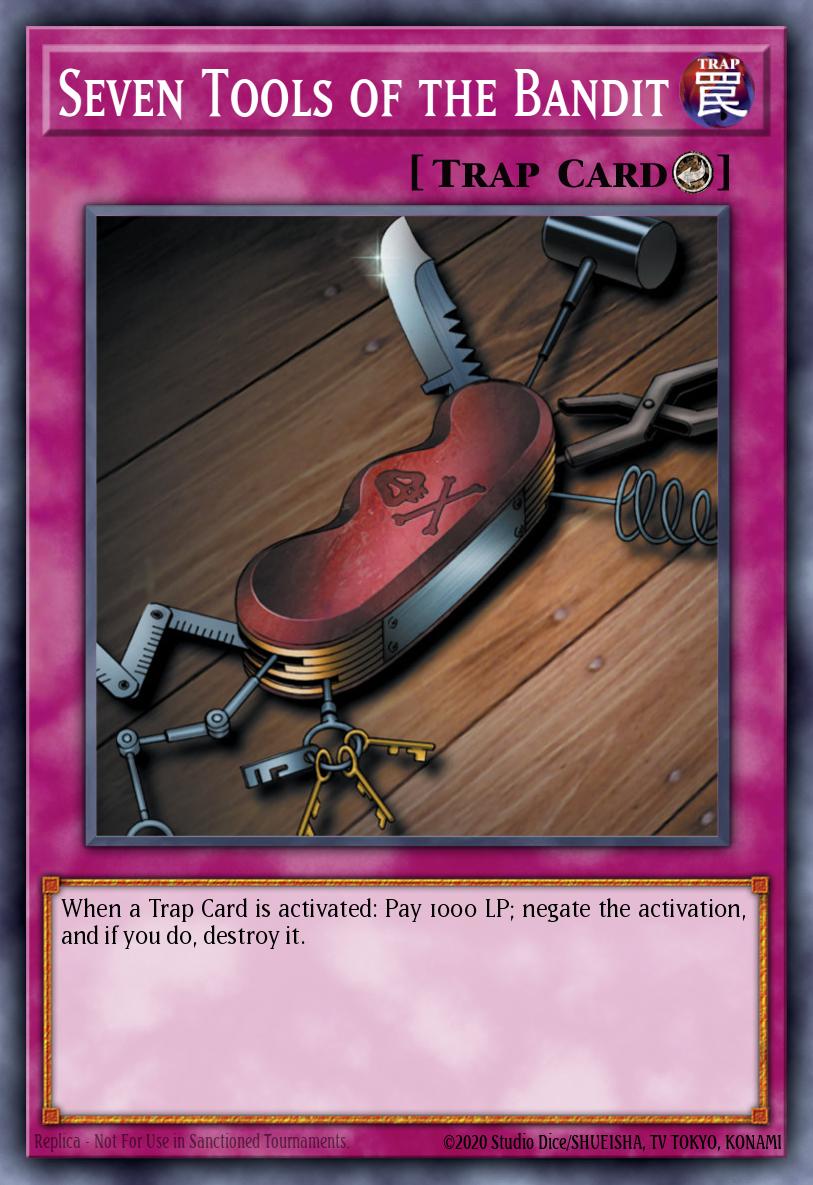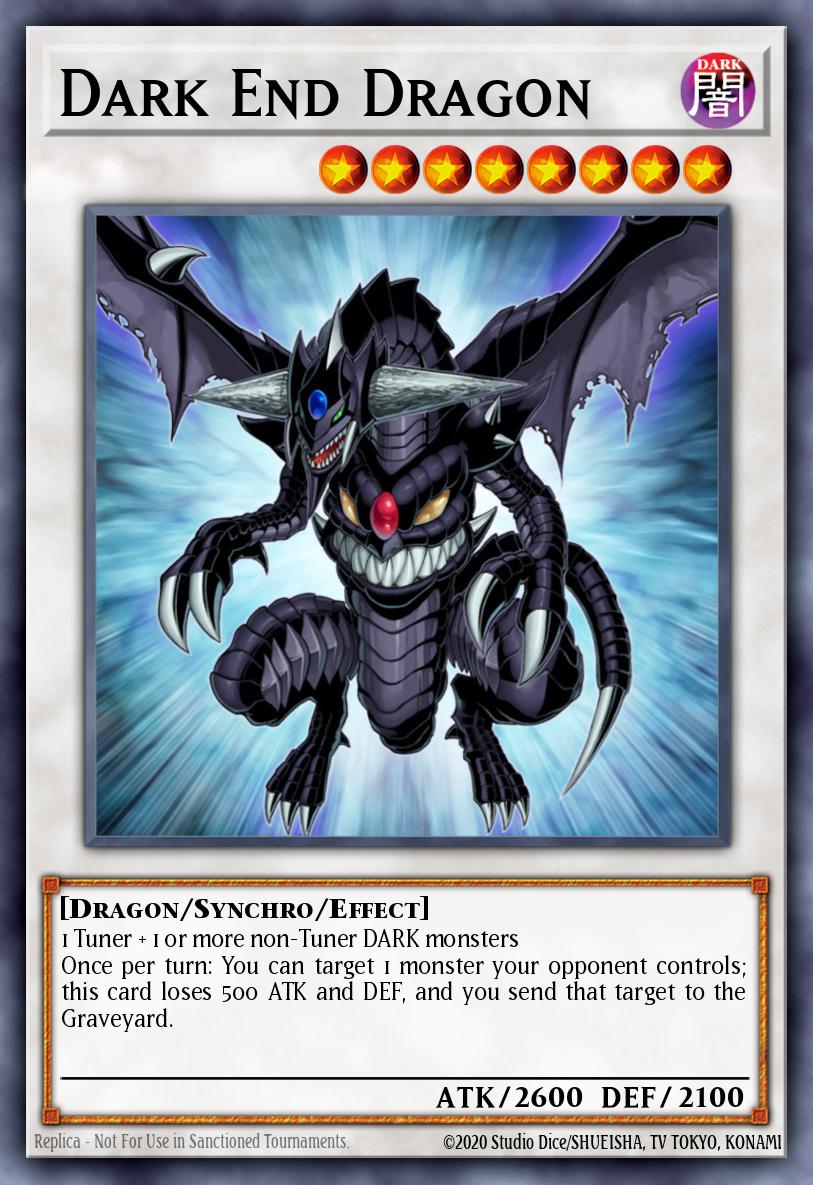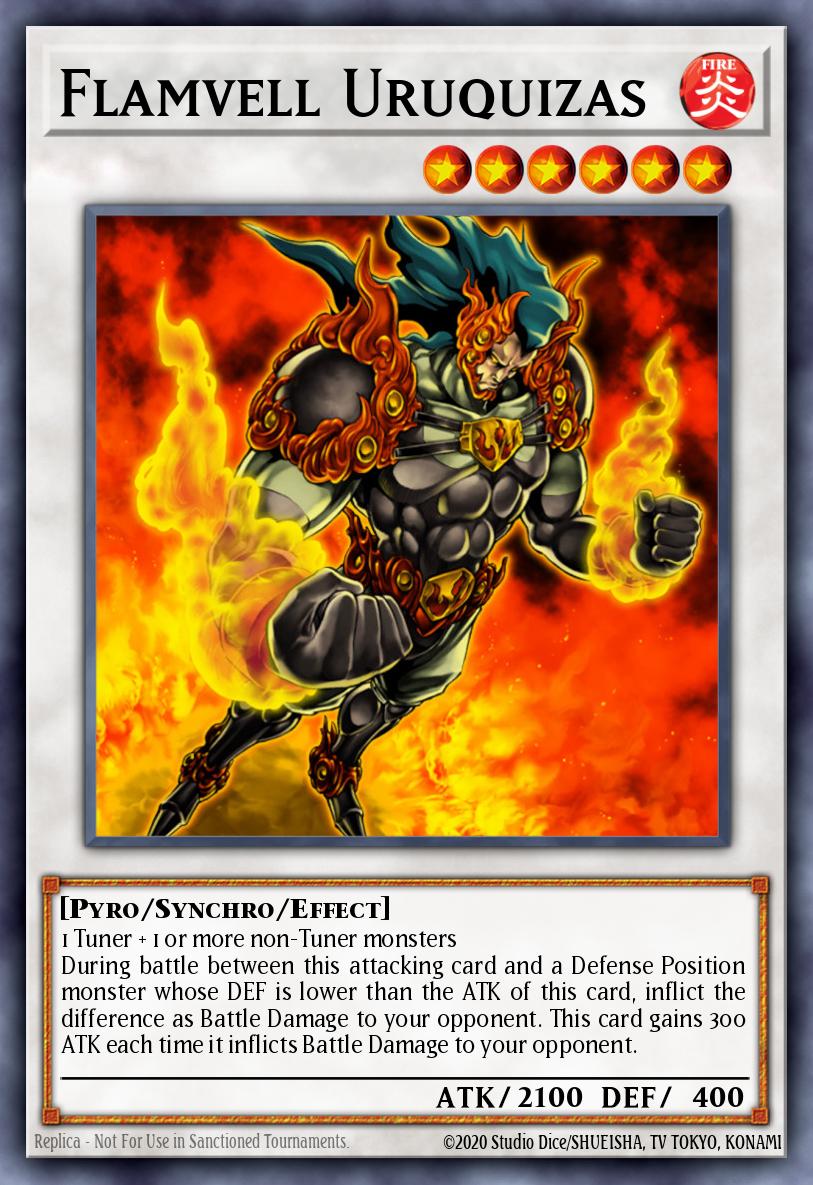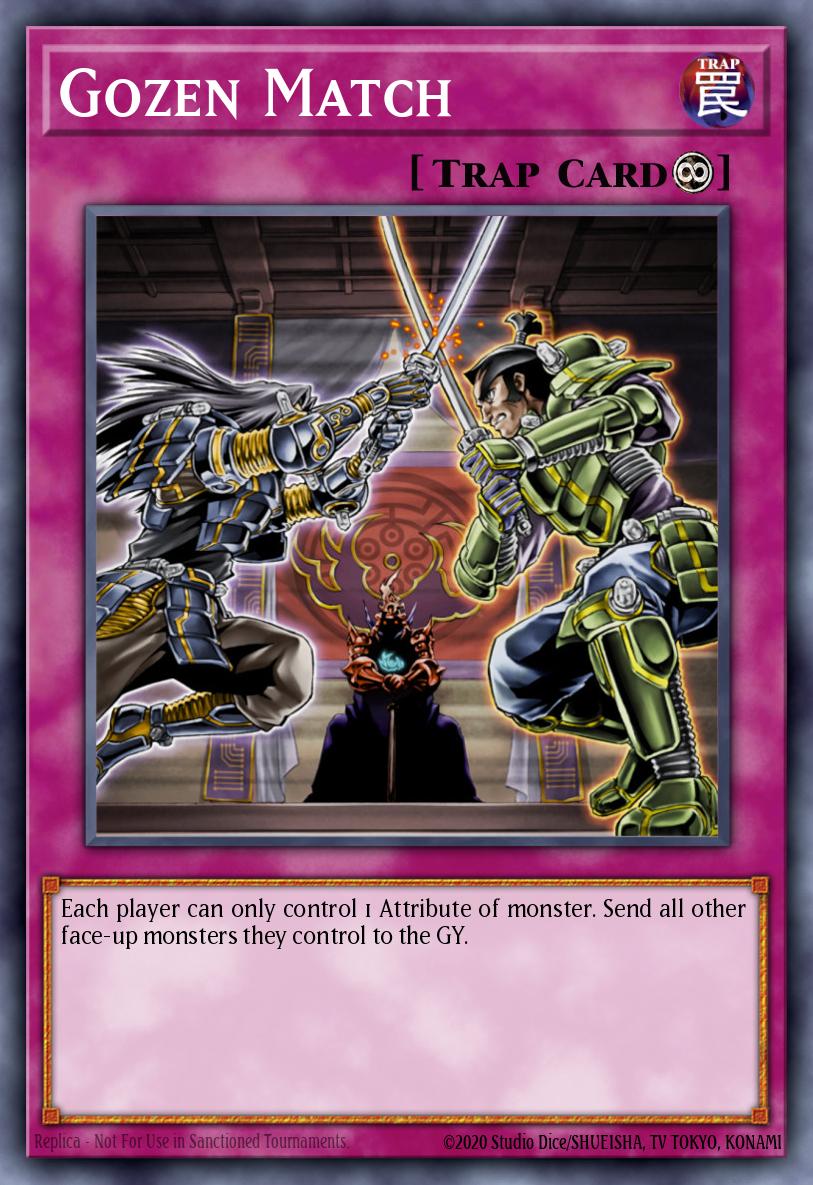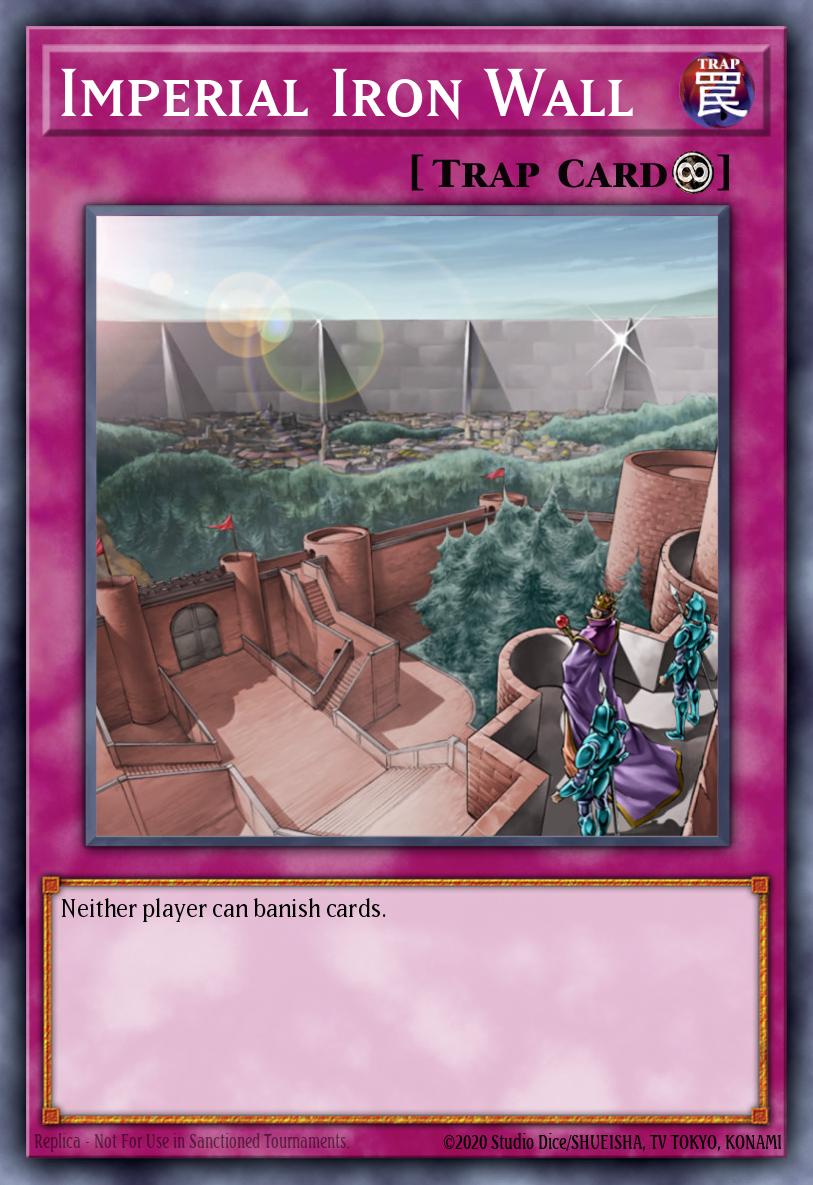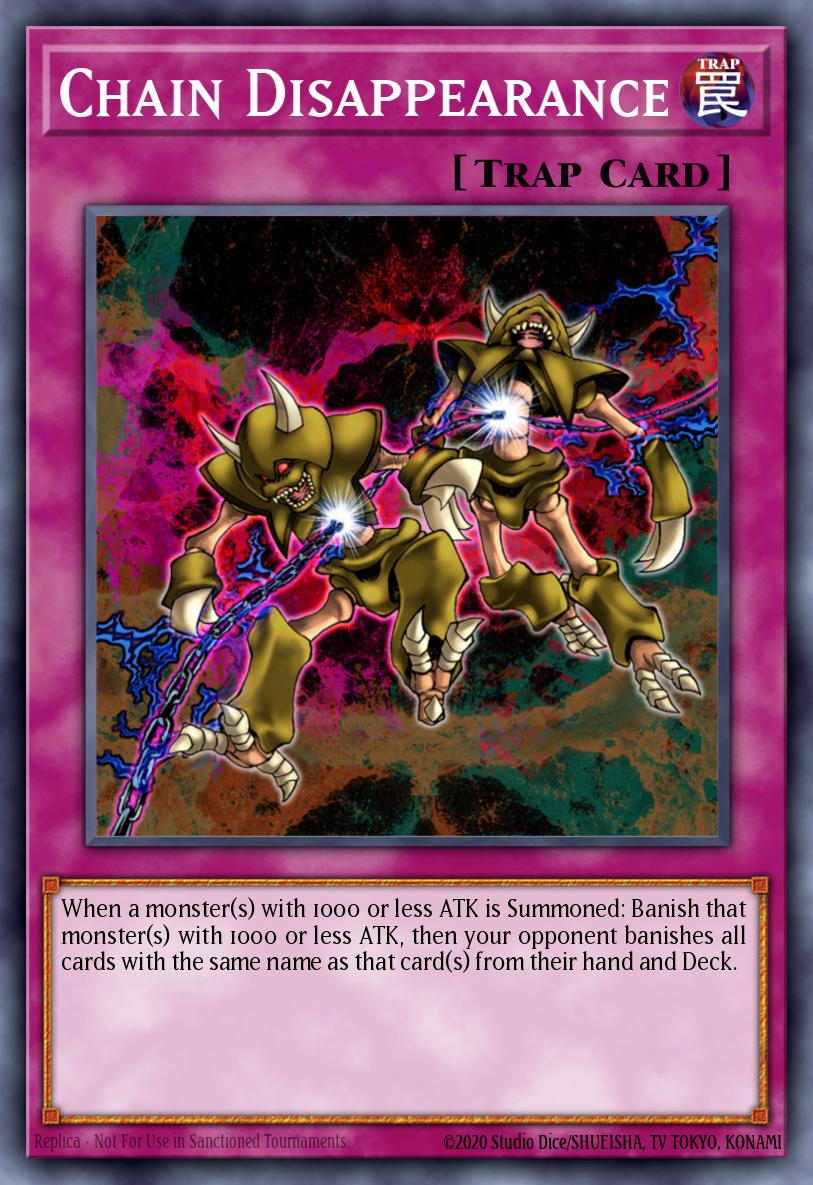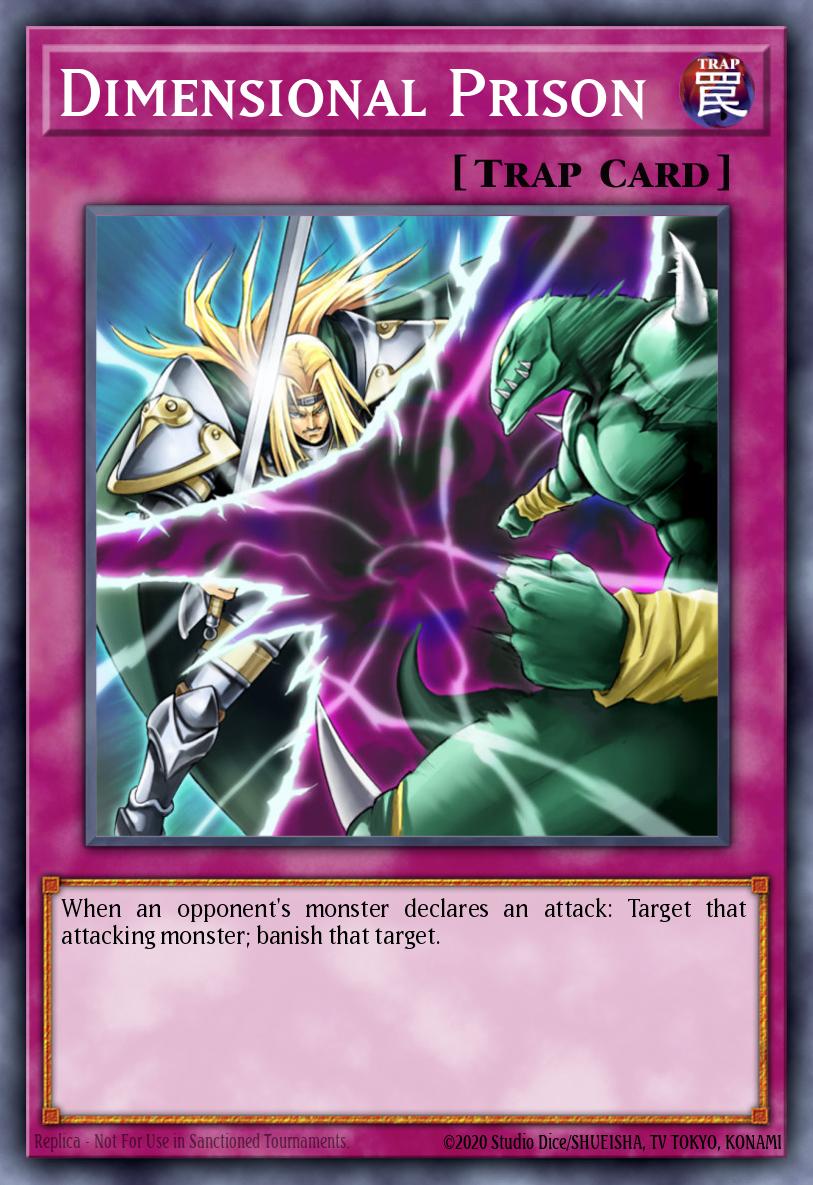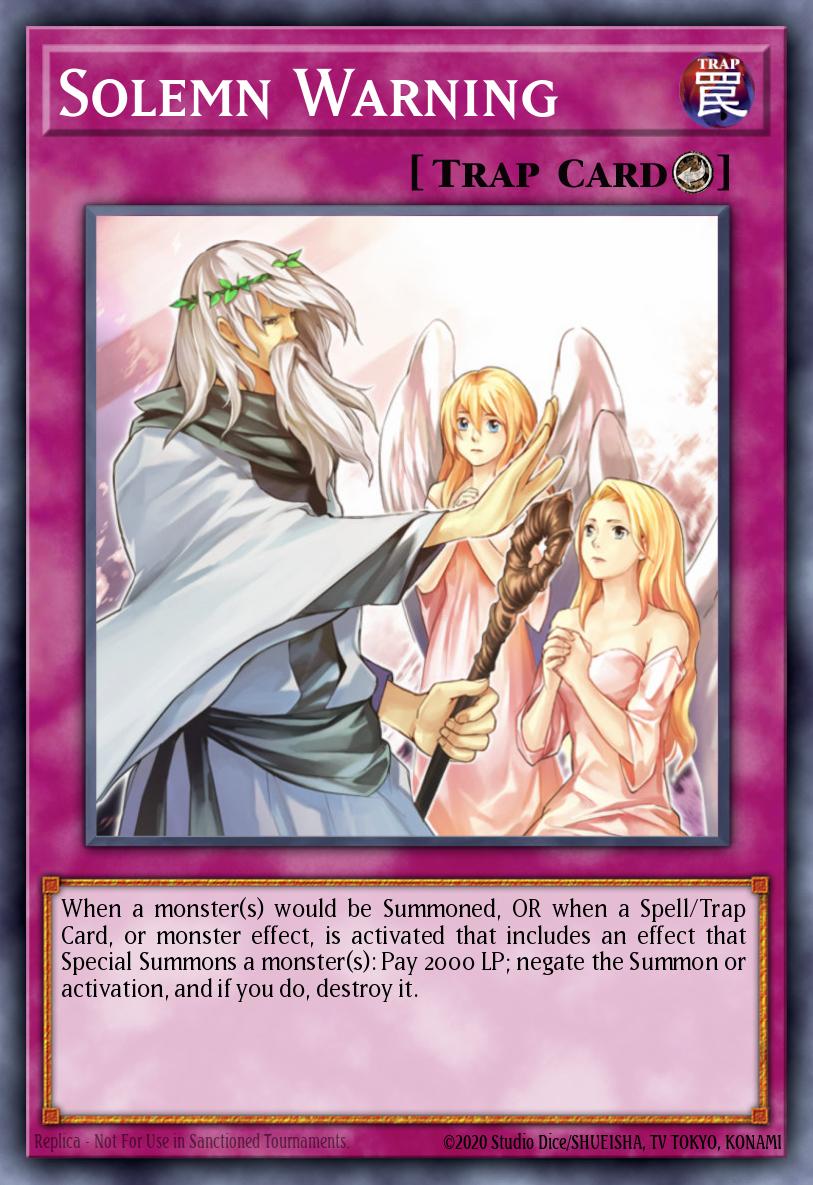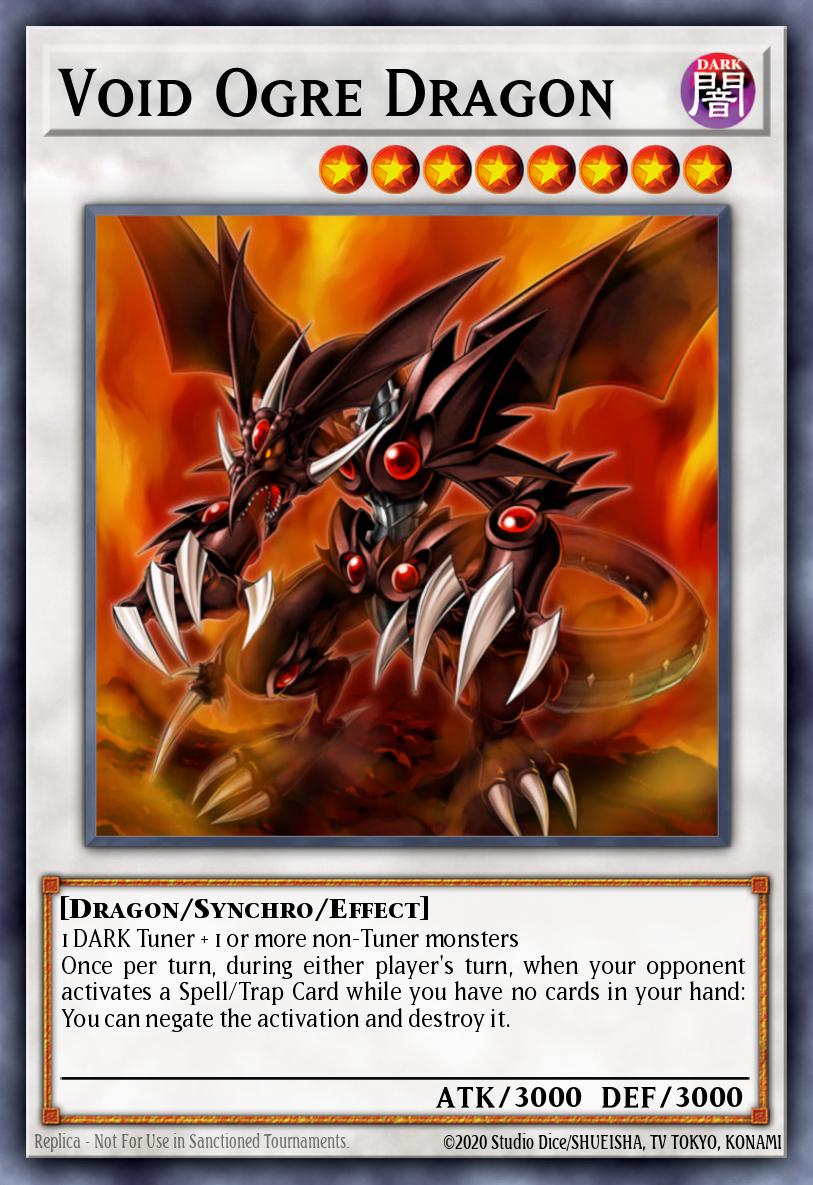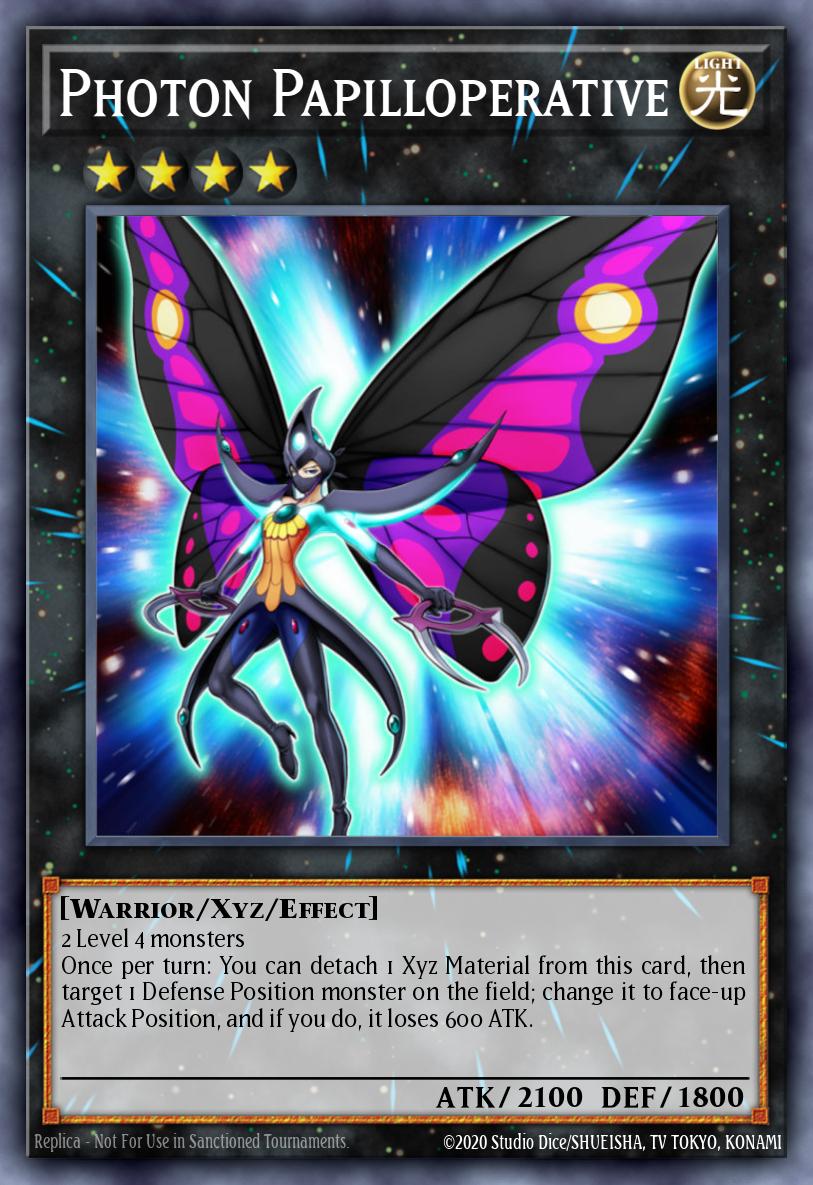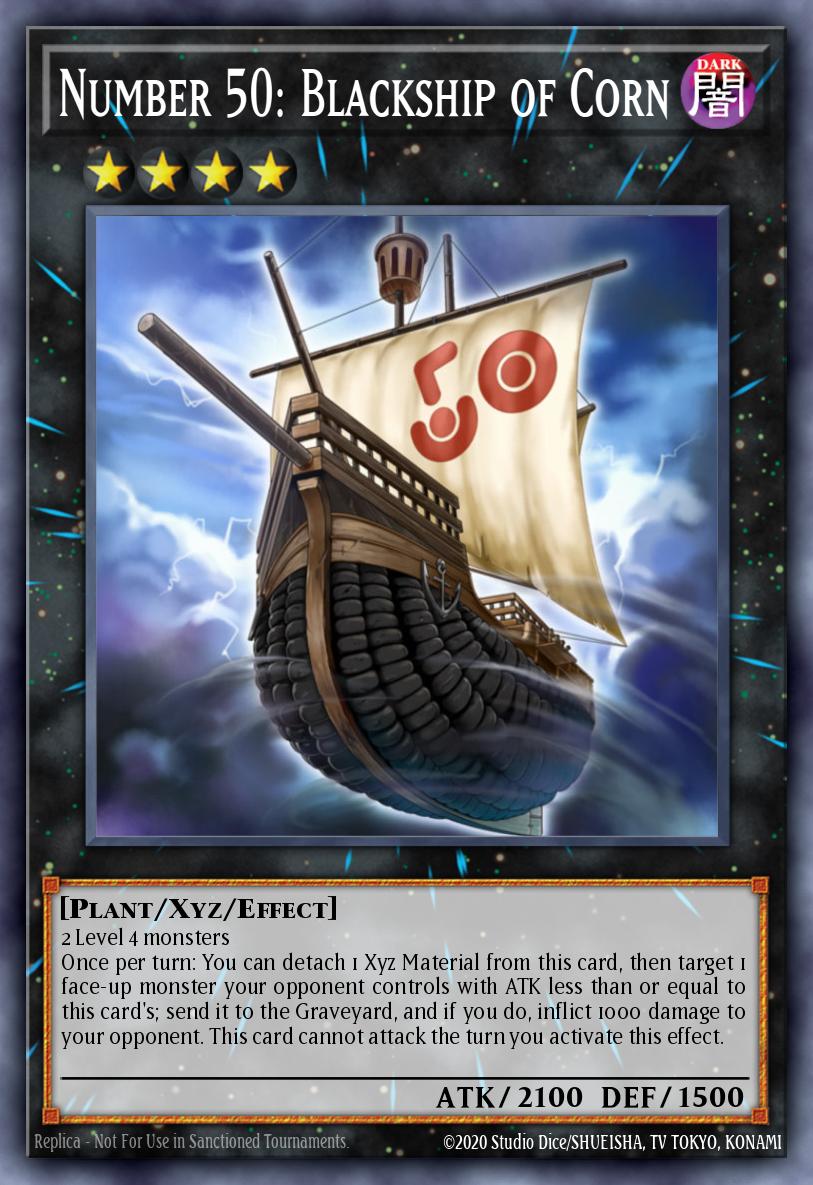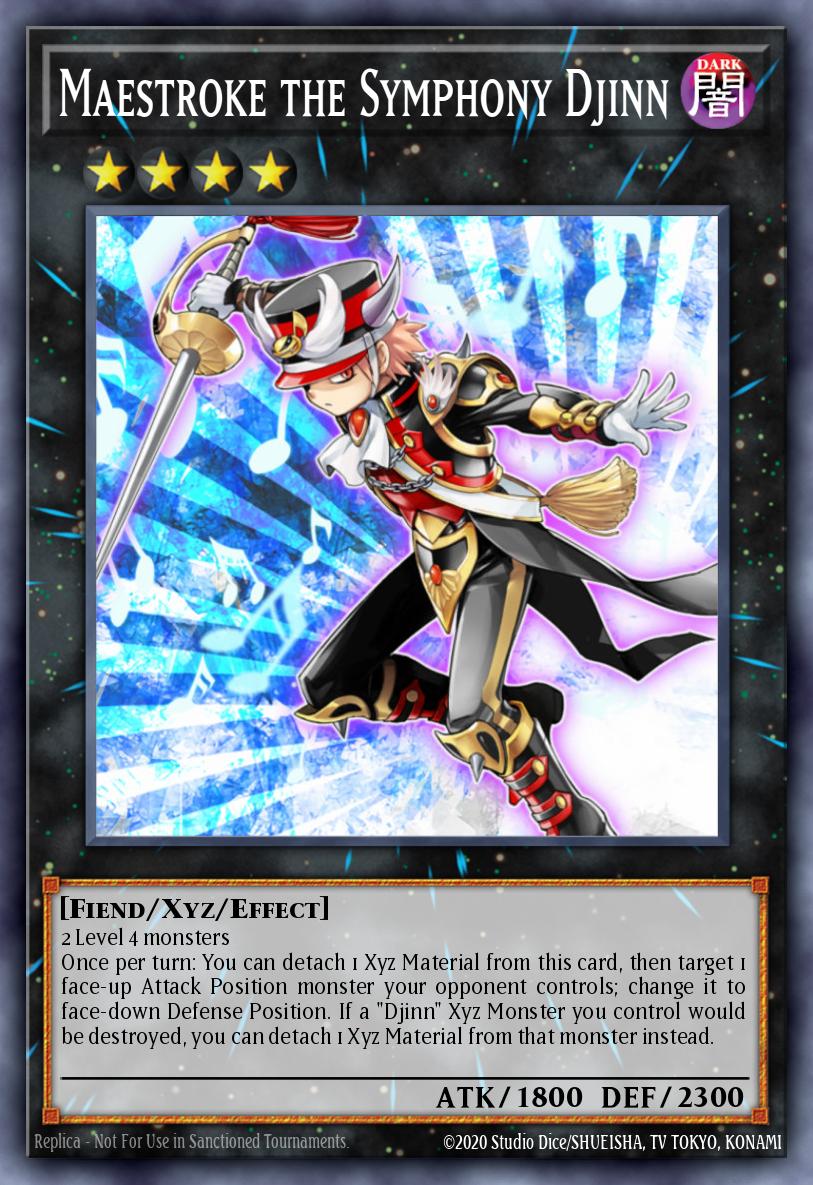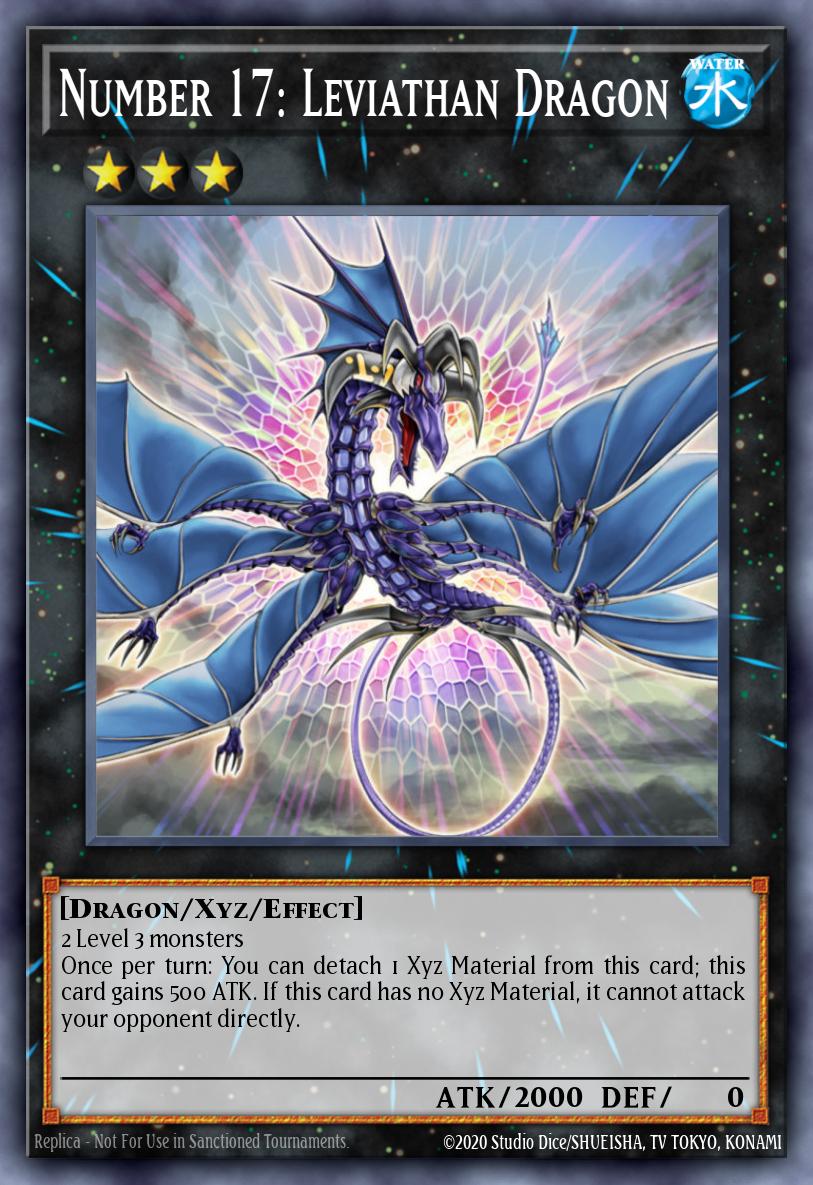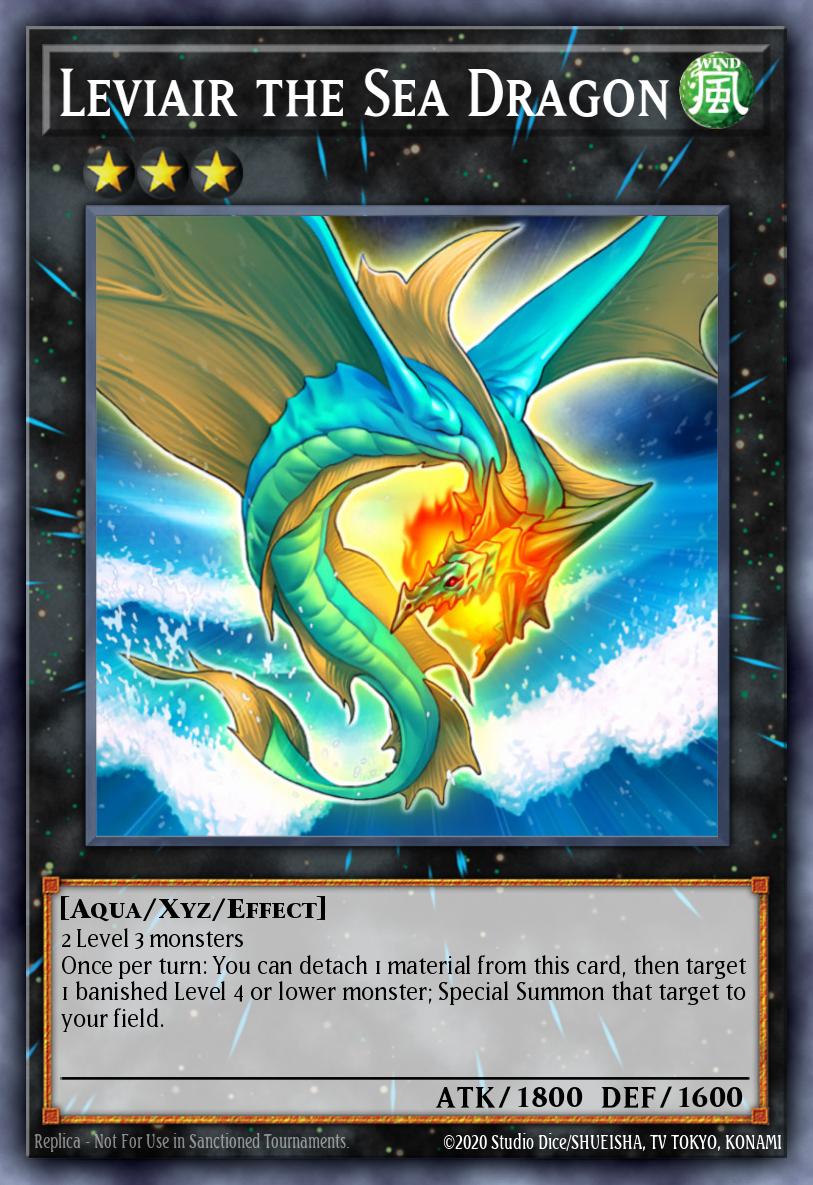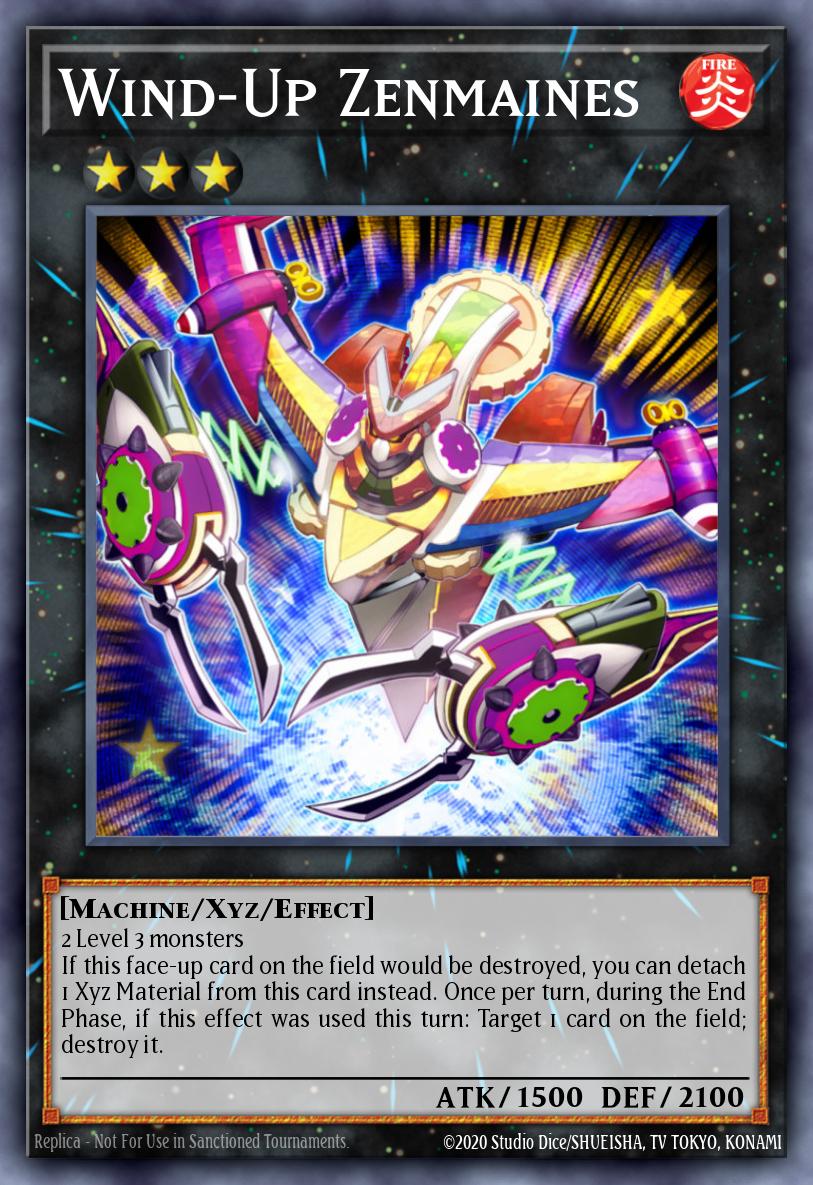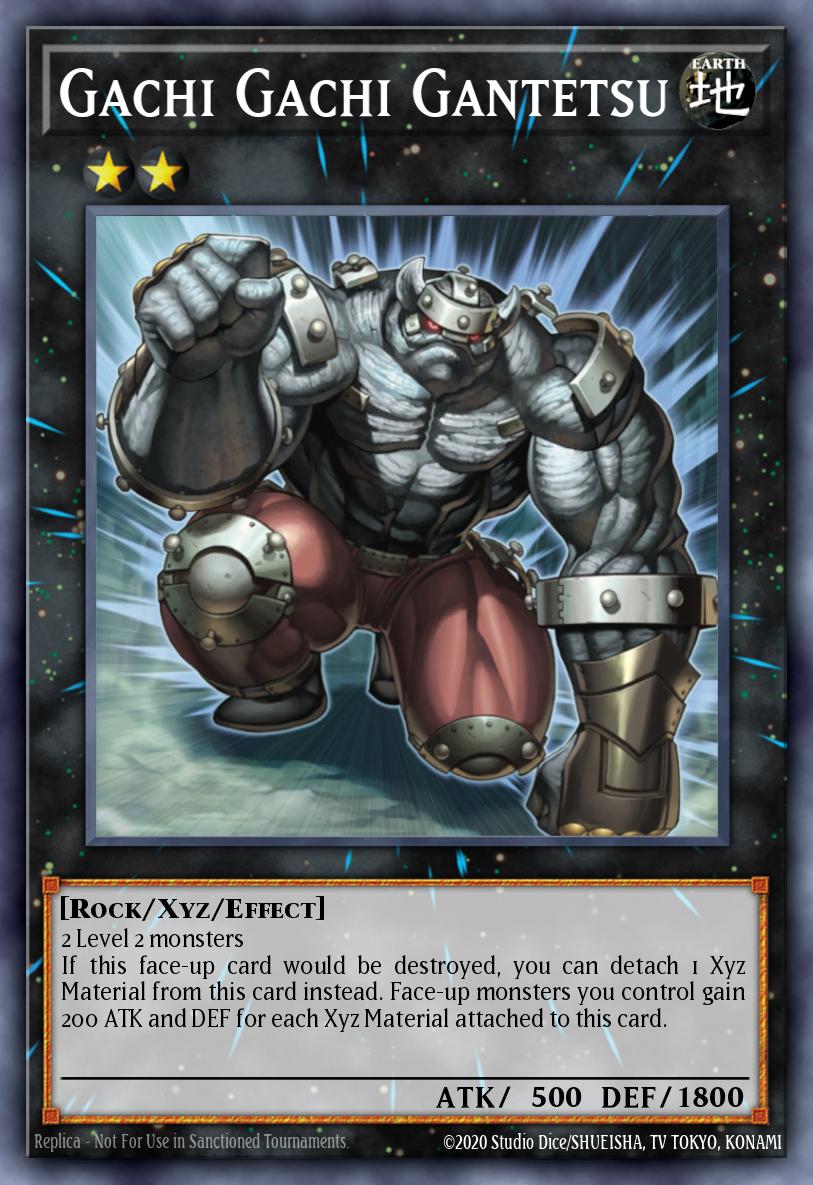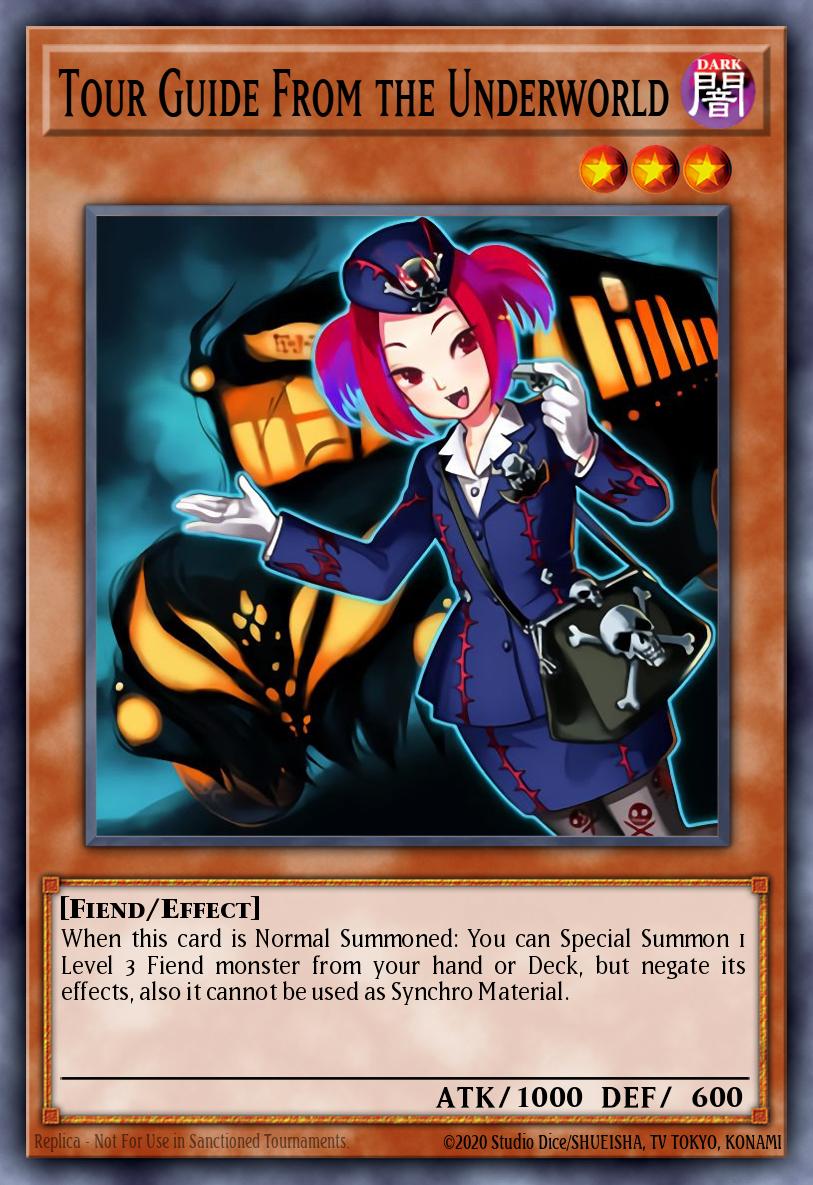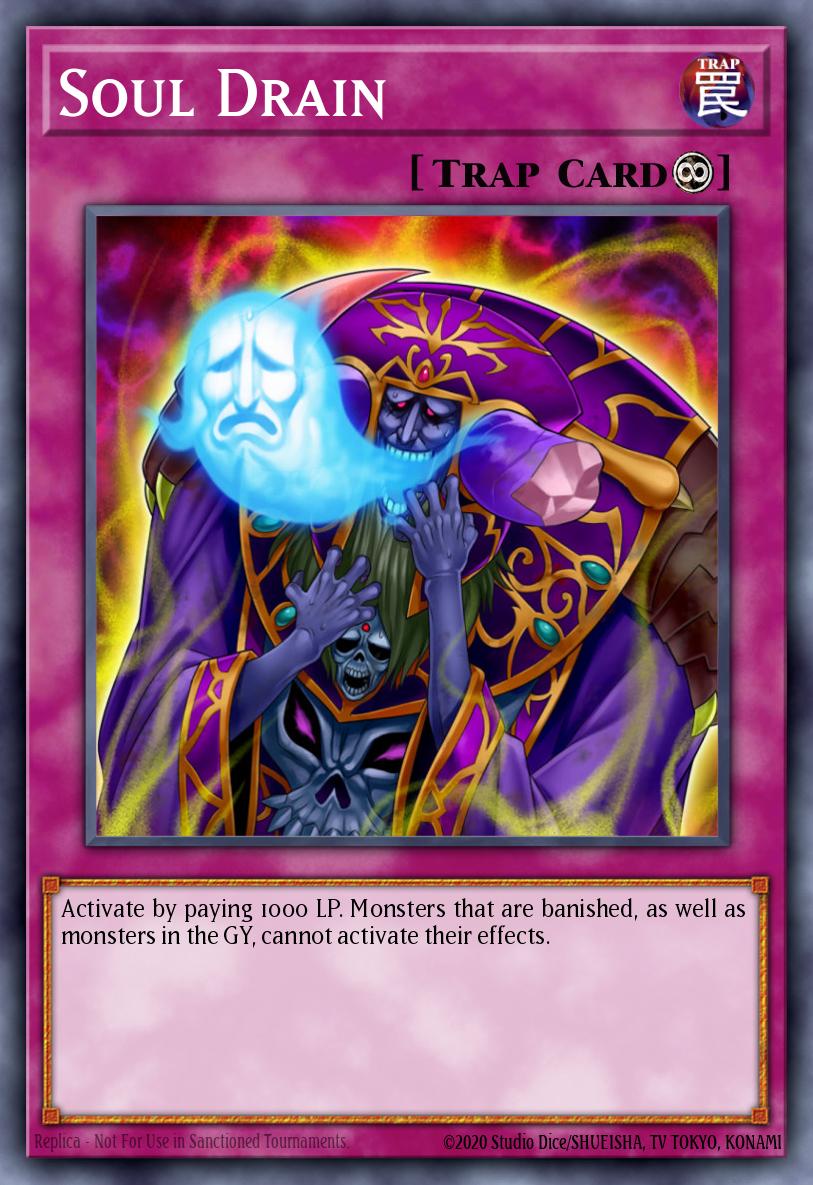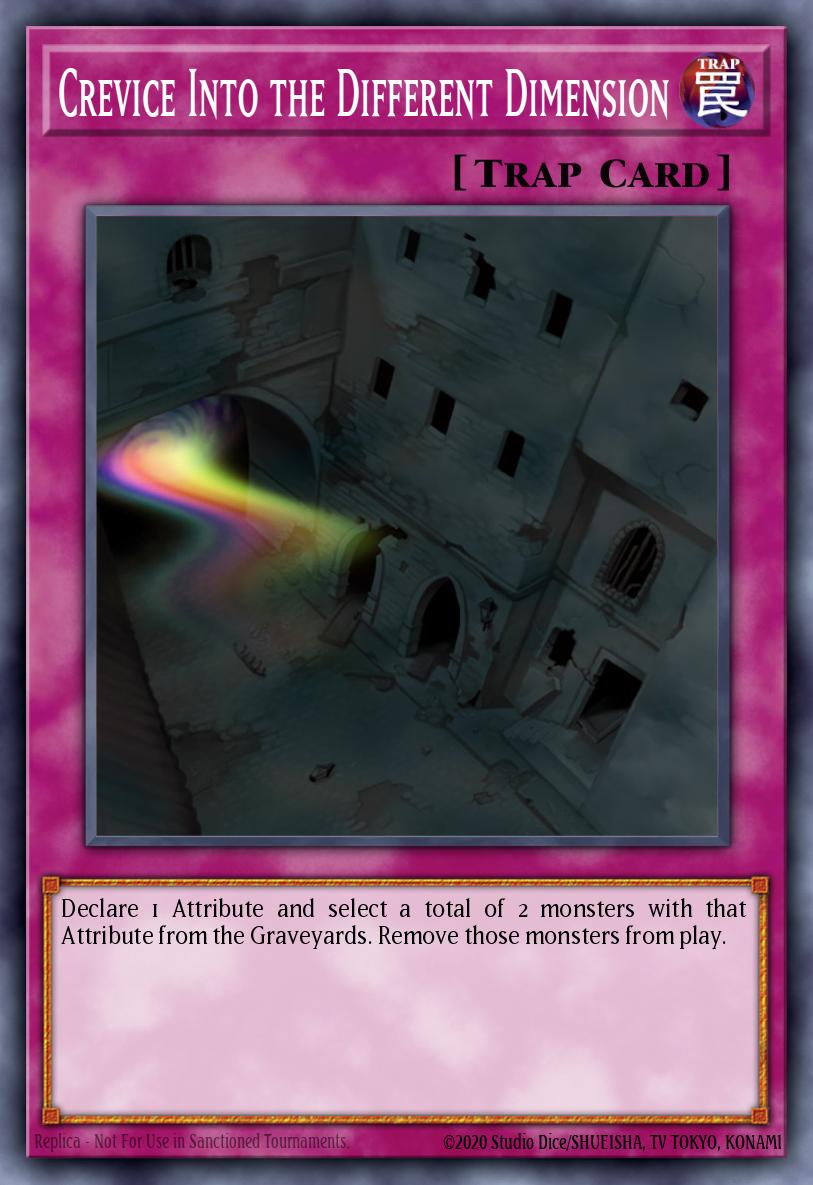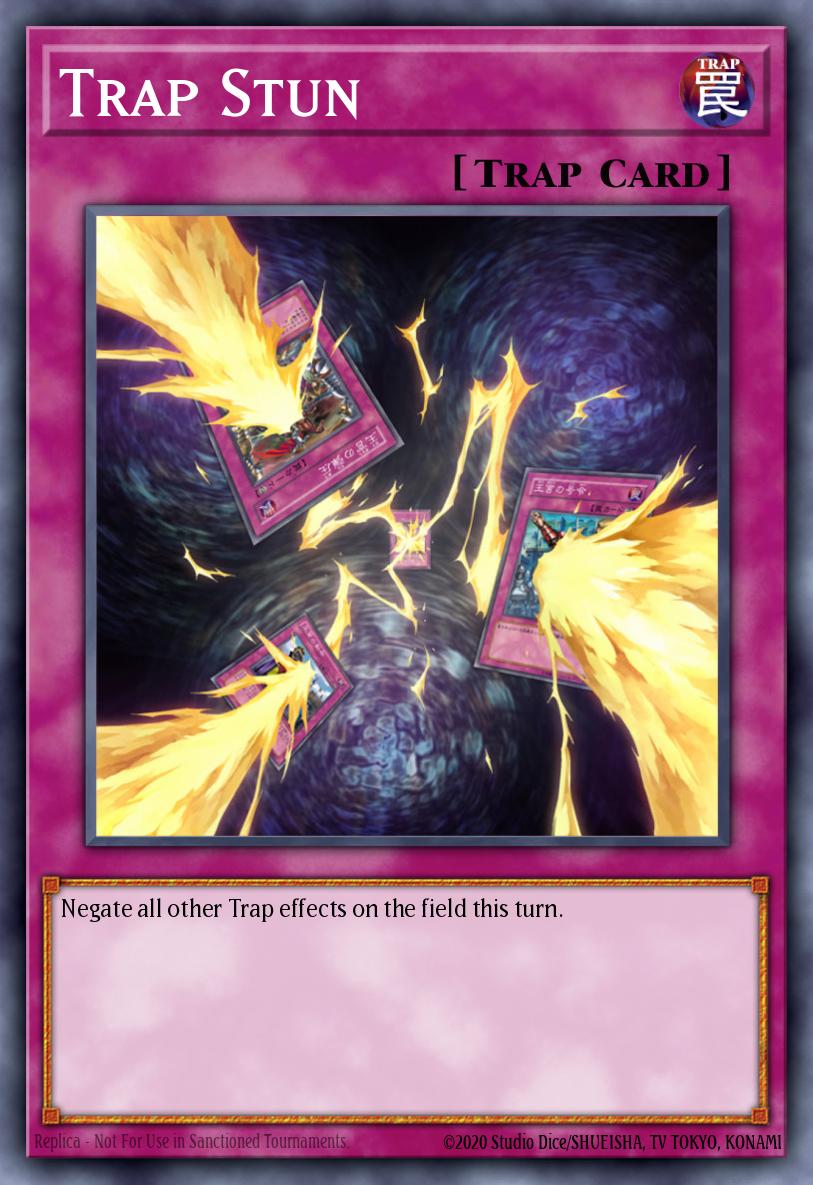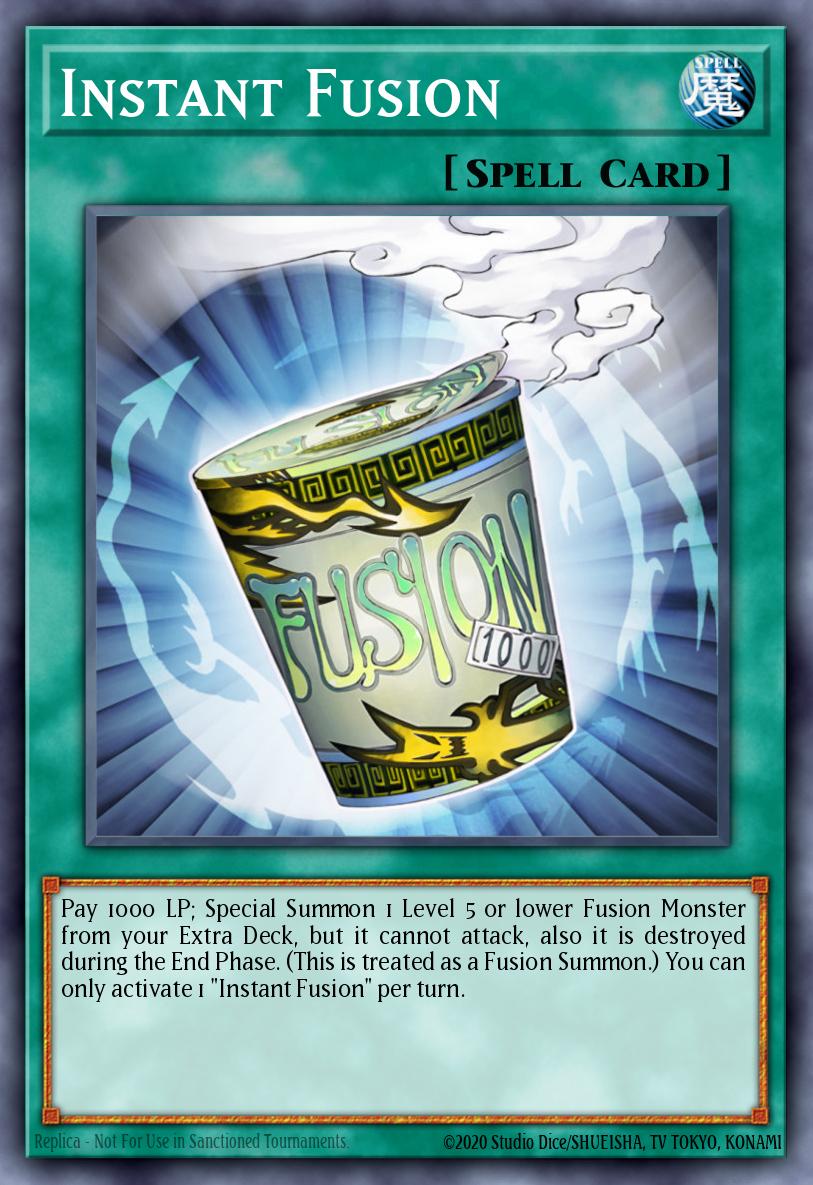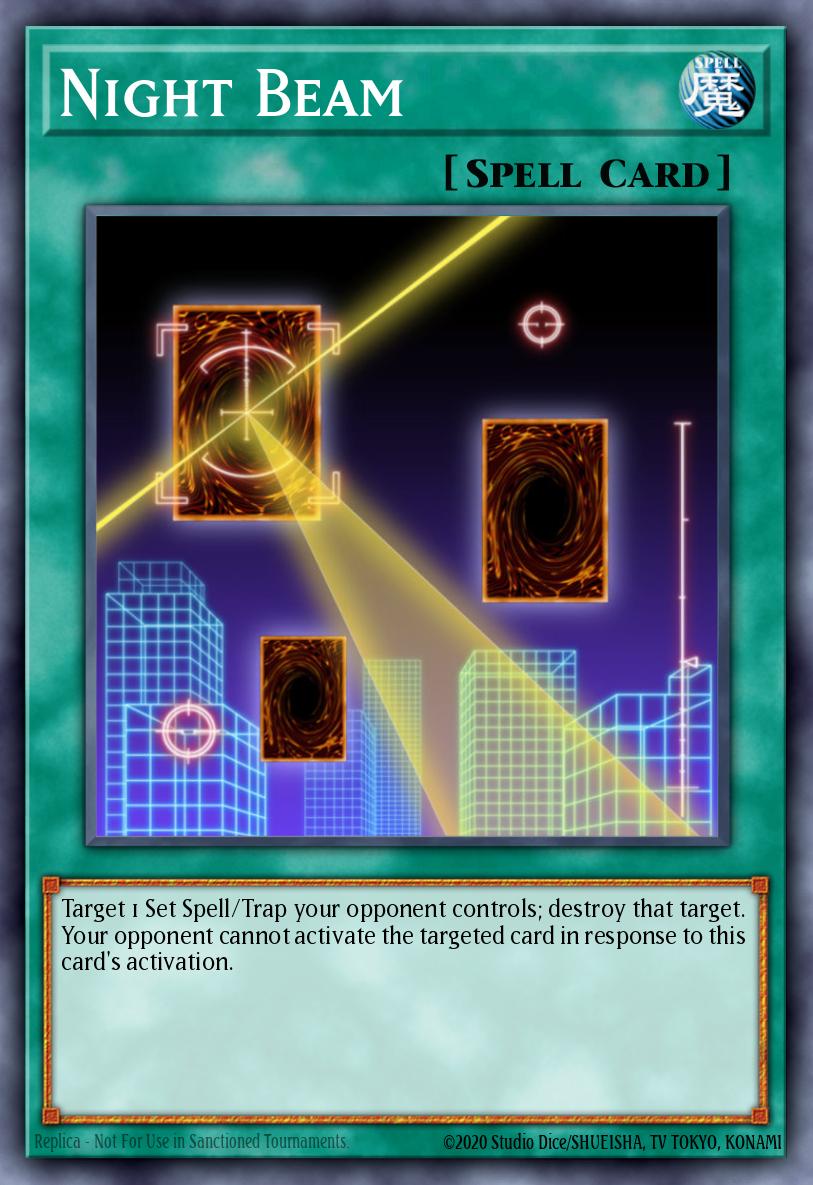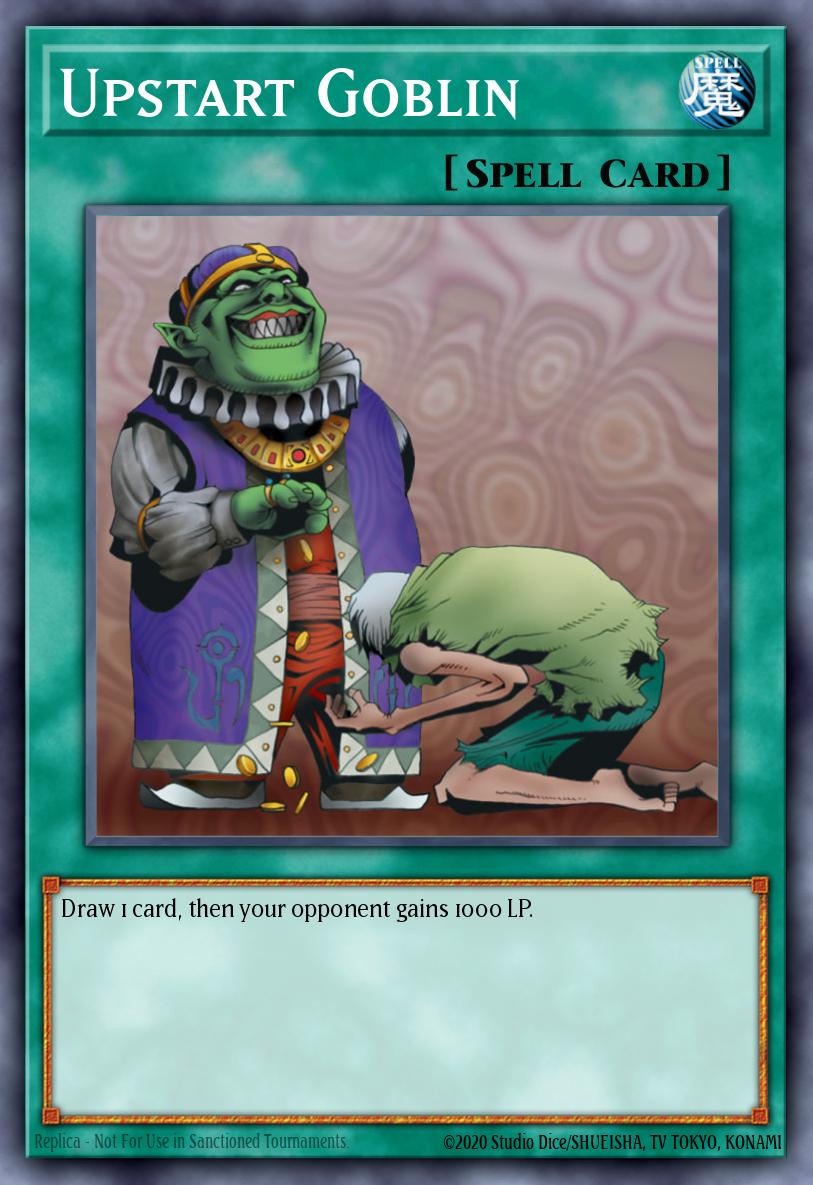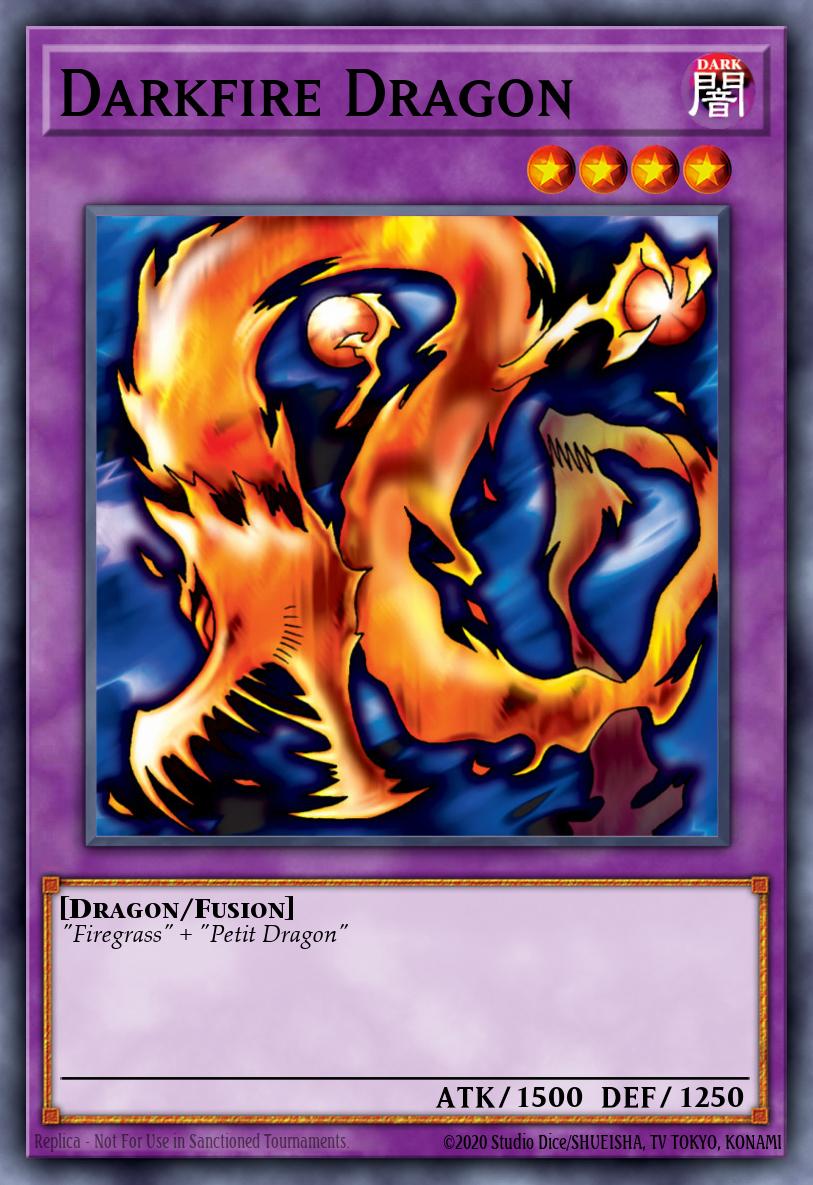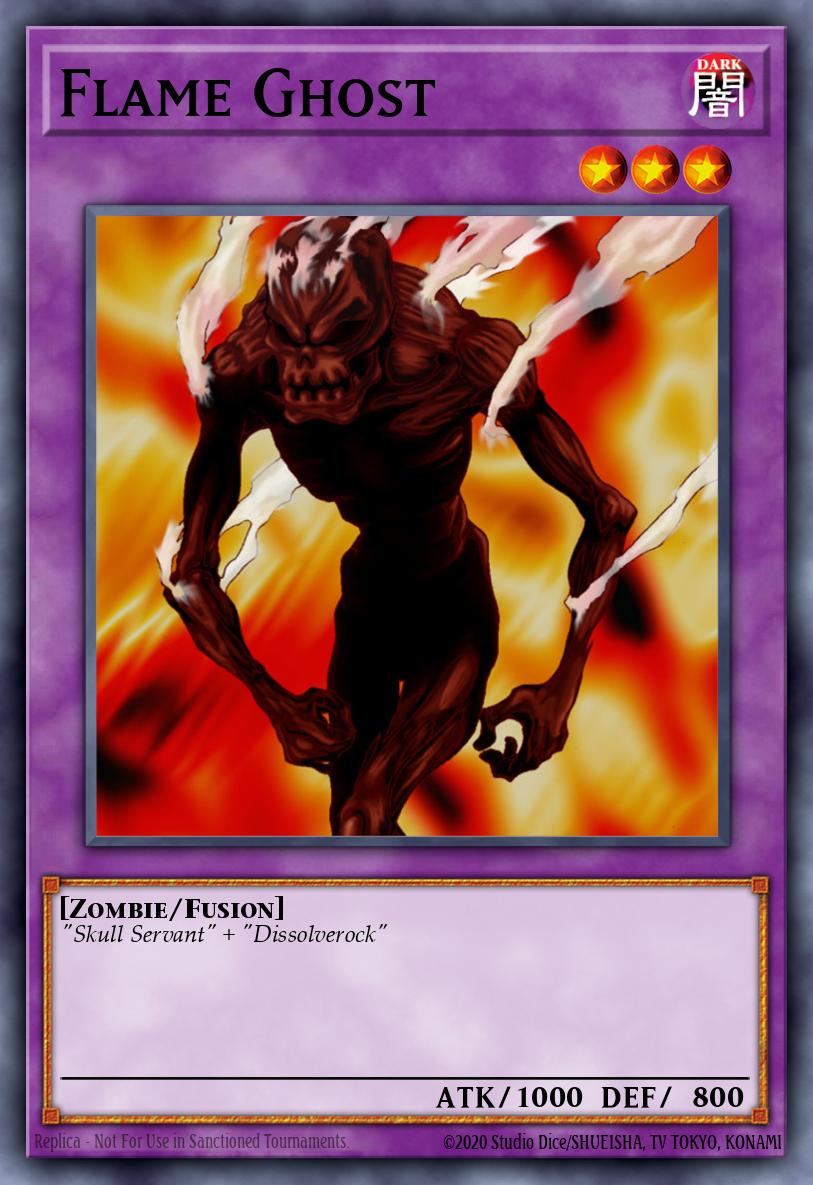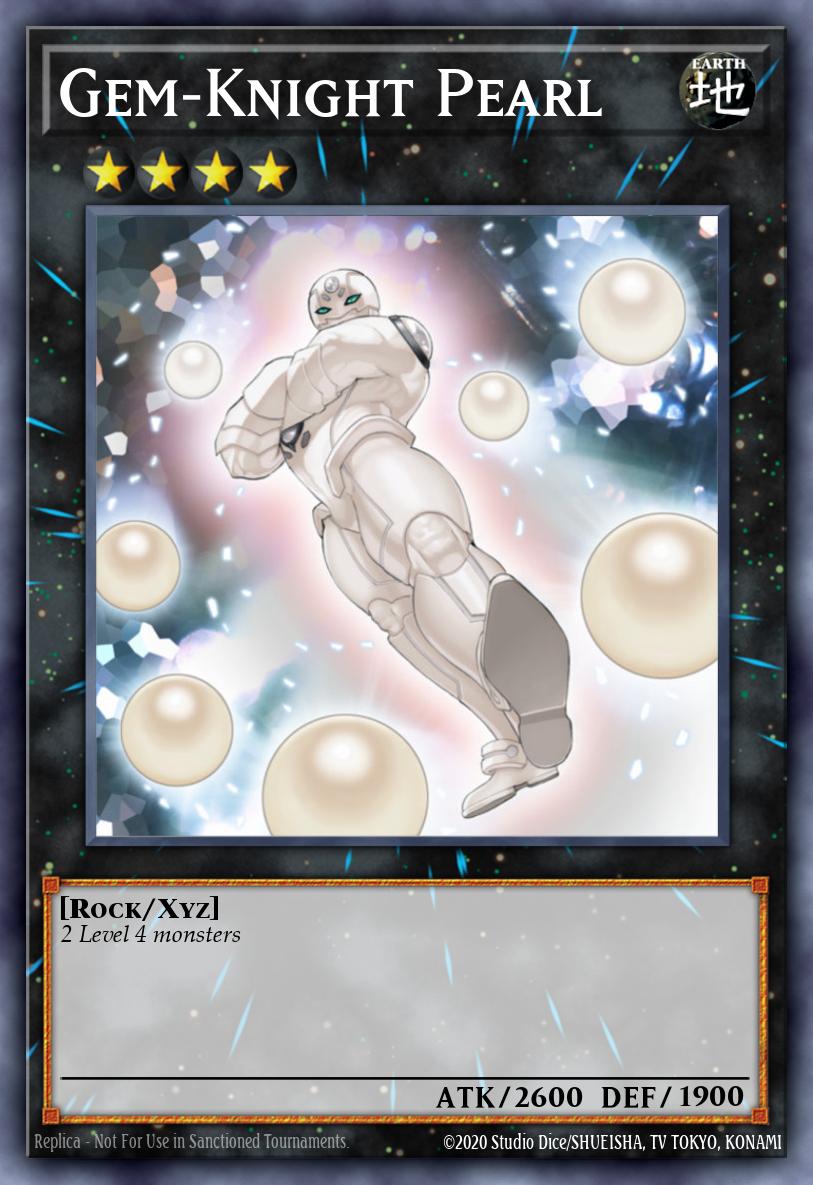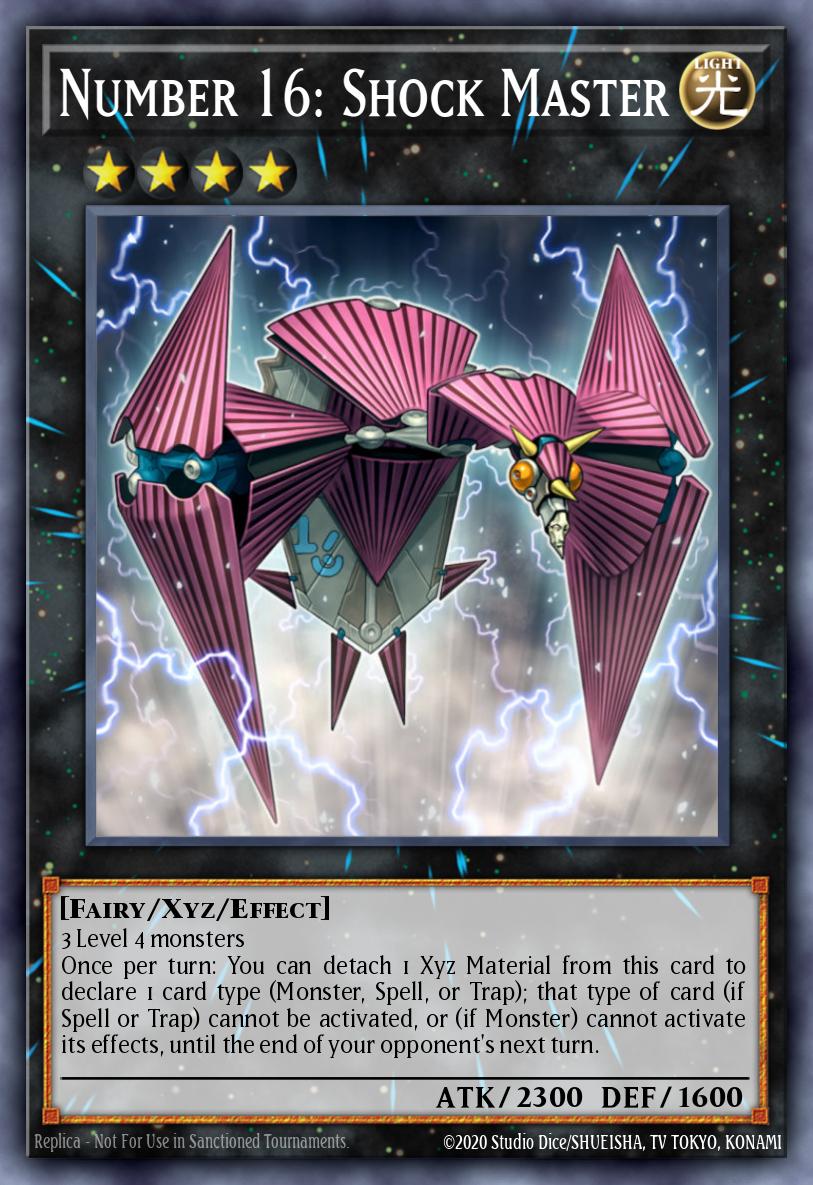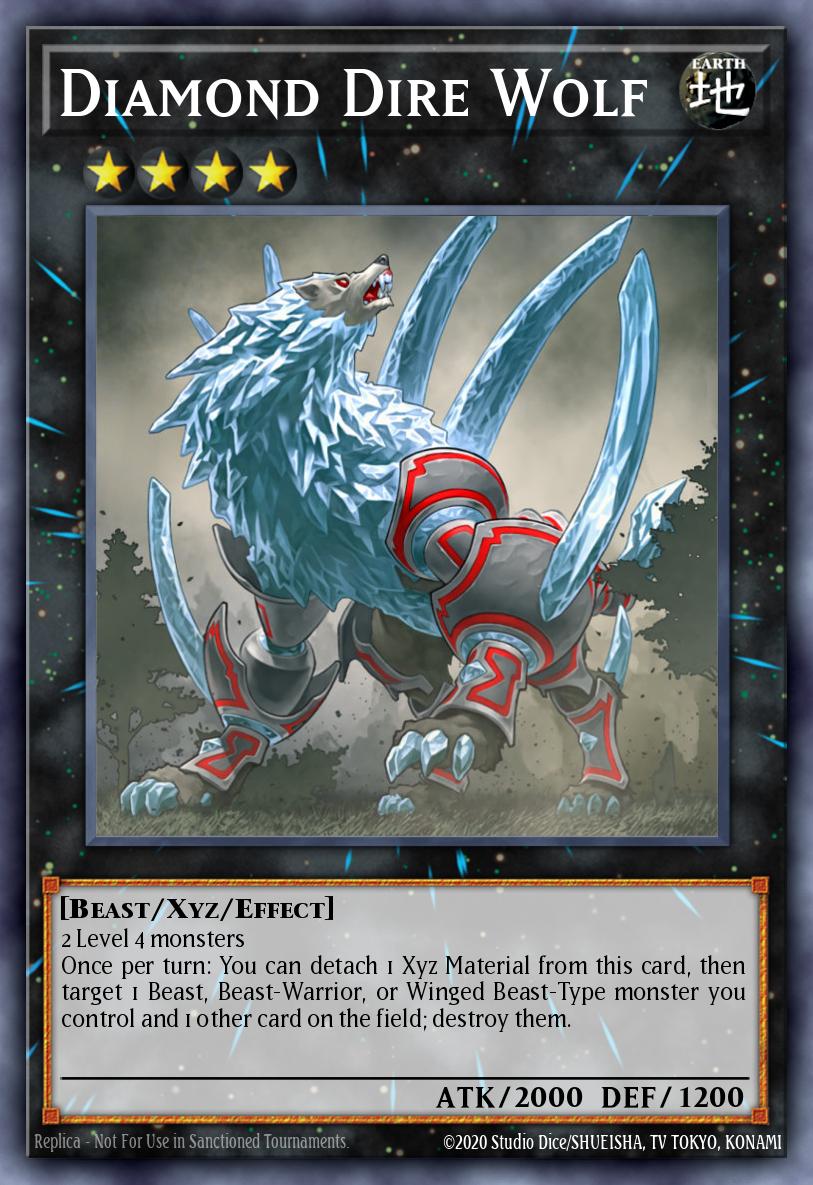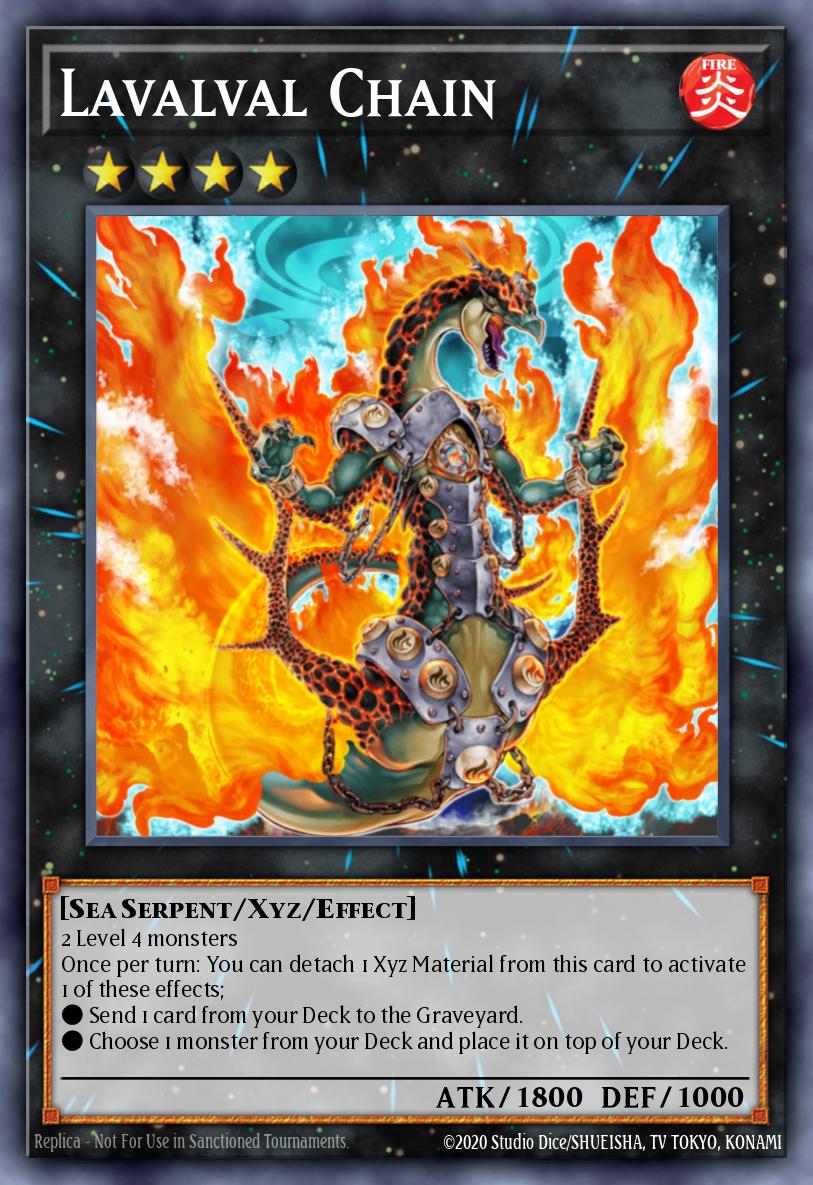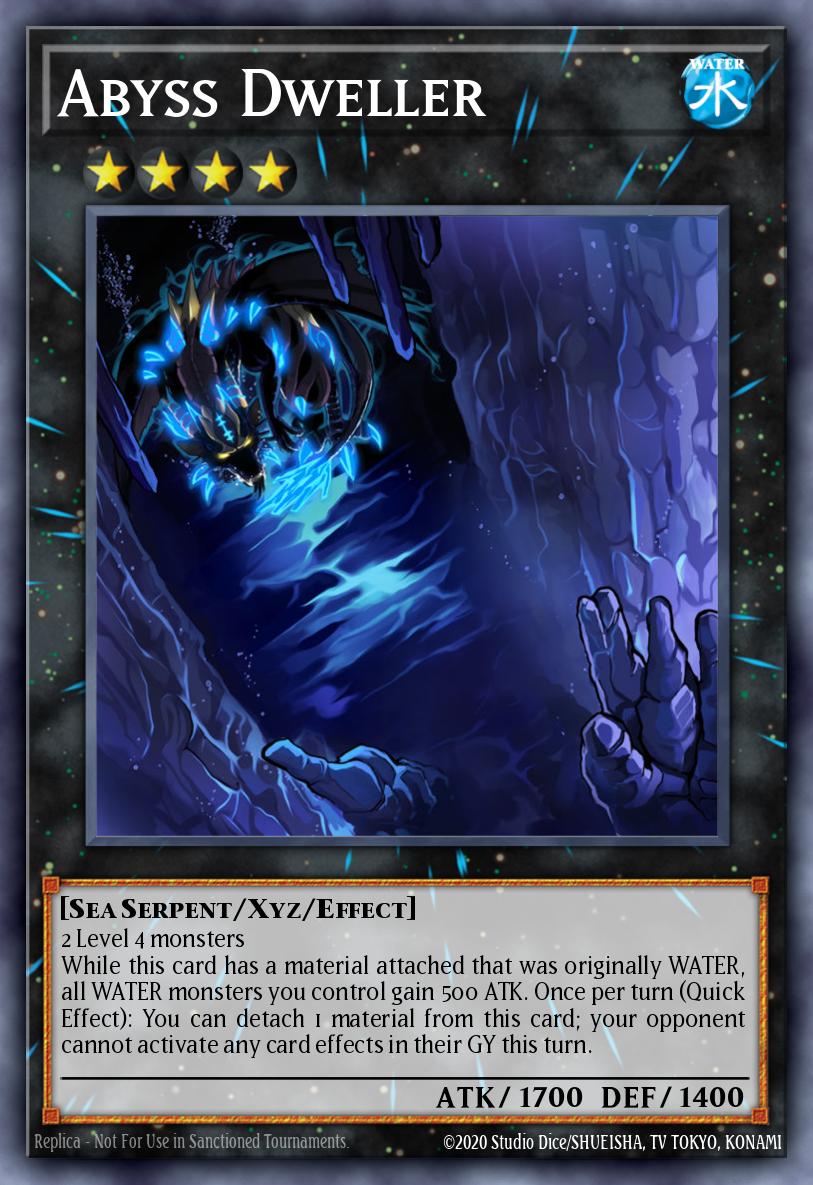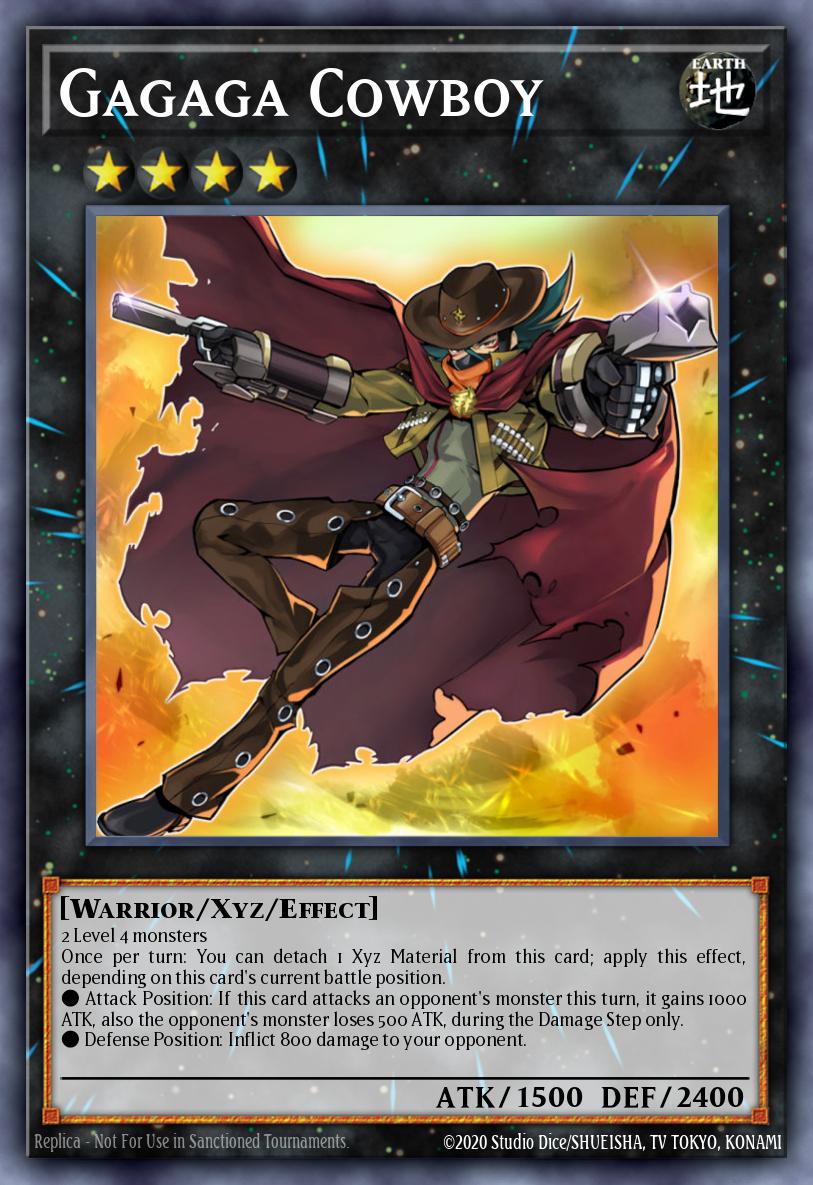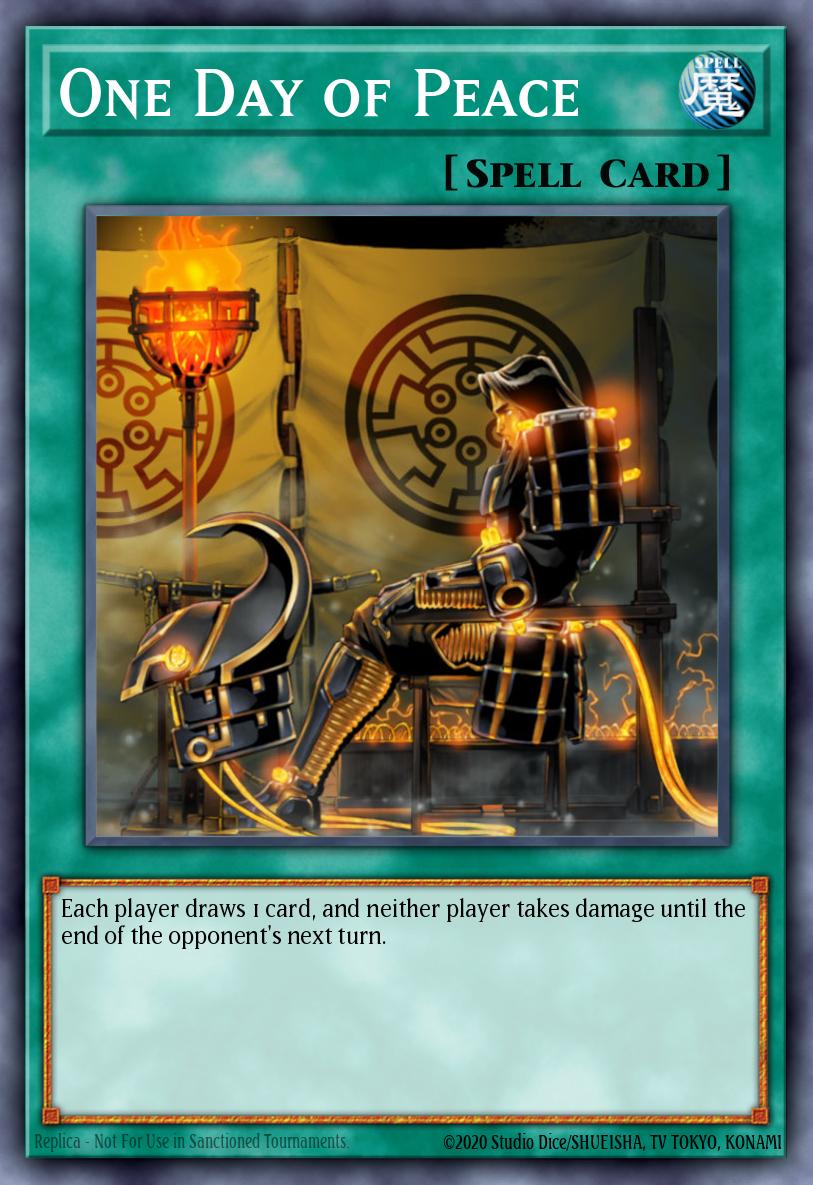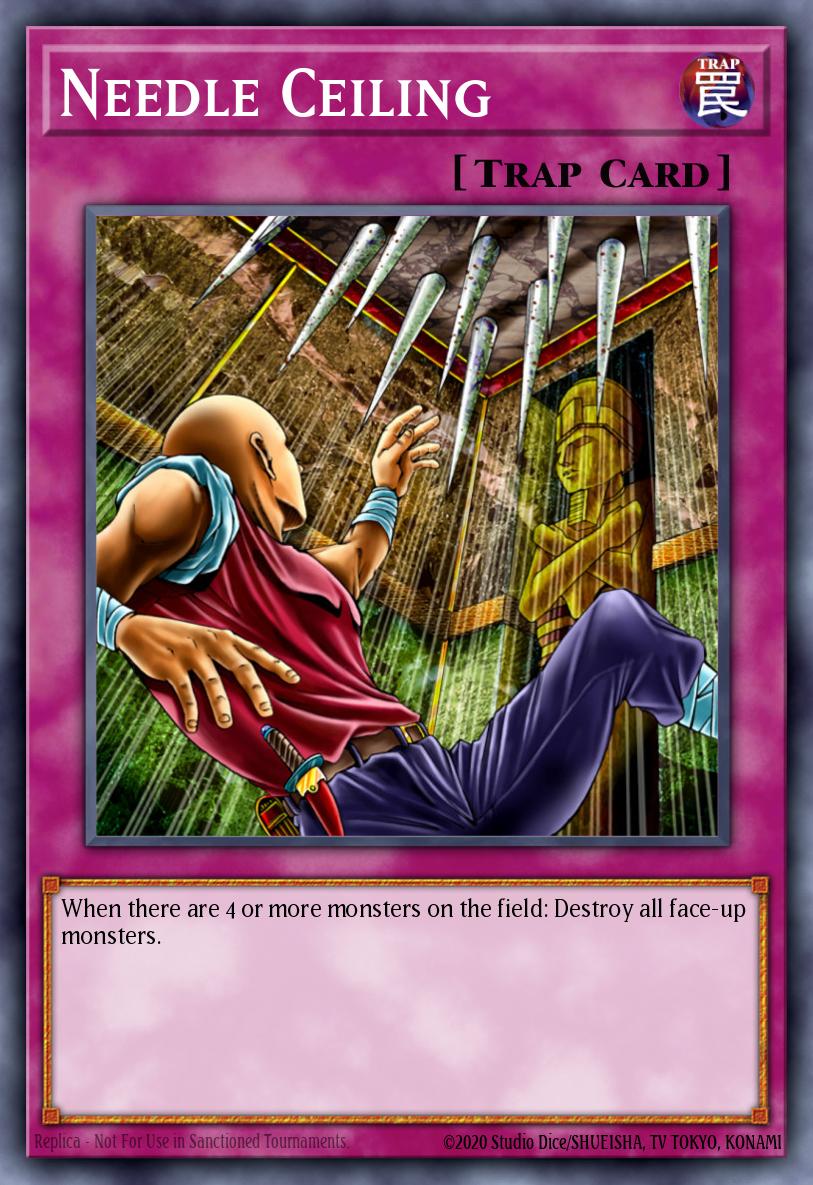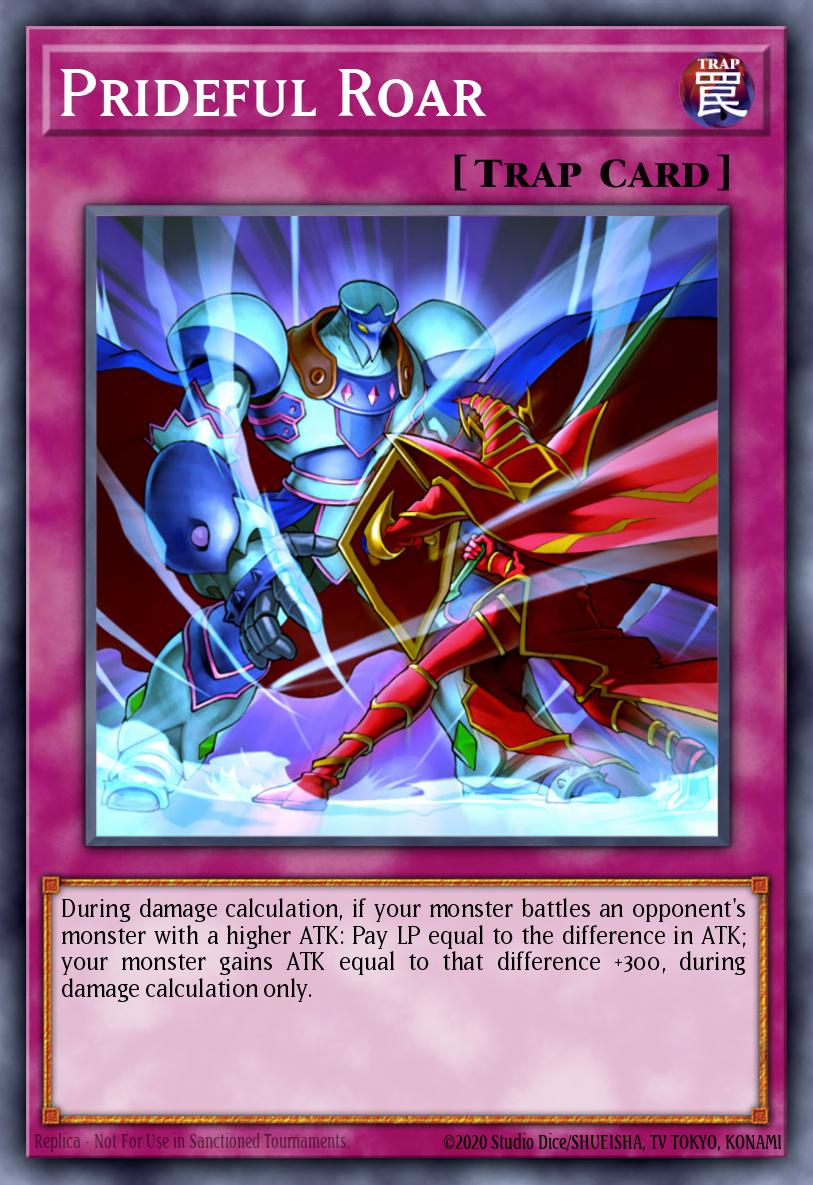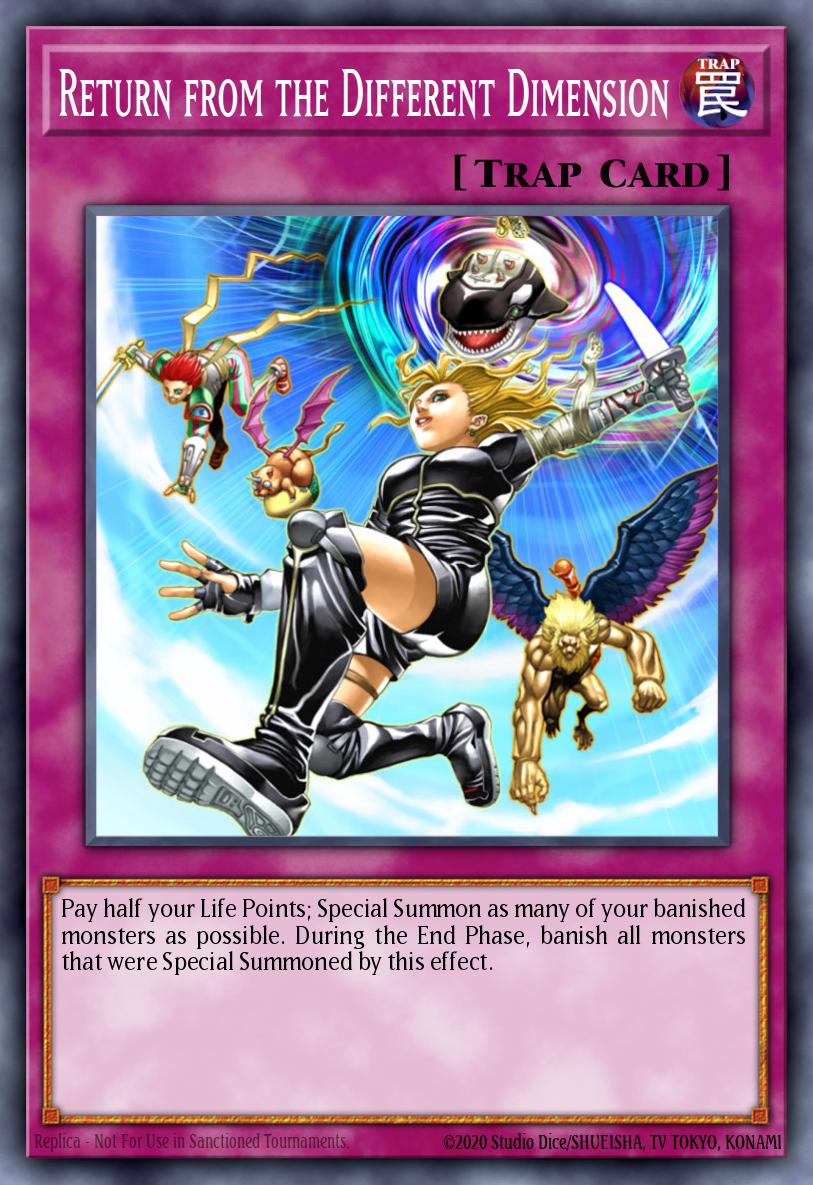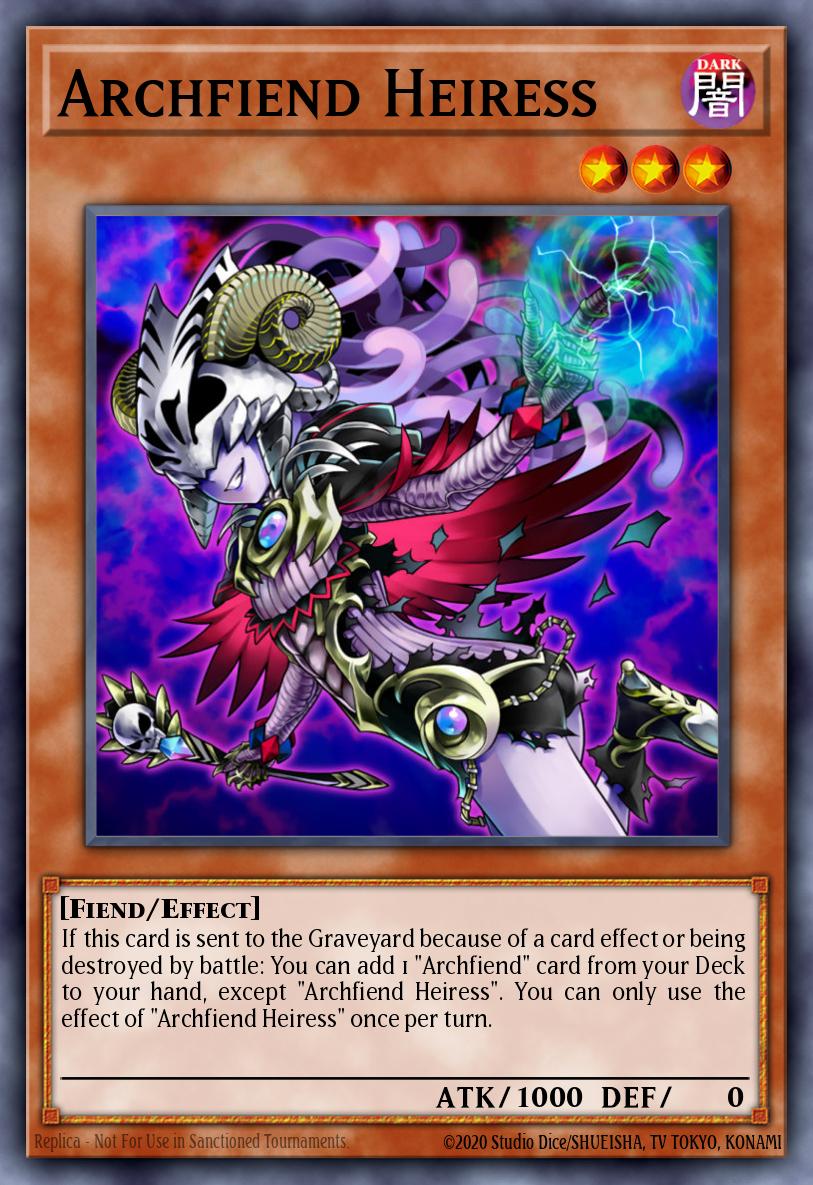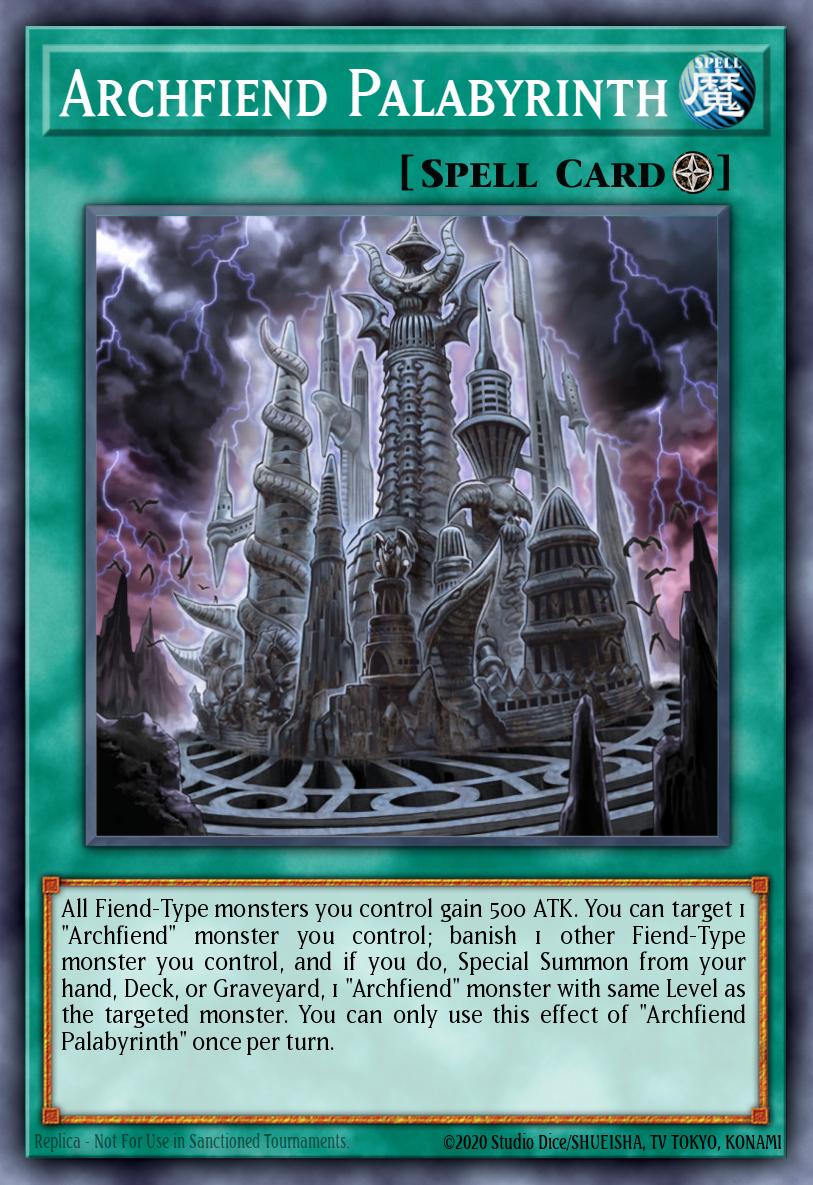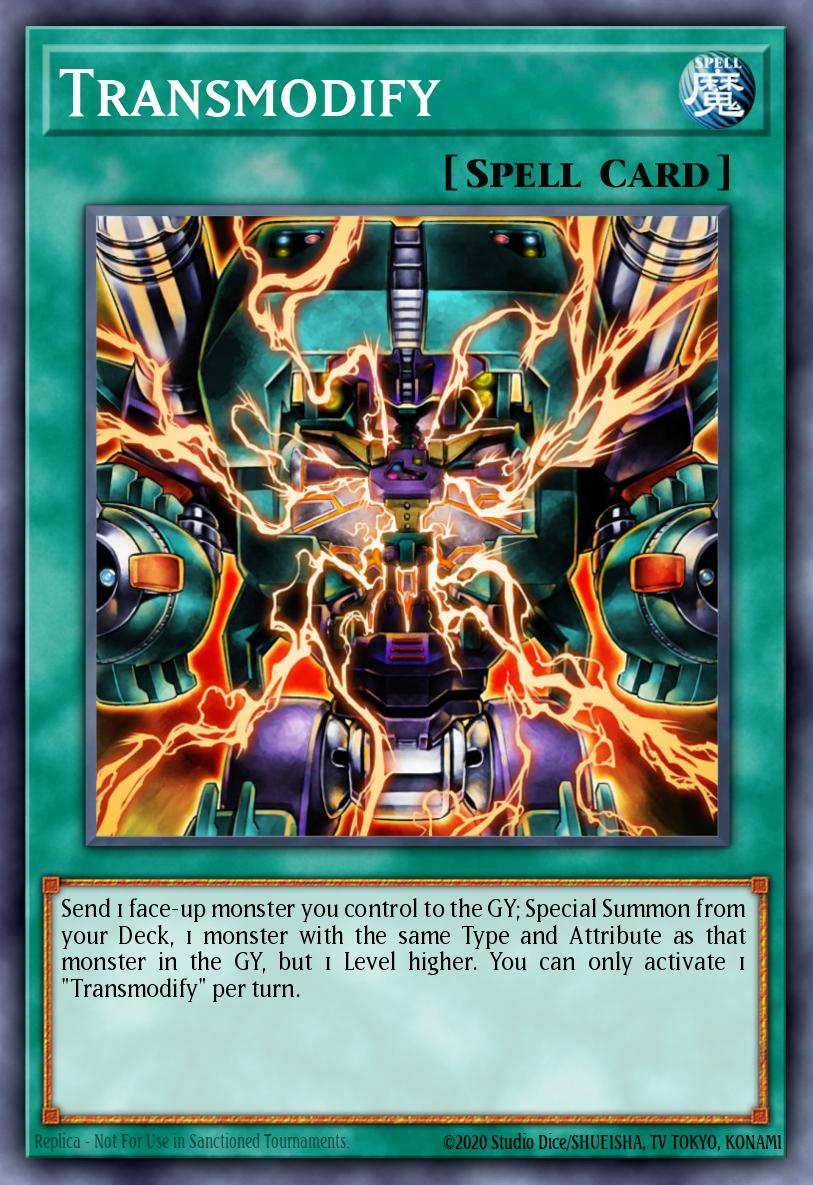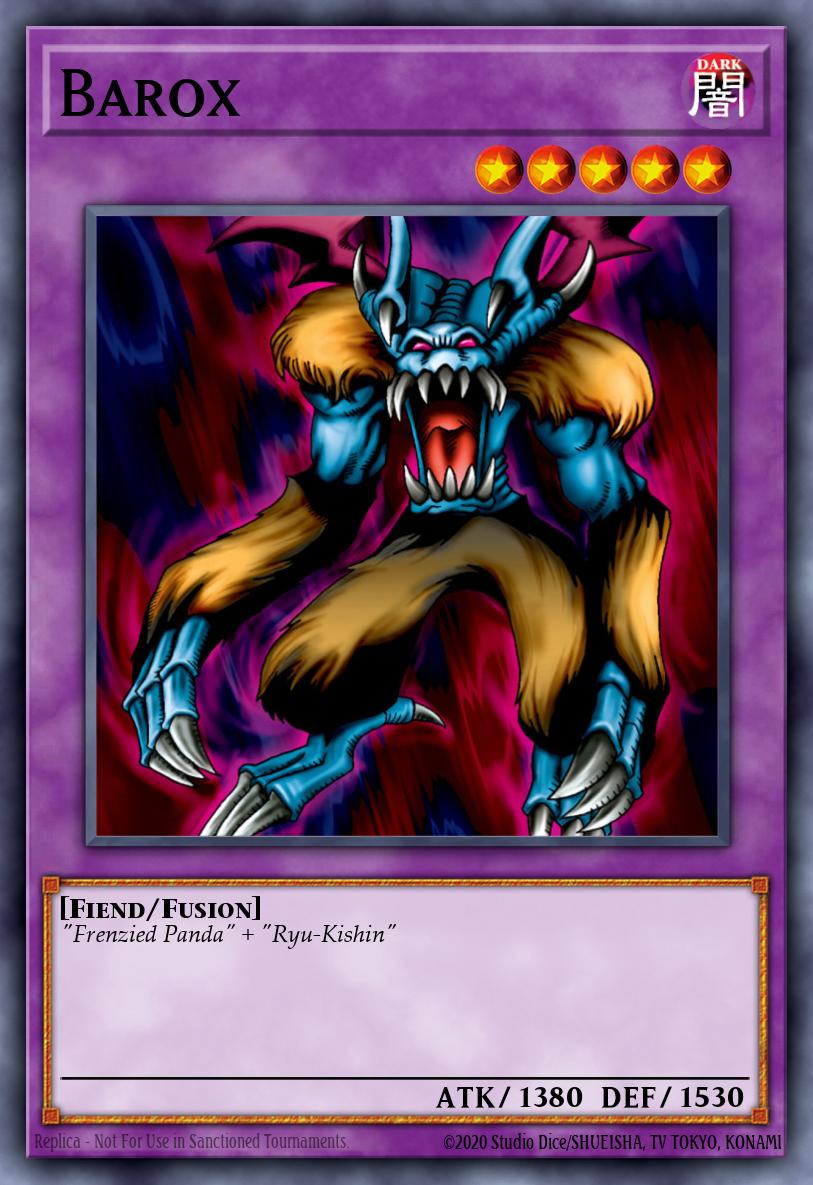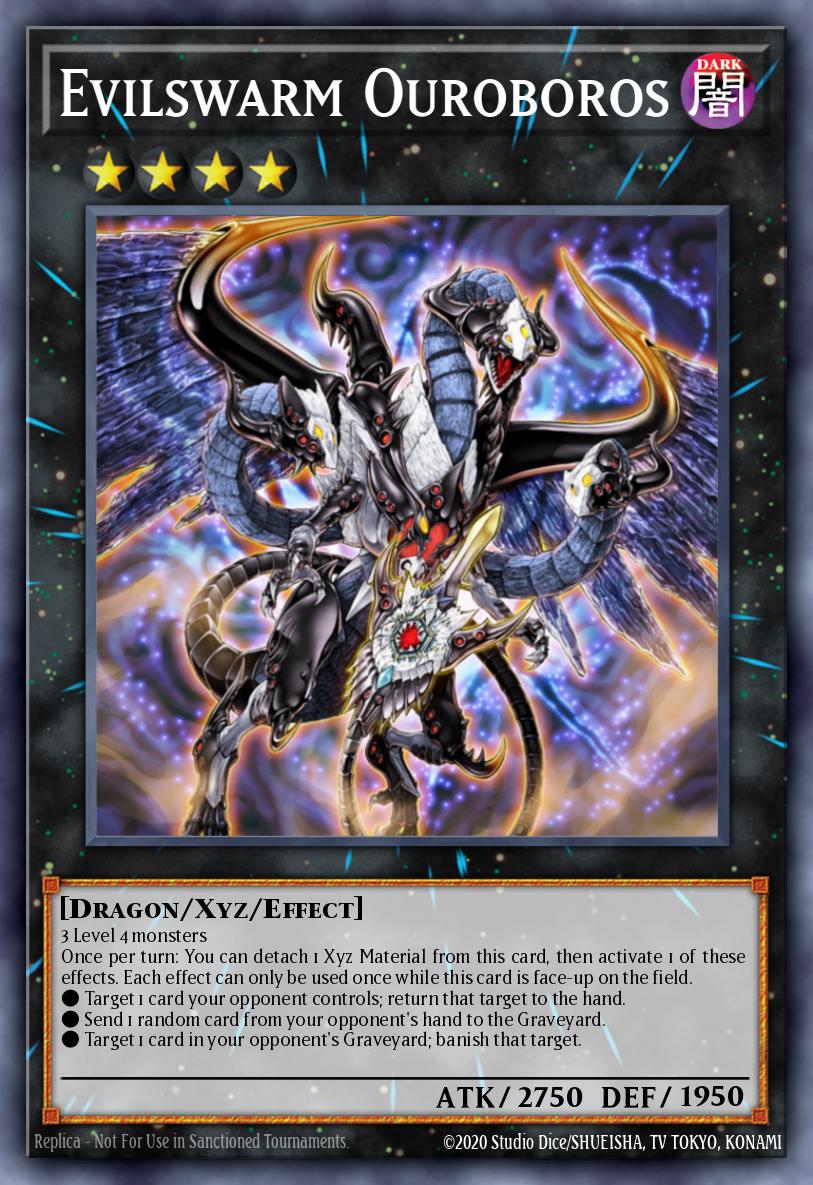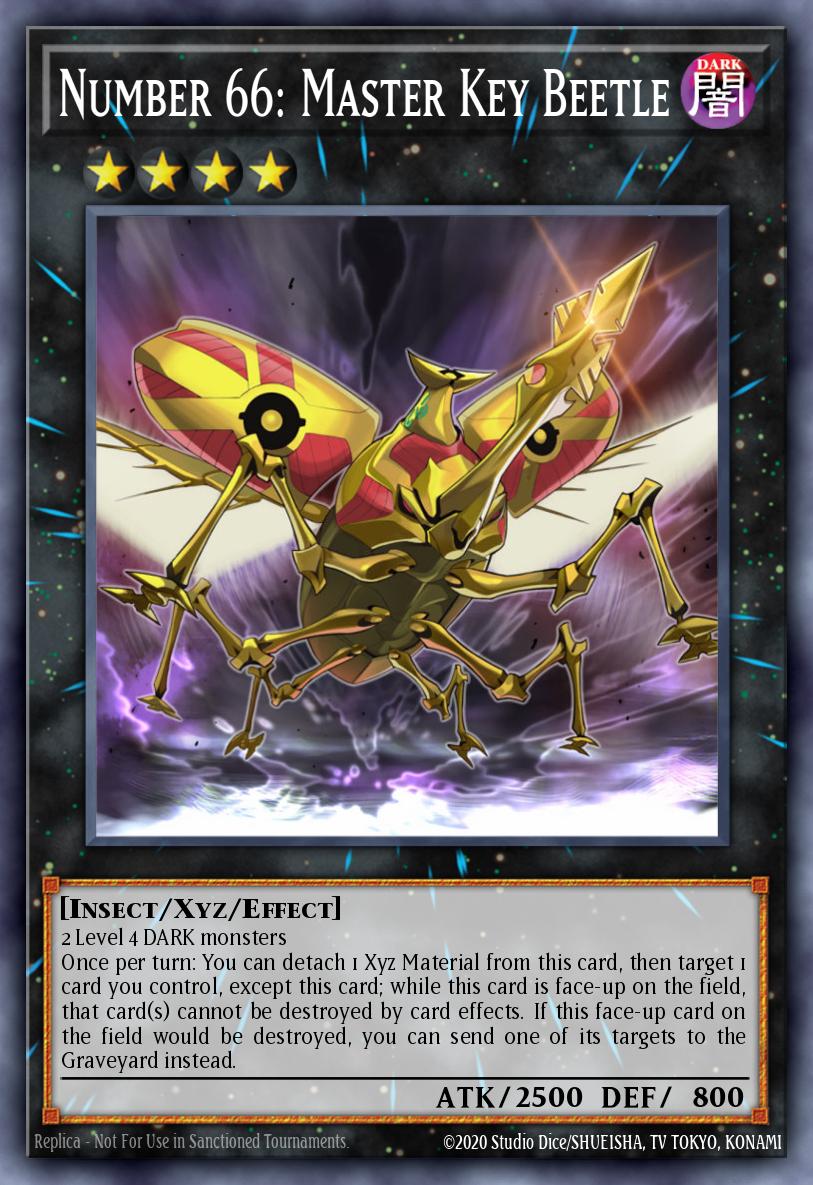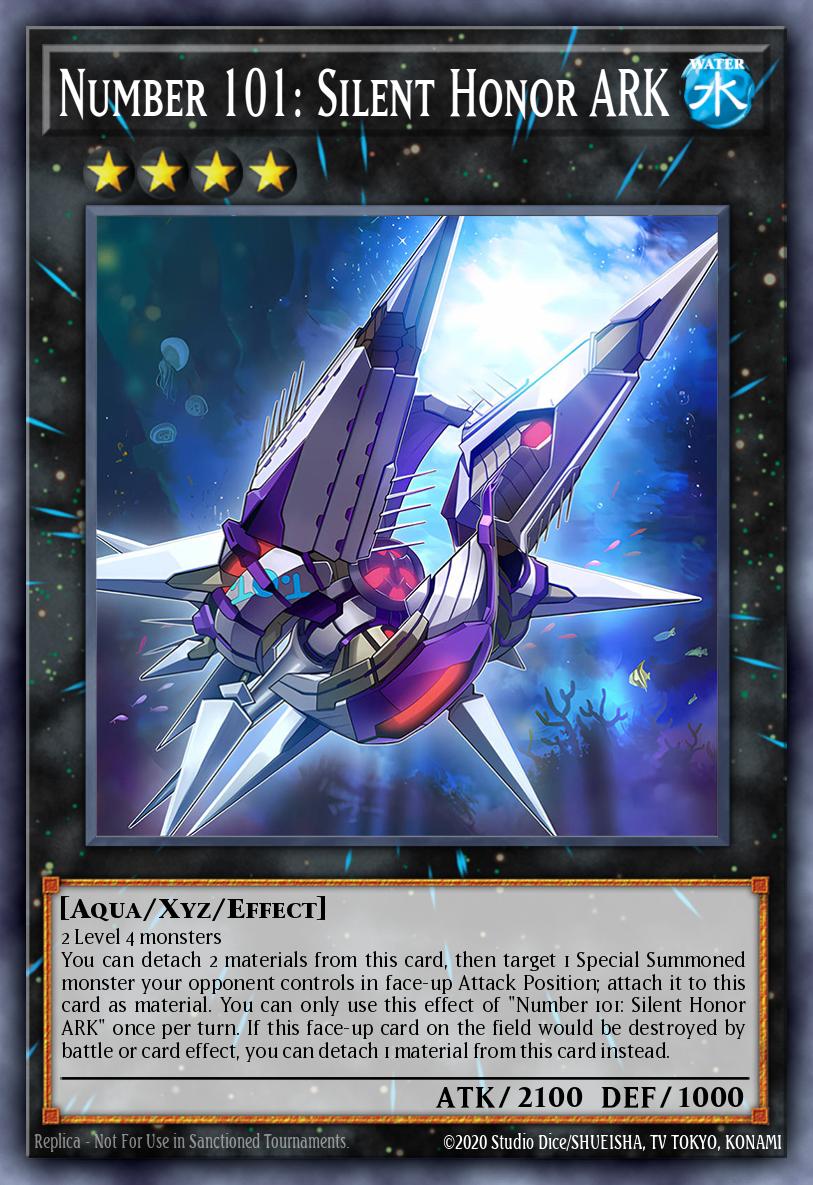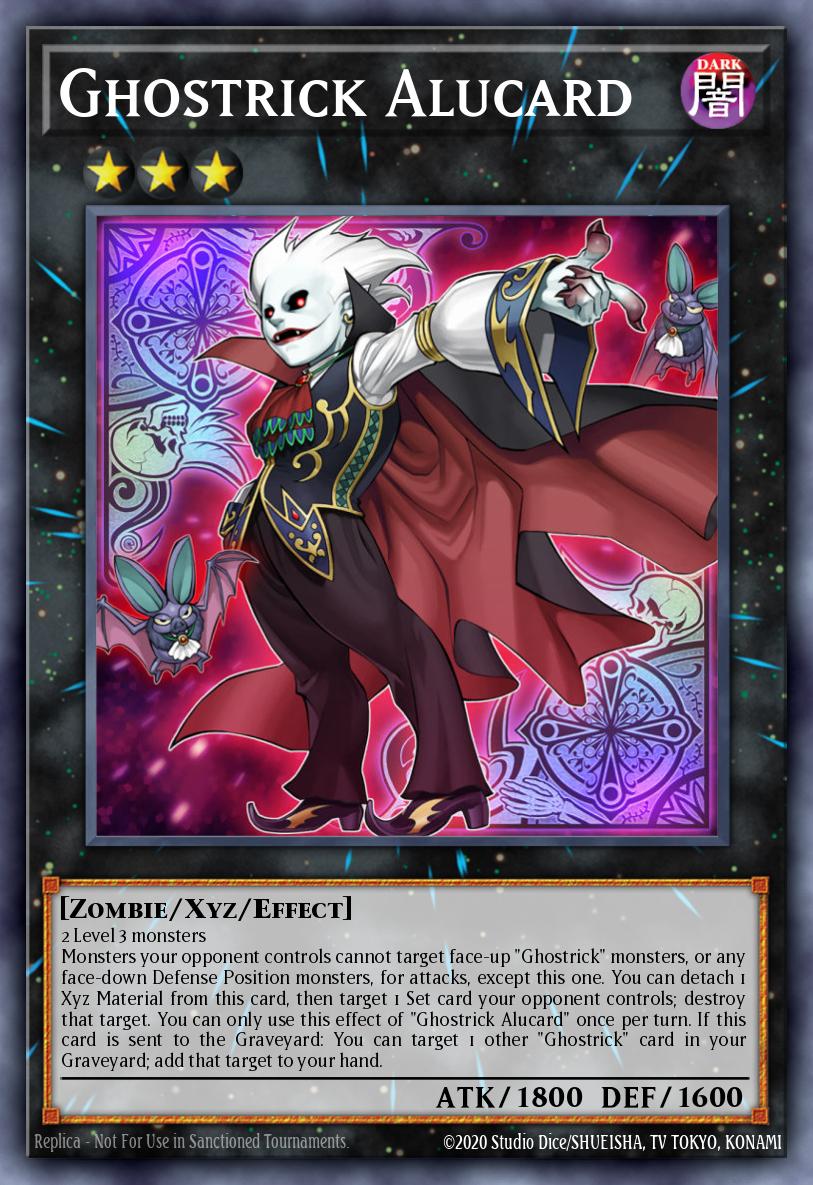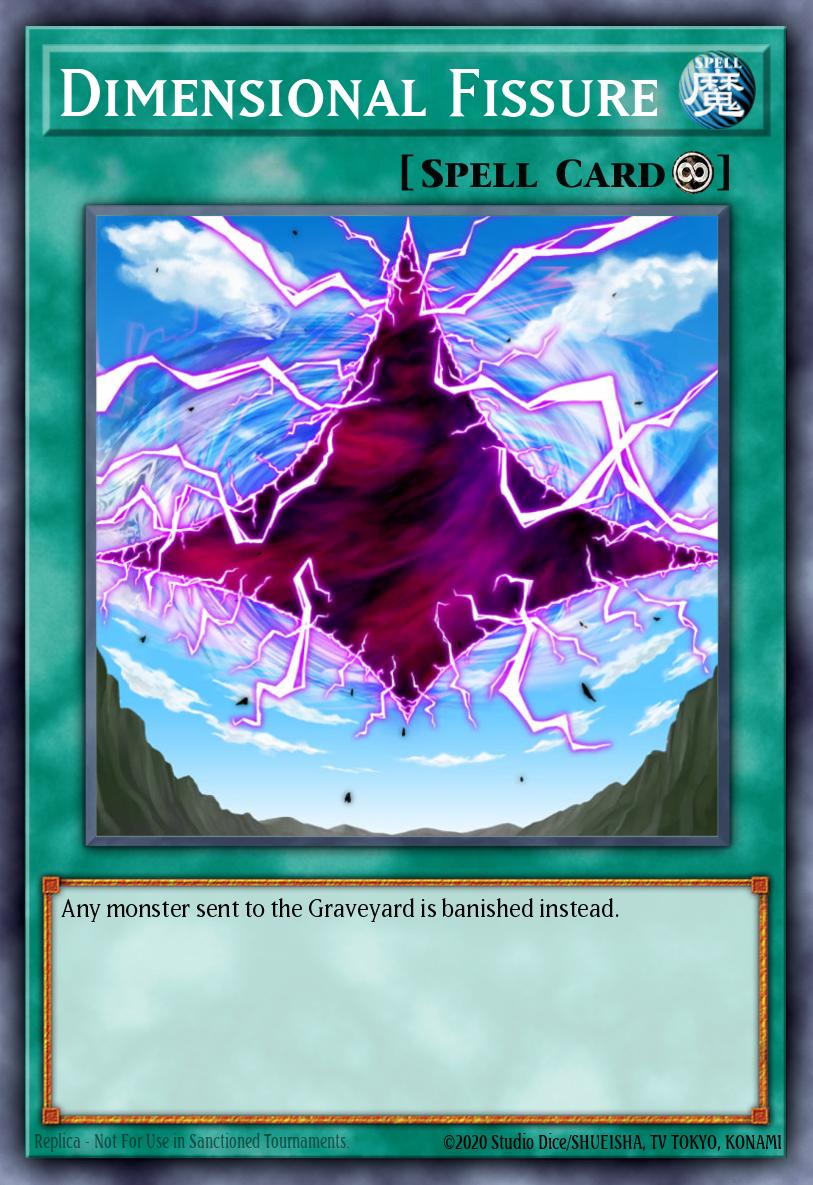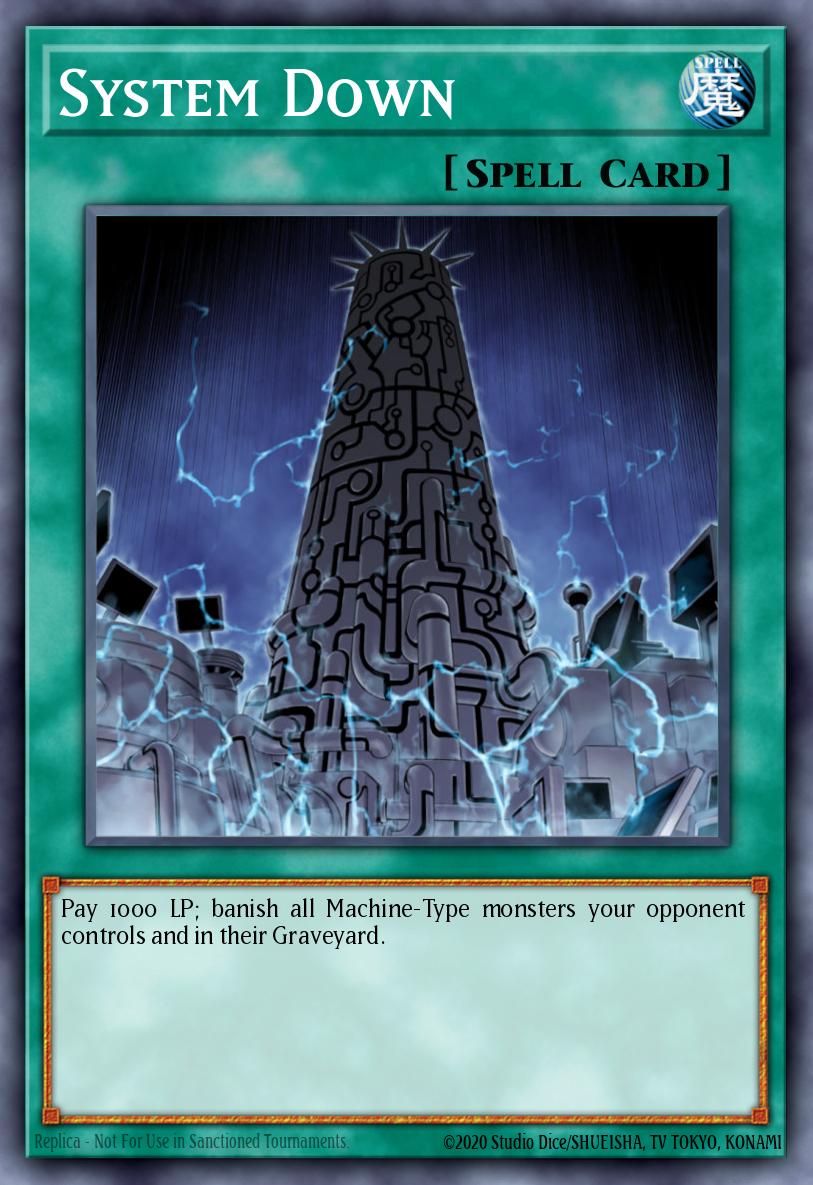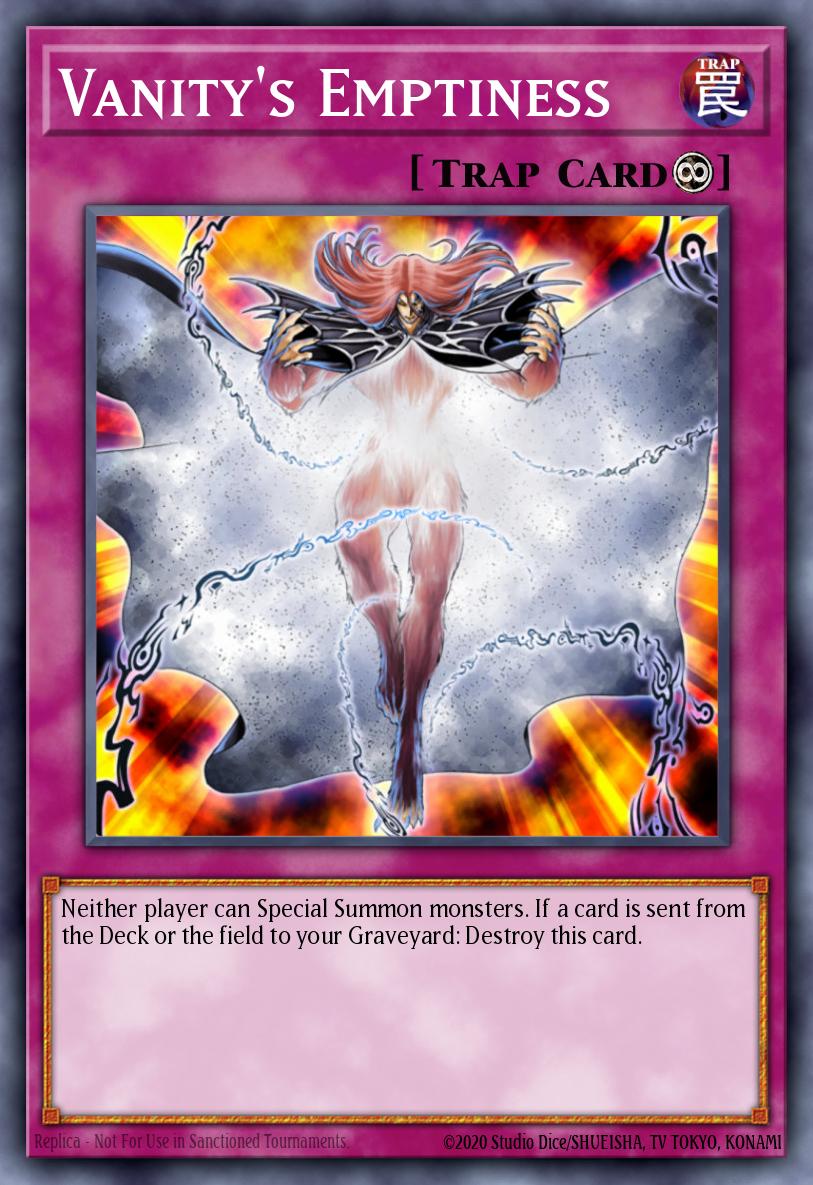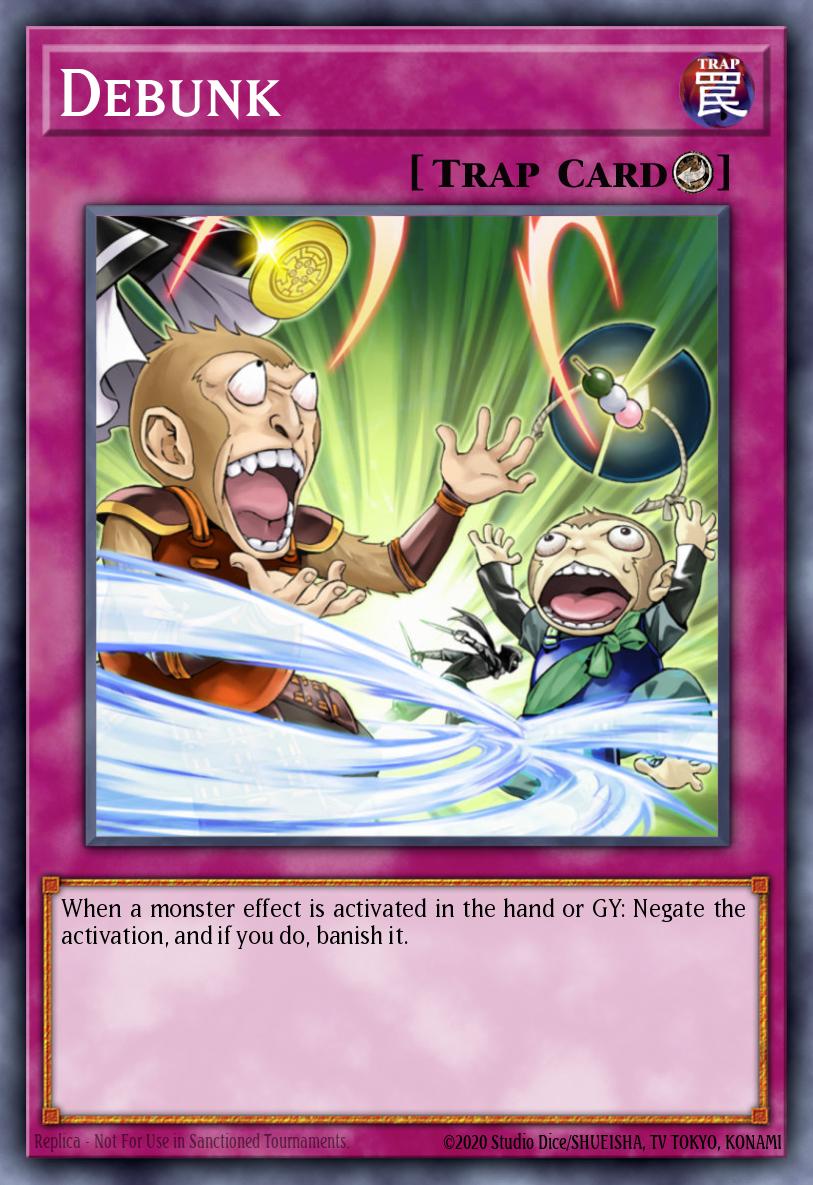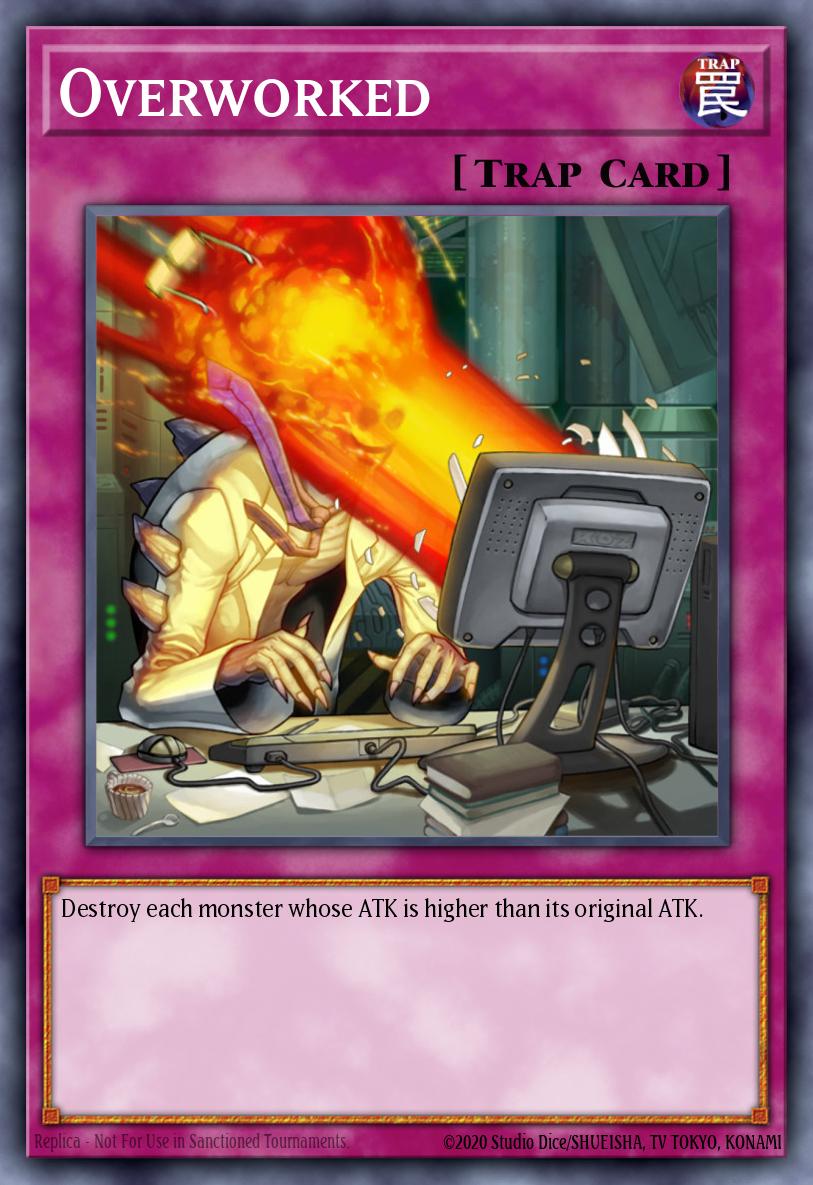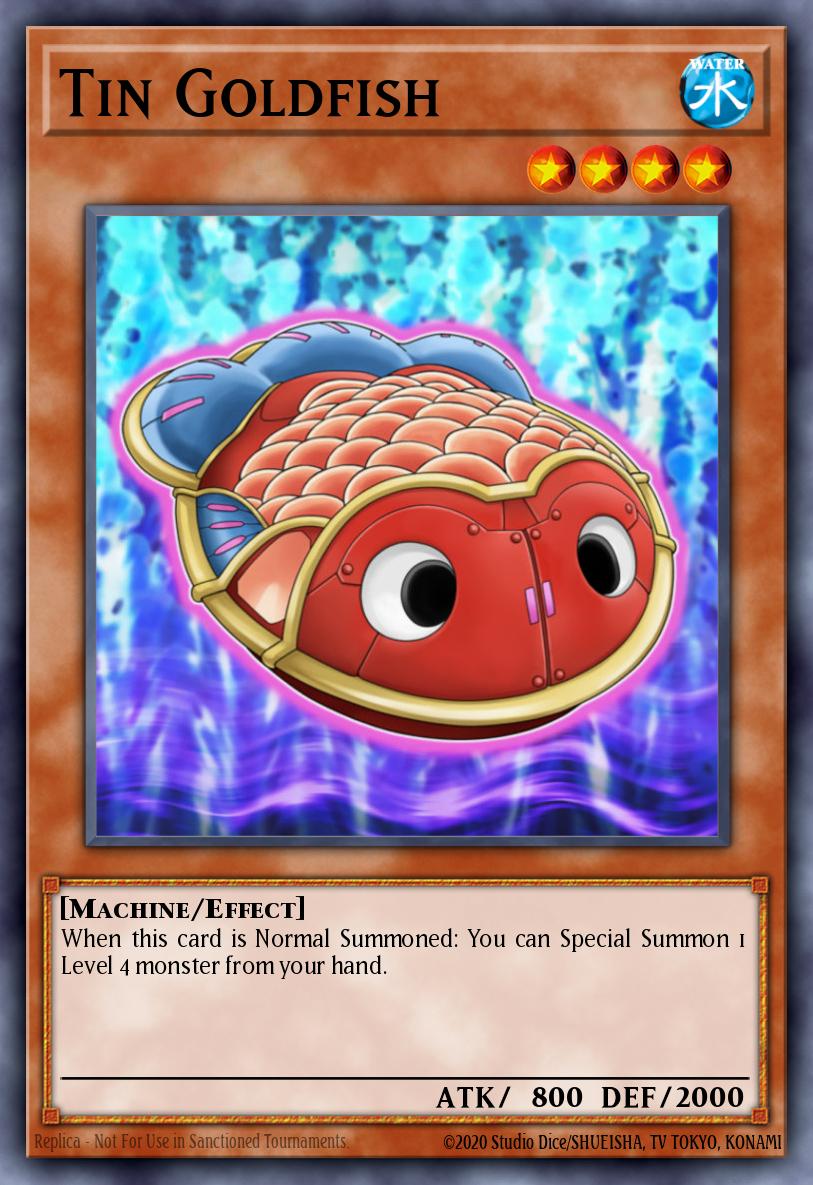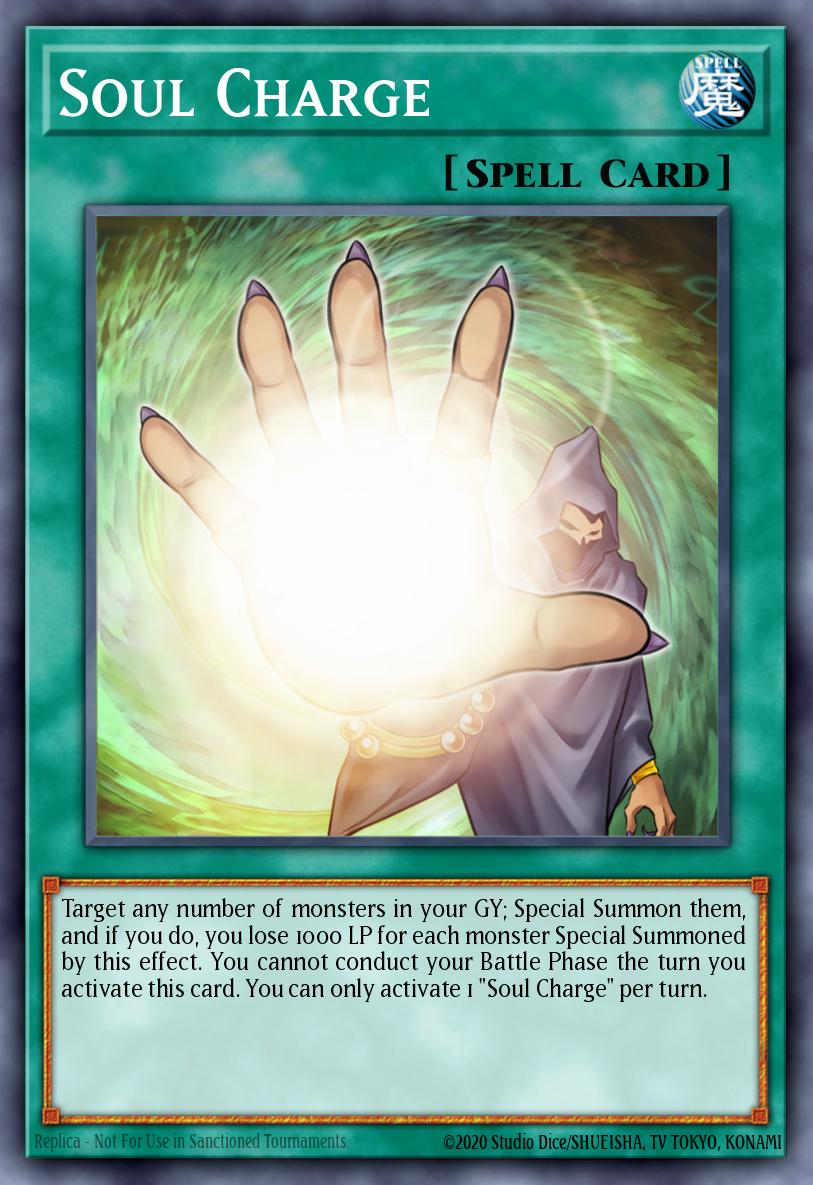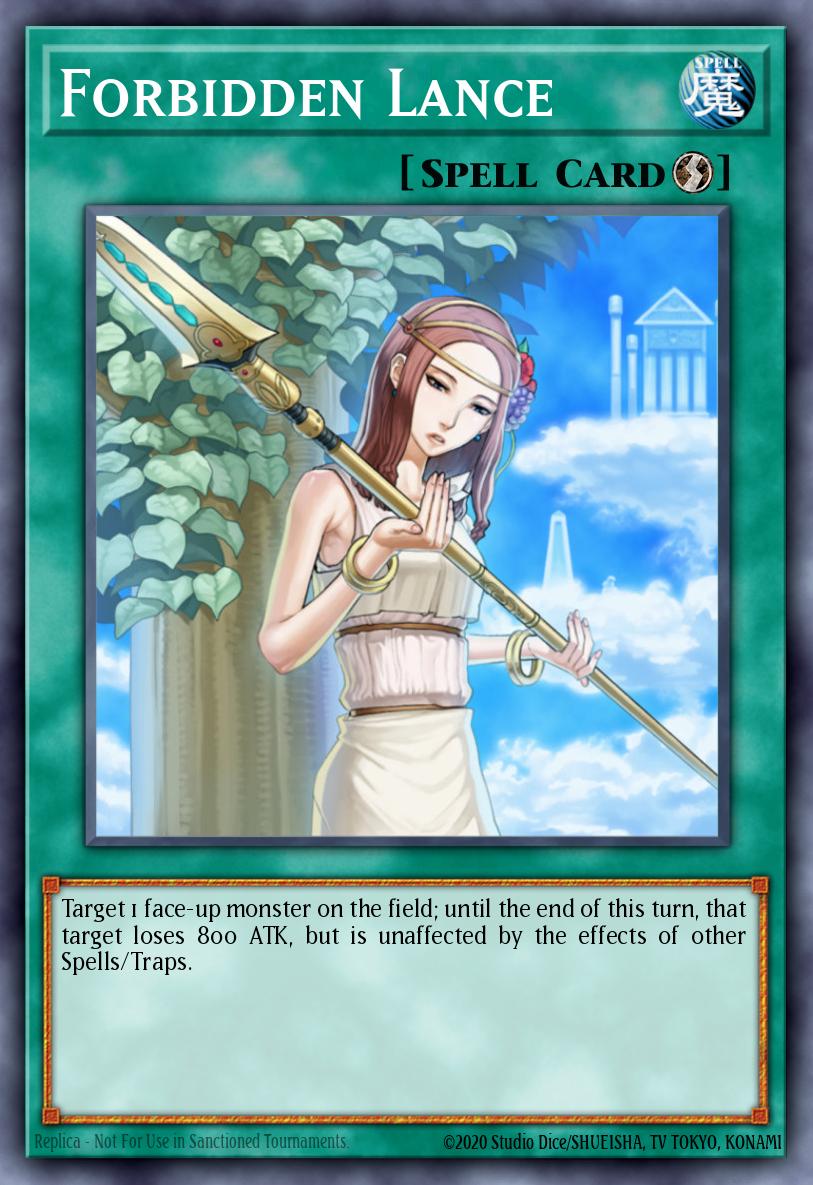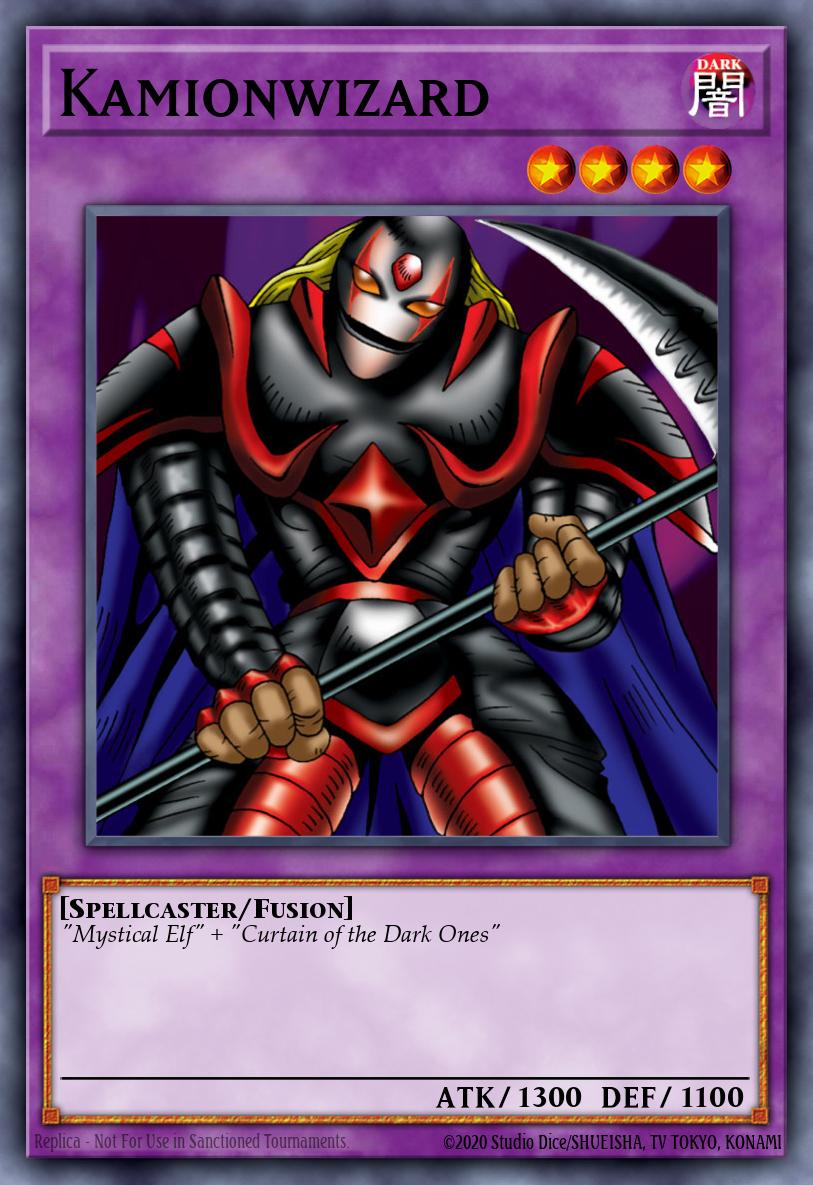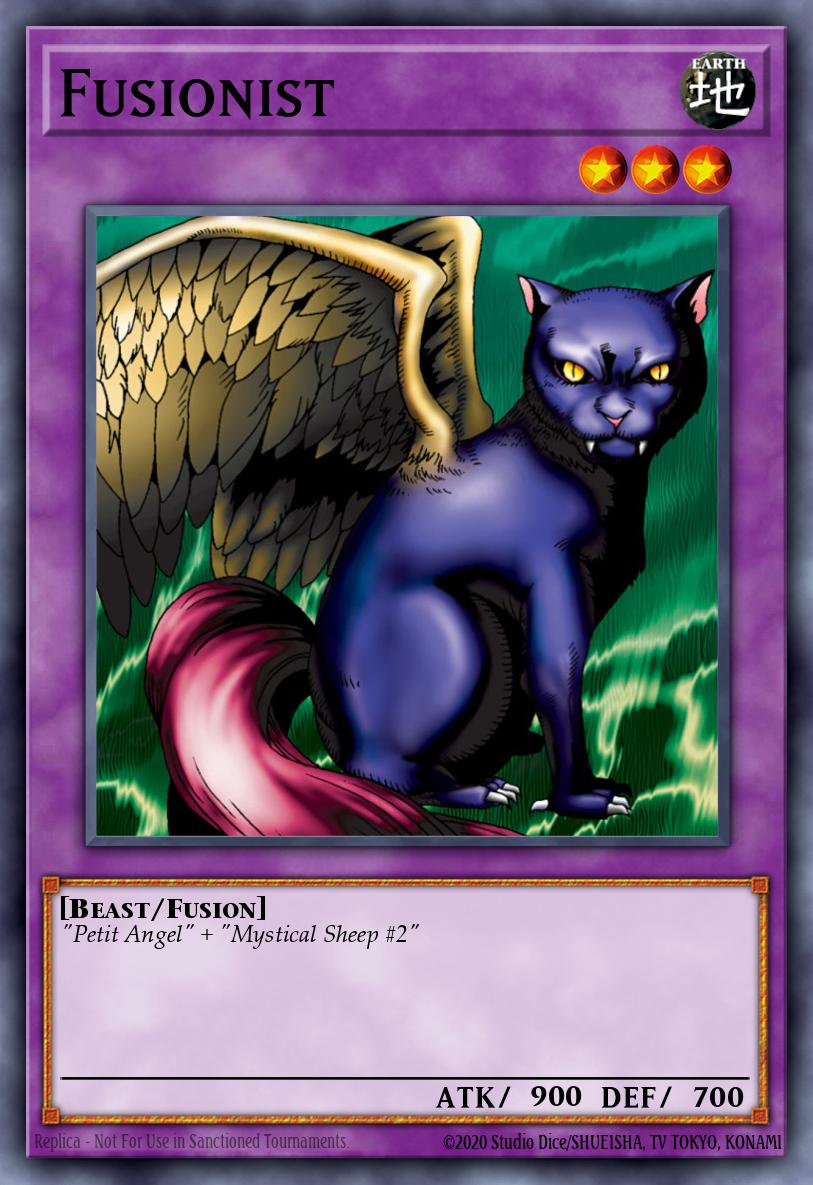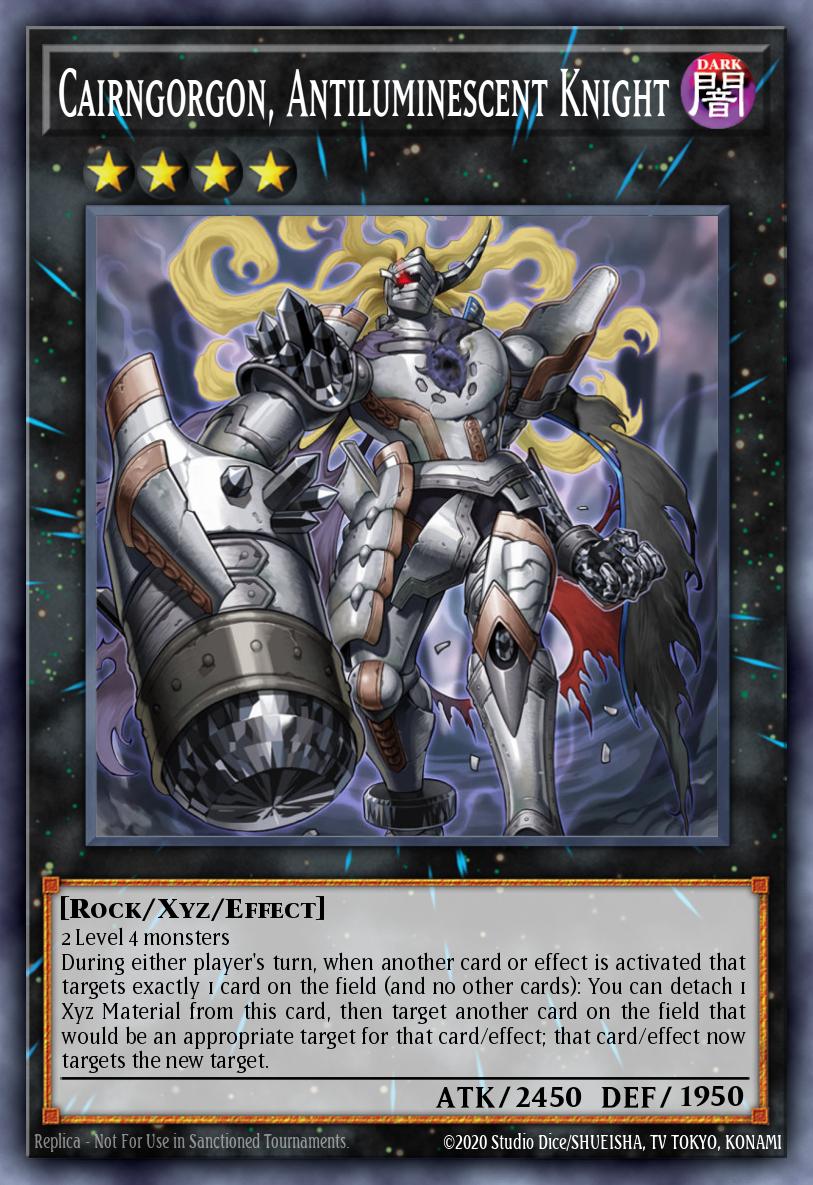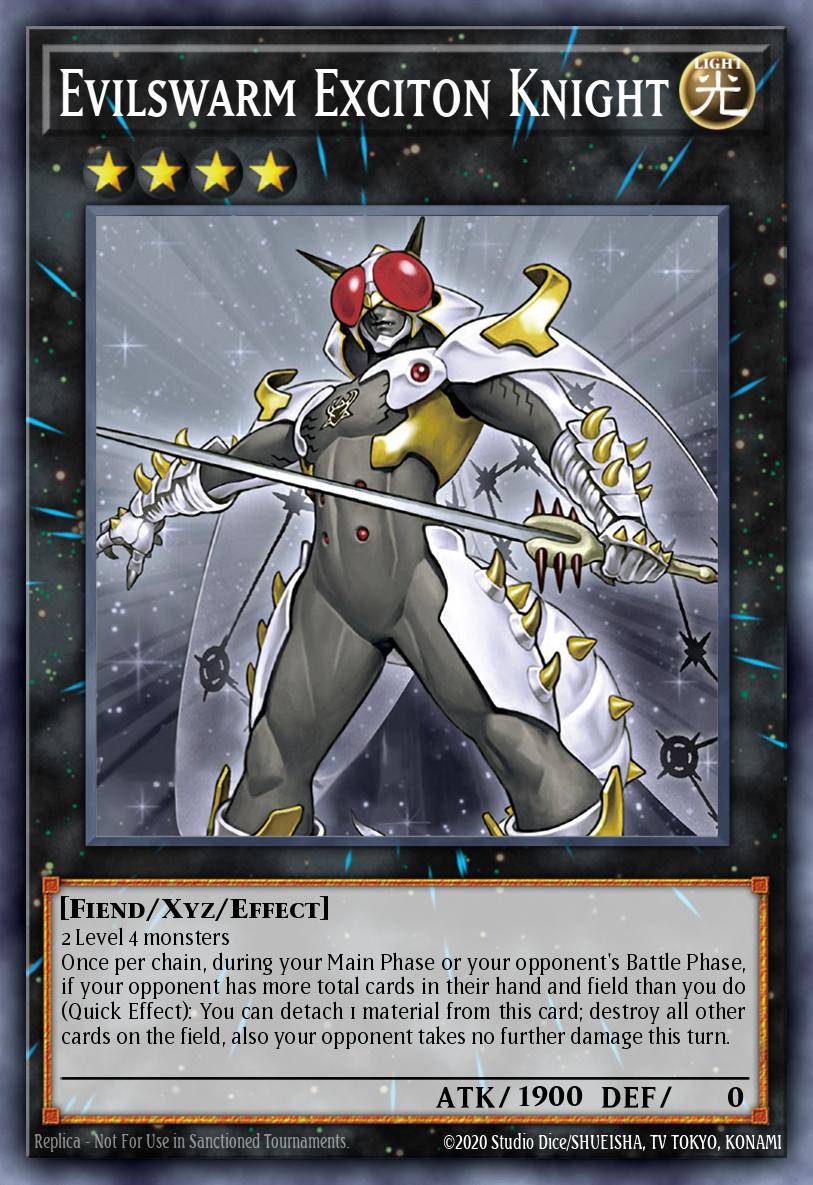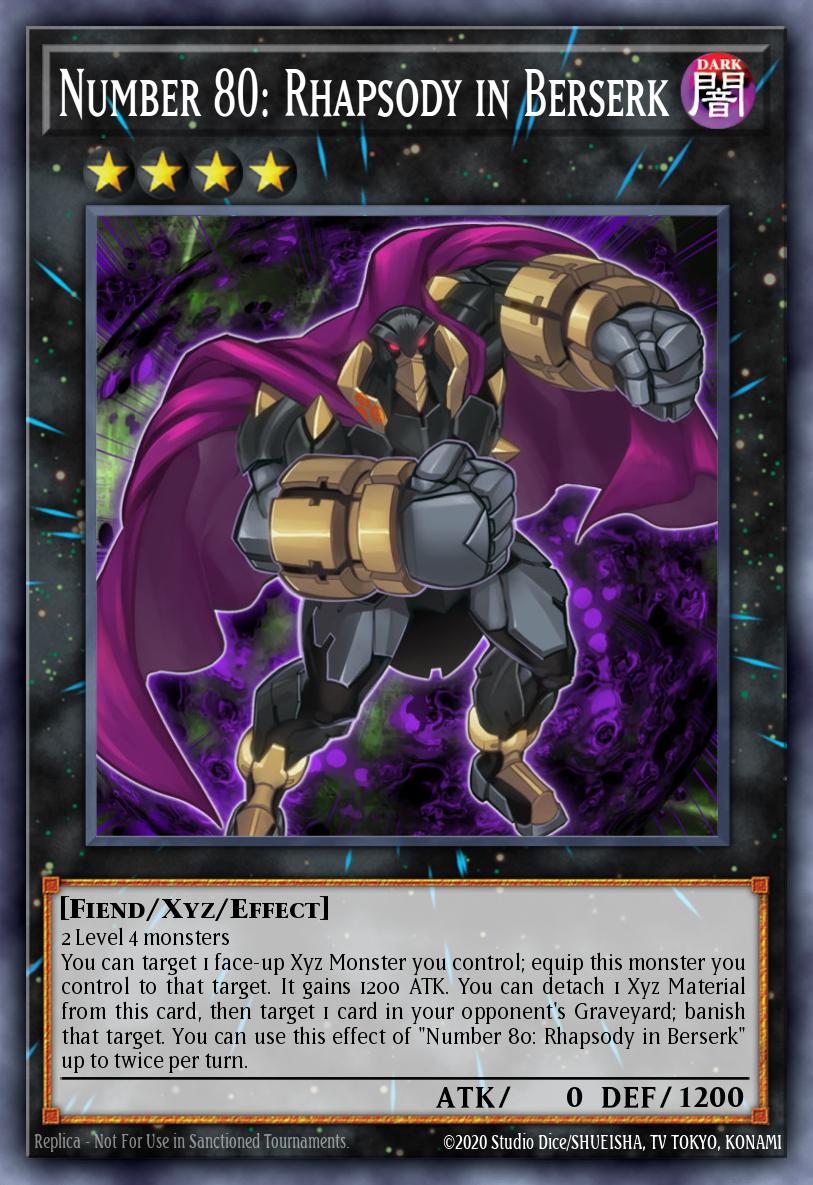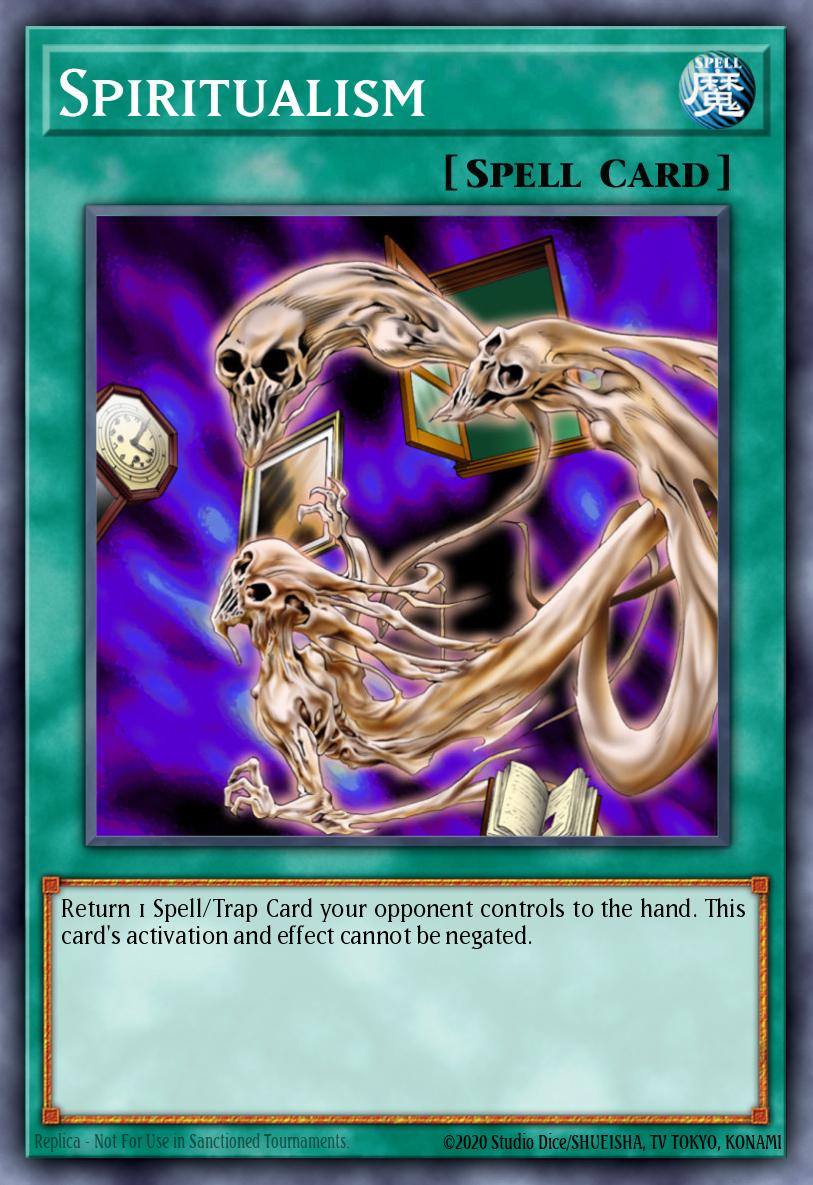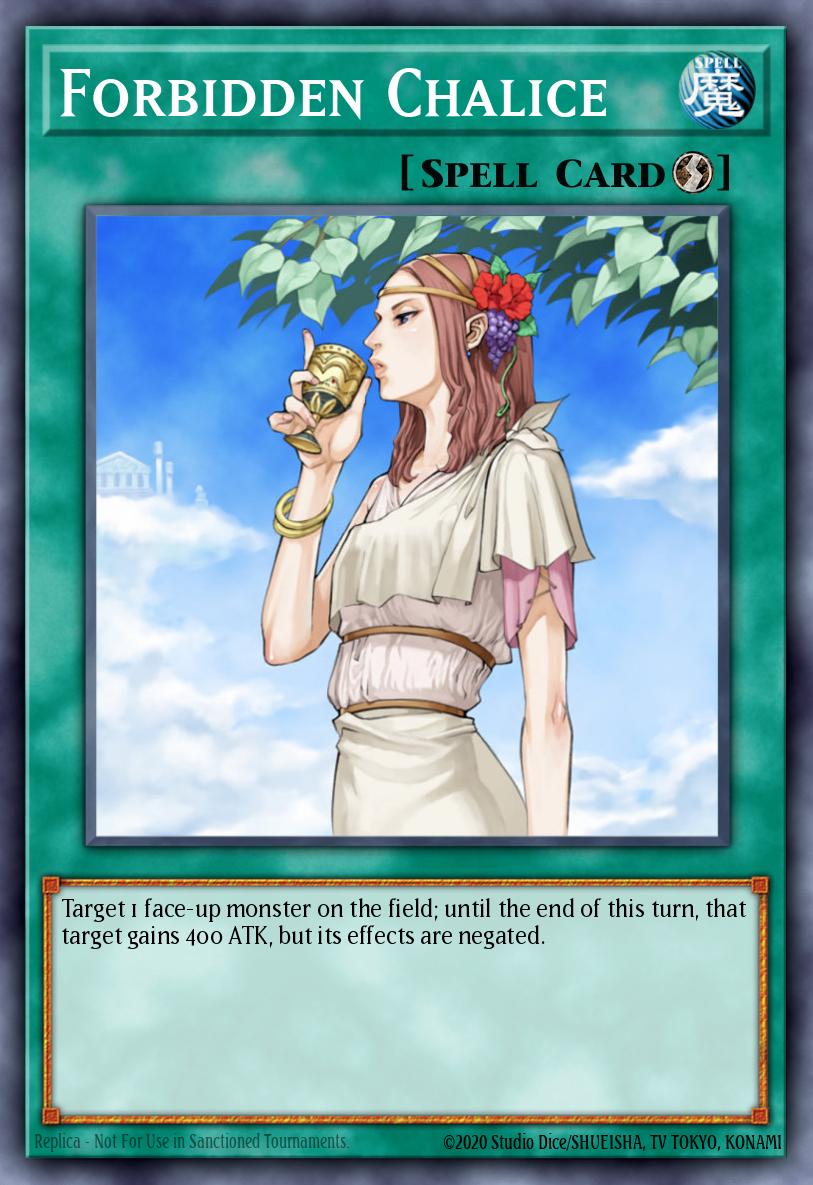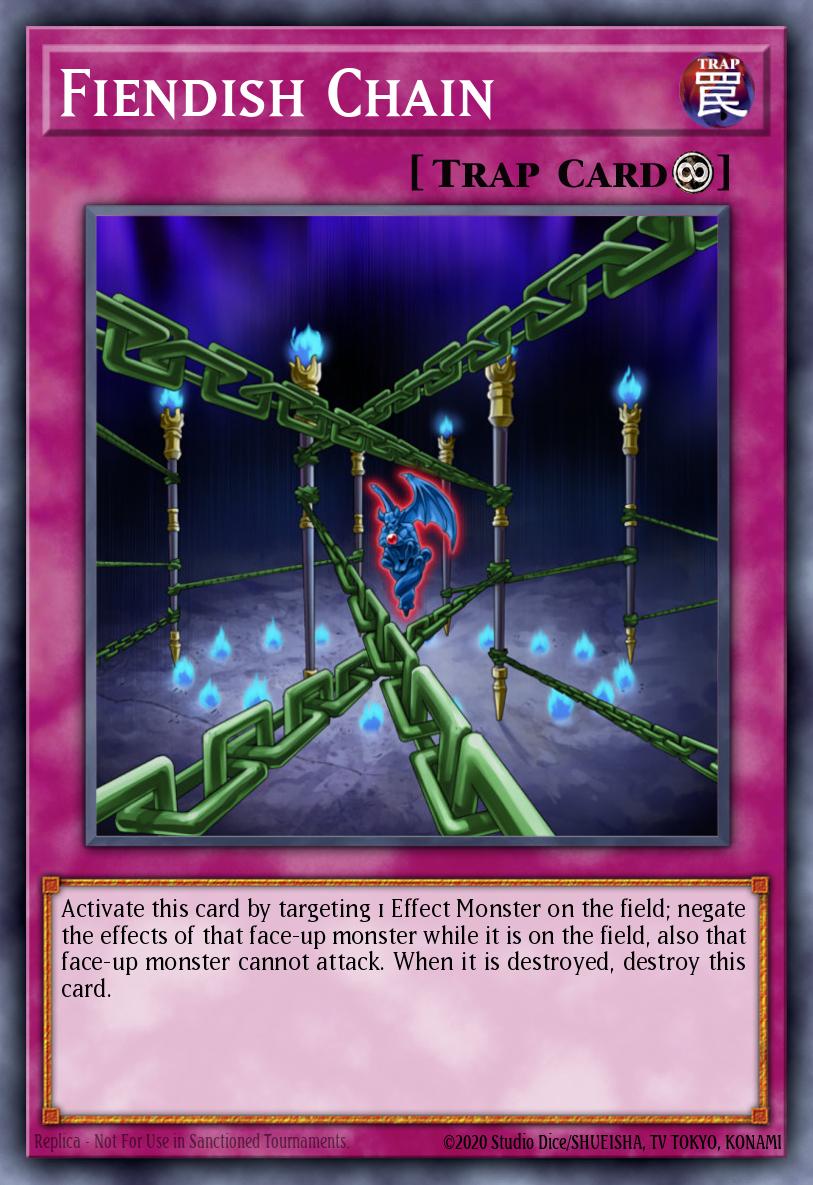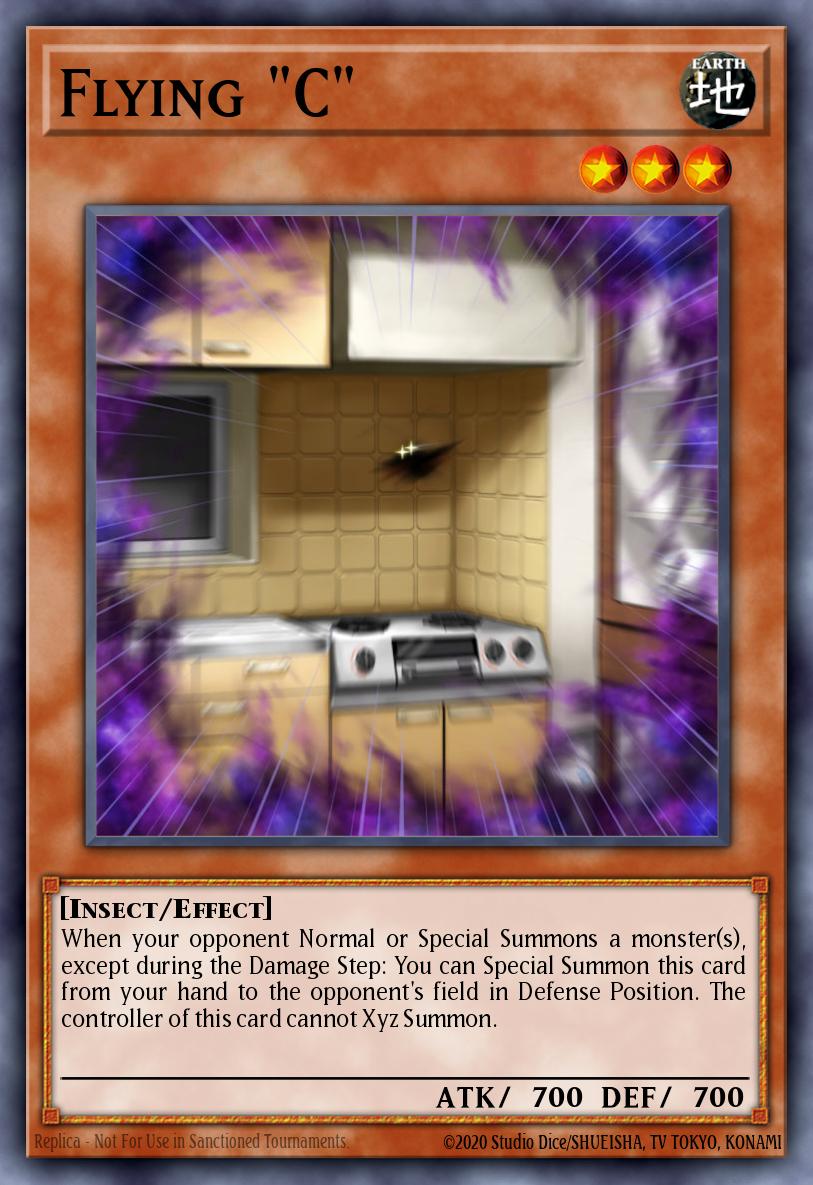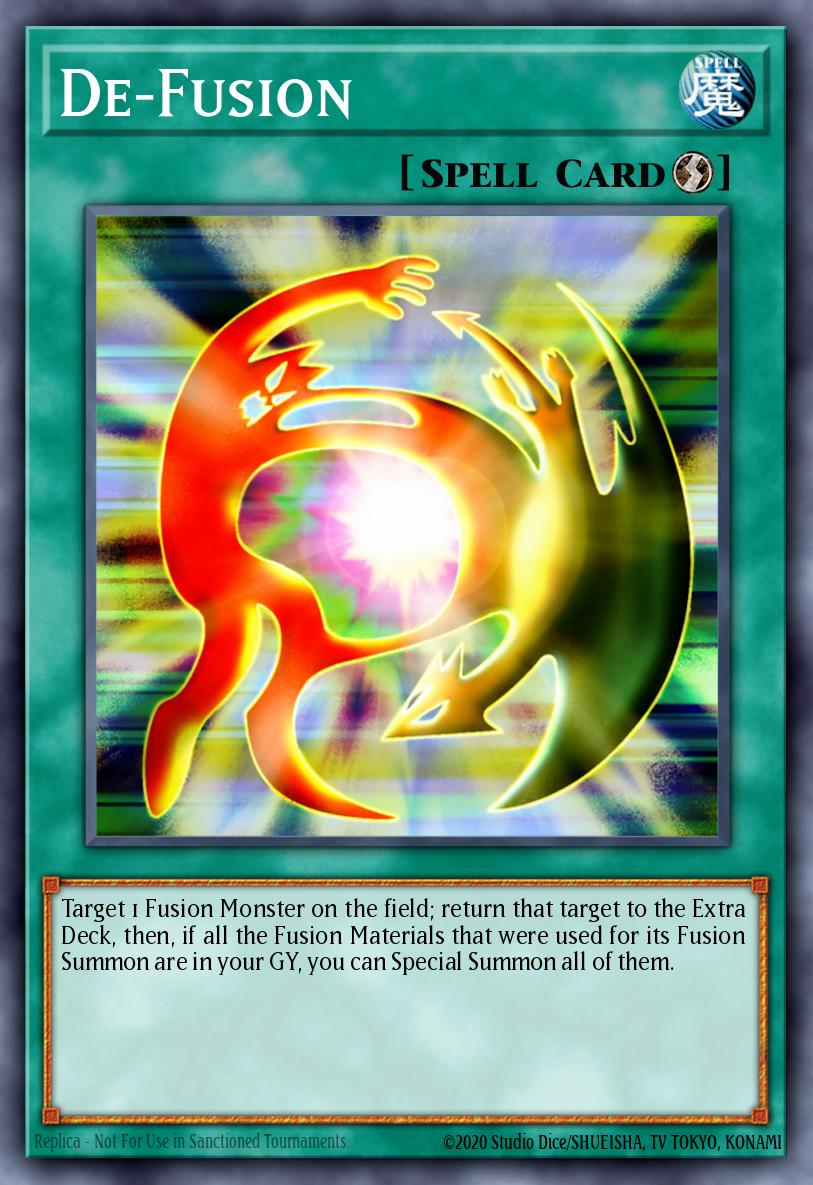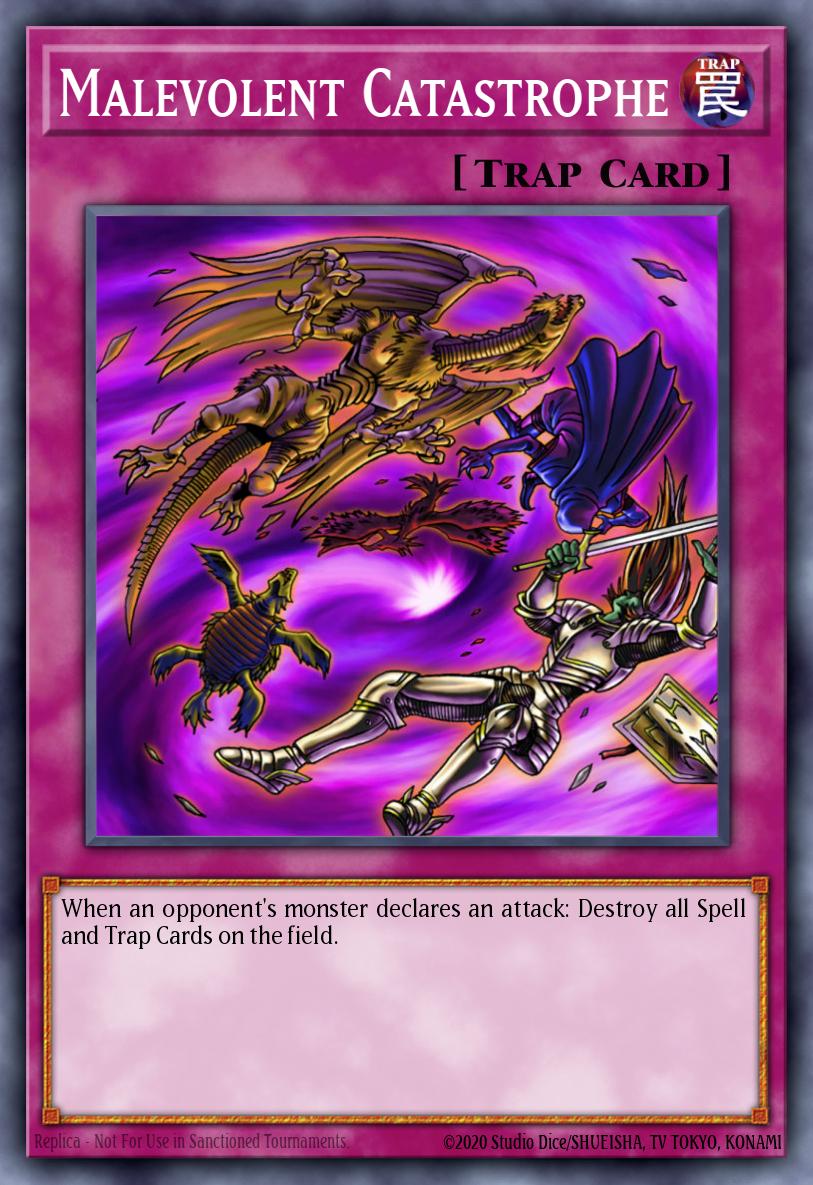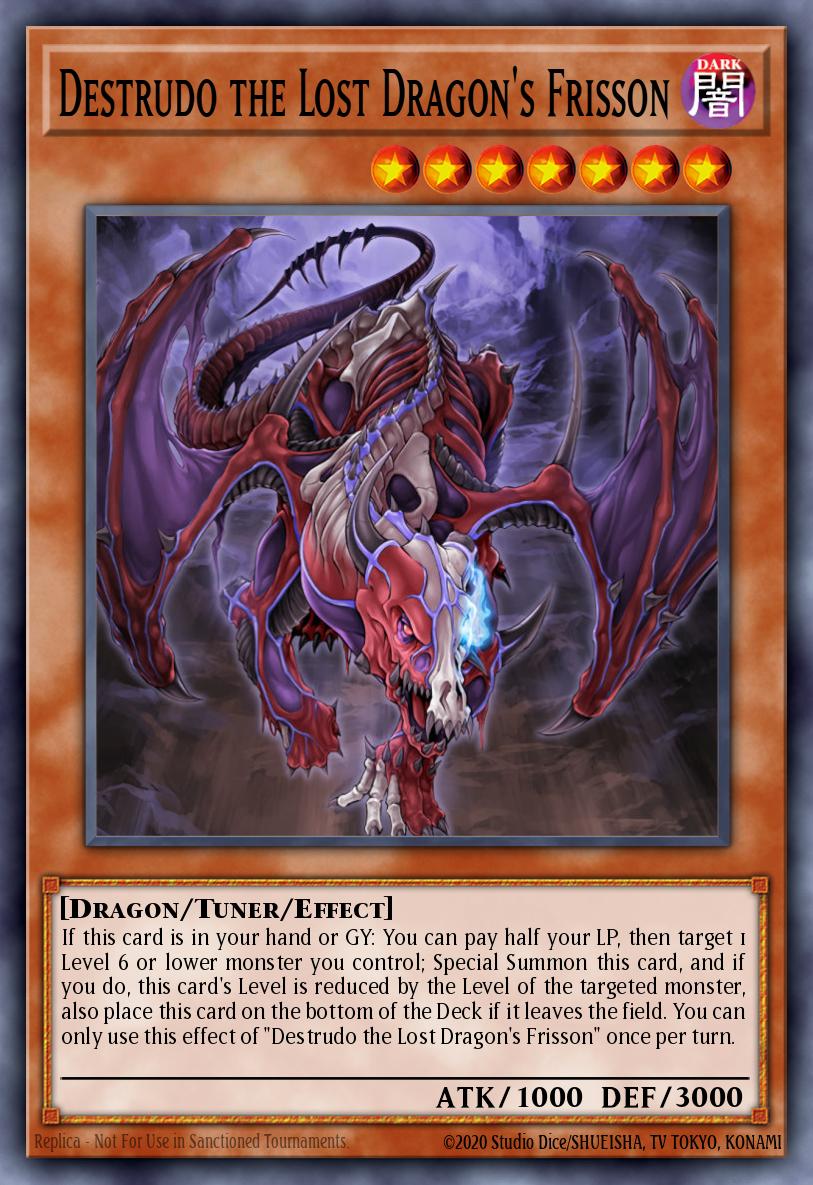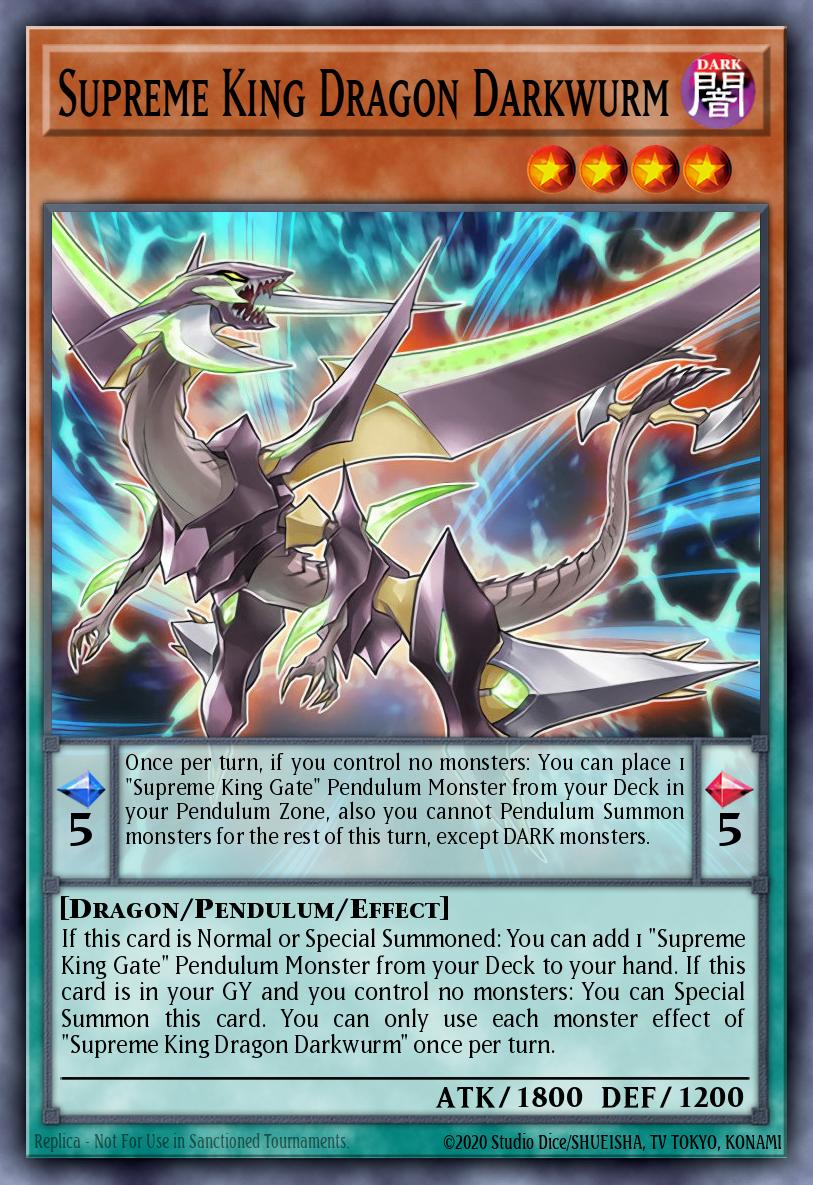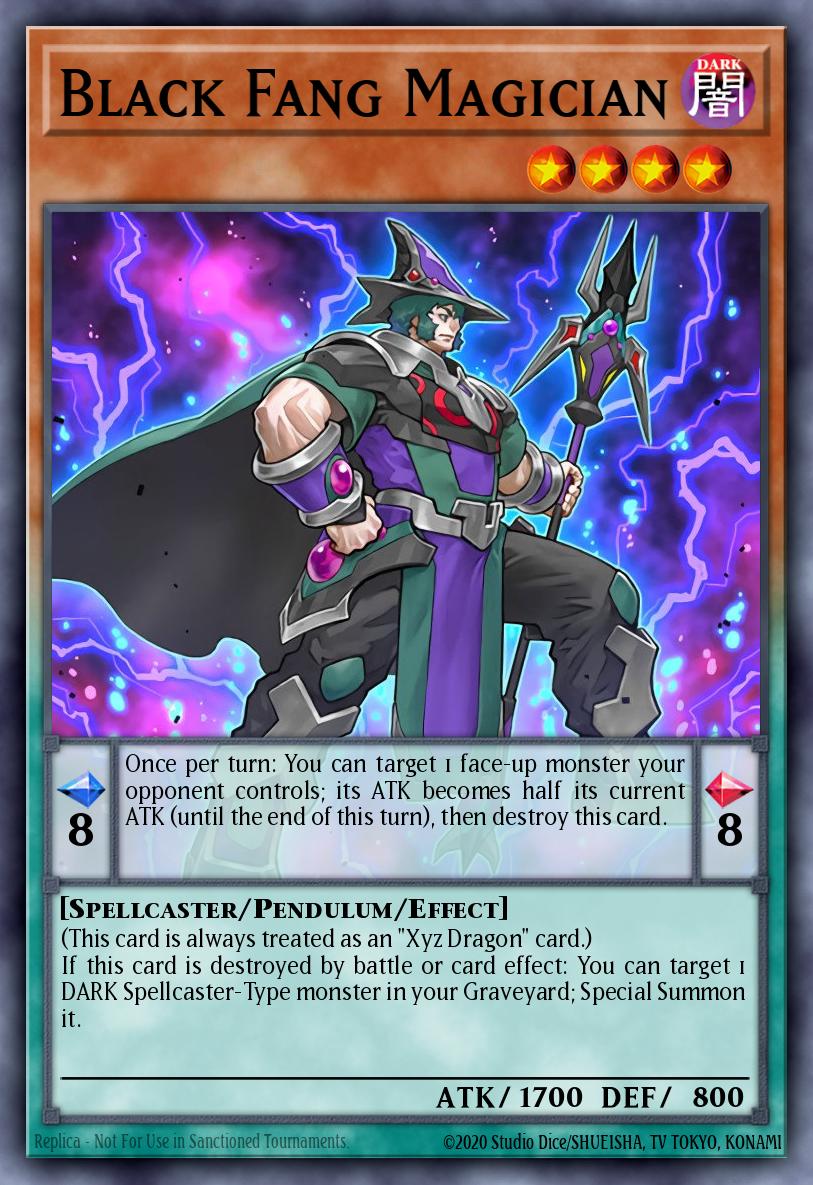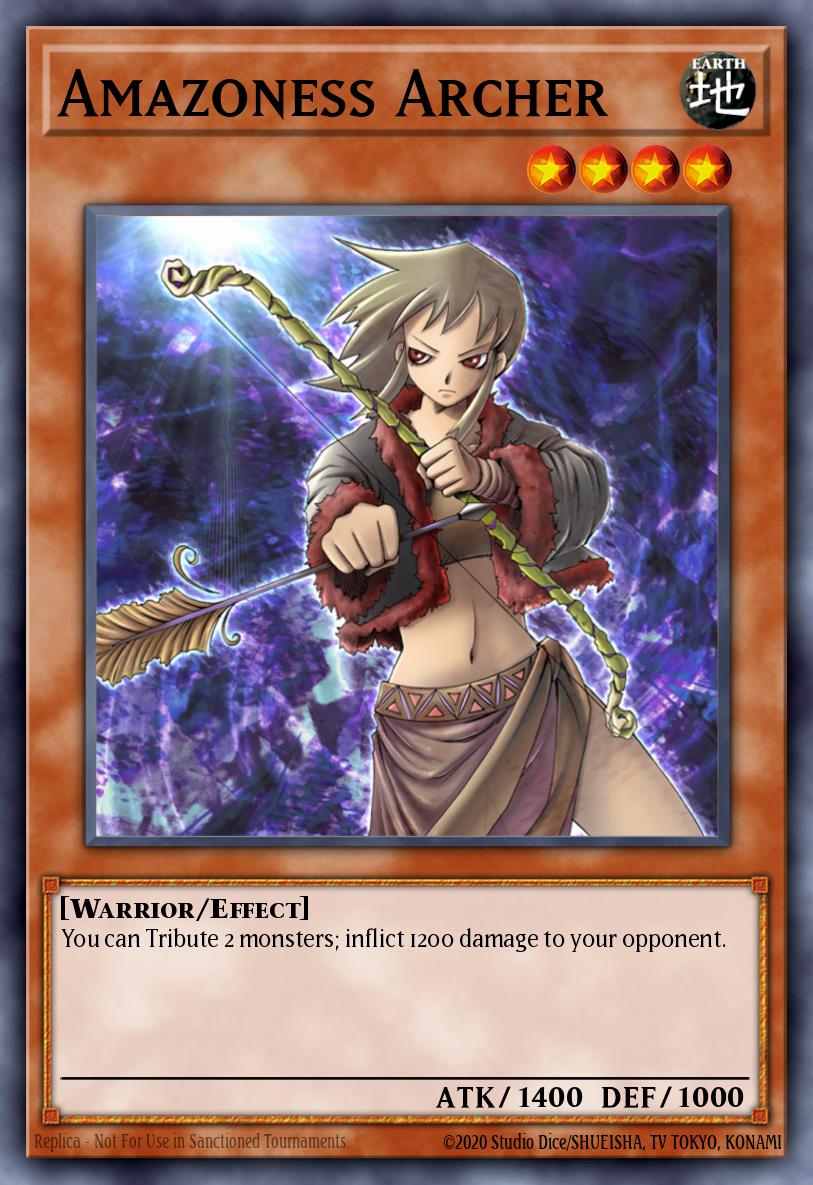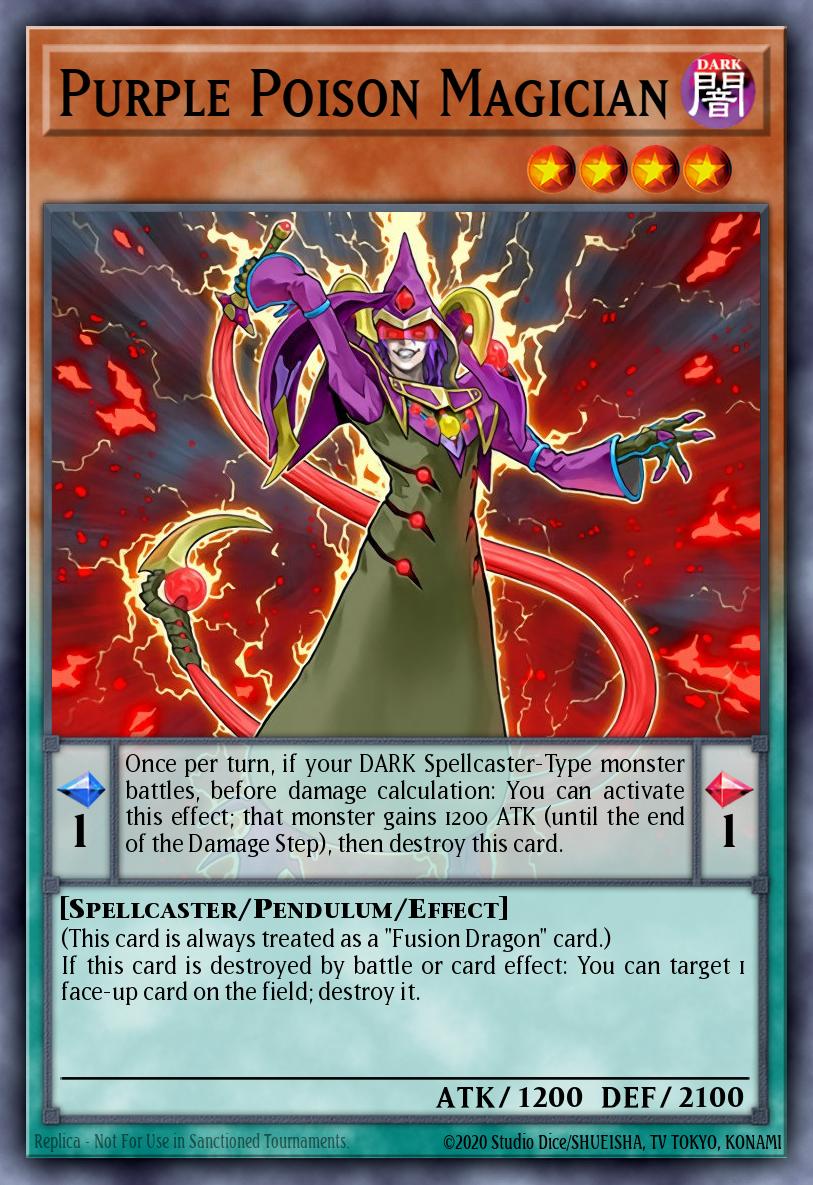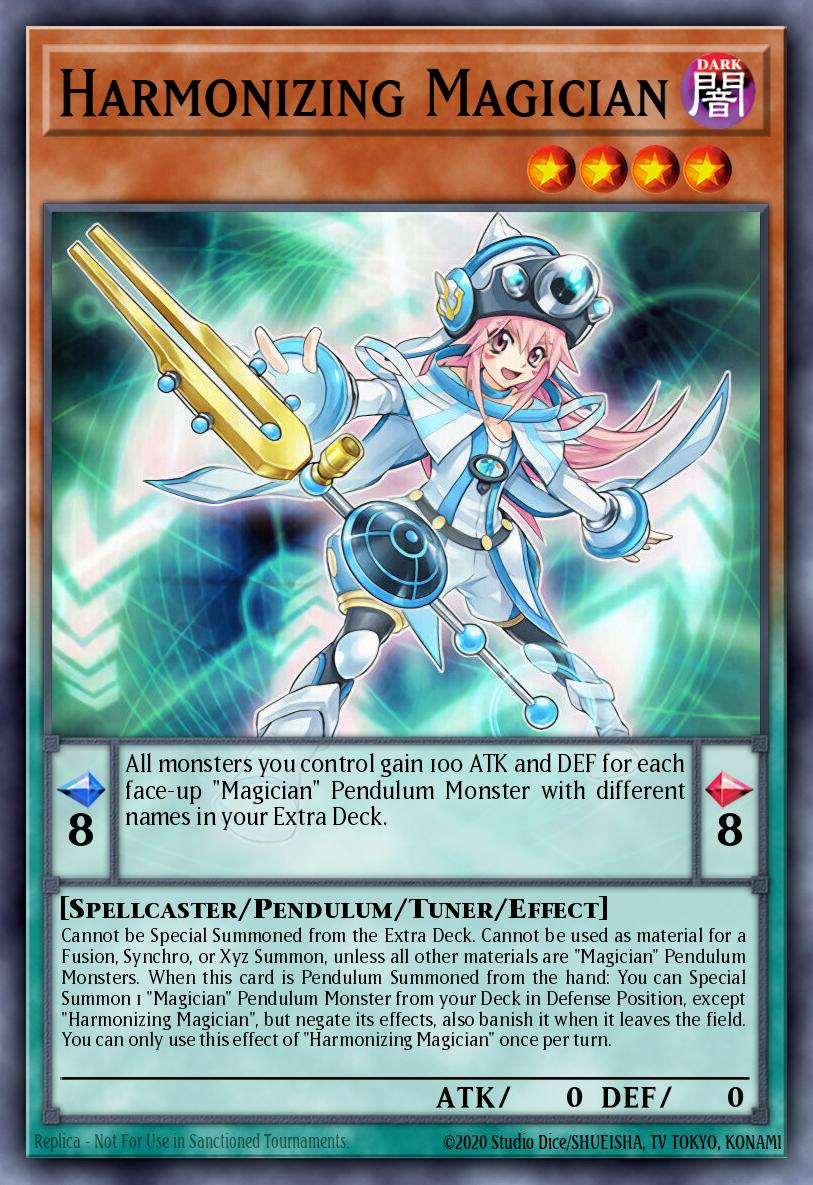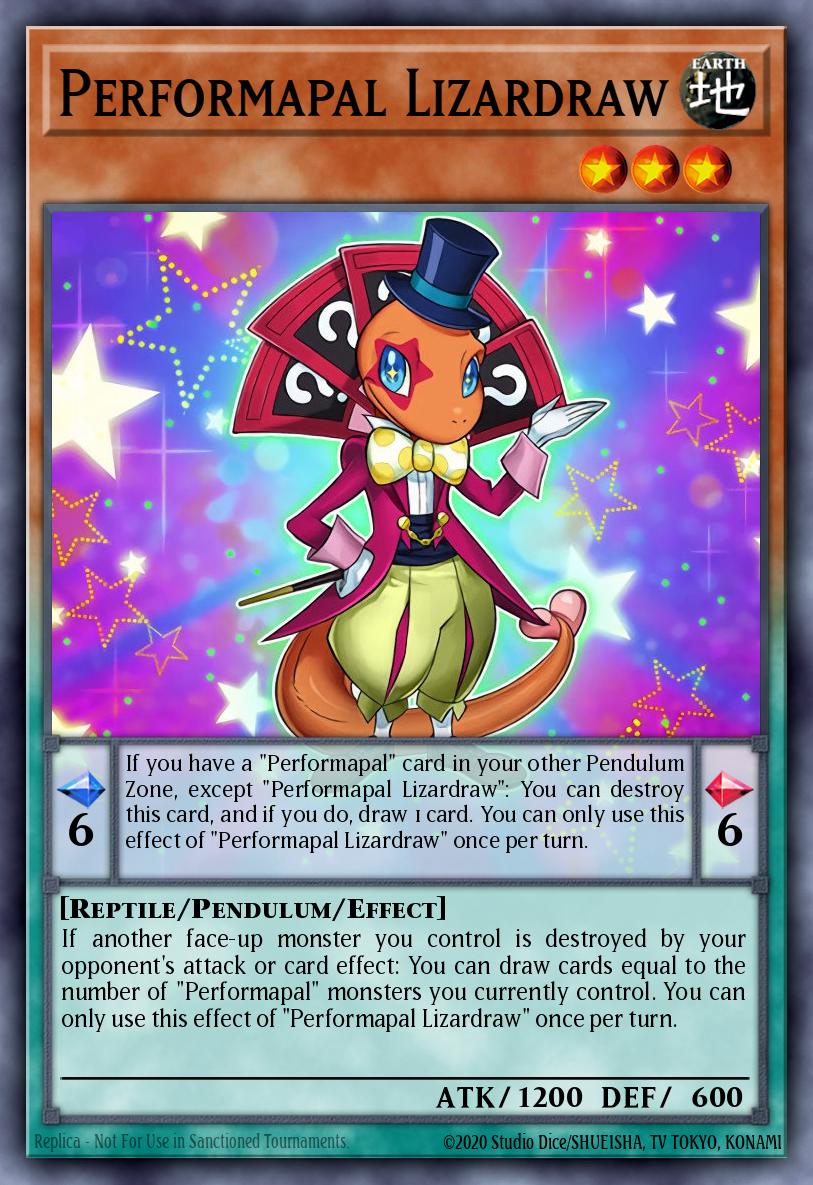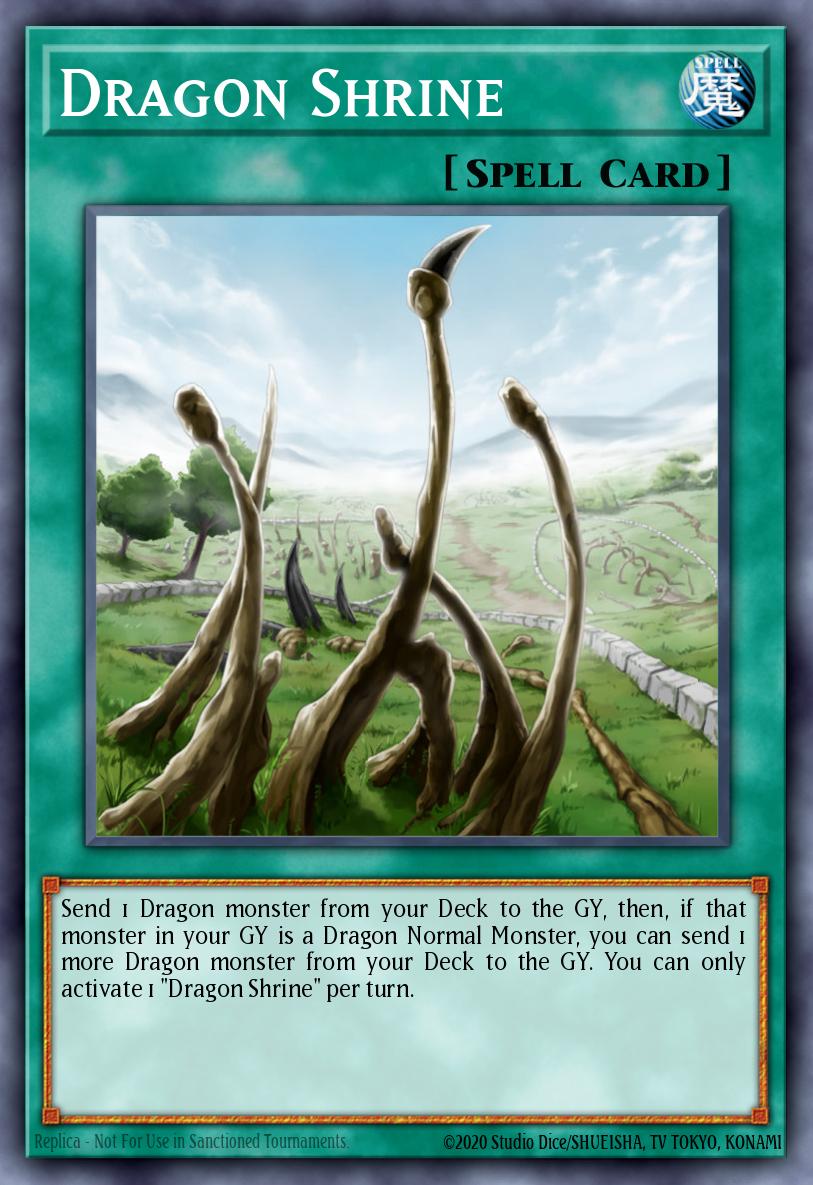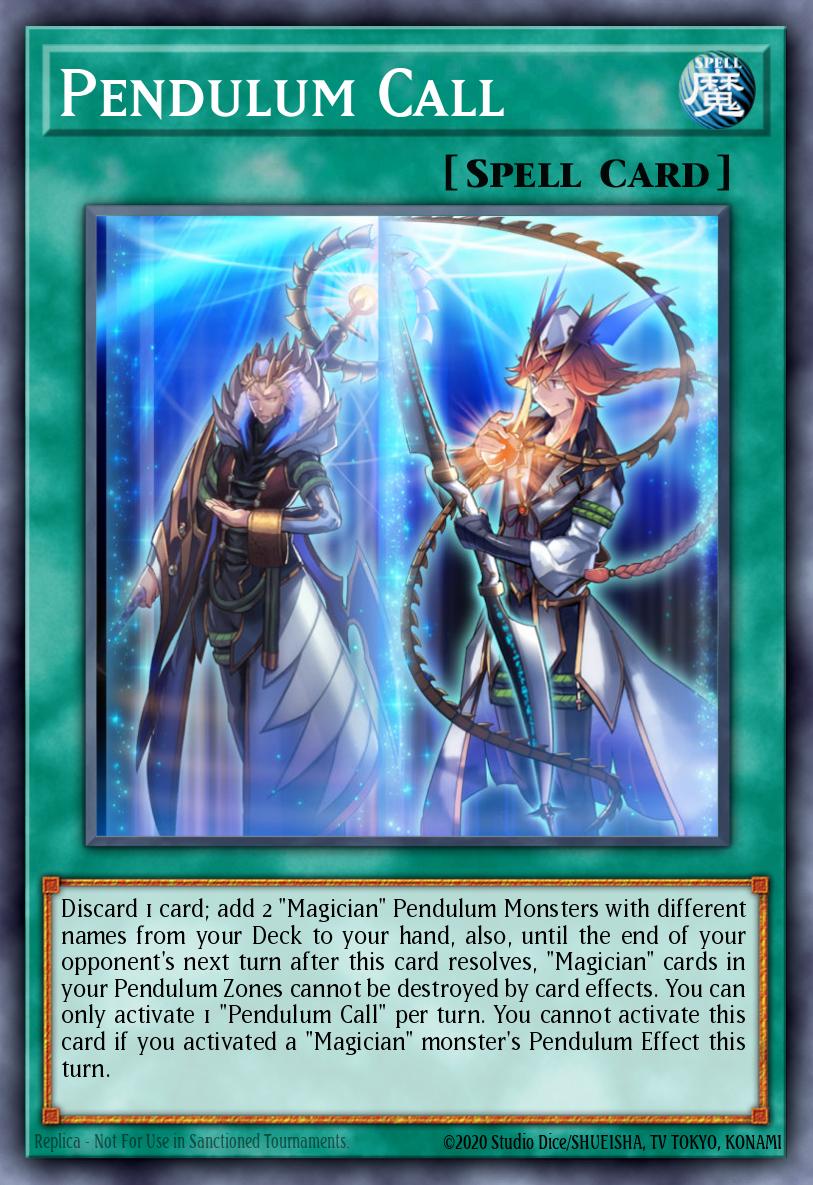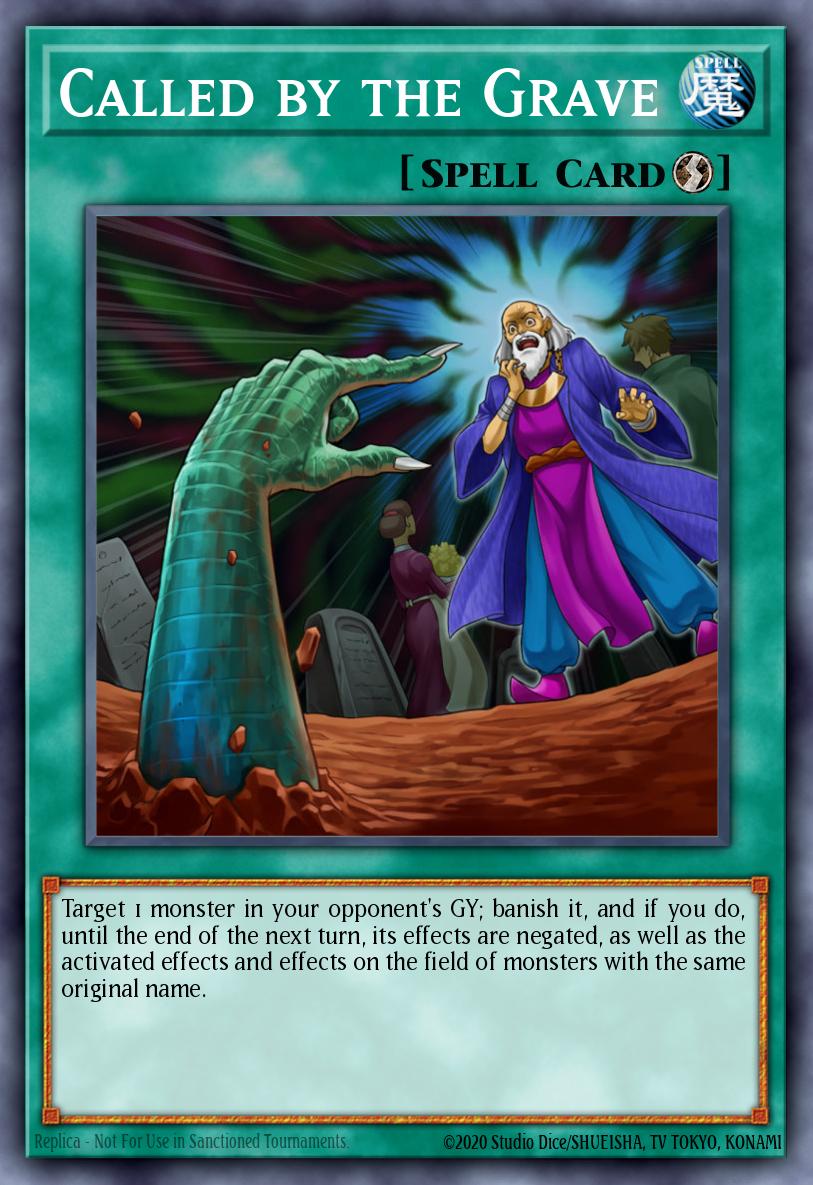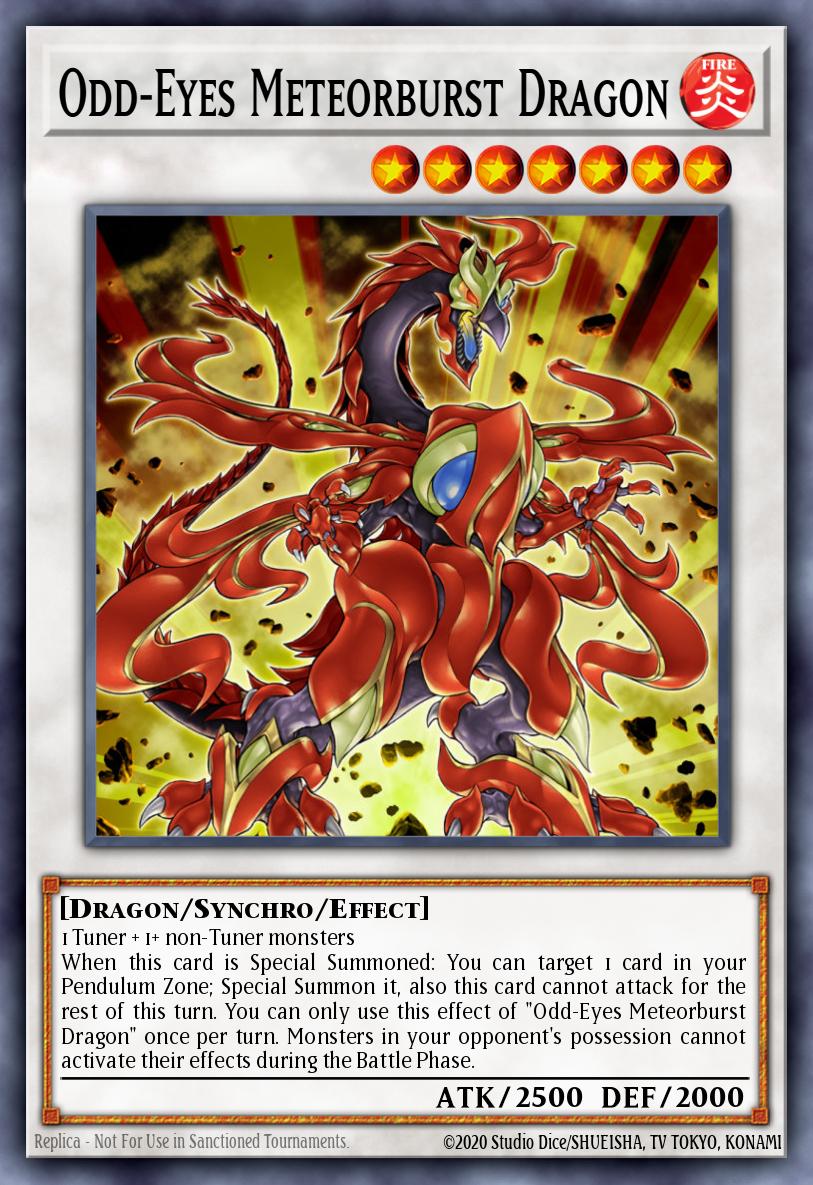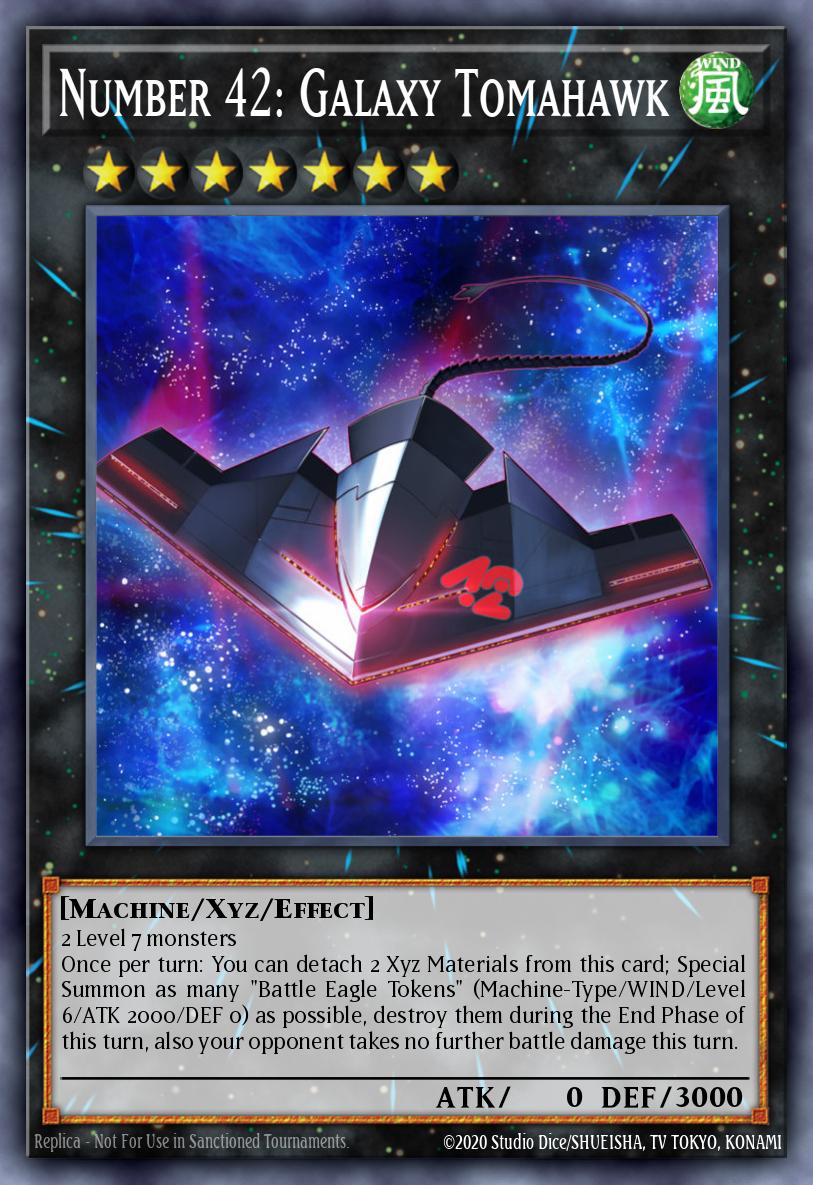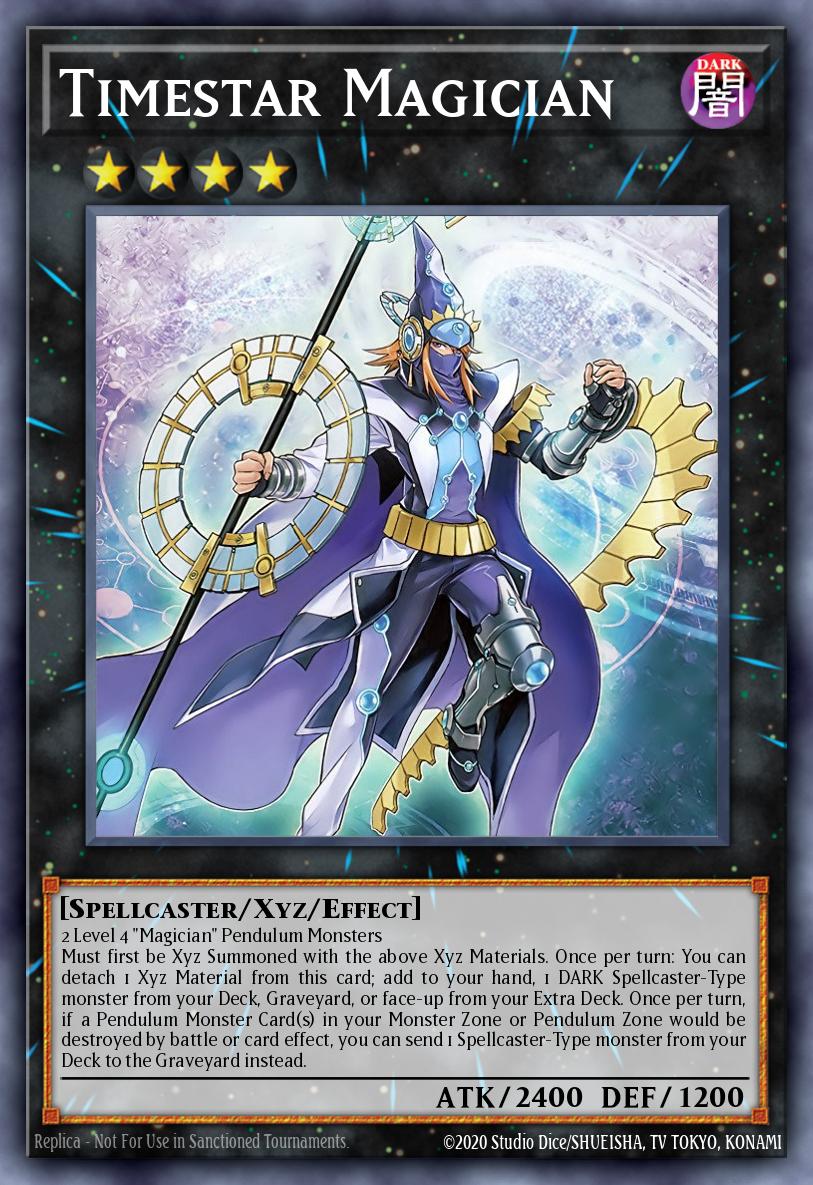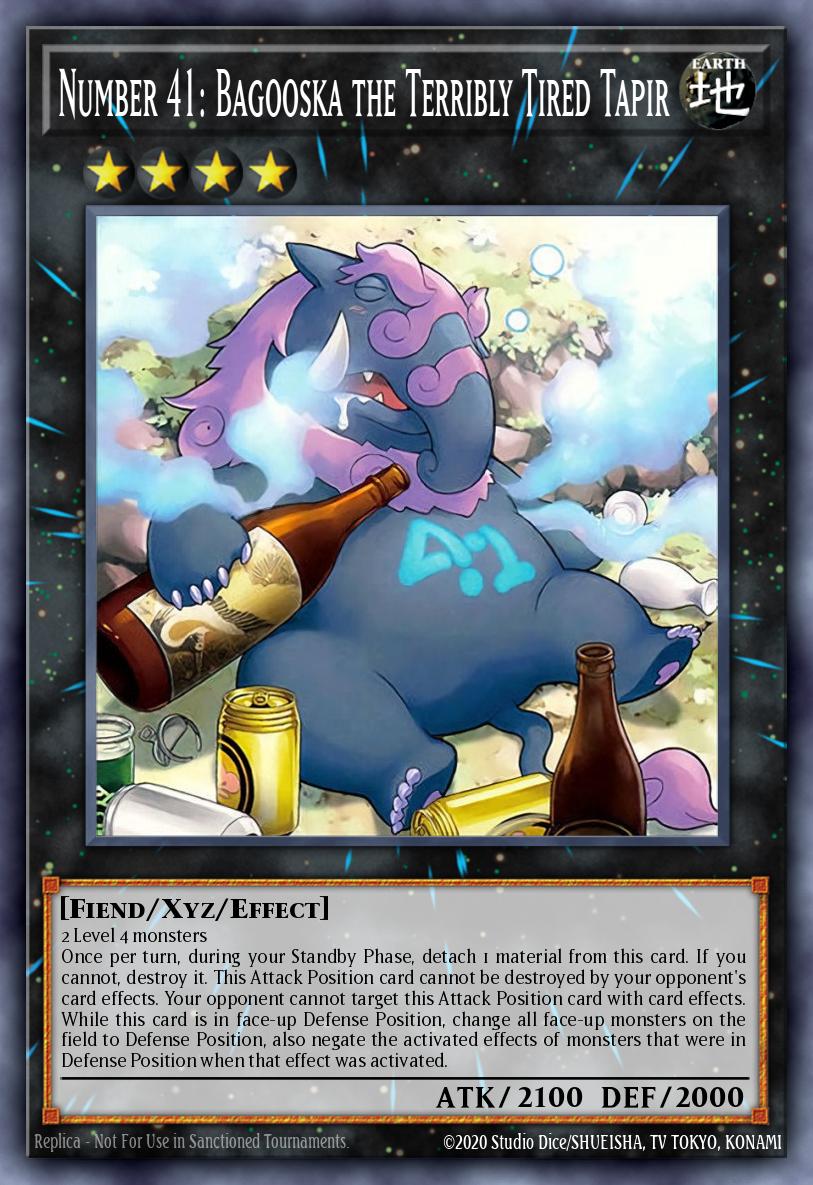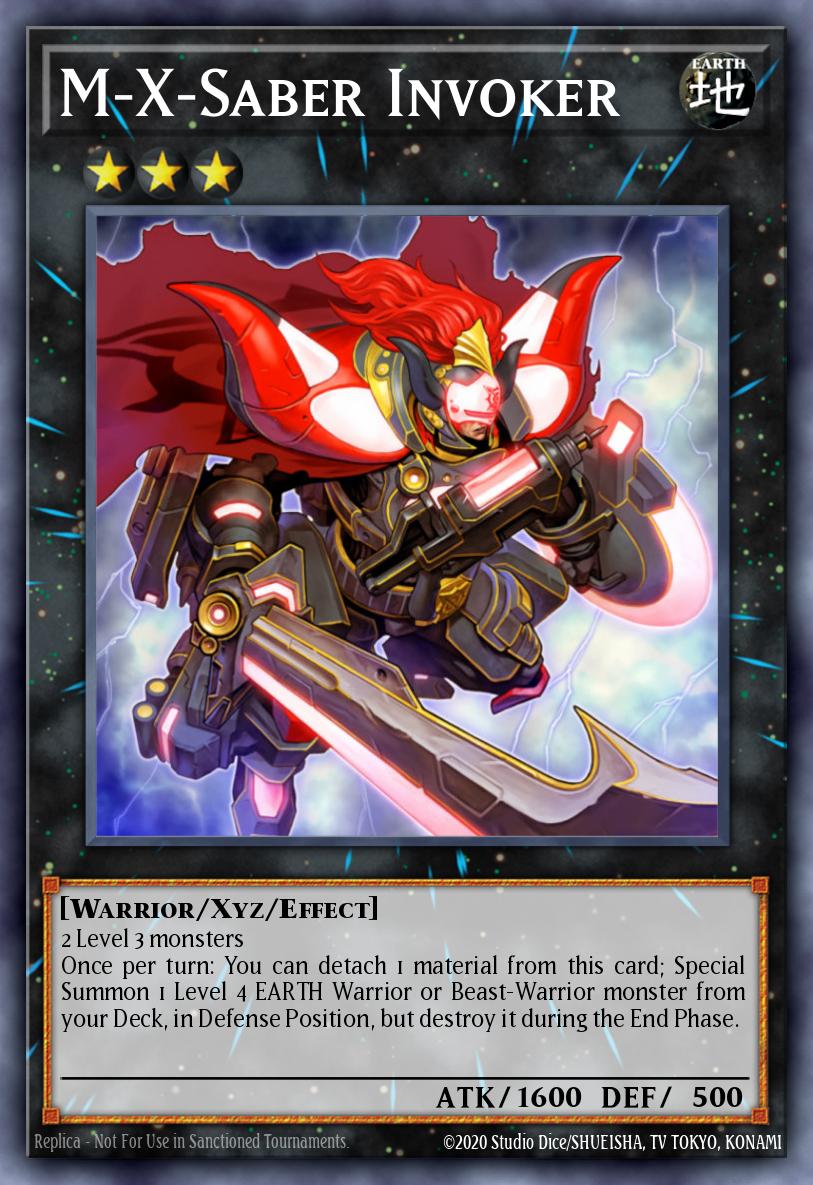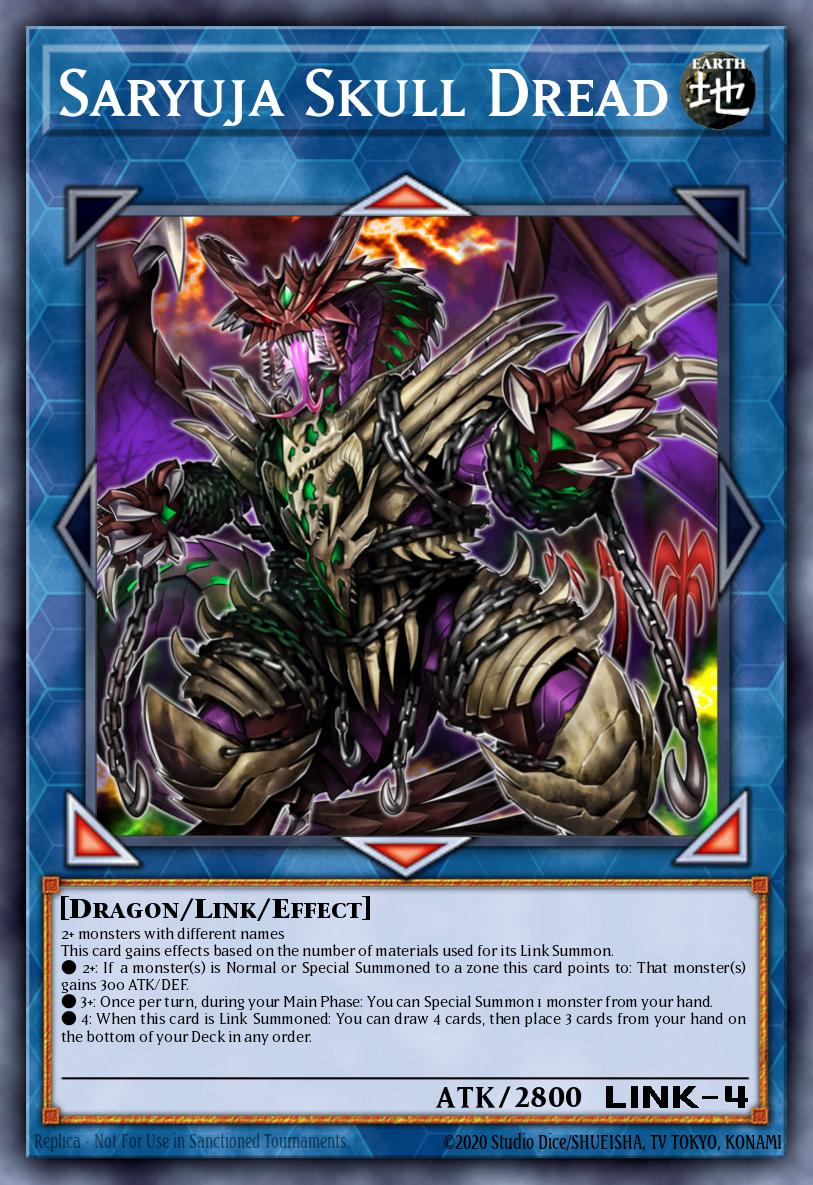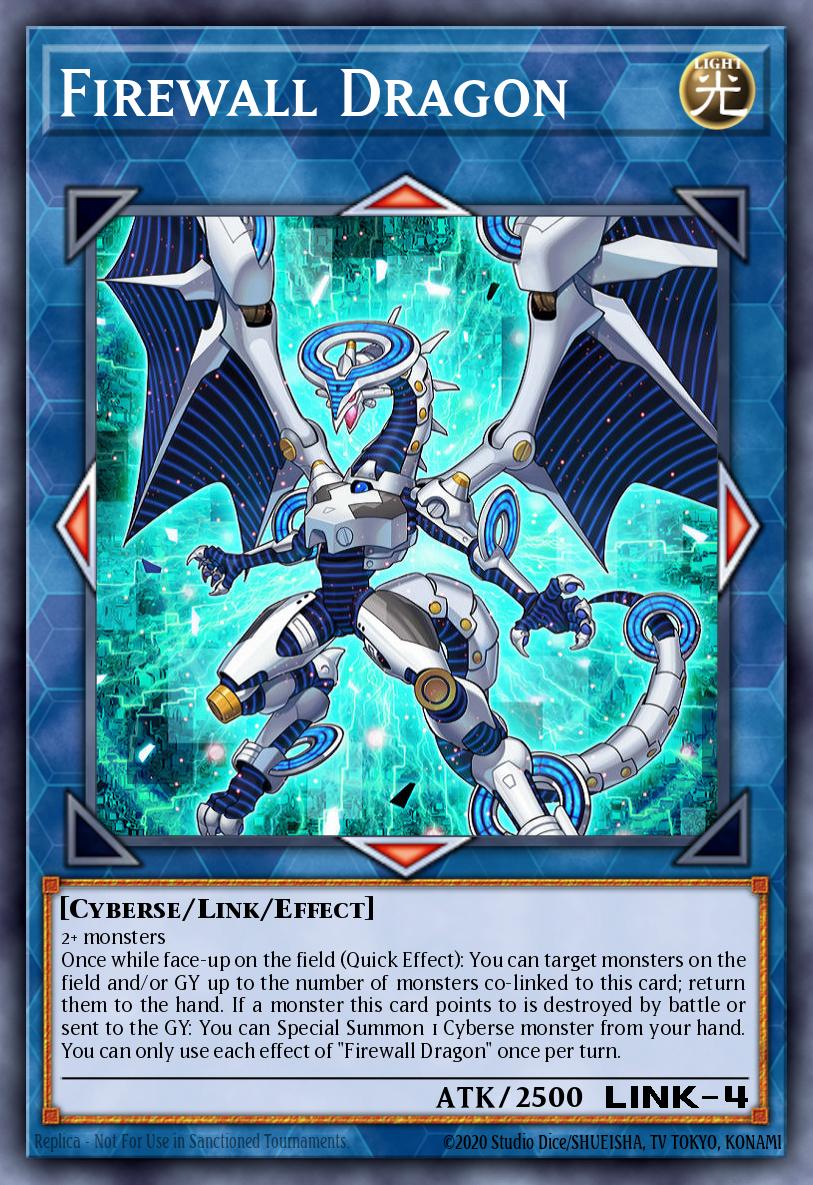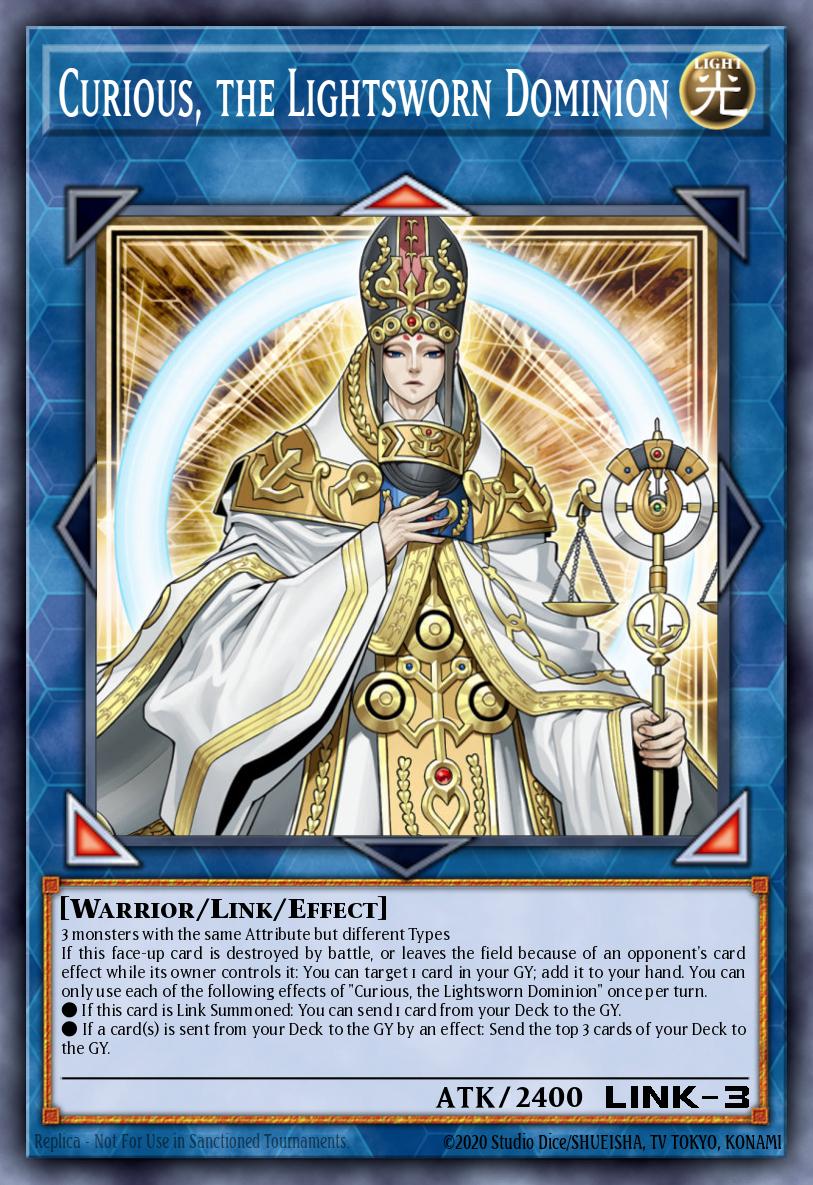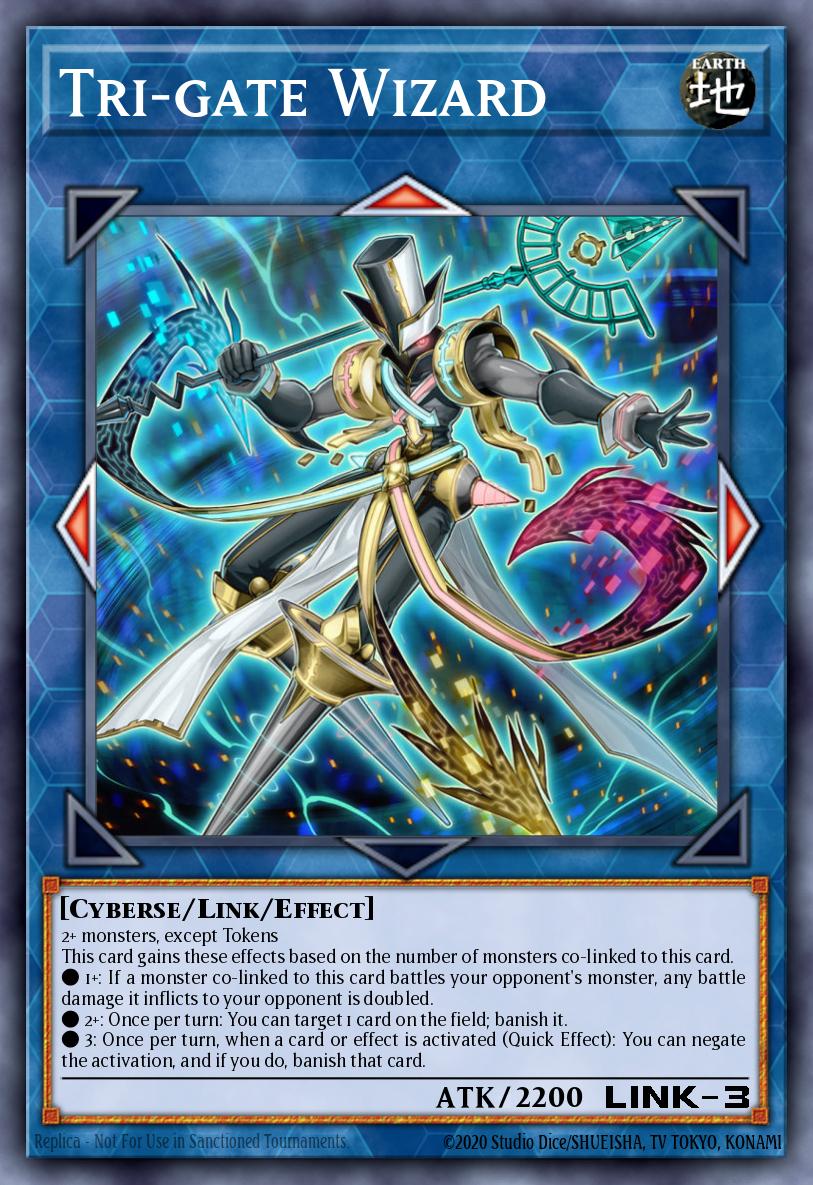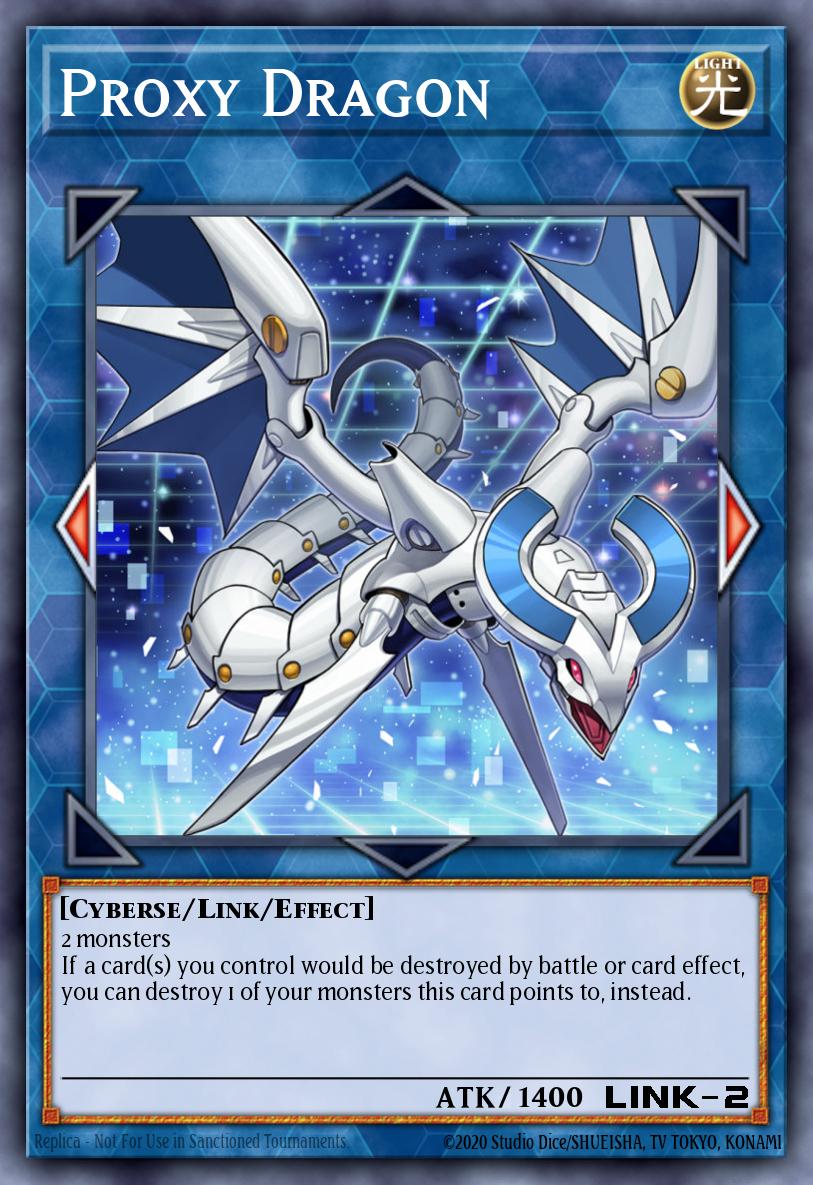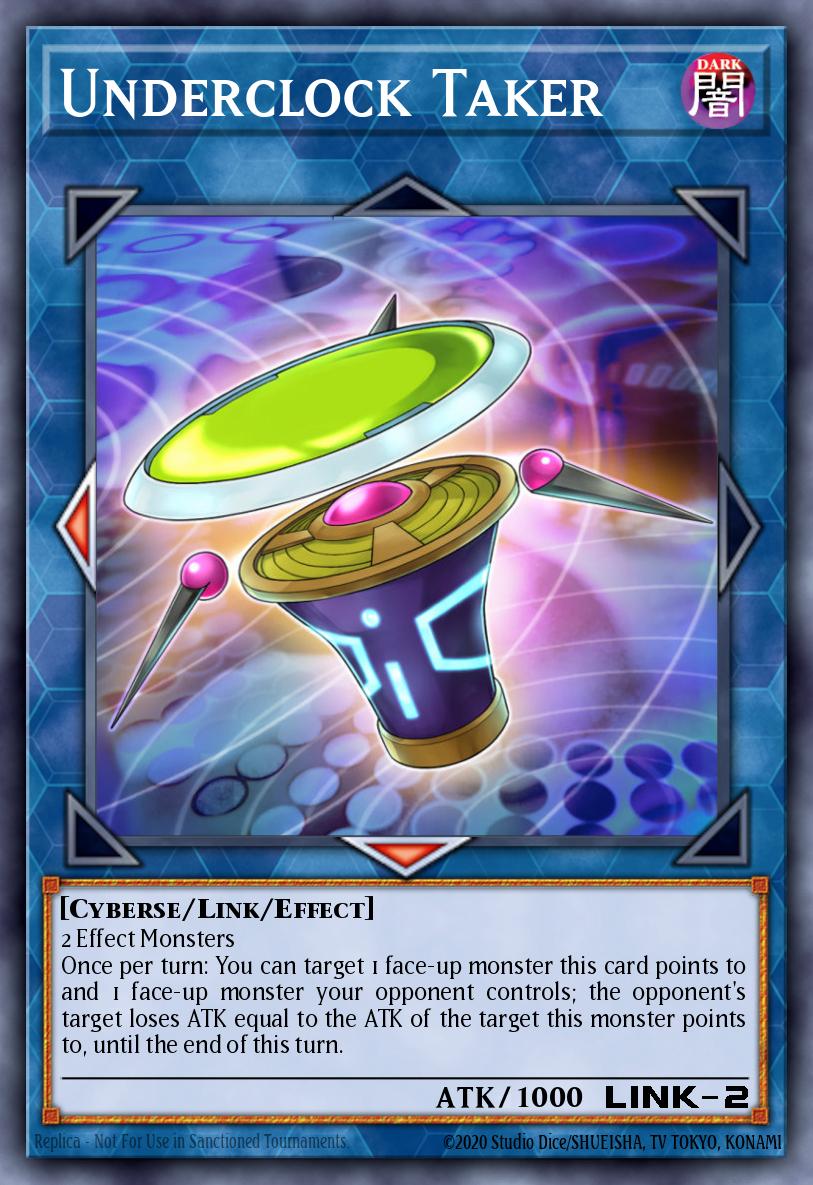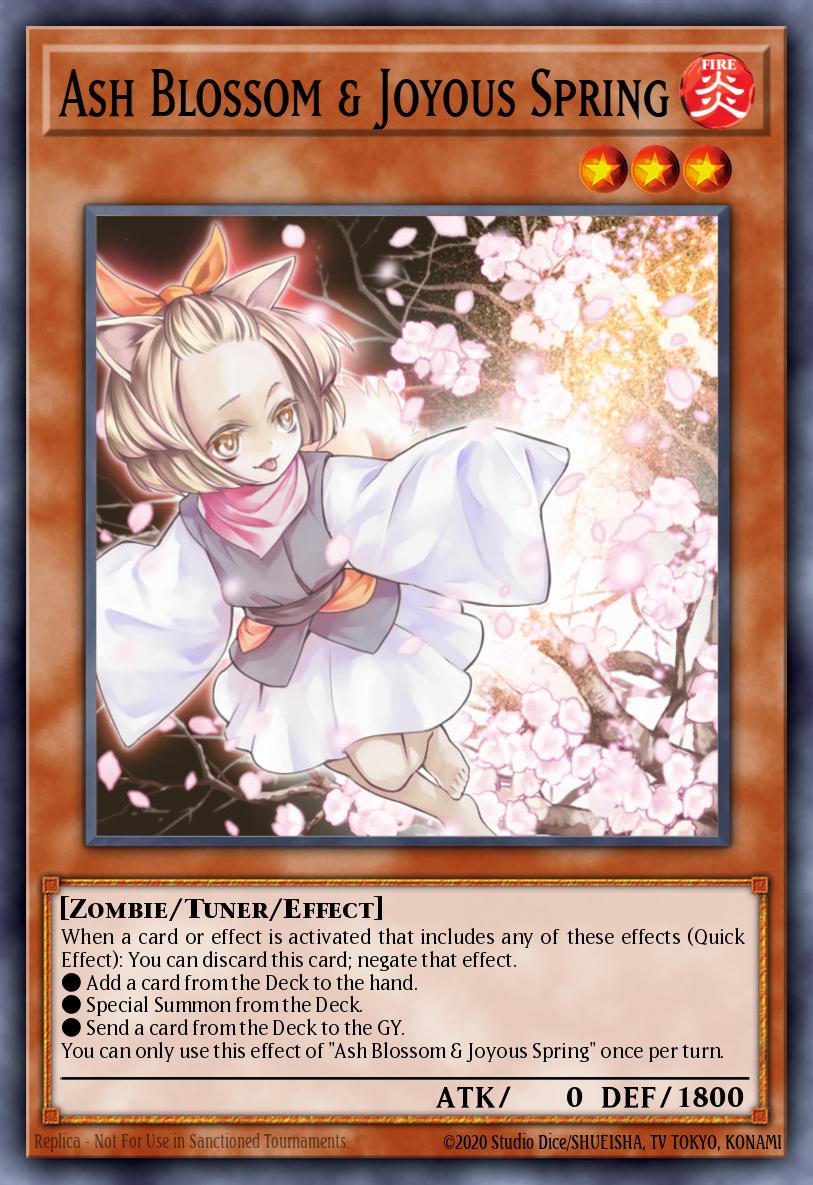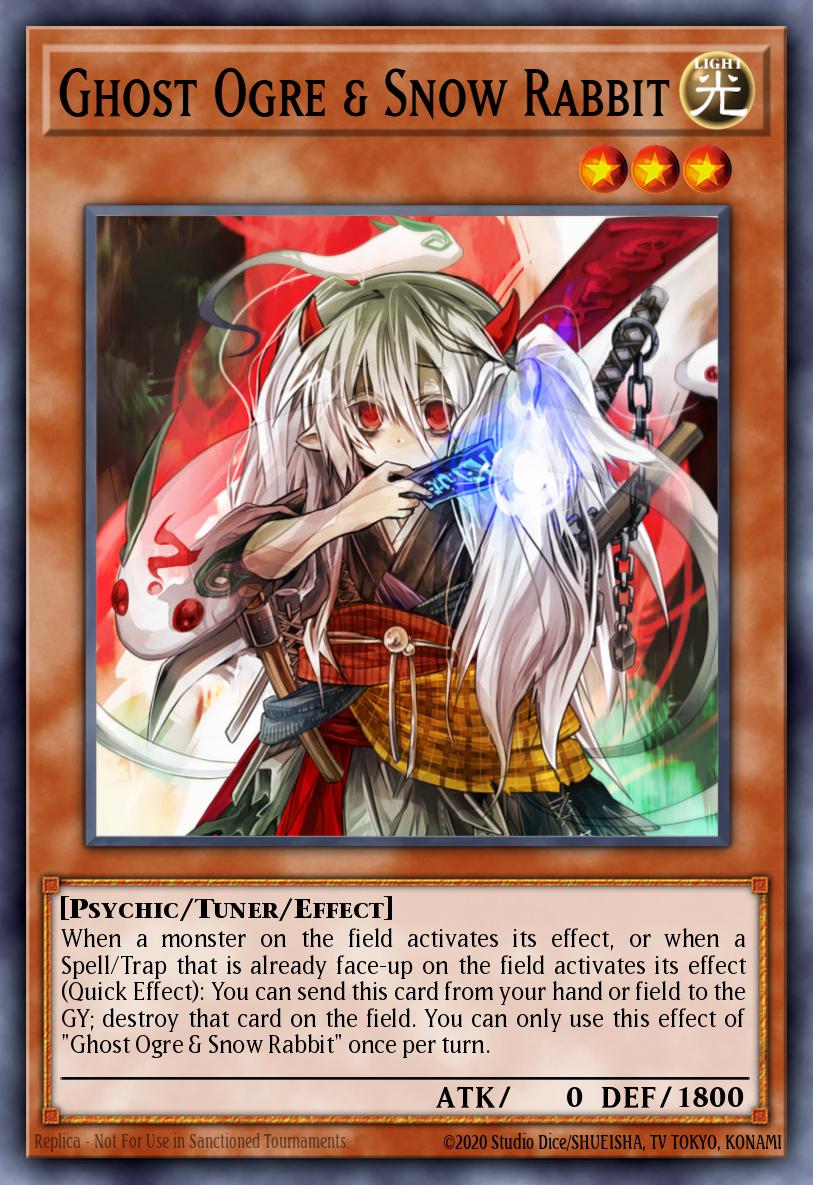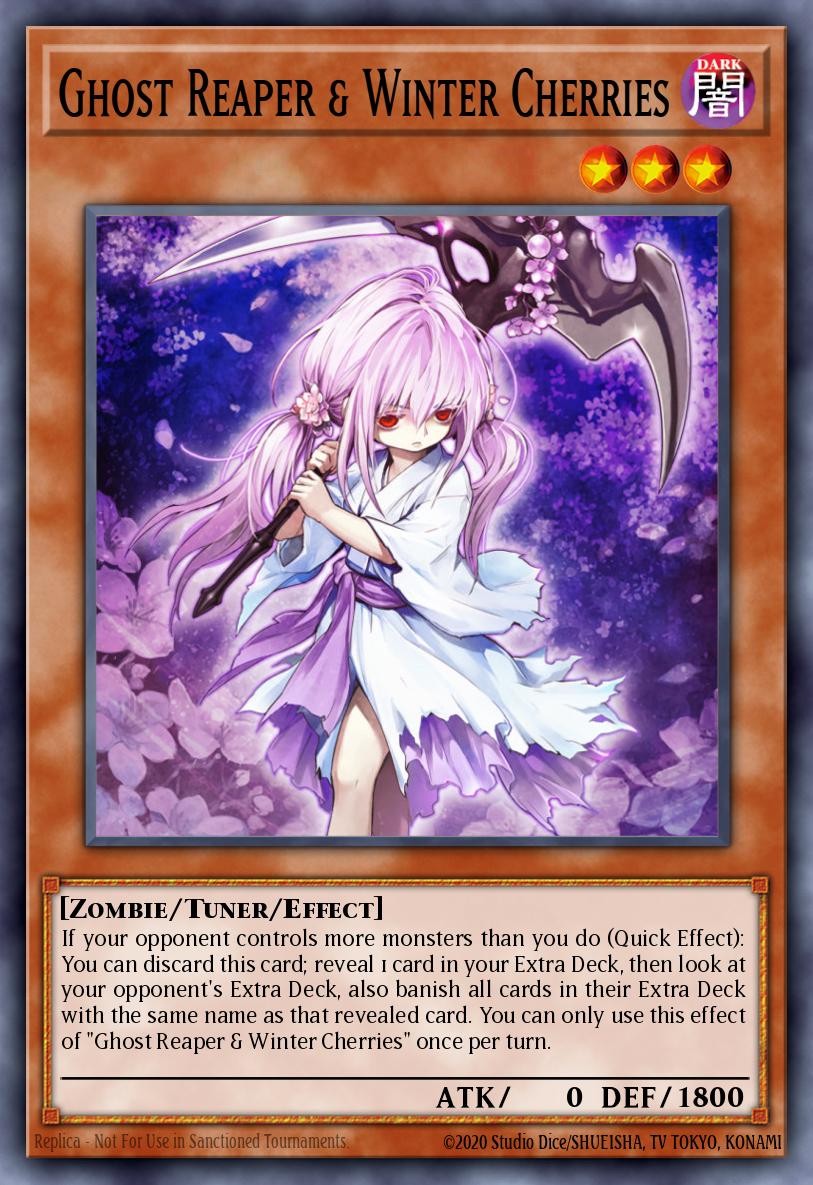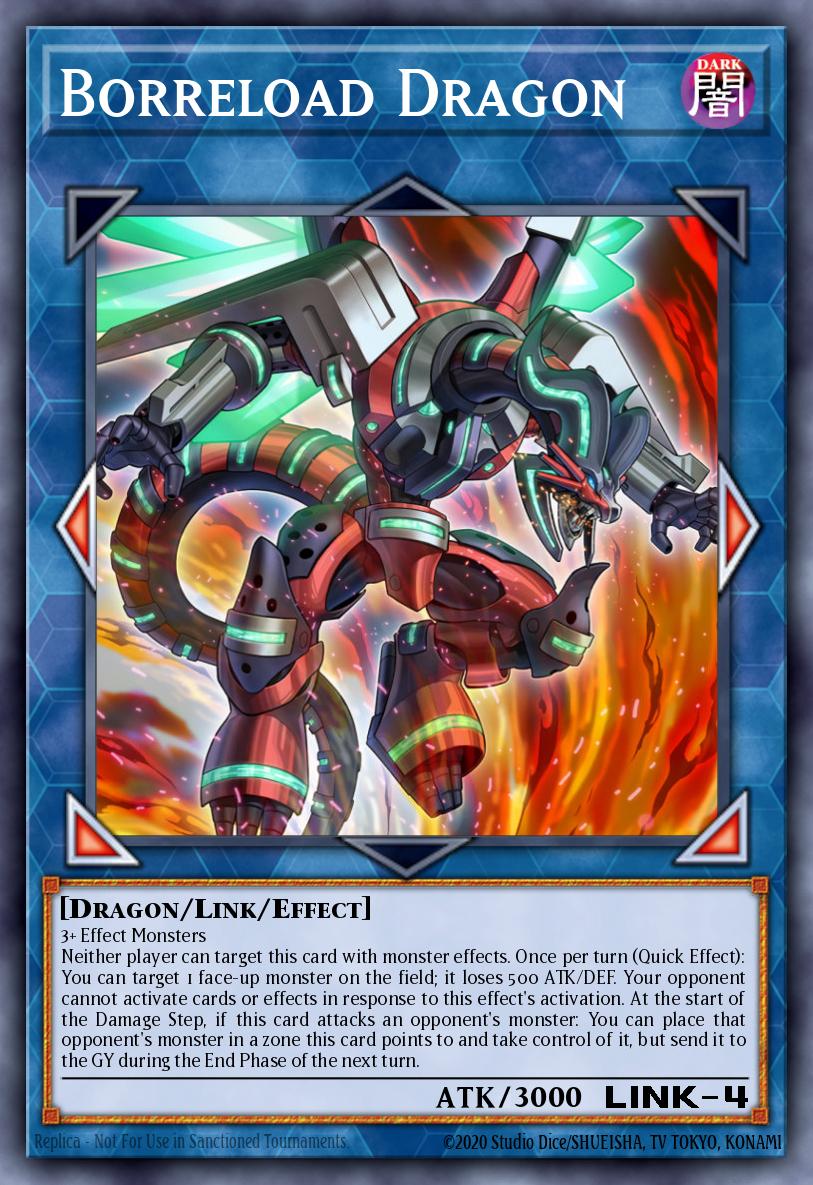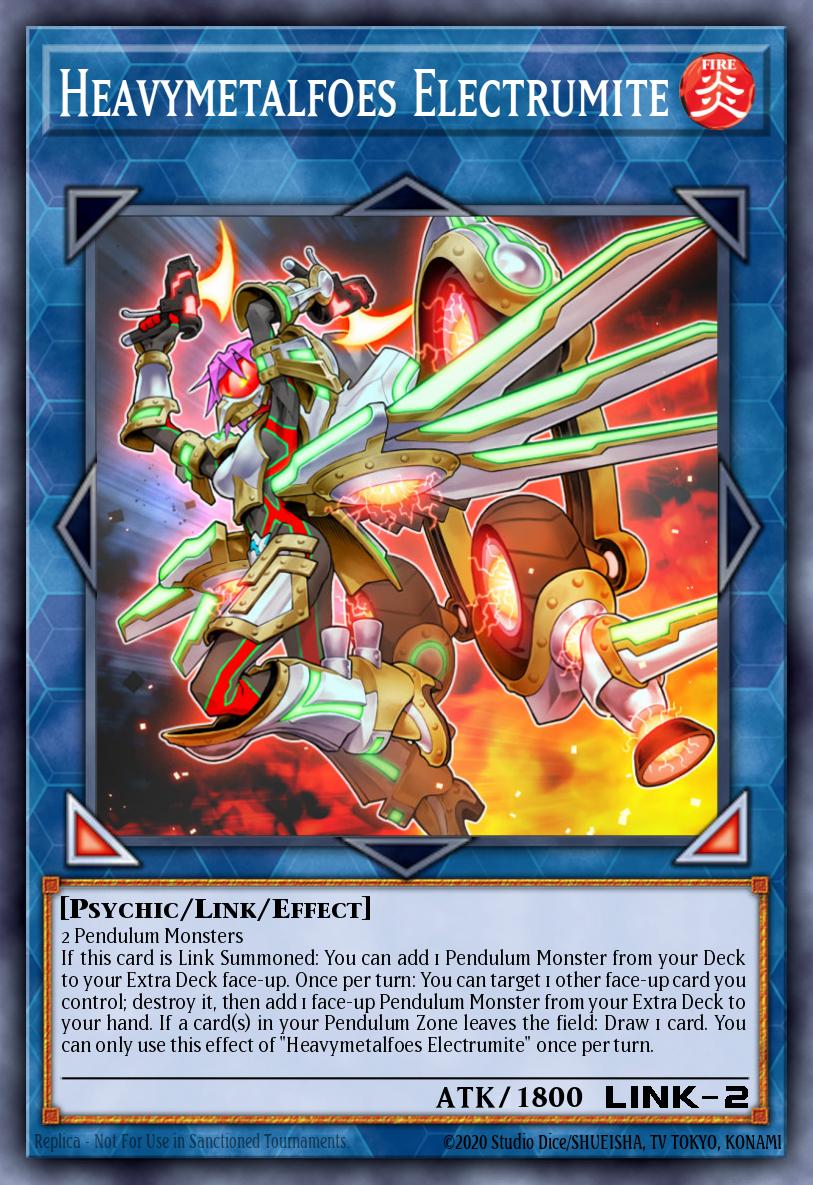Introduction
In Yu-Gi-Oh, the cards in your hand are the most important aspect of the game. They are your resources you can use at the right time to help put you in an adventageous state. In 99% of Decks, the more cards you have in your hand, the better state you are in. With every standard, there is always the outlier, however, and that is where Infernity comes into play. Infernity is a well-known Deck from the Yu-Gi-Oh 5D's anime used by Kalin Kessler, or Kyosuke Kiryu in the original version, and debuted in the physical card game in the World Championship 2009 video game with some of the archetype's main support later coming in Stardust Overdrive and The Shining Darkness. The signature of the Deck requires most to all of your effects in the archetype to only be activated if you have no cards in your hand. Today, I'll go through the history of this handless combo and see how well the archetype has done in several different eras.
Different Regions, Same Success

Infernity didn't have the best start upon release, due mainly to a lack of cards. Infernity Archfiend was a great searcher for the archetype and Infernity Necromancer was great for revival, but those were really the only cards of note the archetype had until The Shining Darkness. This was when the archetype got some of their best support. We had two Tuners for the archetype finally with both Infernity Avenger and Infernity Beetle that did the job. Infernity Break was a decent removal option for the archetype. Then, we had the swarming capabilites with Infernity Mirage and Infernity Launcher to help the archetype spam Synchros.
A lack of hard once per turns on these cards helped the archetype turbo out as many Synchros as possible. Graveyard setup for Launcer and Mirage was boosted with cards like Infernity Inferno, Dark Grepher and Armageddon Knight, and we had more ways to summon your monsters with Stygian Street Patrol coming in Duelist Revolution. The TCG and OCG both had all of these tools around the same time, but the strategy had some main differences in both regions.
OCG's Trishula Infernities
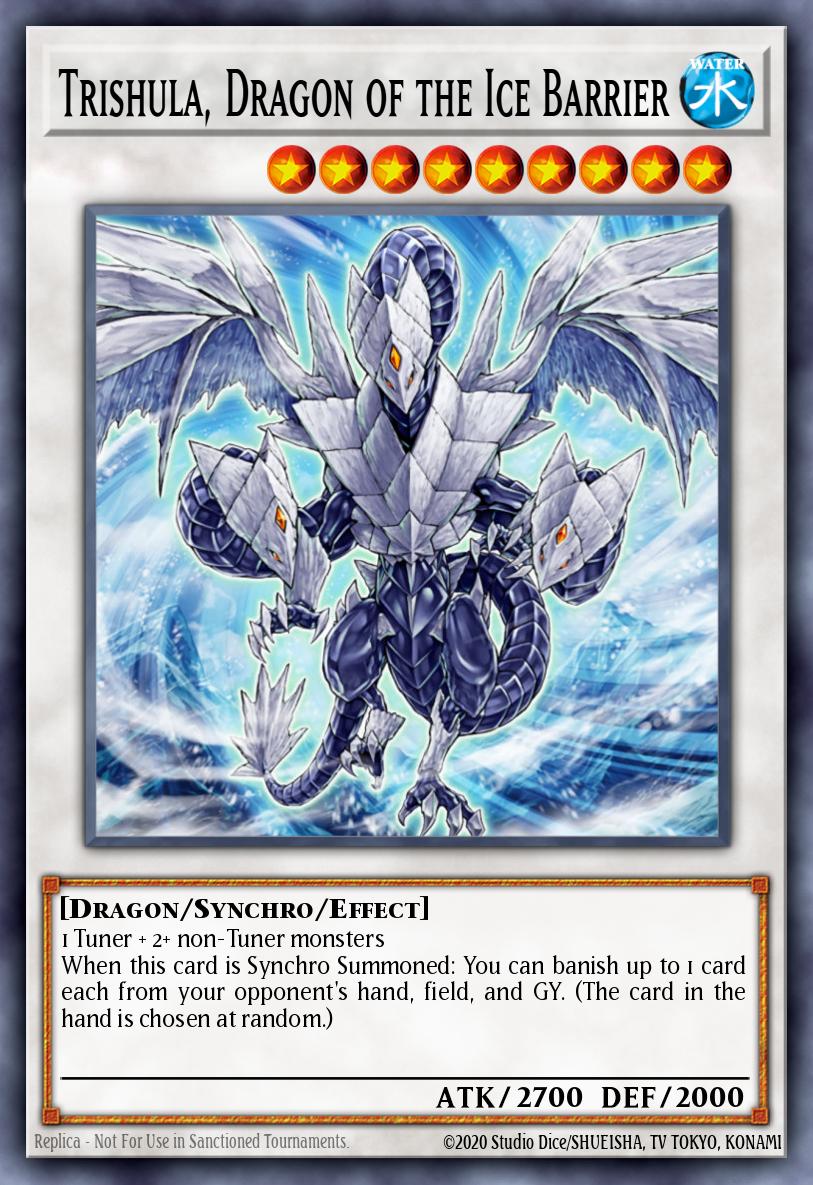
Looking at the OCG side of things first off, we got the Trishula Infernity strategy. The goal here was to use all of your Infernity cards to summon Trishula, Dragon of the Ice Barrier as much as possible to eat away at the opponent's hand, field, and graveyard. This was helped by how easy it was to summon Infernity Archfiend to continuously search for Infernity Launcher.
The main reason the TCG never got to play with this version was due to the fact we never got Trishula until Infernity Launcher was already put to 1, and Trishula quickly went to 1 as well on release. This is why the version was OCG exclusive, but we at least had our own version.
TCG's Barrier Infernities
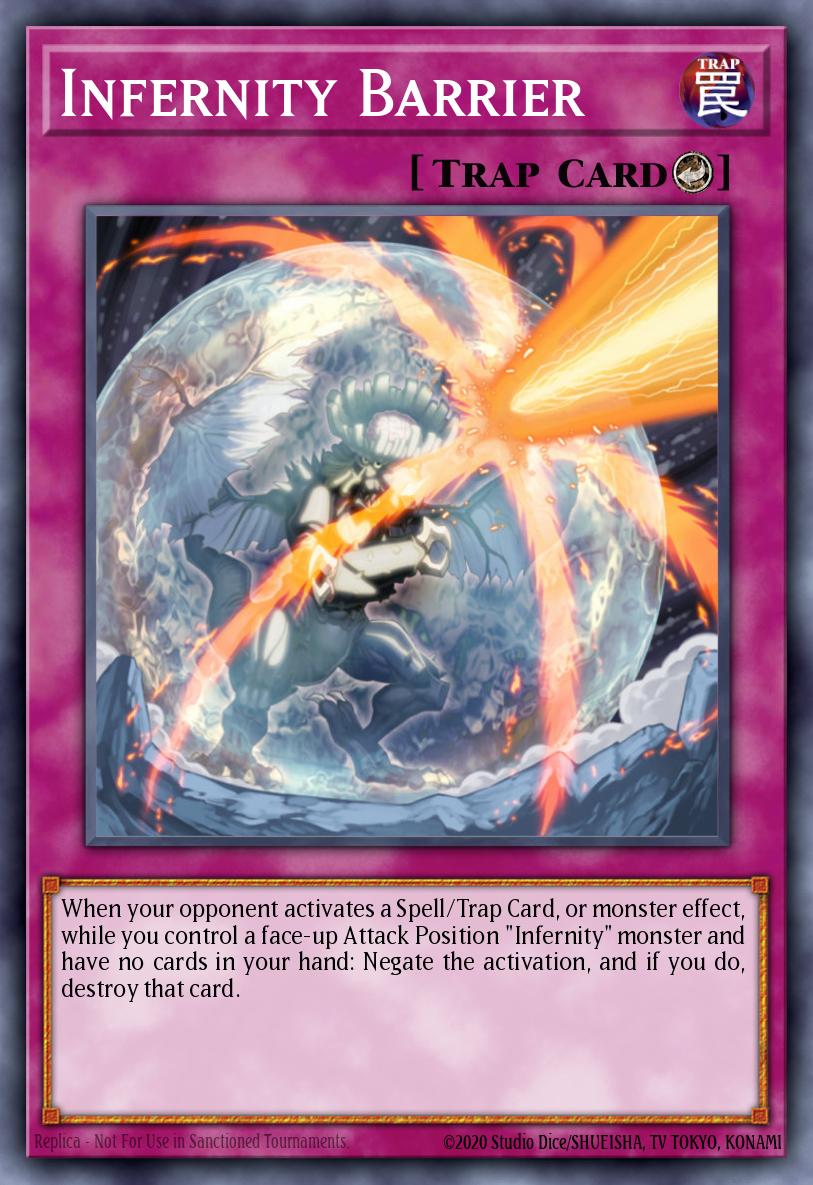
Heading over to the TCG's side of things, in The Shining Darkness we got a TCG exclusive Infernity card in Infernity Barrier. In 2022, it might be common to see archetypes get a Counter Trap that negates anything by controlling an archetypal monster, but it was still a pretty novel concept in 2010. Infernities having a card like this in their arsenal gave them an advantage in the TCG that no other strategy had.
You continued your Synchro spam to make a big board with Infernity Archfiend and Infernity Launcher, but you also searched for Infernity Barrier once you got all your combo extenders to have some negation. You had to be sure to keep Infernity Archfiend on the board unless you could make the stronger Infernity Doom Dragon, and you wanted to empty your hand as was standard for the archetype, otherwise Infernity Barrier was not live. It was a strong piece of disruption for Infernities alongside Infernity Break to make the archetype stand out and find TCG success without Trishula.
A Worldwide Stage
Despite the strong performance in the TCG and OCG, Infernity weren't as powerful at the 2010 World Championship. Despite still having 3 Infernity Barrier at the time, neither Trishula, Dragon of the Ice Barrier nor Infernity Barrier were legal for the event due to both being region locked between the OCG and TCG respectfully. It still had a decent performance with a Top 8 list and a list that made the Top 25 players, but the exclusivity of some of the best cards they used in either region prevented them from showing off its true power on the biggest stage. However, this wasn't the last time the Deck would get a chance to show its power at the World Championship.
Limiting the Launcher
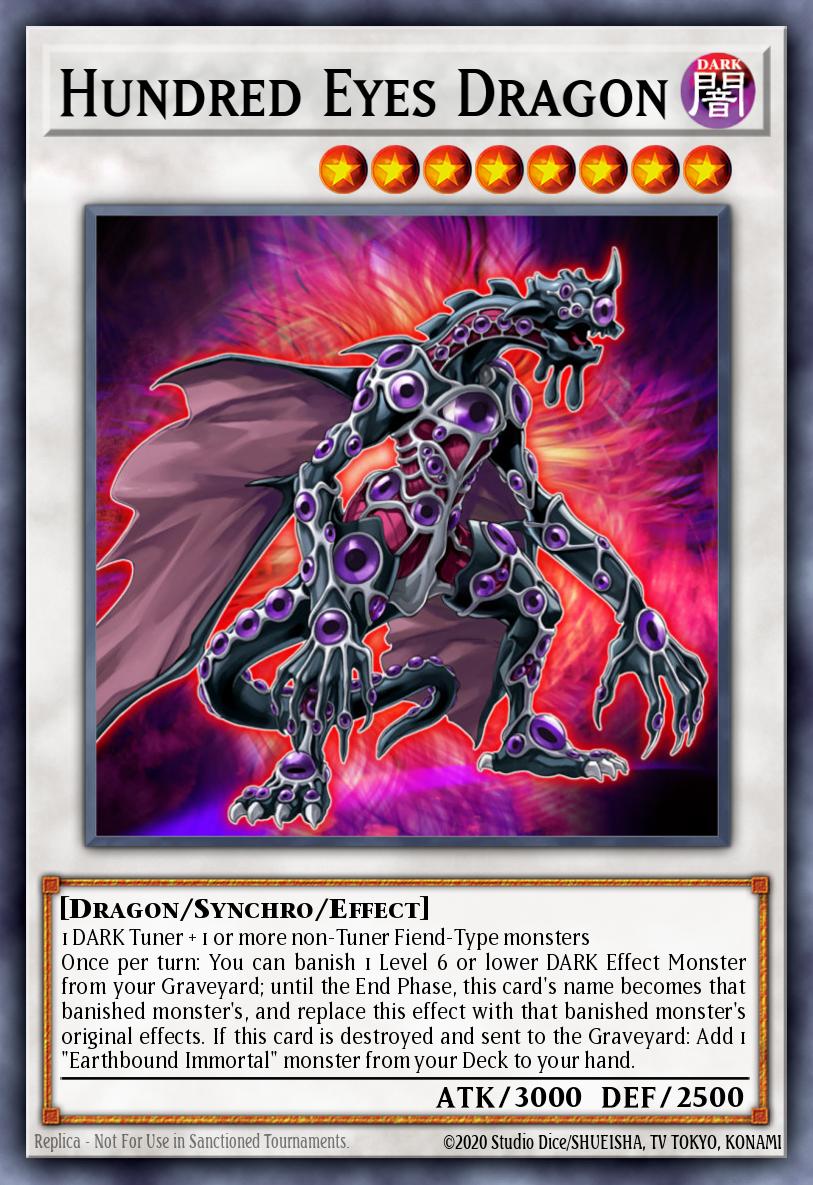
With the success of the Infernity archetype in both regions of the world, a hit on the Forbidden and Limited List in some fashion was warranted. While the OCG was able to hit Trishula to 1, the main limitation that affected both regions immediately was Infernity Launcher going to 1 the first list after its release. This was a fair hit to the archetype since a Spell with no hard once per turn being able to revive 2 monsters on its own was pretty powerful. It was a pretty significant hit to the archetype, but it didn't completely wipe Infernities off the face of the competitve landscape.
The archetype was still able to spam out Synchros for a while, as Hundred Eyes Dragon copying the effect of Infernity Mirage was a solid alternative to just having 1 Launcher. Though the pure Synchro variant only had a few tops after Launcher went to 1, they'd get a second shot in the metagame with the Xyz mechanic. They were able to use Xyzs like Leviair the Sea Dragon to summon a banished Stygian Street Patrol to help summon Infernity Archfiend for more searching in the Synchro variant, but eventually the archetype would steer away from Synchros to focus purely on Xyzs.
New Mechanic, Same Old Tricks
With the Xyz mechanic debuting to the game in 2011, Infernity were eventually able to use it to find a second lease on life in the meta. Of course it took a little bit, as the archetype needed the Xyz pool to expand to have enough tools to use with just that mechanic alone. While it was in 2013 when this variant showed up, the dominance of Spellbooks and Dragon Rulers at the time made the version have to wait until 2014 to become one of the best Decks. While this does mean the archetype didn't really get to use Number 16: Shock Master to full force by the time the Deck became a major contender again, they did have other Xyzs they used to their fullest potential.
Diamond Dire Wolf was used in Infernities to clear your board so you can summon more monsters. Number 66: Master Key Beetle was a Xyz that Infernities were able to use that many other Decks couldn't to protect their backrow like a set Infernity Barrier or a Vanity's Emptiness you intended to activate. Number 101: Silent Honor ARK and Evilswarm Exciton Knight were good removal options, whether it was a single Special Summoned monster or an entire board respectively. Leviair the Sea Dragon, as mentioned previously, was used to keep bringing back Stygian Street Patrol to summon more Infernity Archfiends from the hand. The main Xyz in this strategy, though, was Lavalval Chain due to its ability to get Stygian Street Patrol in the graveyard, or maybe even an Infernity to revive off Launcher.
The archetype didn't just rely on Infernities, as they used other enablers to help make Rank 4 monsters. Summoner Monk was great since you ran a lot of Spells, giving you a way to get an Infernity Archfiend or Stygian Street Patrol from Deck while emptying the hand. Tin Goldfish and Goblindbergh helped summon your Level 4s from hand to make an instant Rank 4. Dynatherium was a free Special Summon from the hand. Also, you had Instant Fusion to get a Level 3 or 4 Fusion immediately out of the Extra Deck. Archfiend Heiress was also ran to send to the graveyard to search your Infernity Archfiend.
This variant of Infernity was extremely successful, arguably equal to or more successful than the Synchro version of the Deck. It being basically at full power in both regions was a major benefit. Even with Infernity Launcher going to 1 during this Deck's lifetime, it was able to stand strong in the meta. This was the variant that was able to help Infernity run it back at the World Championship and eventually led the archetype to earn a victory at the event in 2014. The success on this stage 4 years after the archetype's release was what eventually got Infernity Archfiend to 1 and put the Deck out of the meta what was seemingly for good, especially with the rise of archetypes from Duelist Alliance like Shaddoll, Satellarknights, and Burning Abyss (the latter only in the TCG).
Mastering the First Turn Kill
We reach the end of our Infernity adventure by seeing how they were able to yet again adapt to another mechaninc, this time being the Link Mechanic. Funny enough, this also uses the Pendulum mechanic that Infernity didn't use that much when it was brand new, but now we got the tools to be able to FTK the opponent. This was done using what was easily the most broken Link Monster printed, pre-errata Firewall Dragon.
The FTK is a very complicated combo, but overall you summon enough monsters to tribute off Amazoness Archer, which Firewall Dragon helped get more on the field, to burn the opponent for enough damage for the FTK. Infernities were also great at spamming monsters with Infernity Necromancer not being a hard once per turn. Curious, the Lightsworn Dominion helped in setting up your graveyard for said FTK, being able to send Blackwing - Zephyros the Elite to use certain effects again. You also had a very consistent way to get to your Archer with M-X-Saber Invoker. It was a fairly consistent FTK as well, and one of many to show how much of a mistake Firewall Dragon was.
In Conclusion
Infernity has had a storied history ever since its release in 2009 and initial rise to prominence in 2010. From spamming out Synchros alongside using Trishula as many times as possible, or just setting up Infernity Barriers to stop the opponent, to later on using the Xyz mechanic to make some good toolbox Xyz monsters while getting a good line of backrow setup, to when we last saw them, FTKing with the new Link mechanic and Firewall Dragon. The archetype hasn't really had a notable showing since 2018, even with Infernity Barrier being back at 3 and the archetype getting new support in Phantom Rage and Ghosts From the Past: The 2nd Haunting. The new support does have hard once per turns on it, showing Konami has learned from the mistake of not initially putting them on the old Infernity cards. It is unknown whether Infernity will have another time in the spotlight, especially with Infernity Archfiend remaining at 1 in the TCG and Infernity Launcher being limited in both regions to this very day. Still, the Handless Combo has proven to be one of the best in this game's history.

